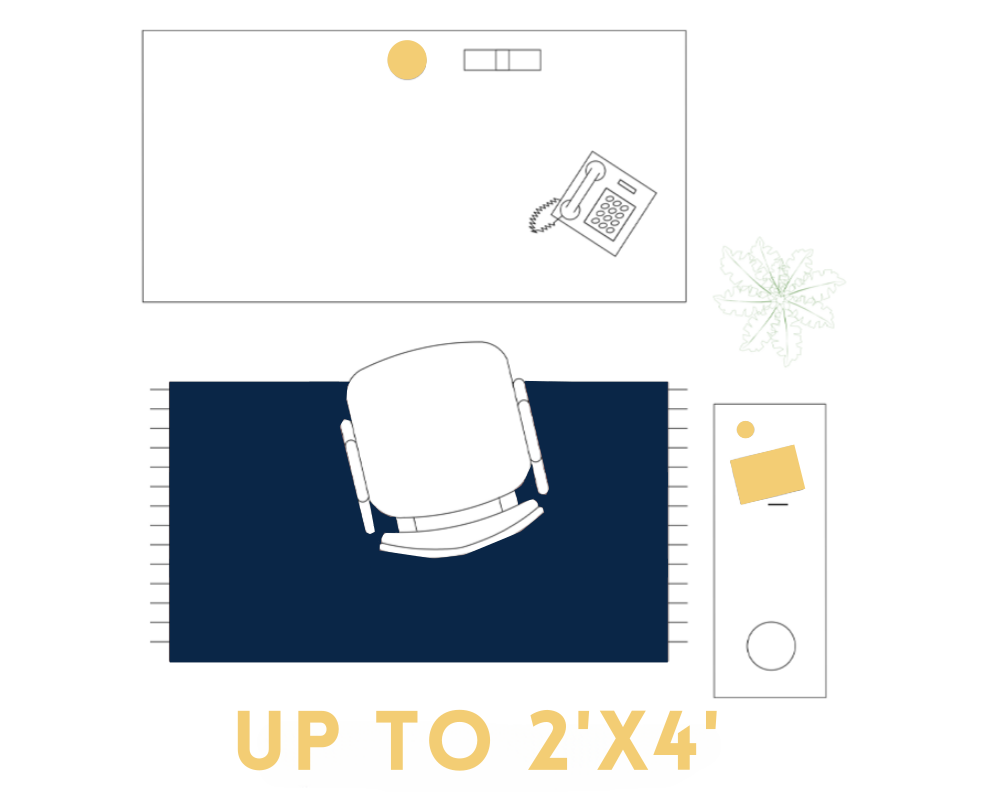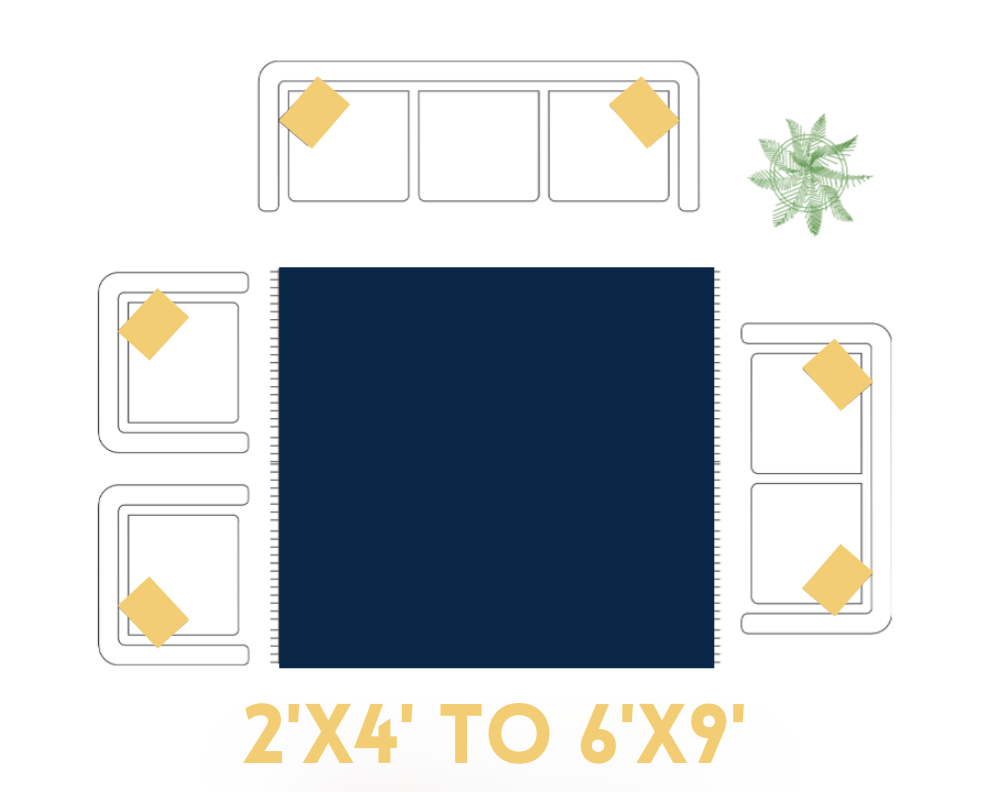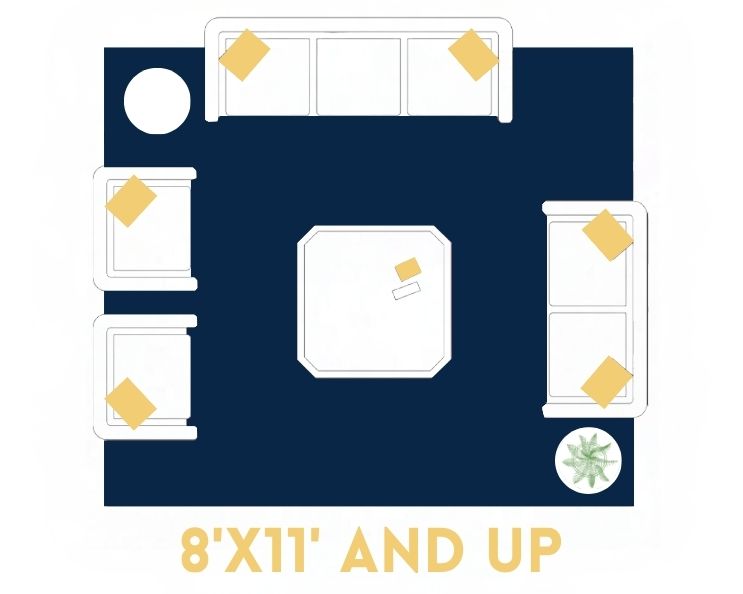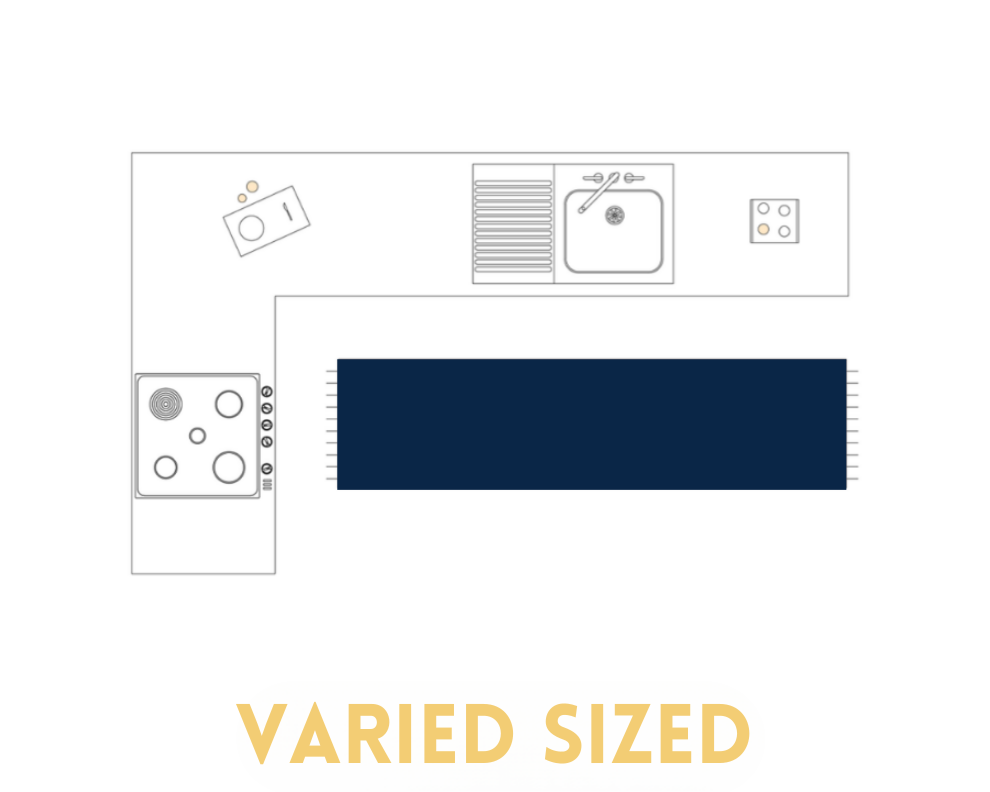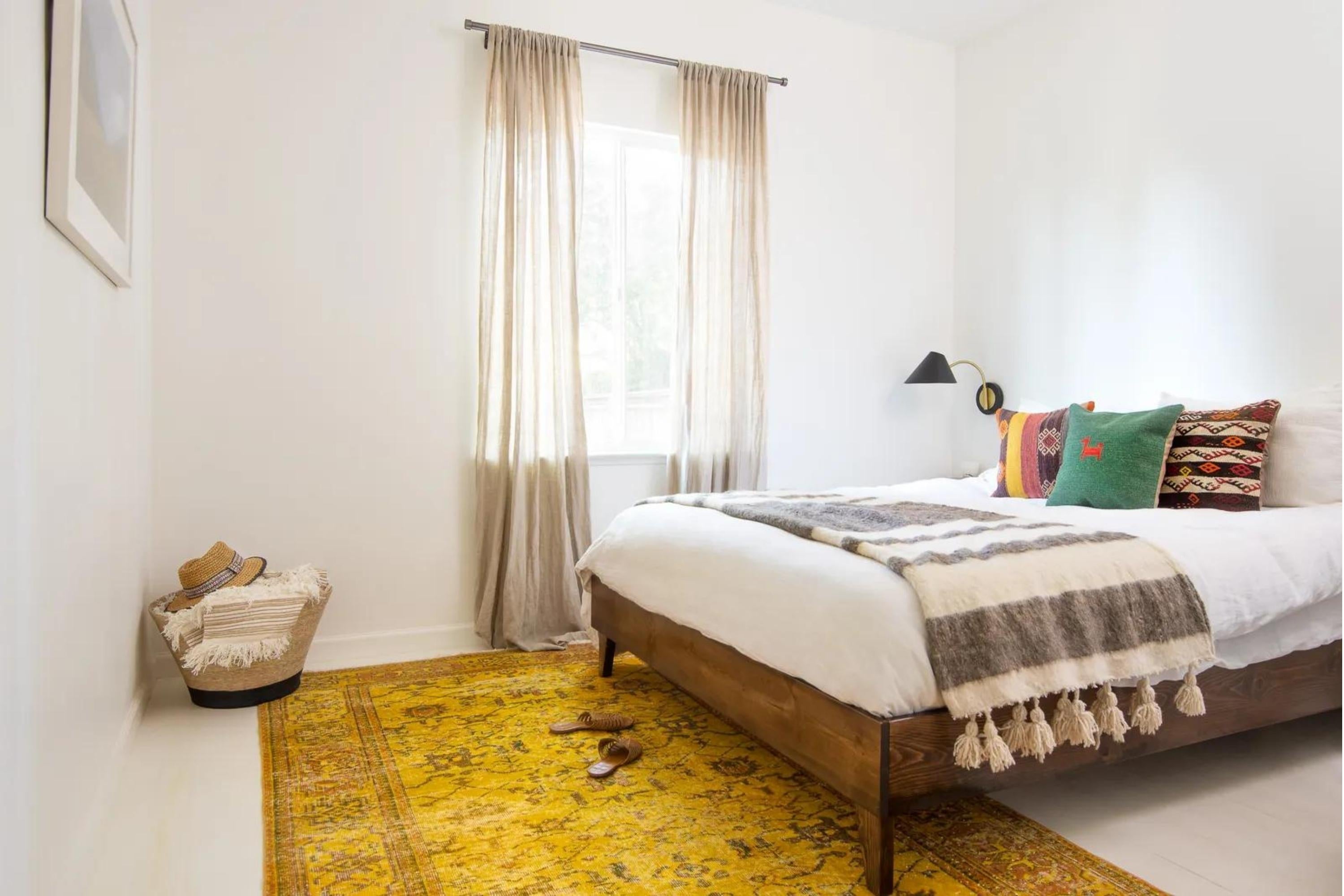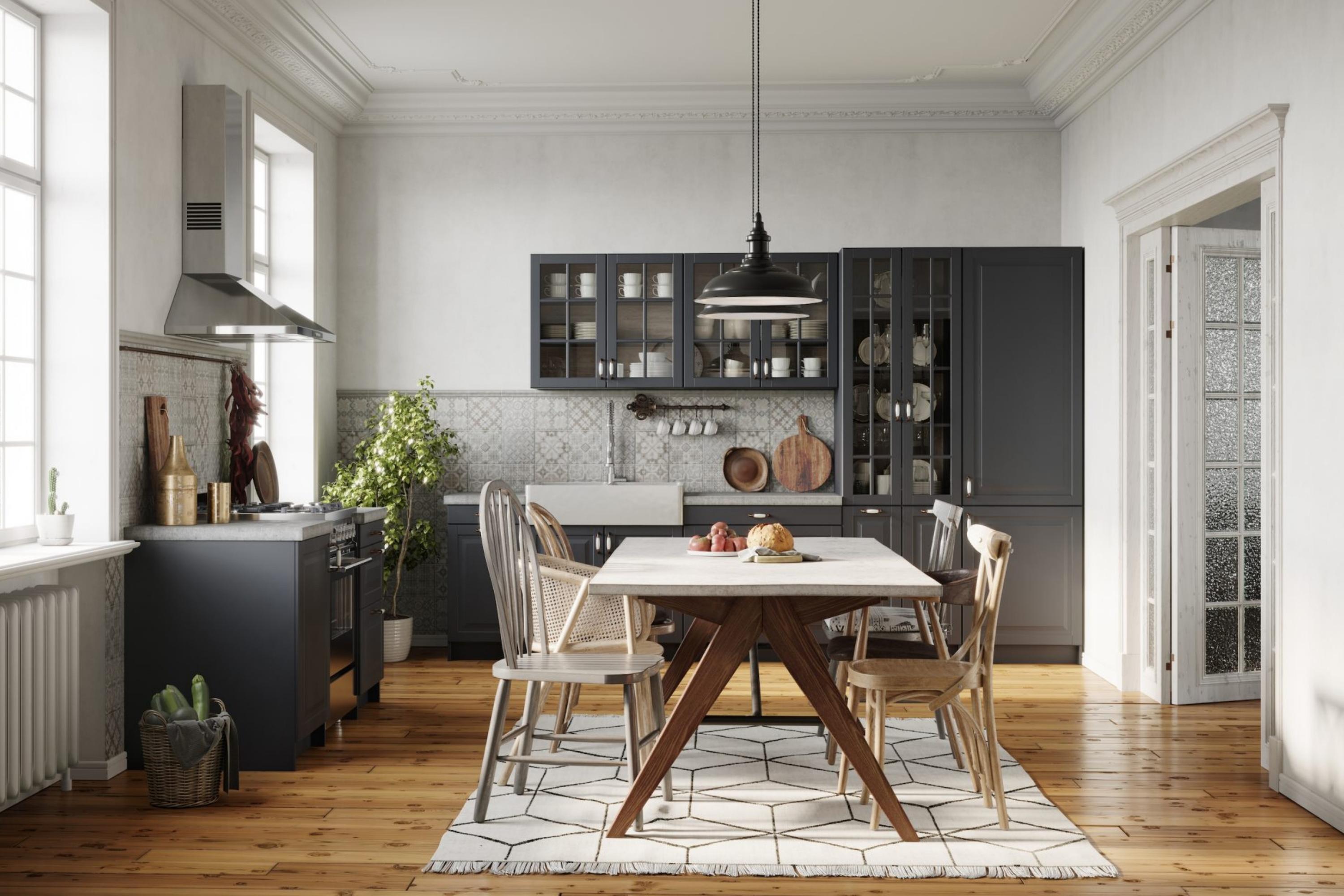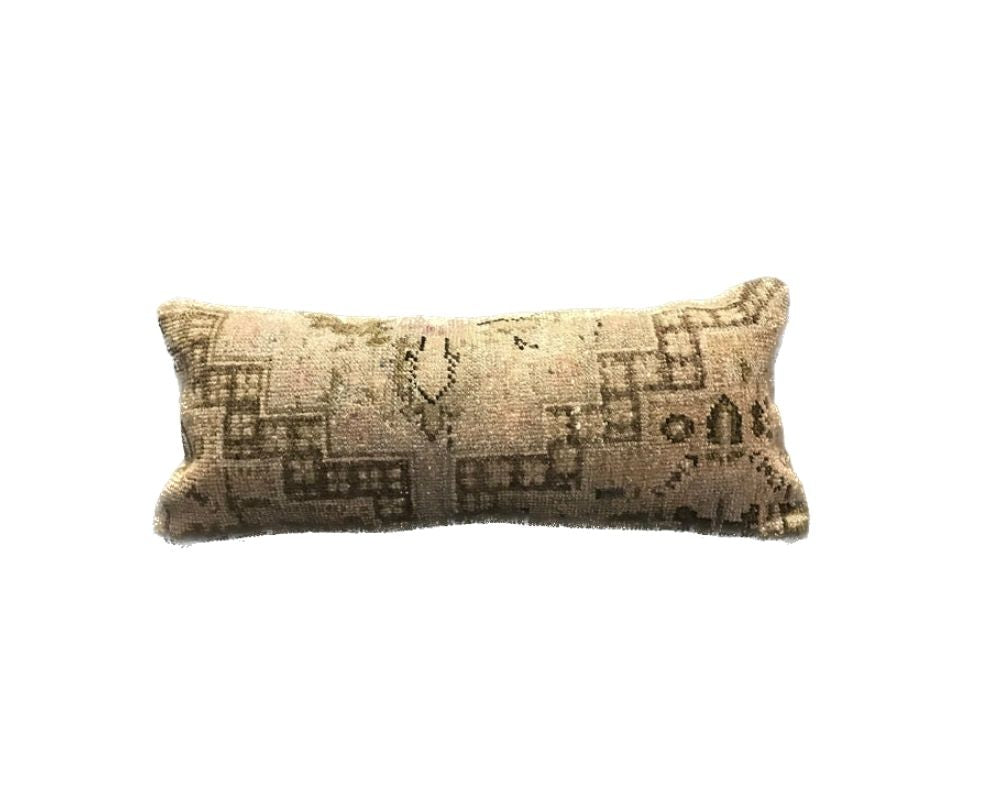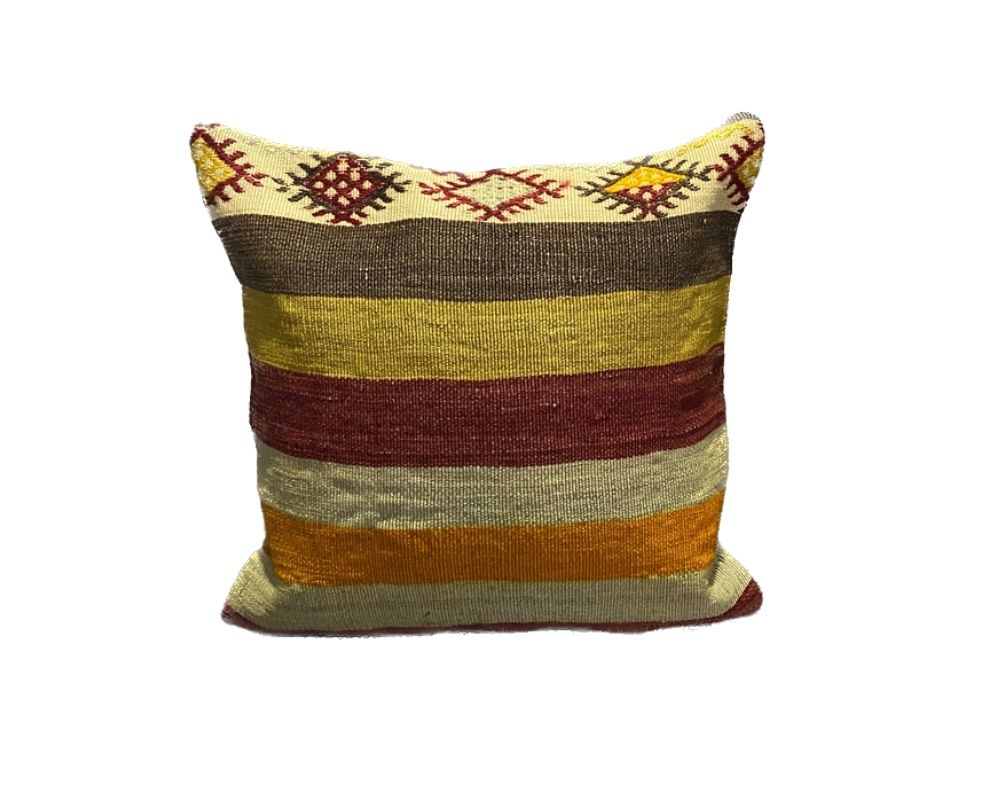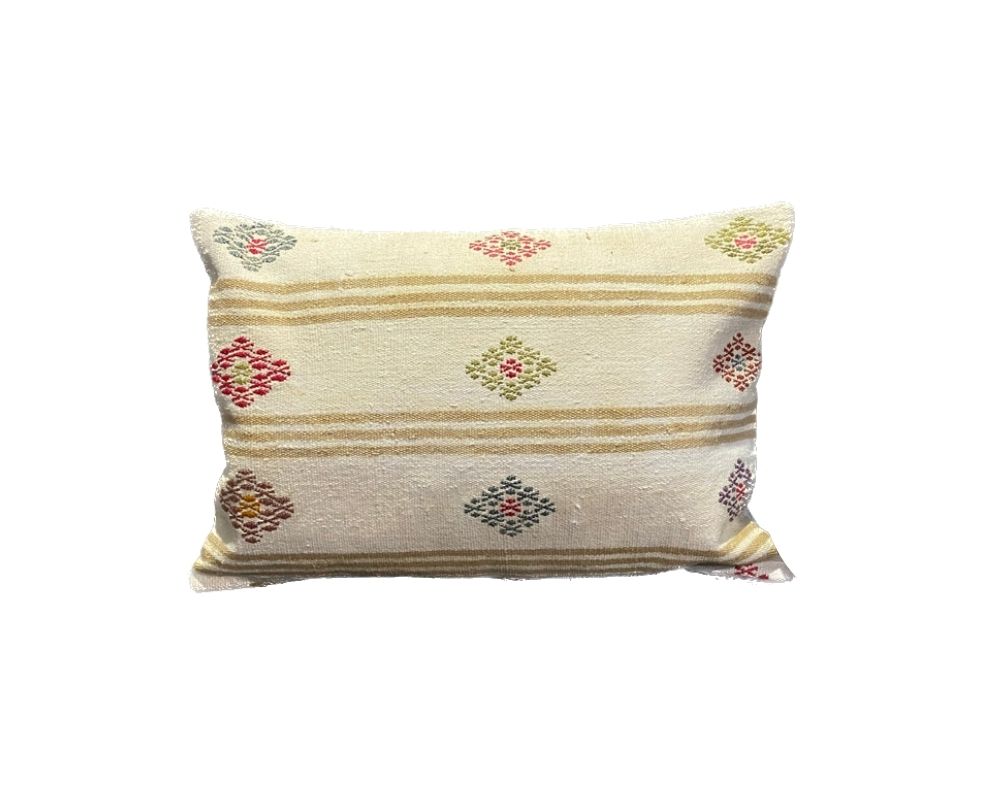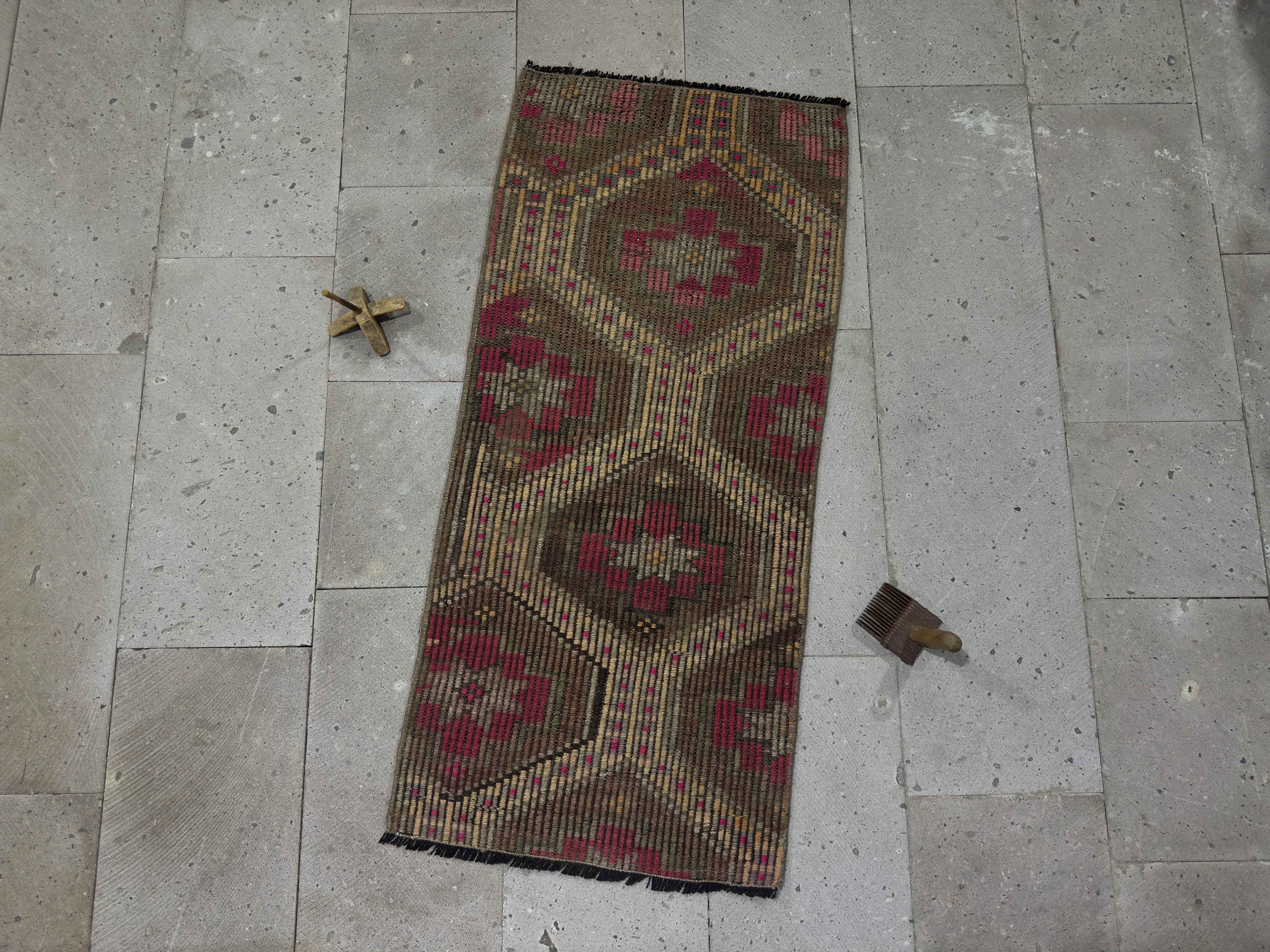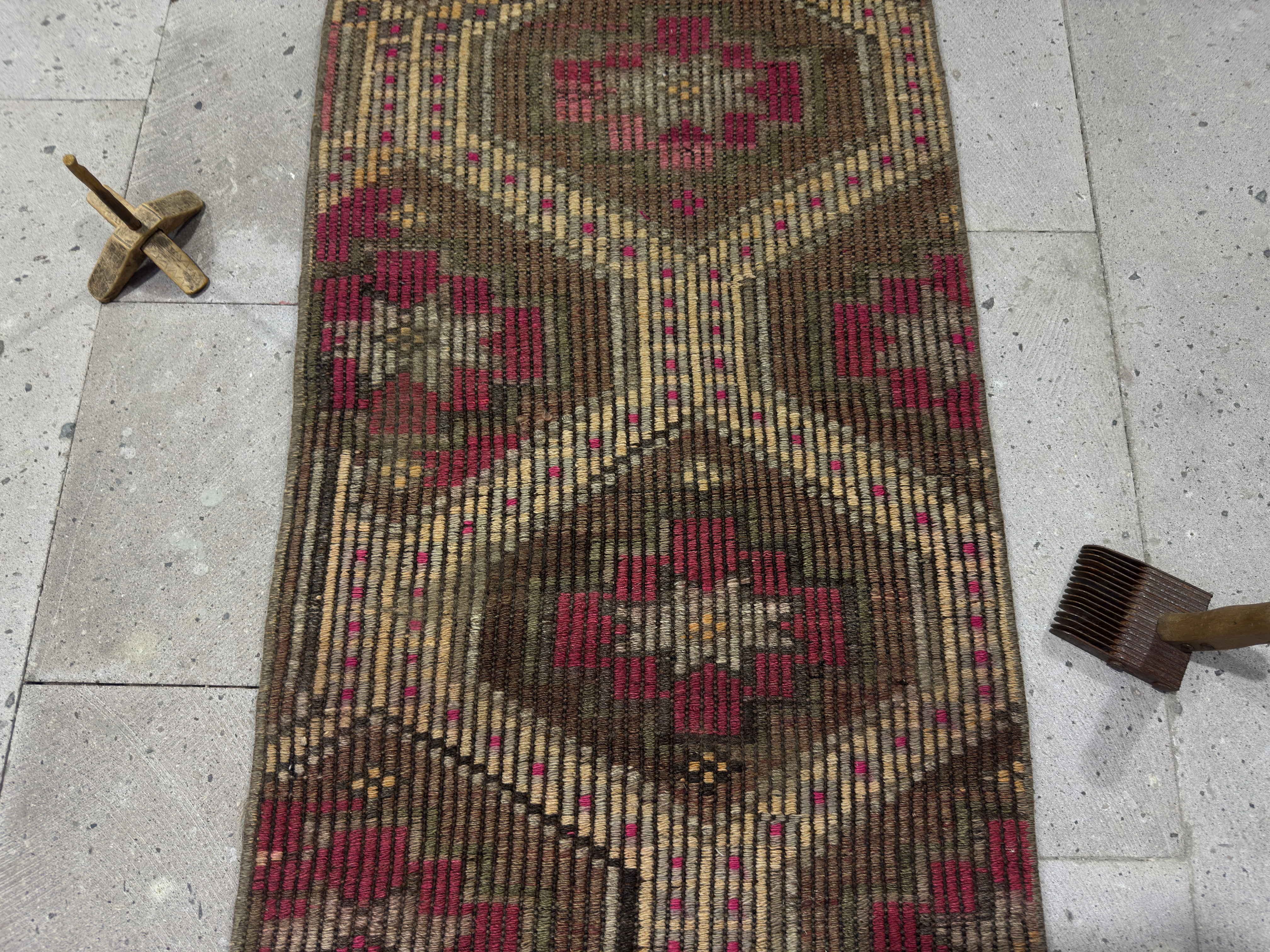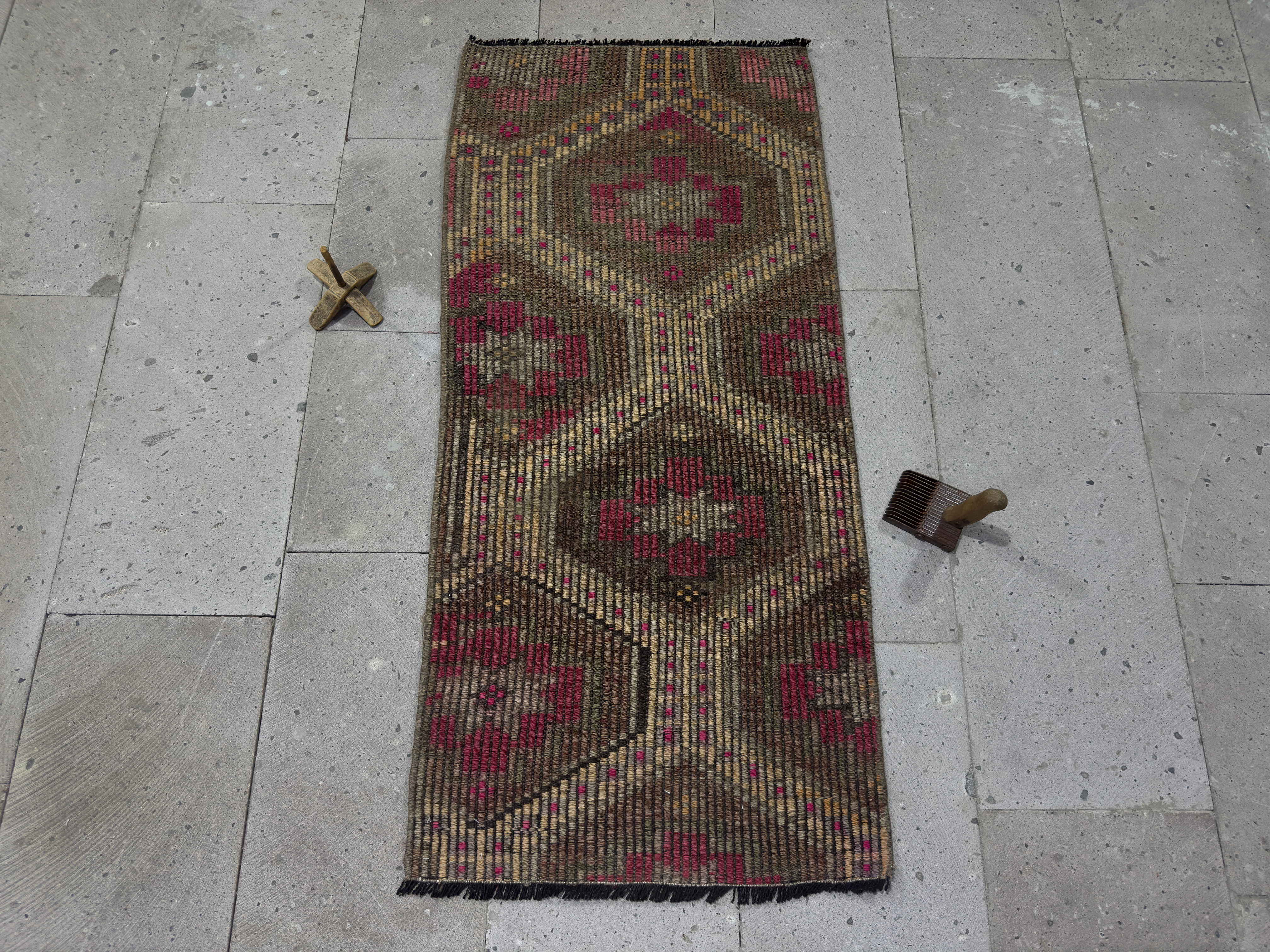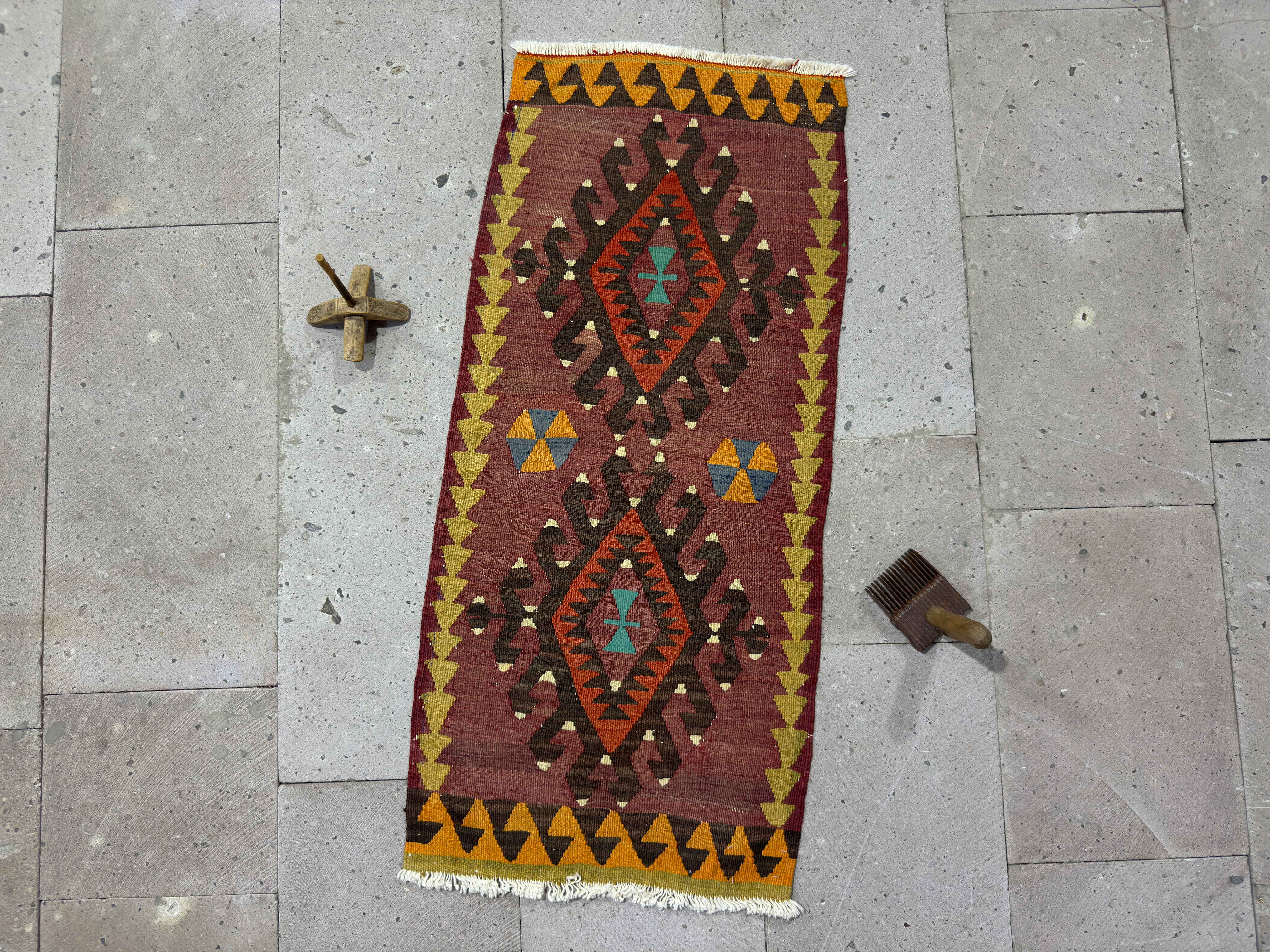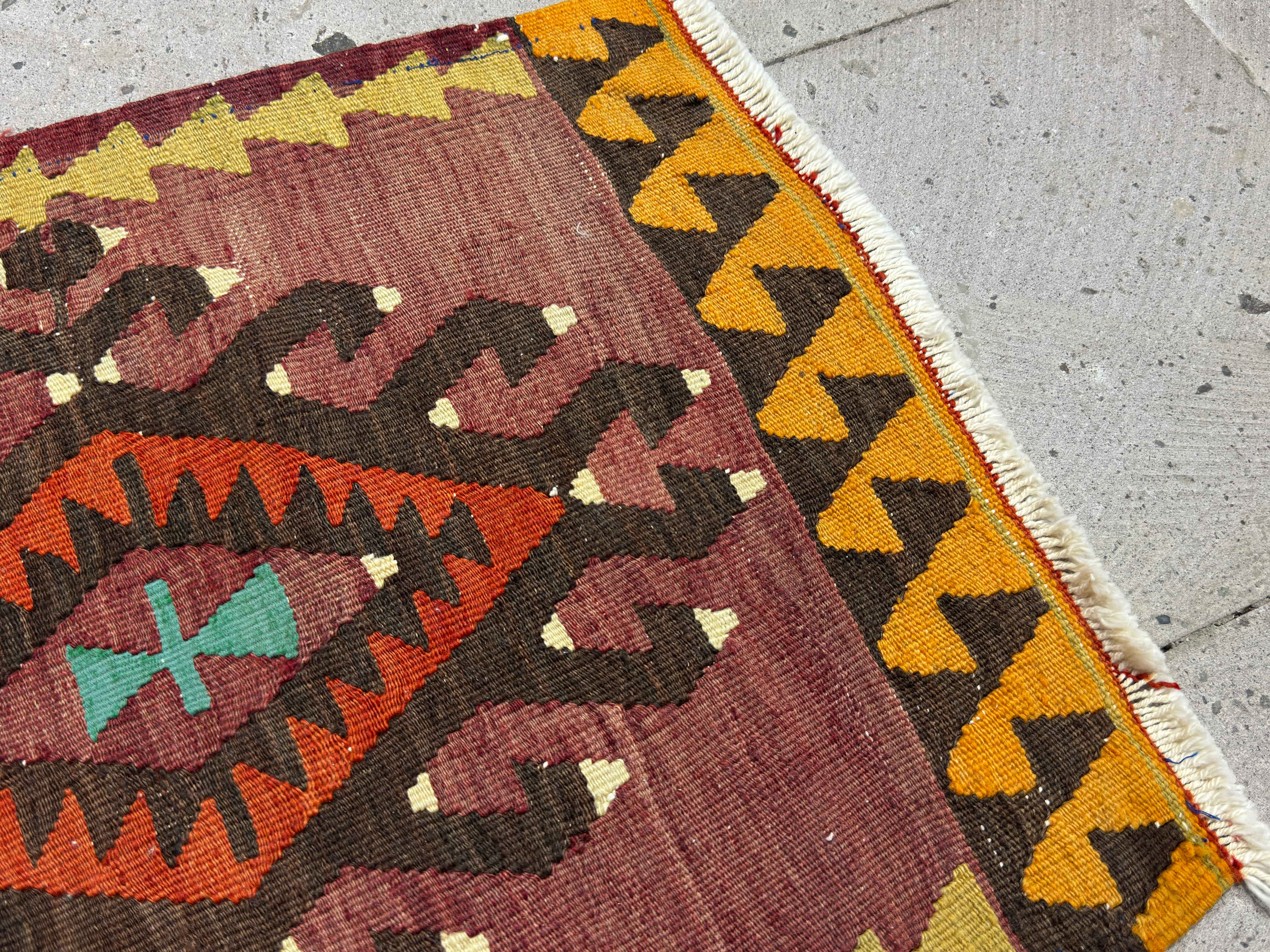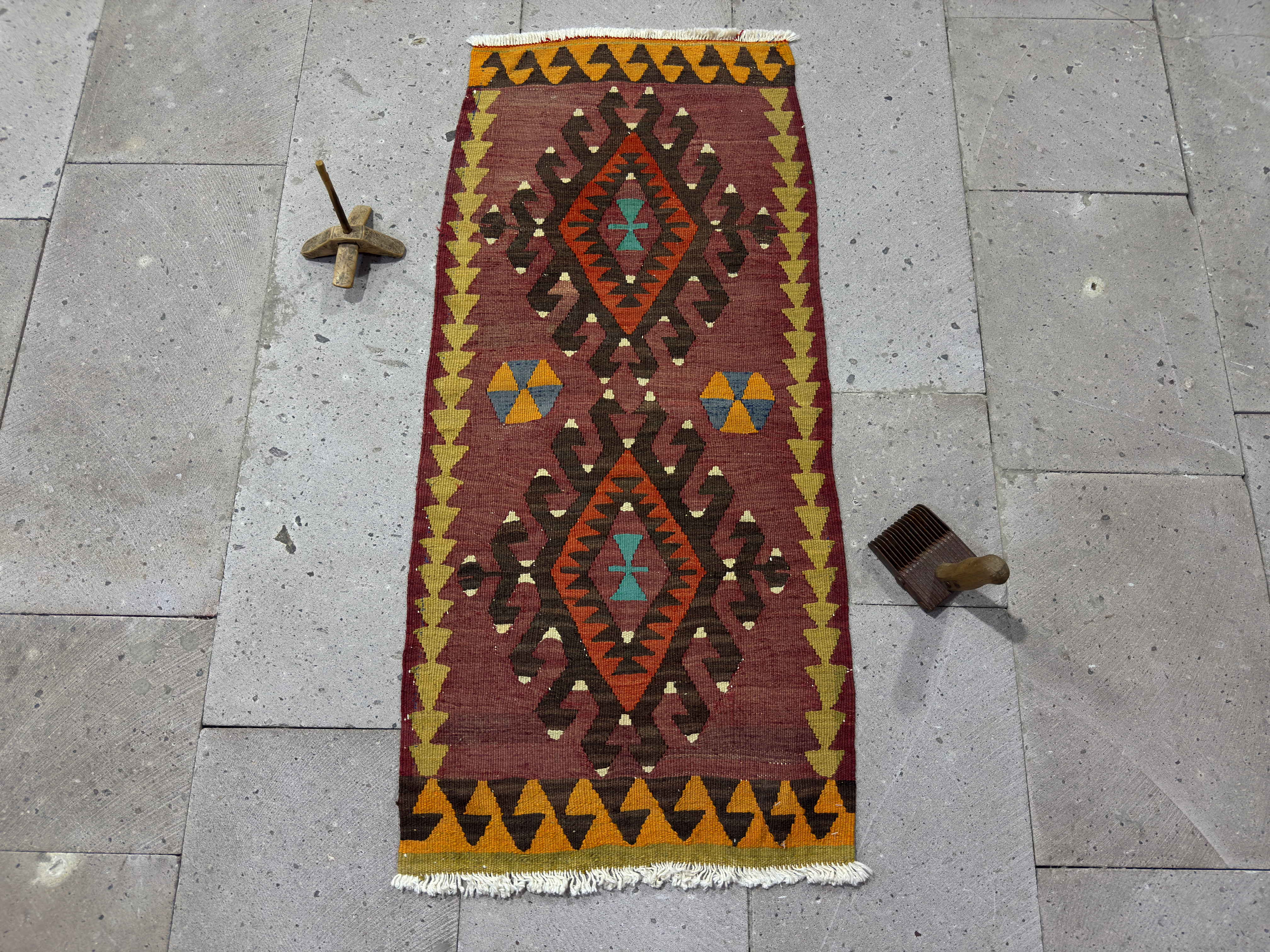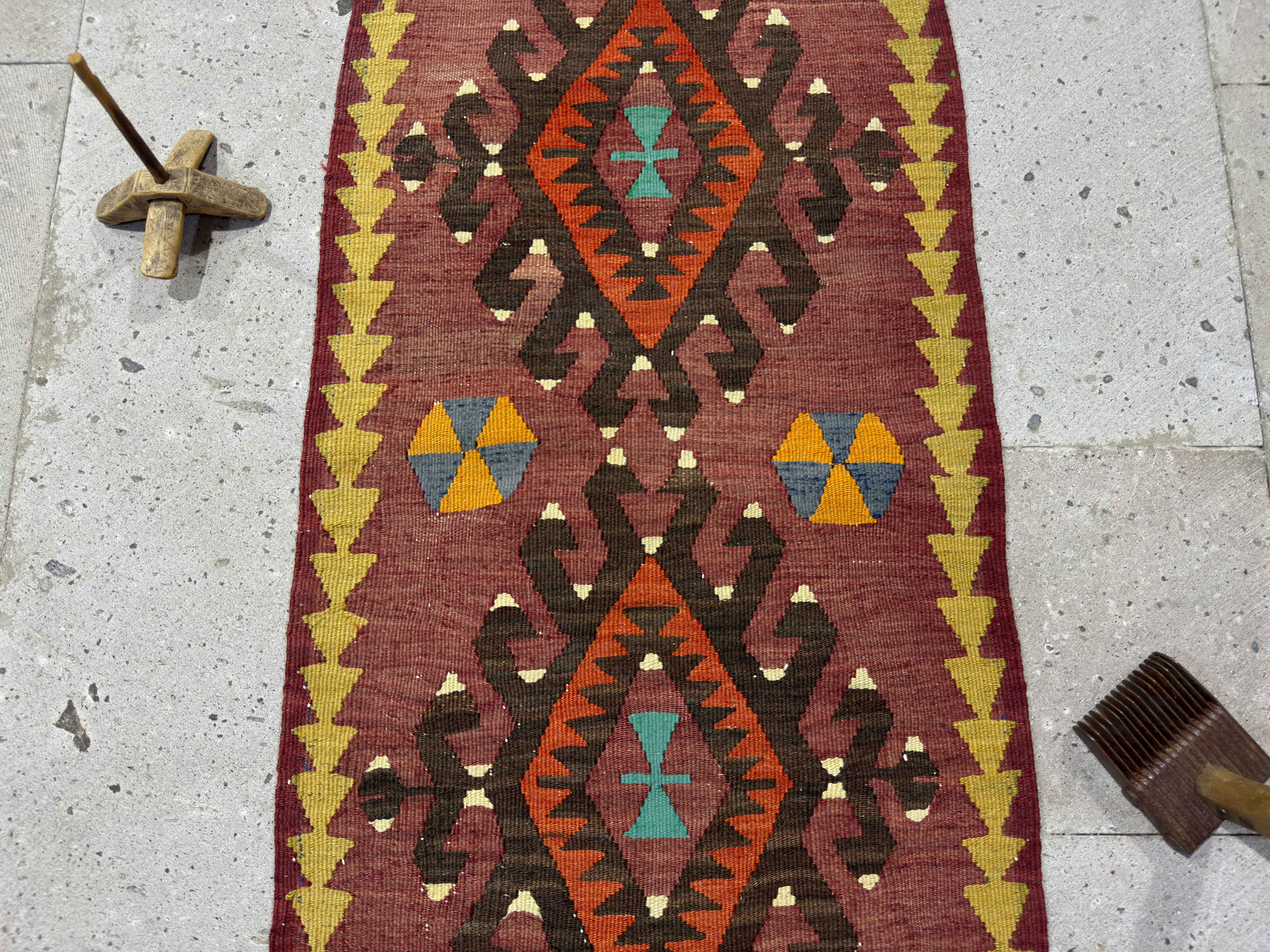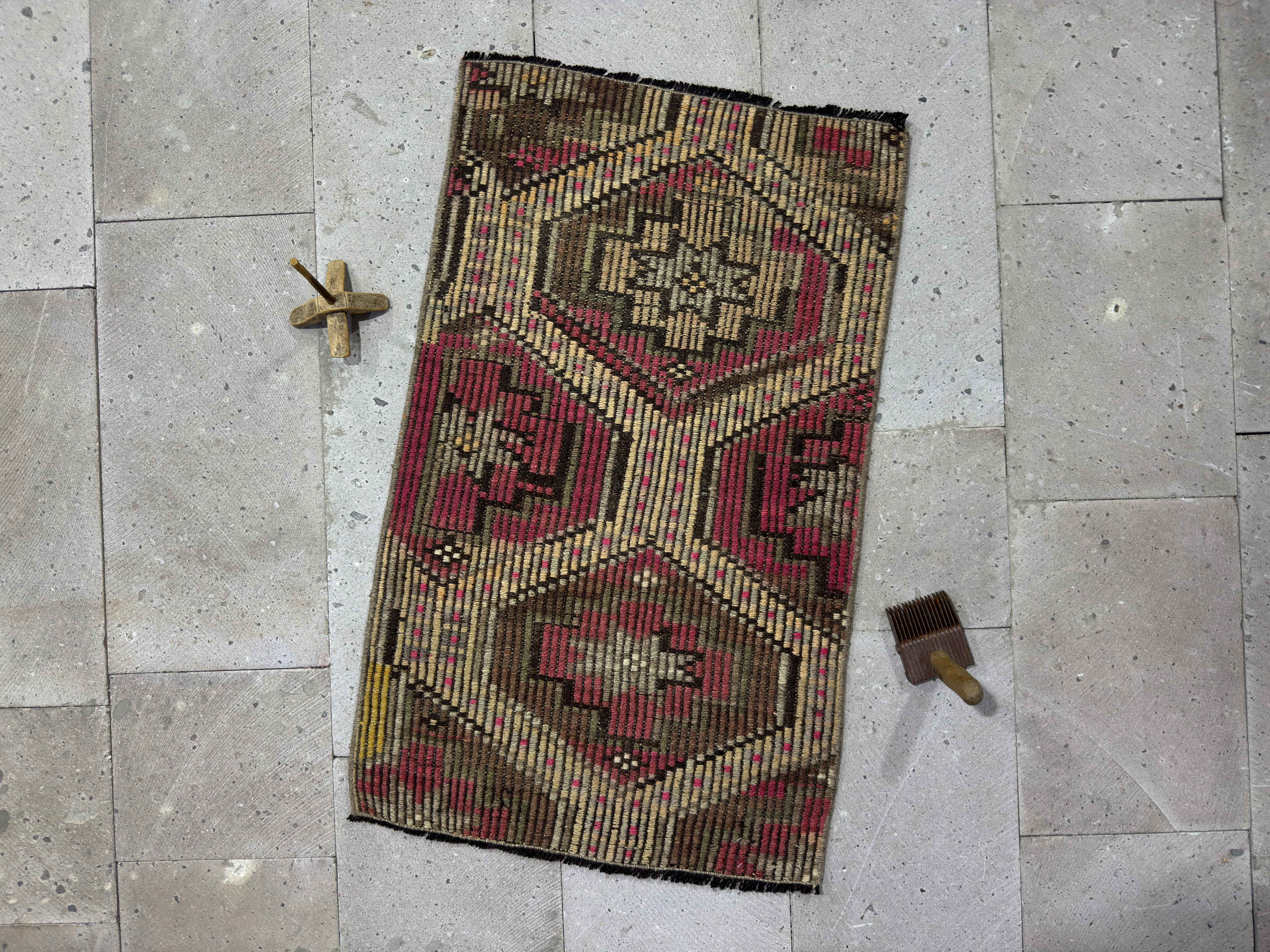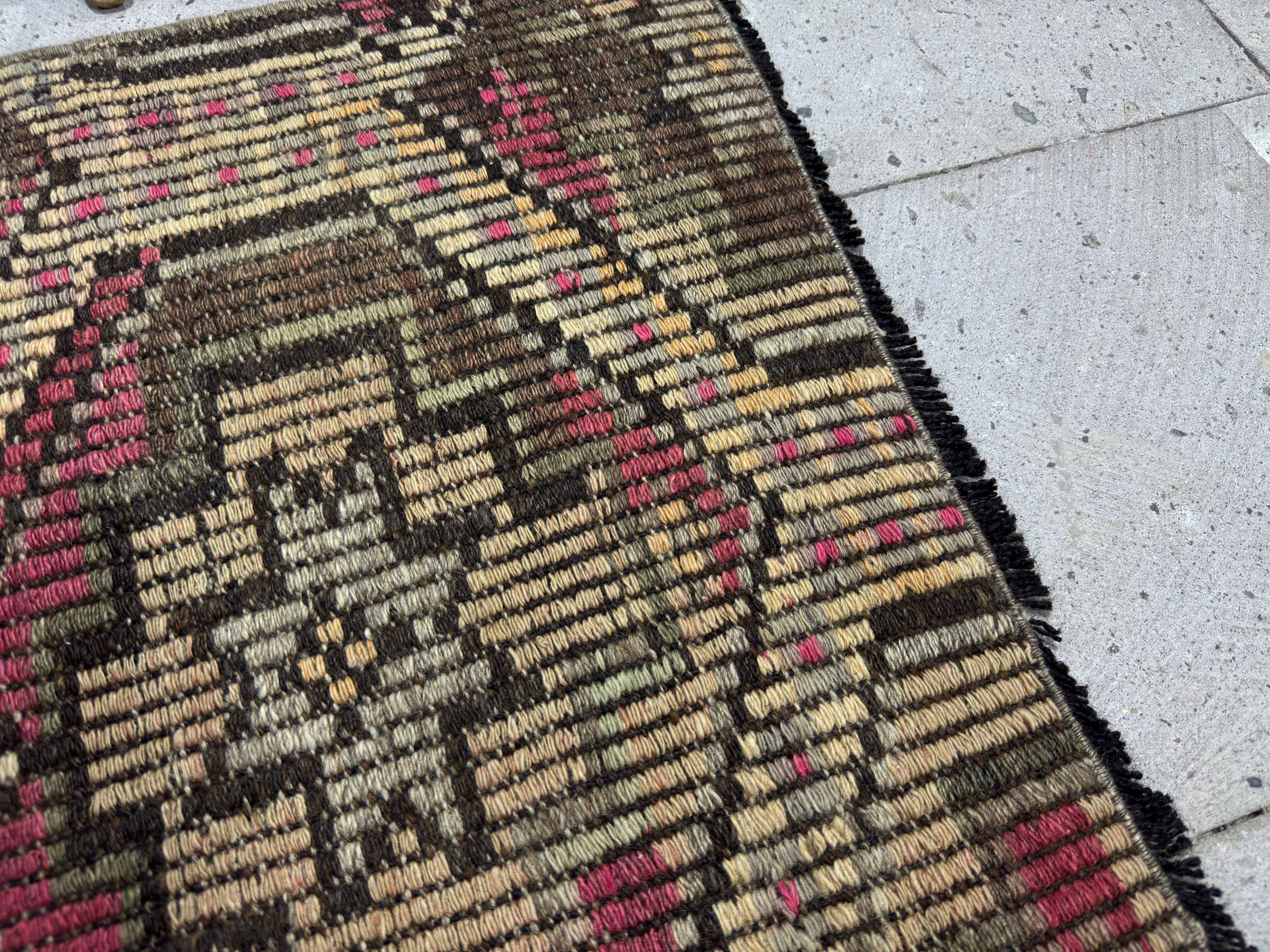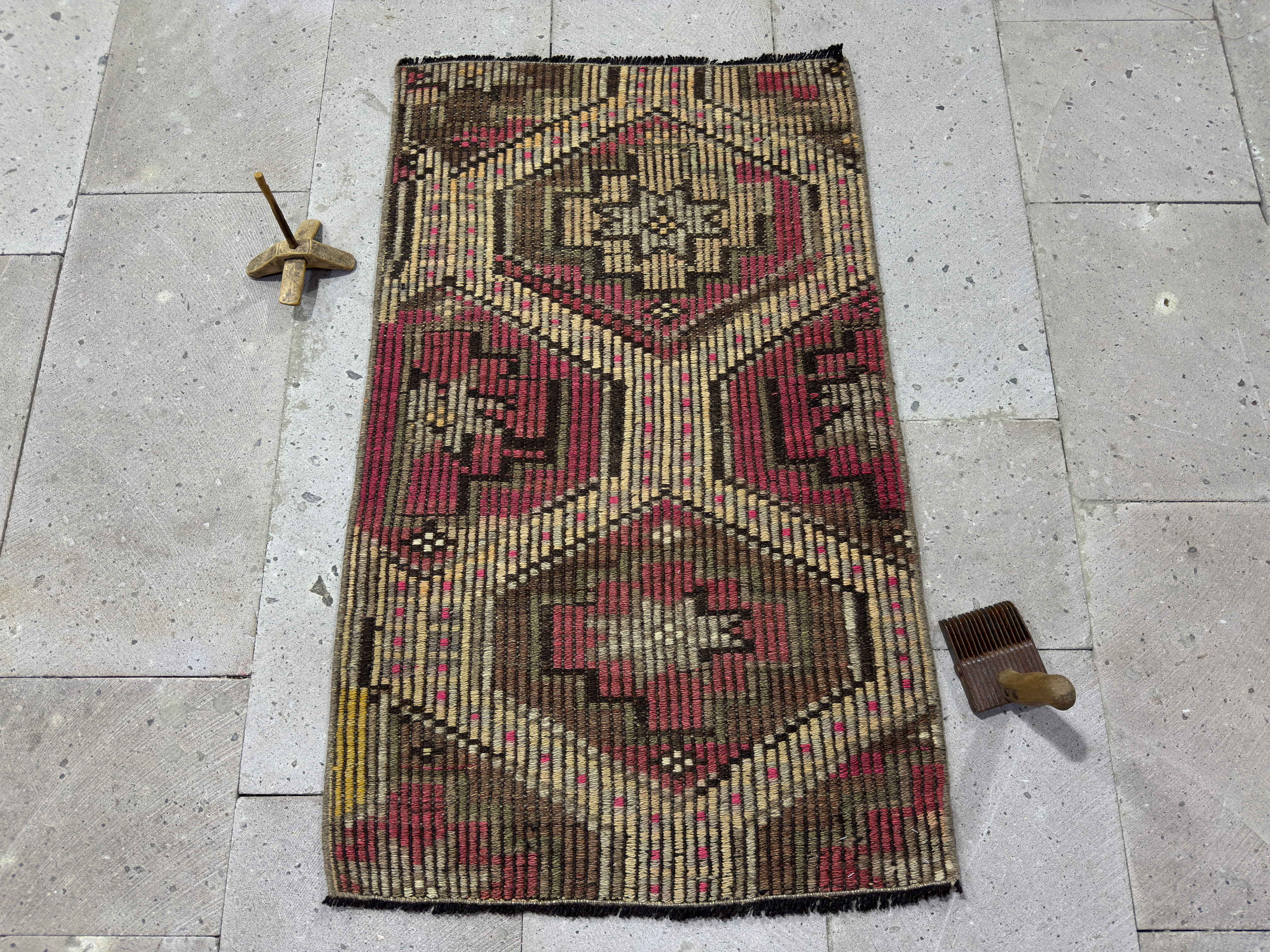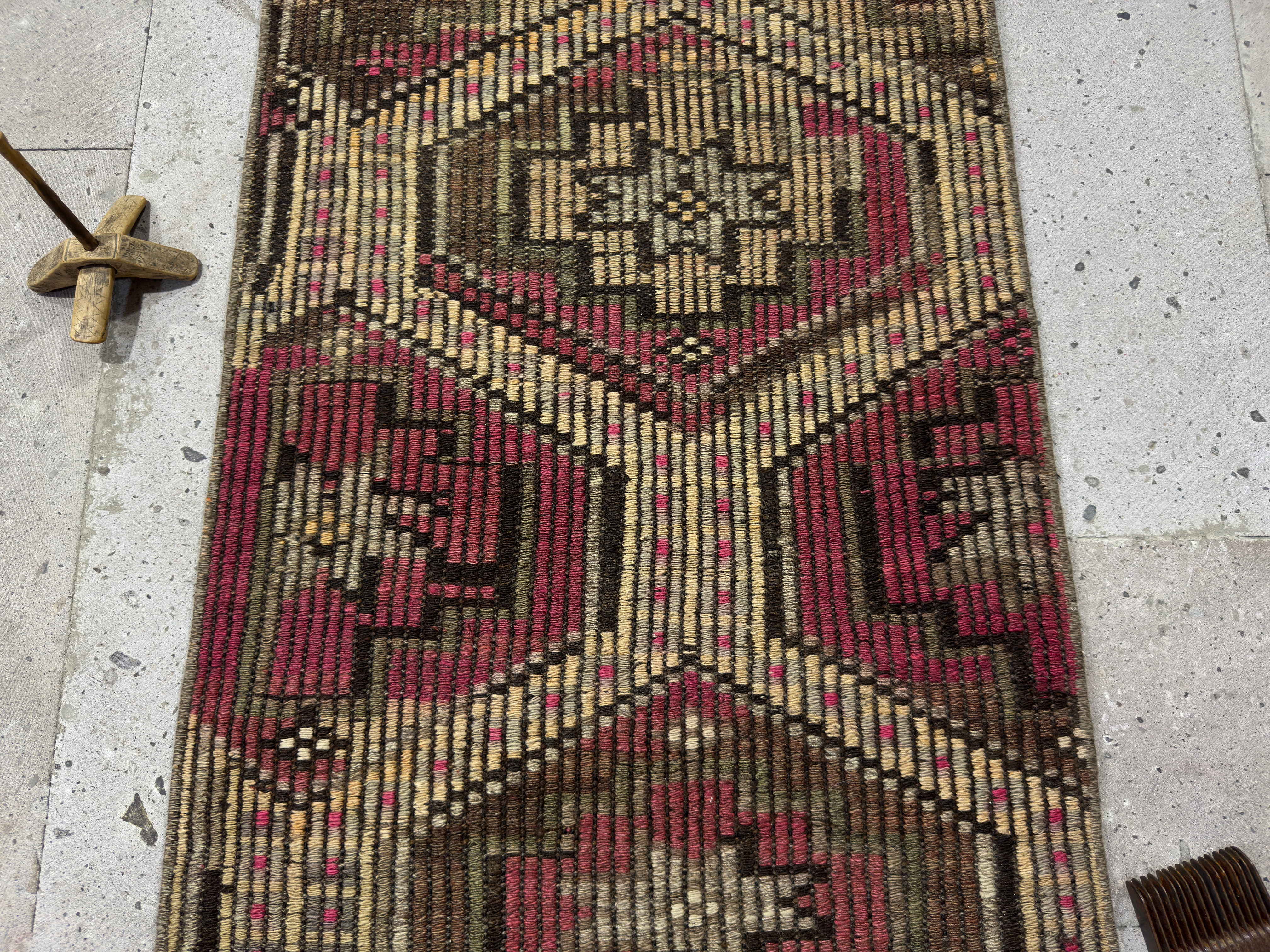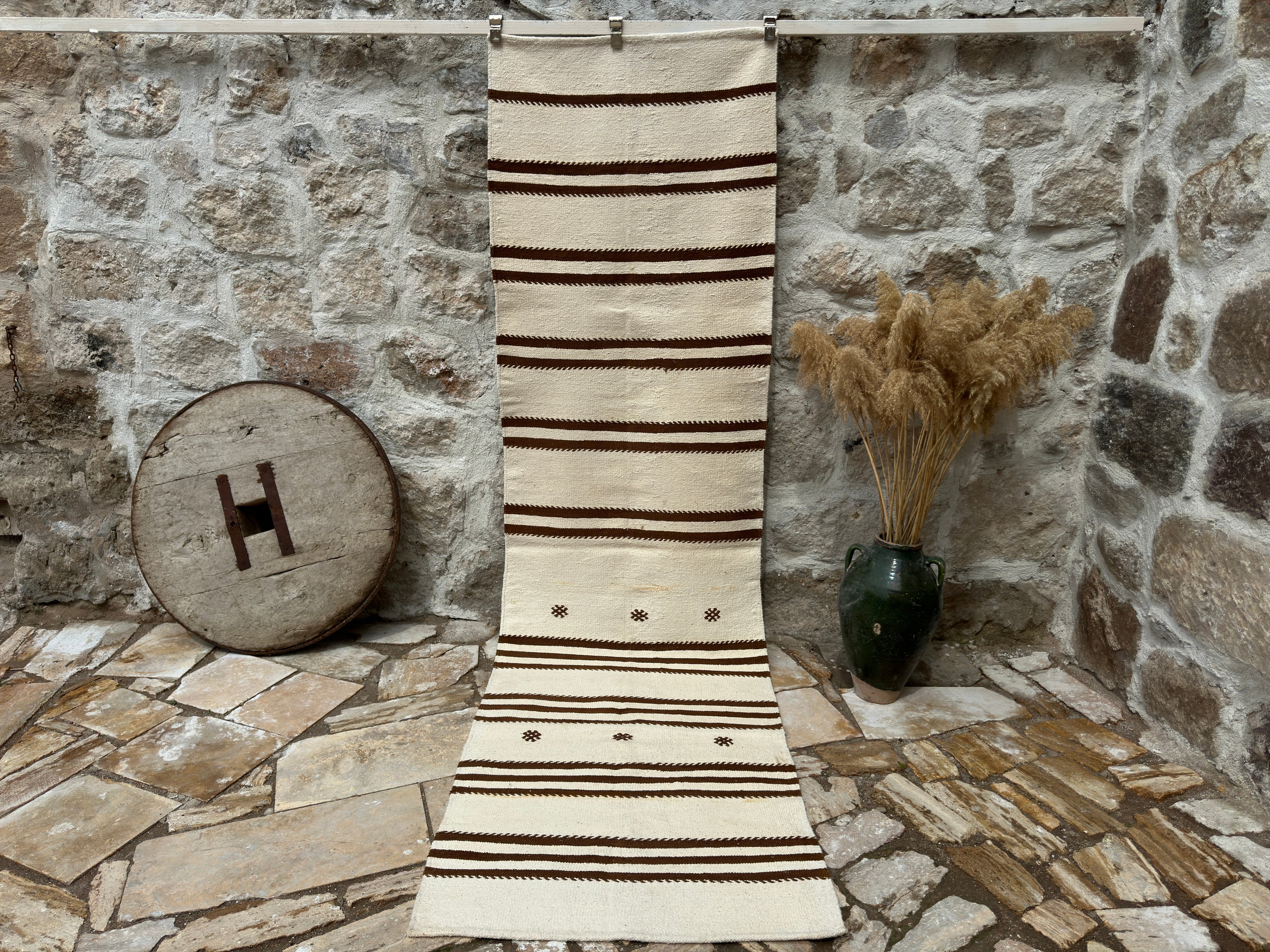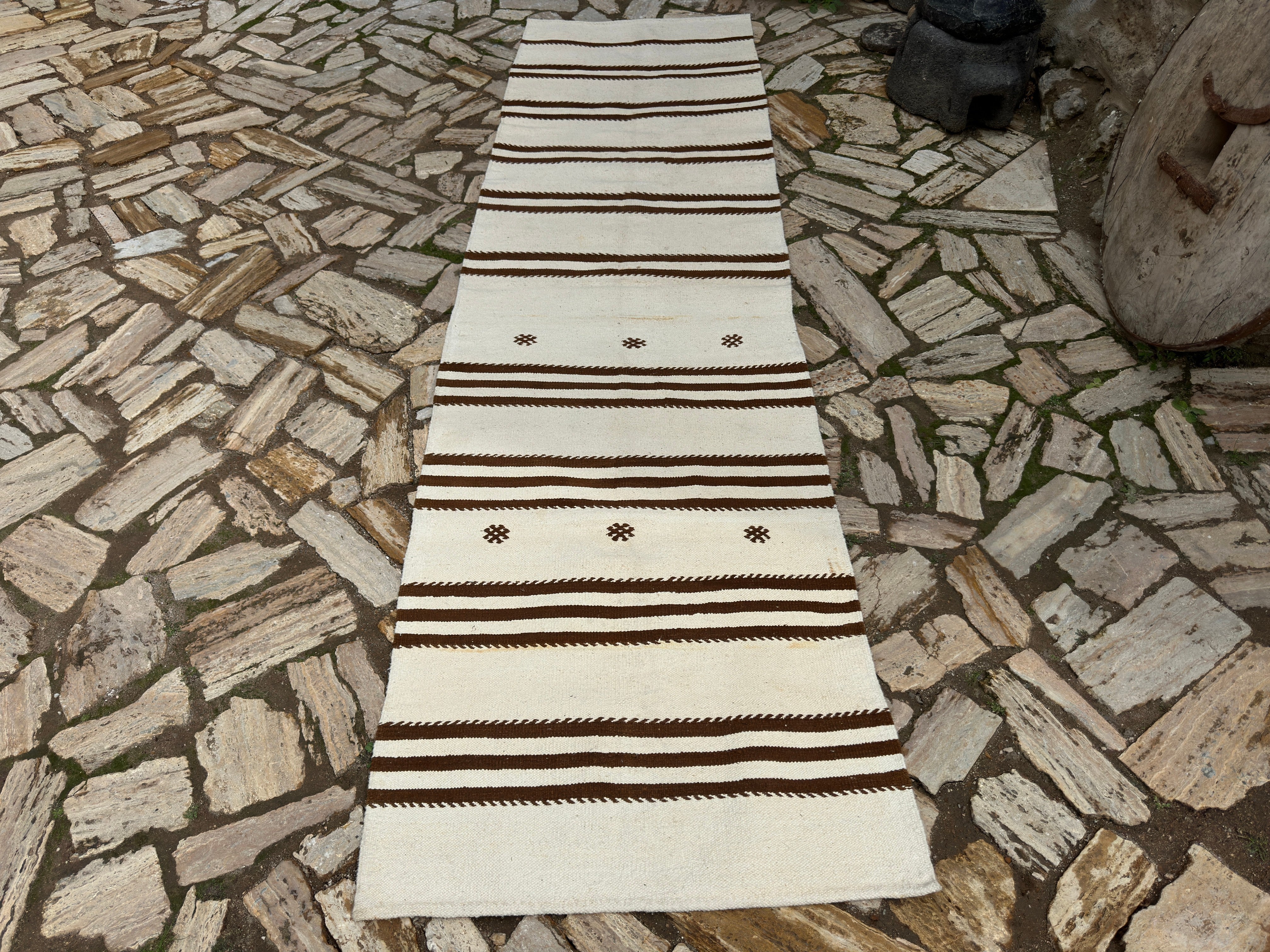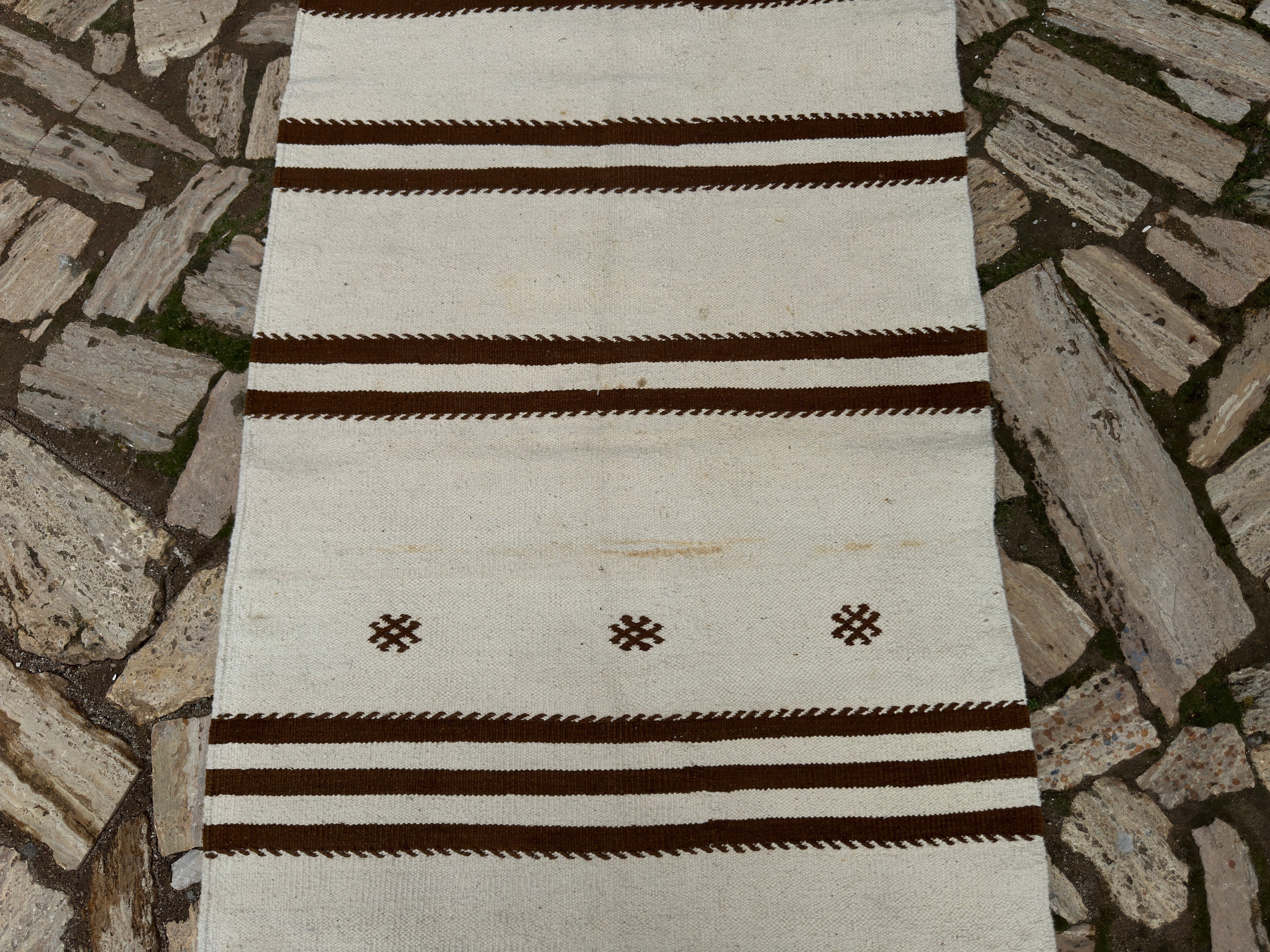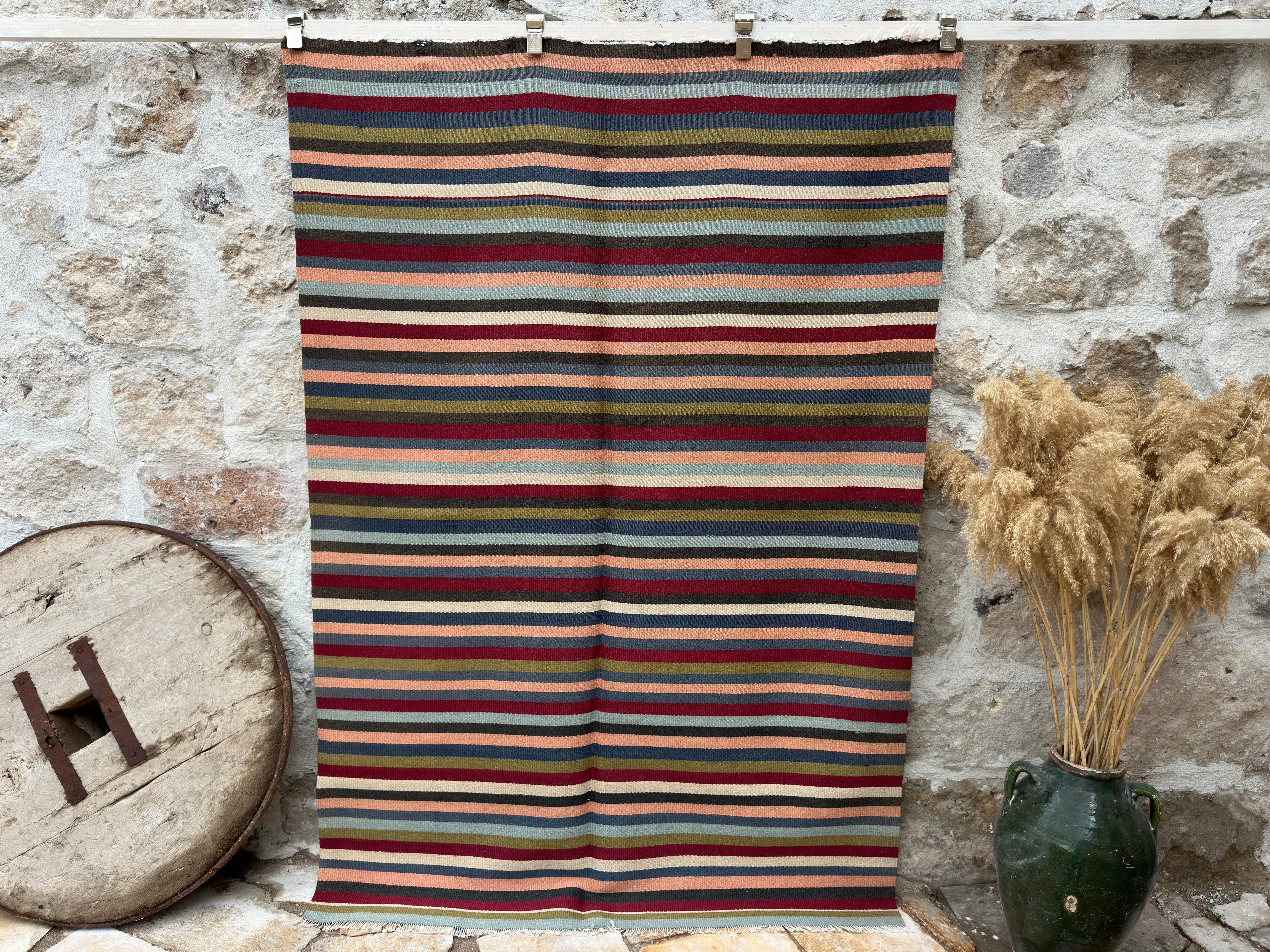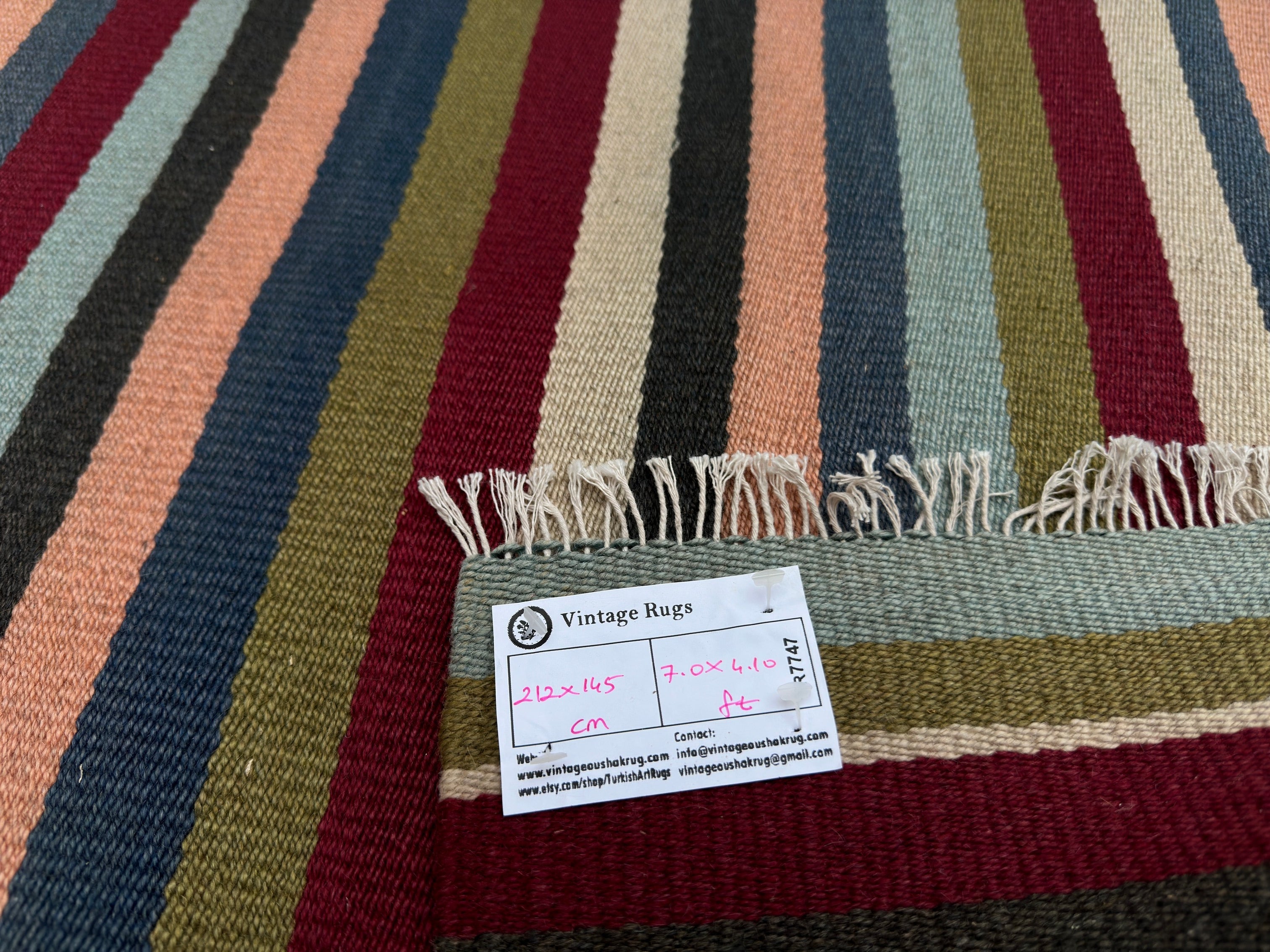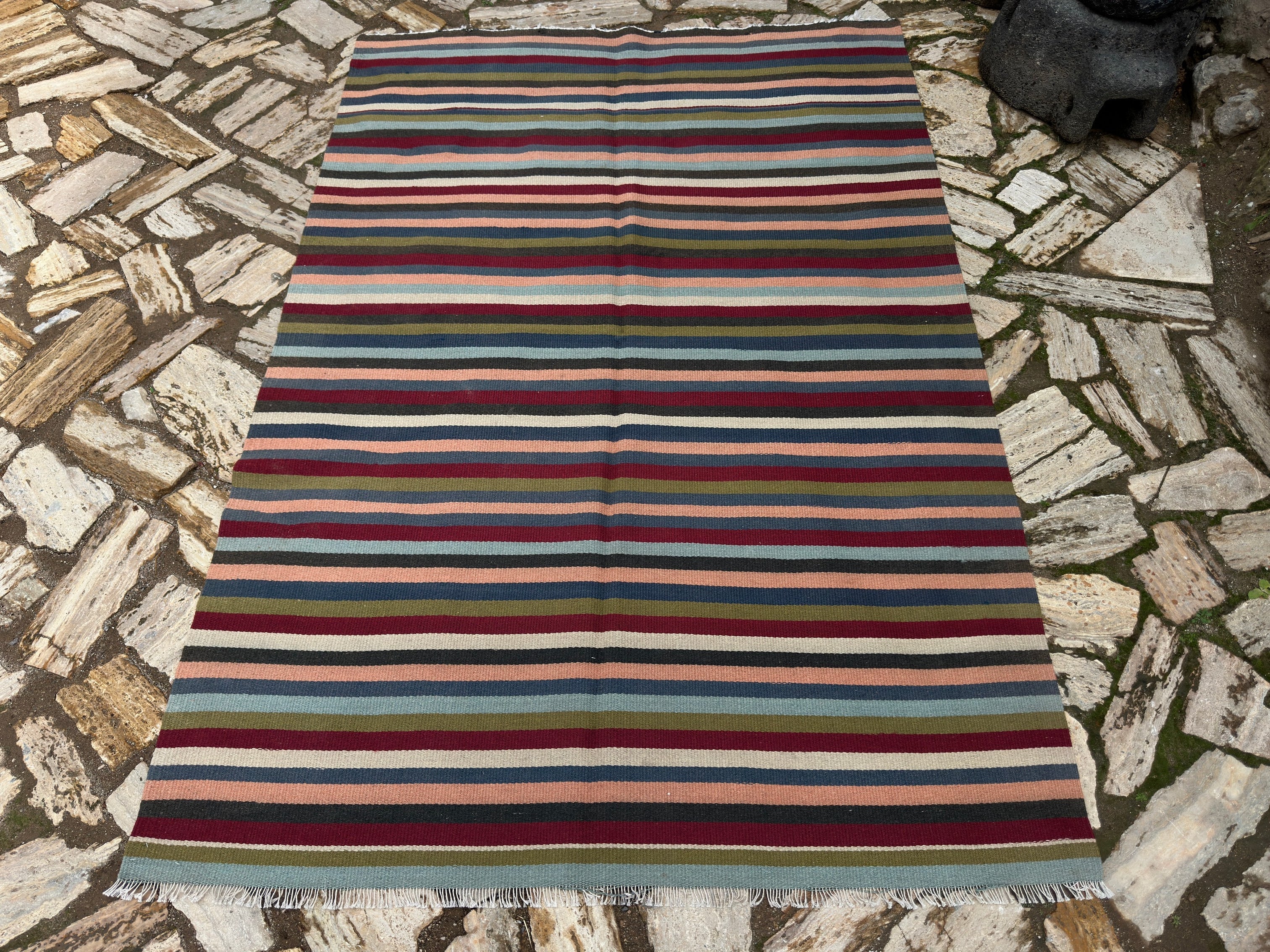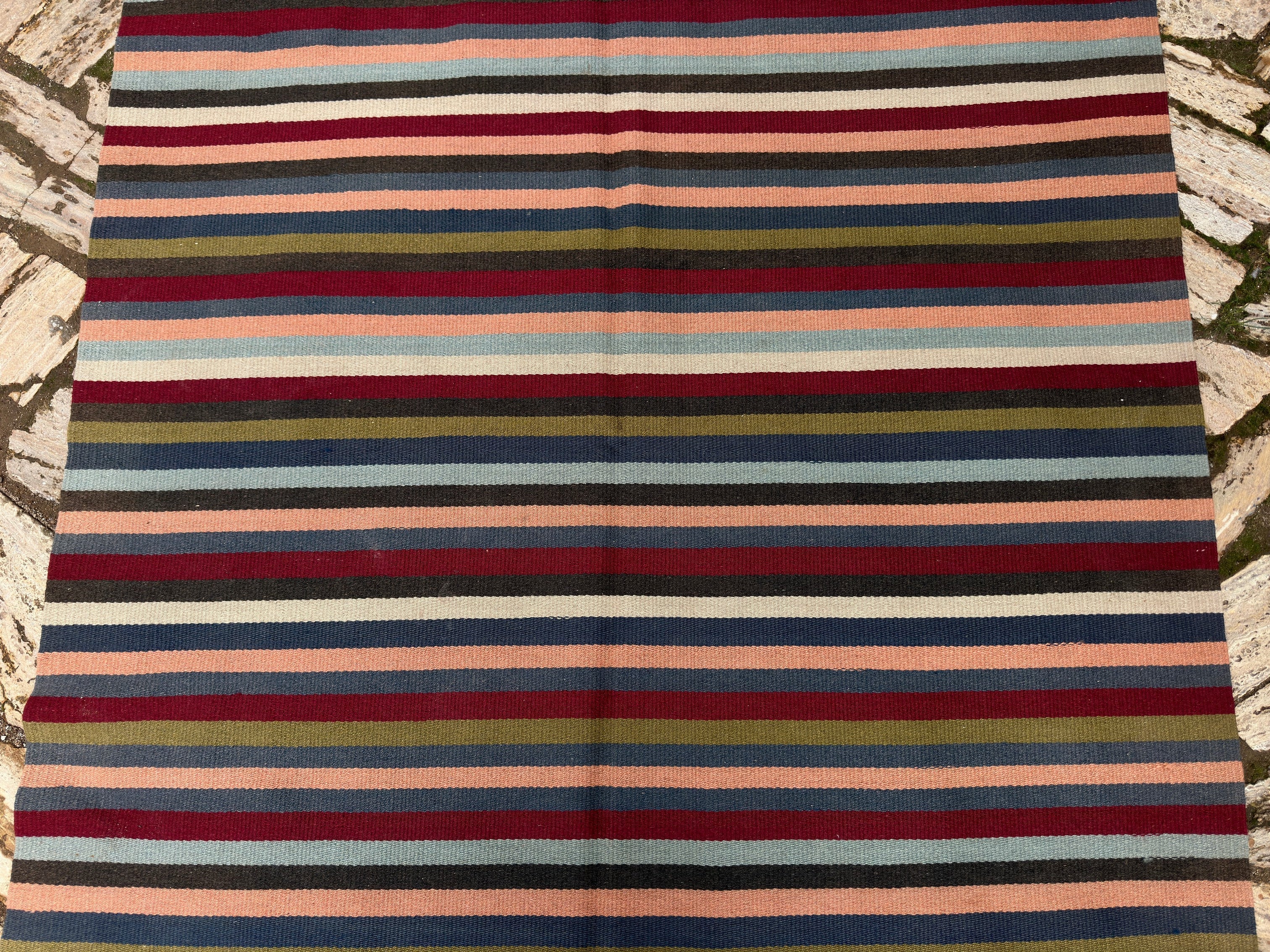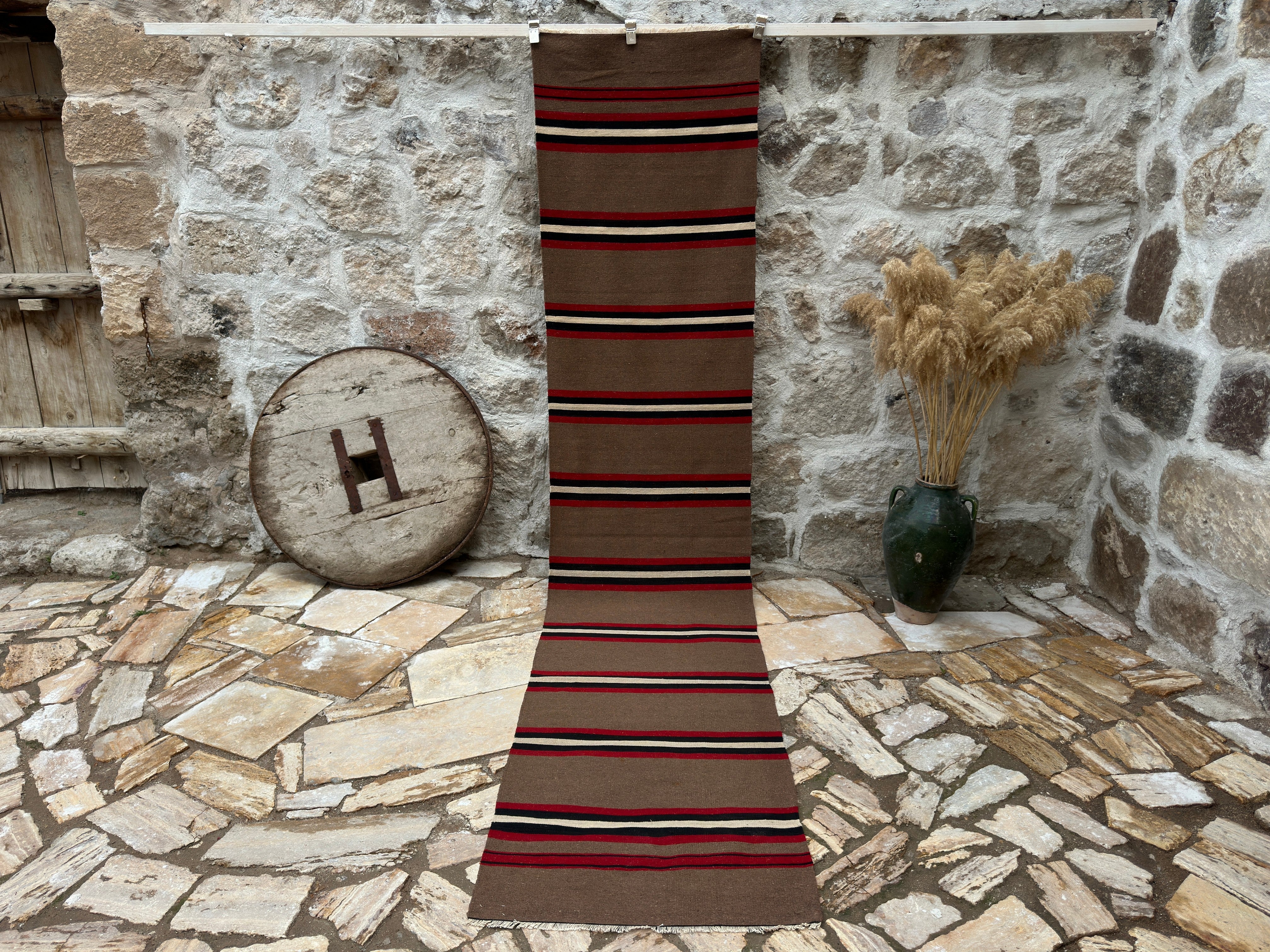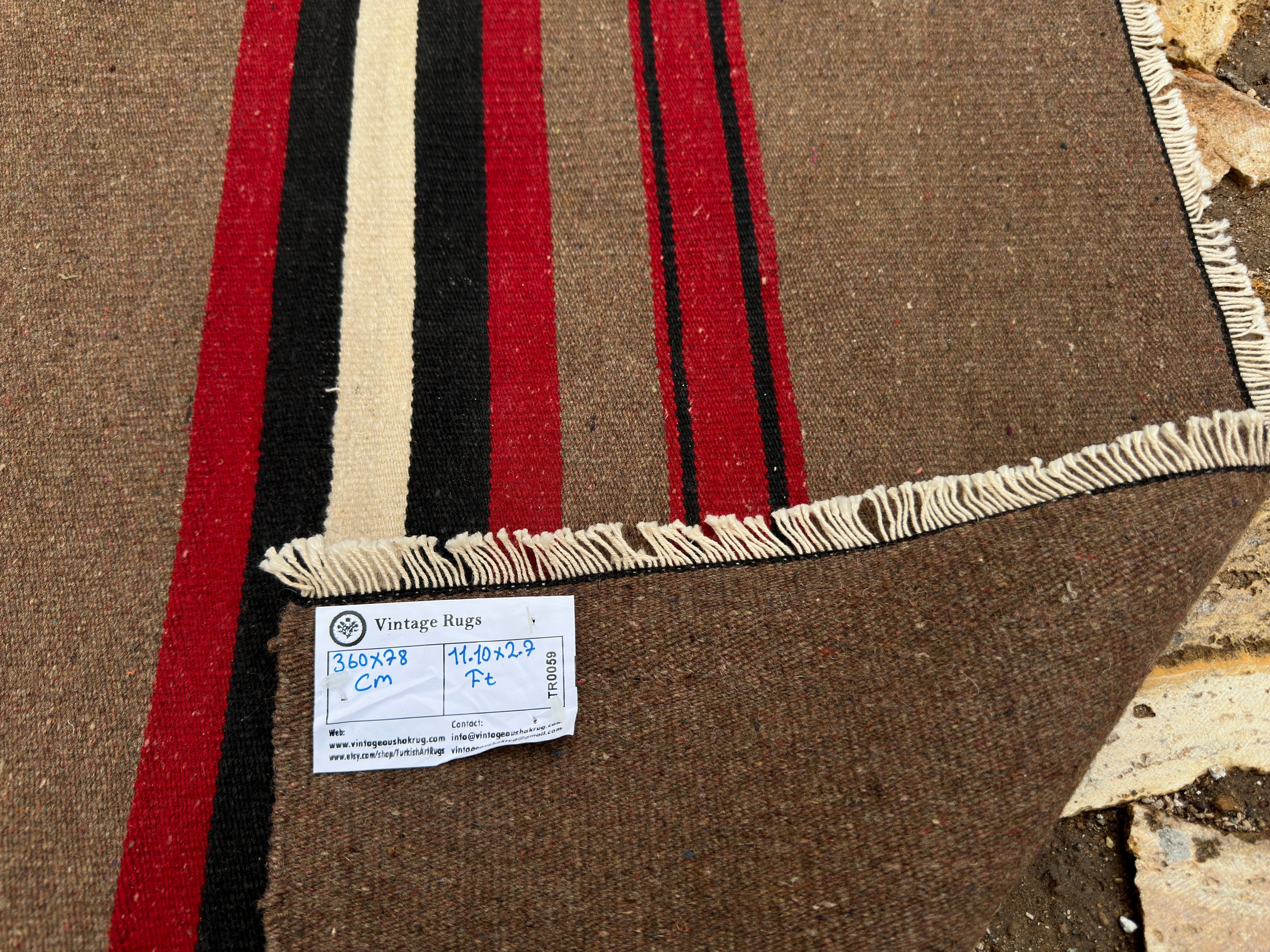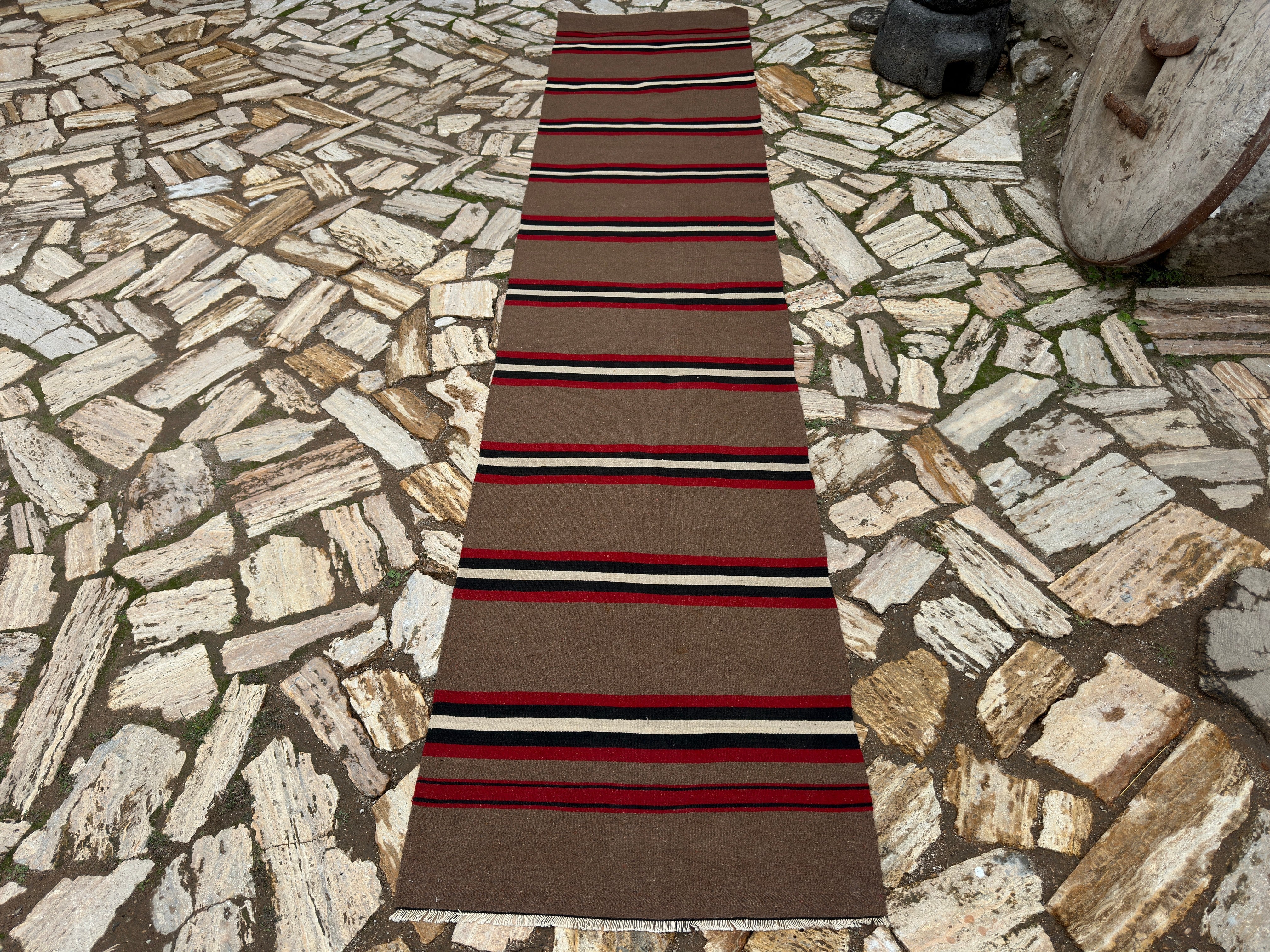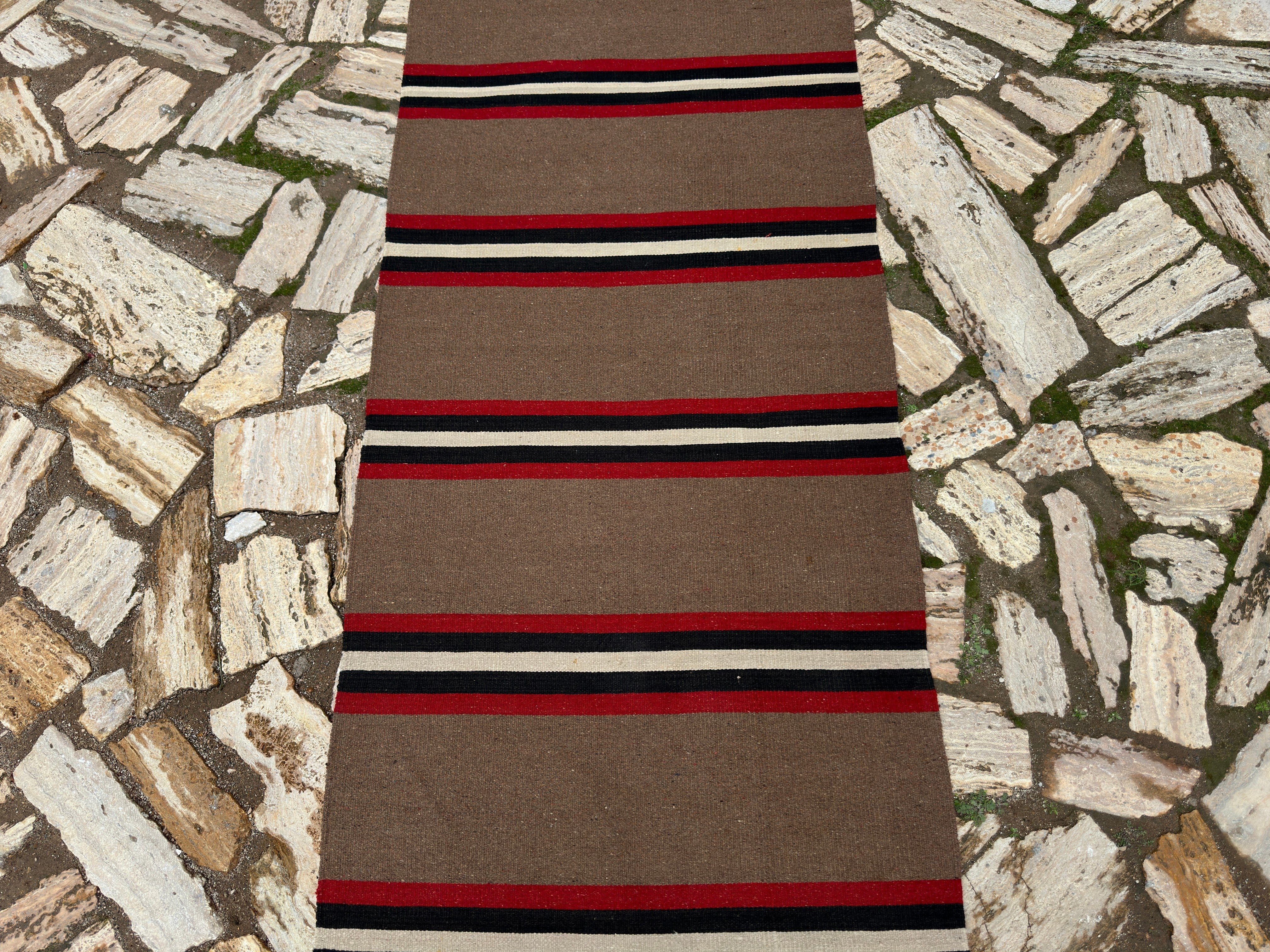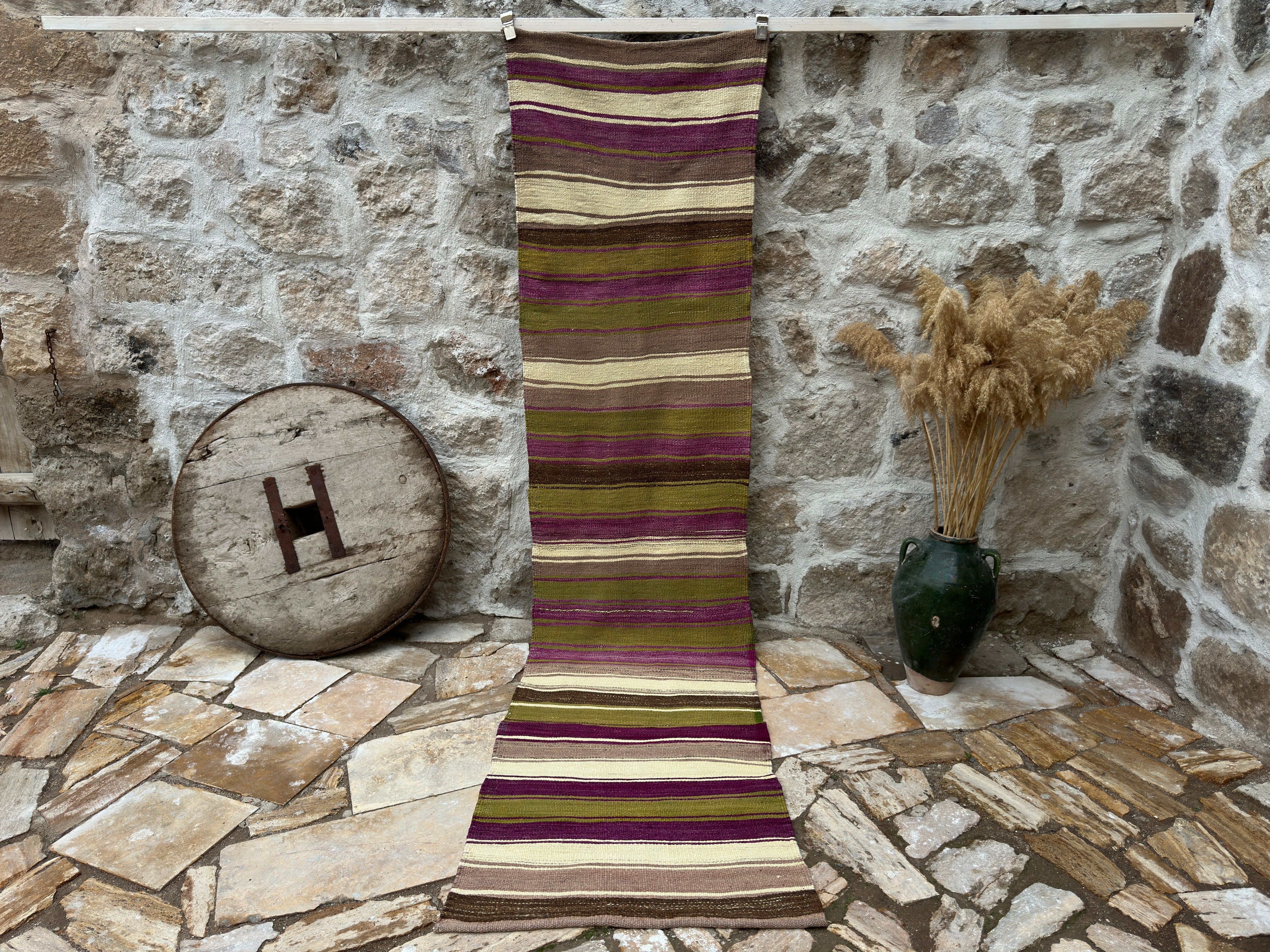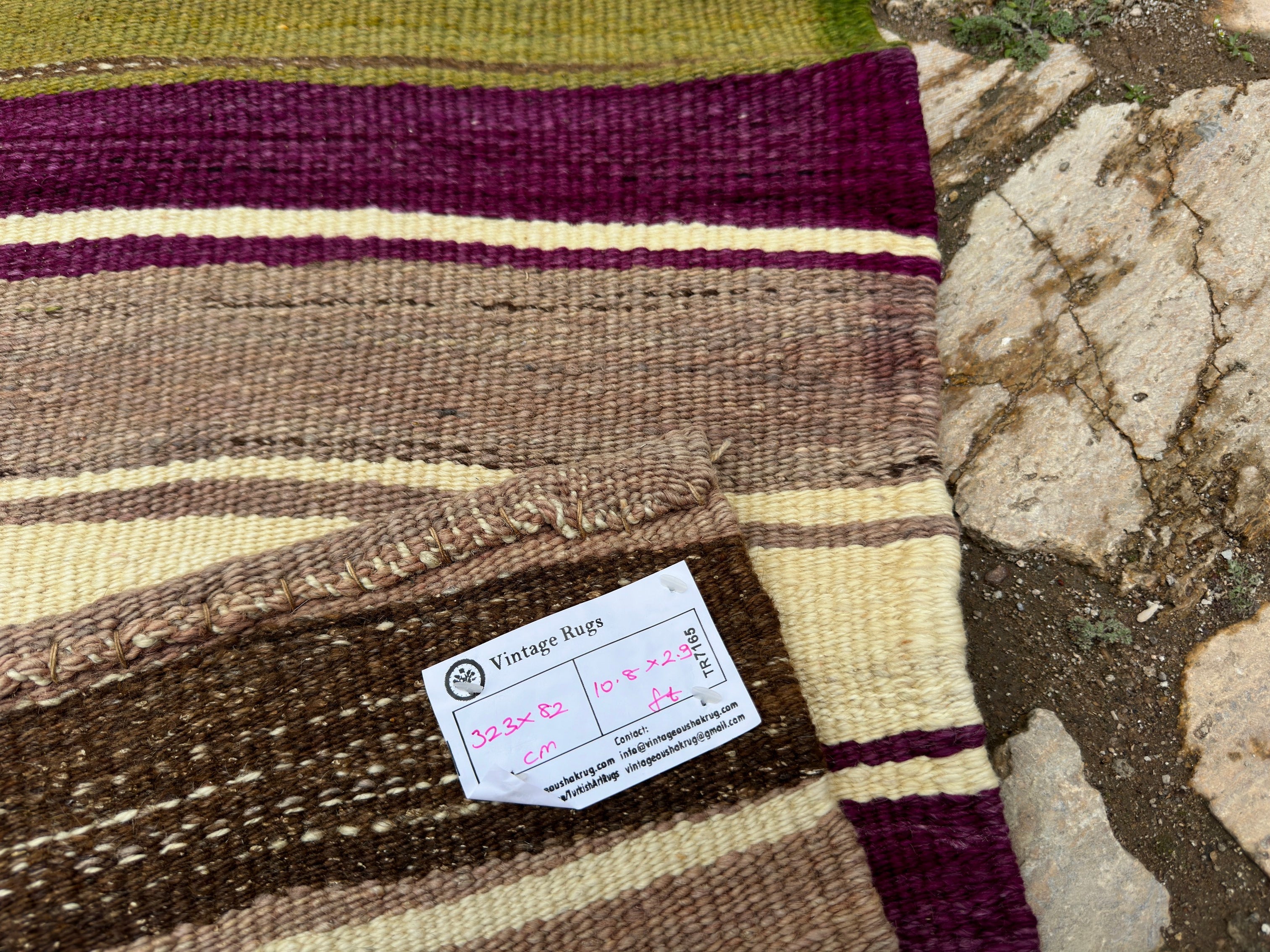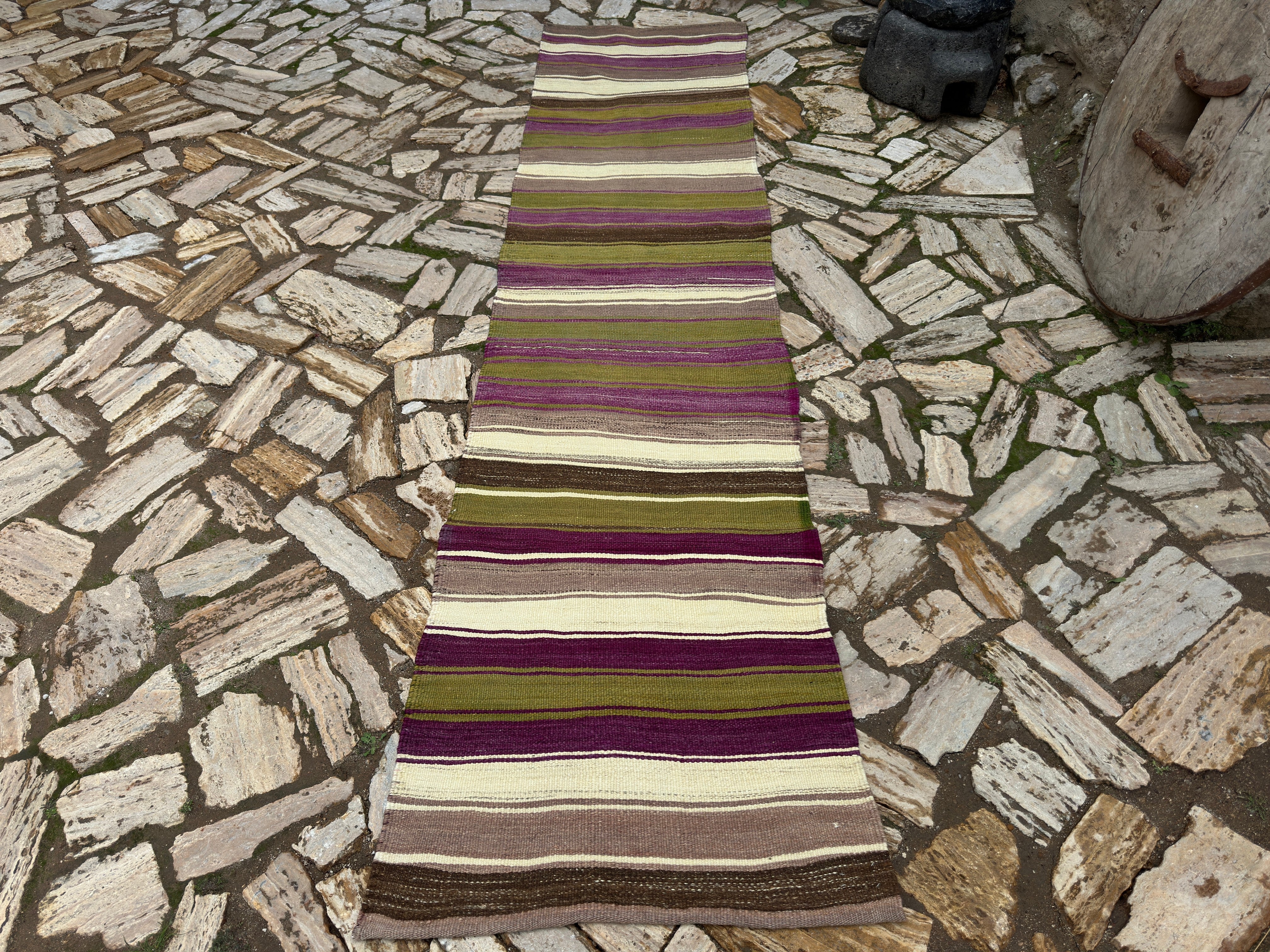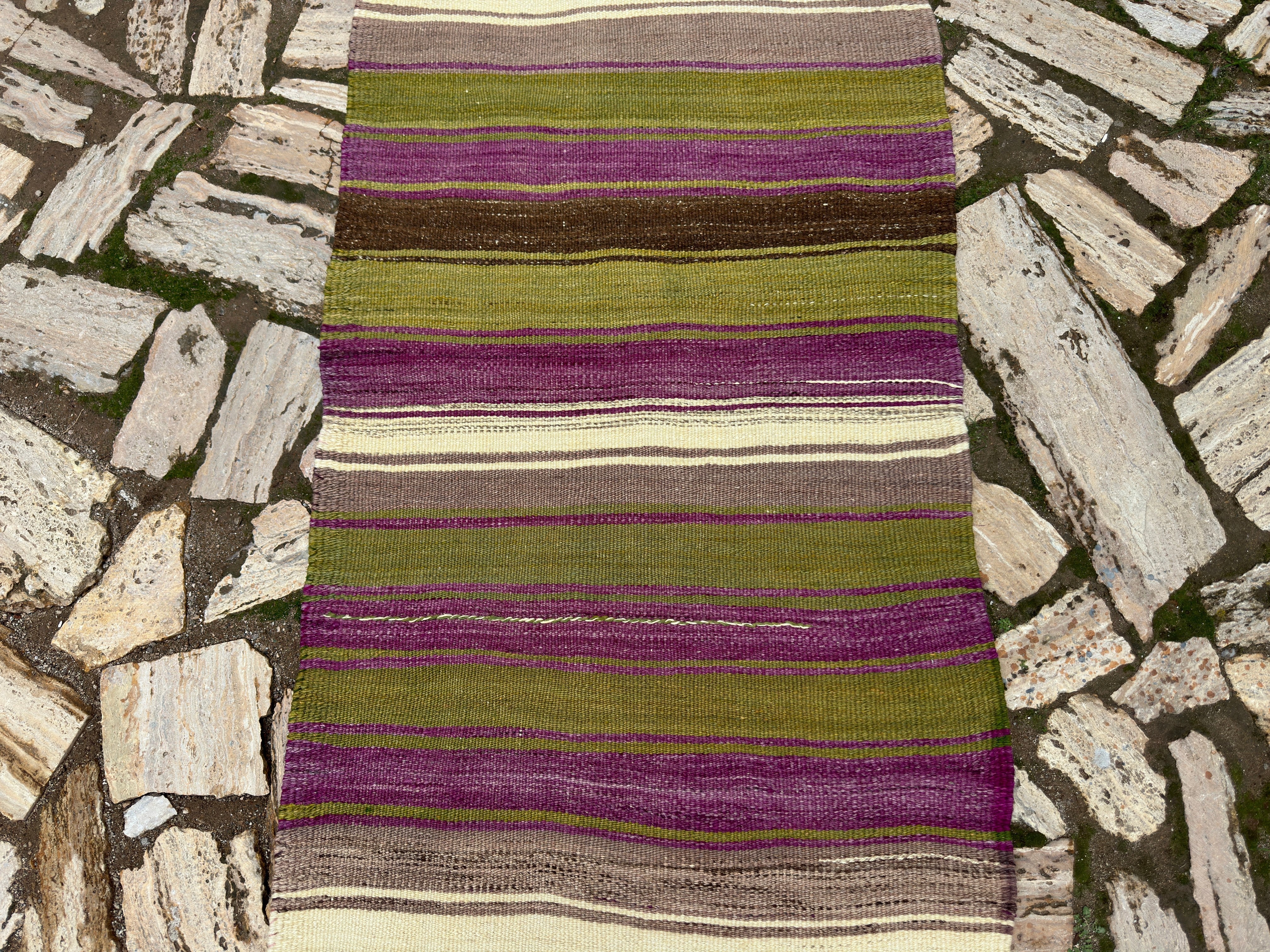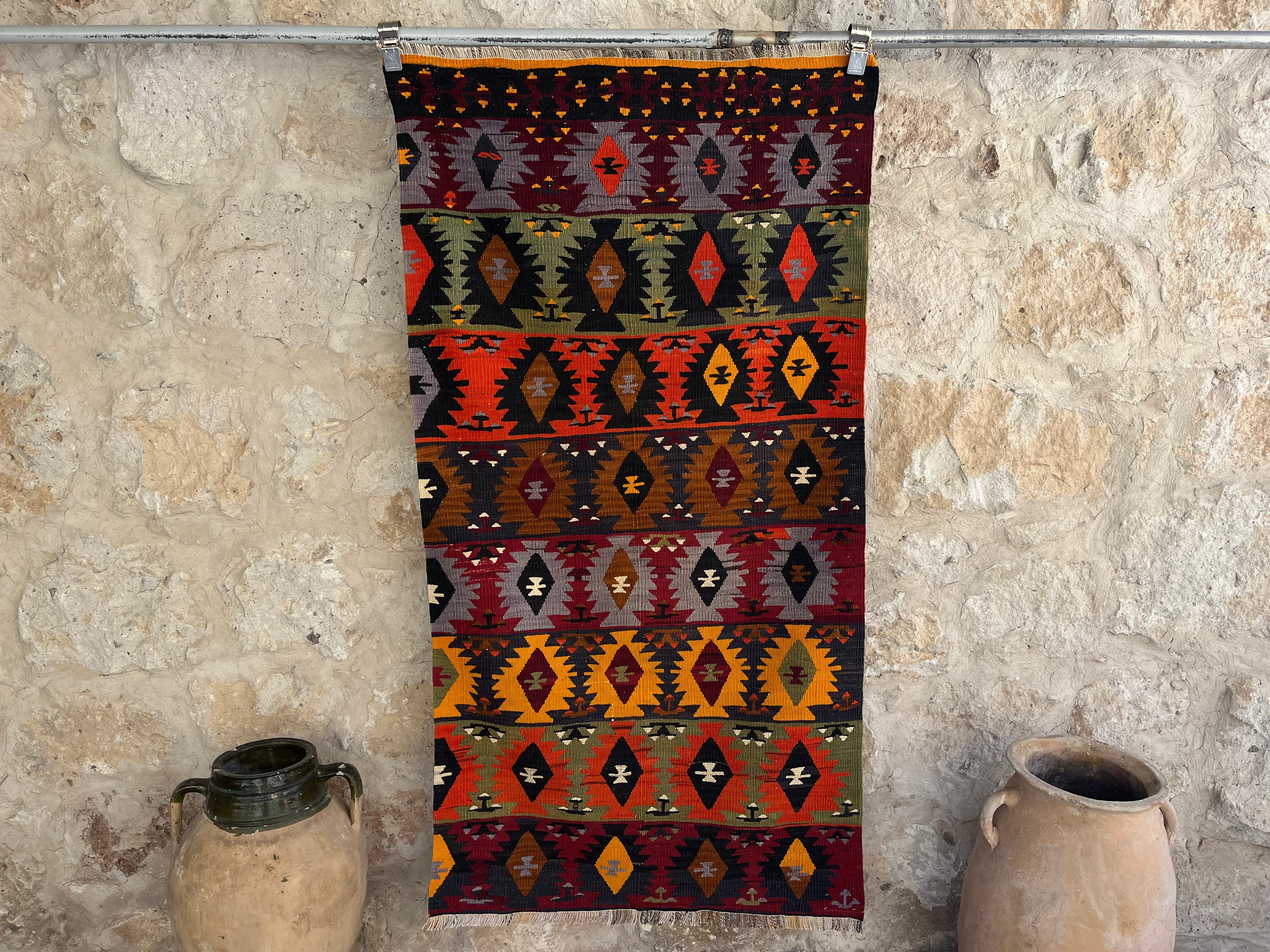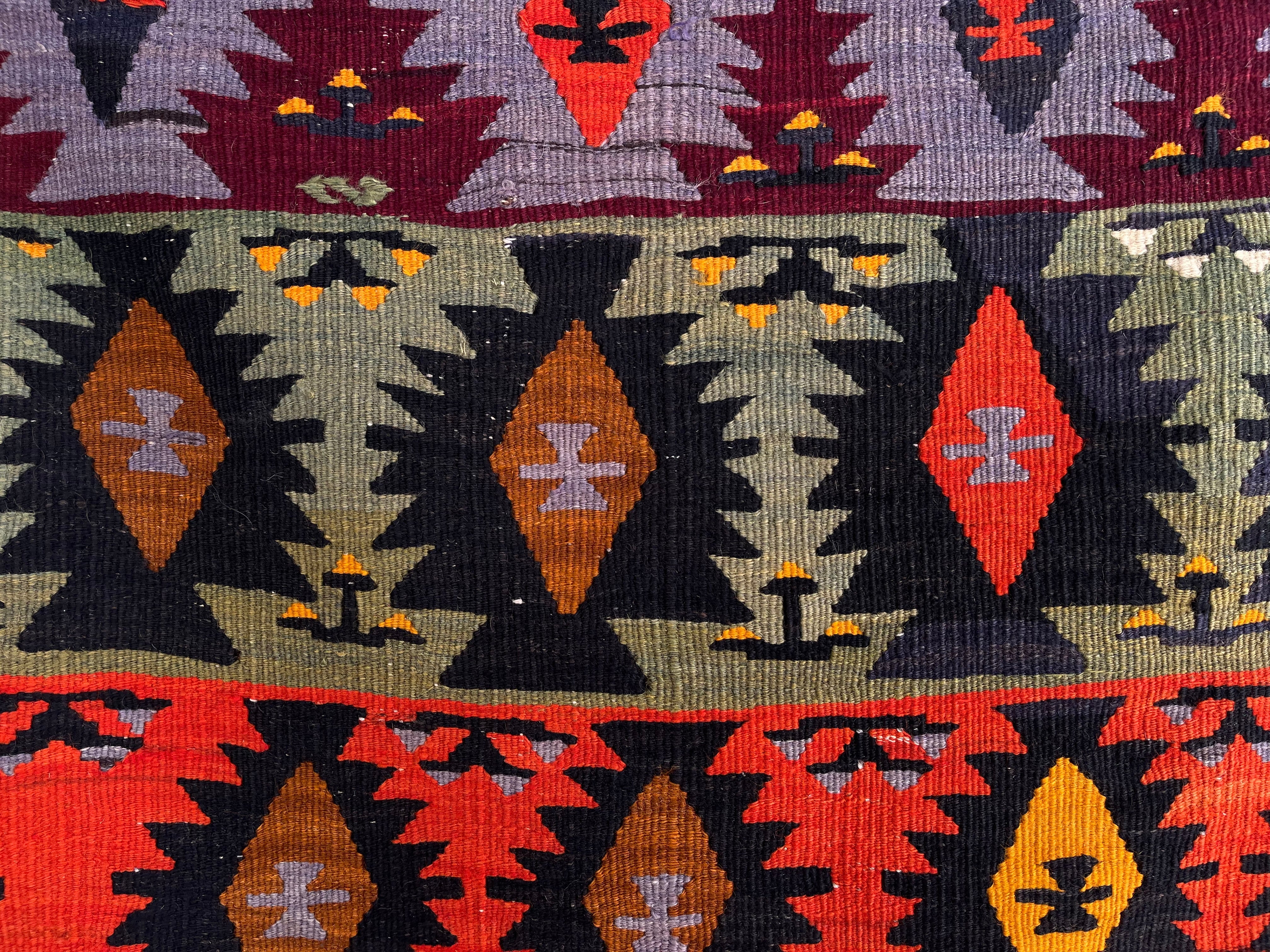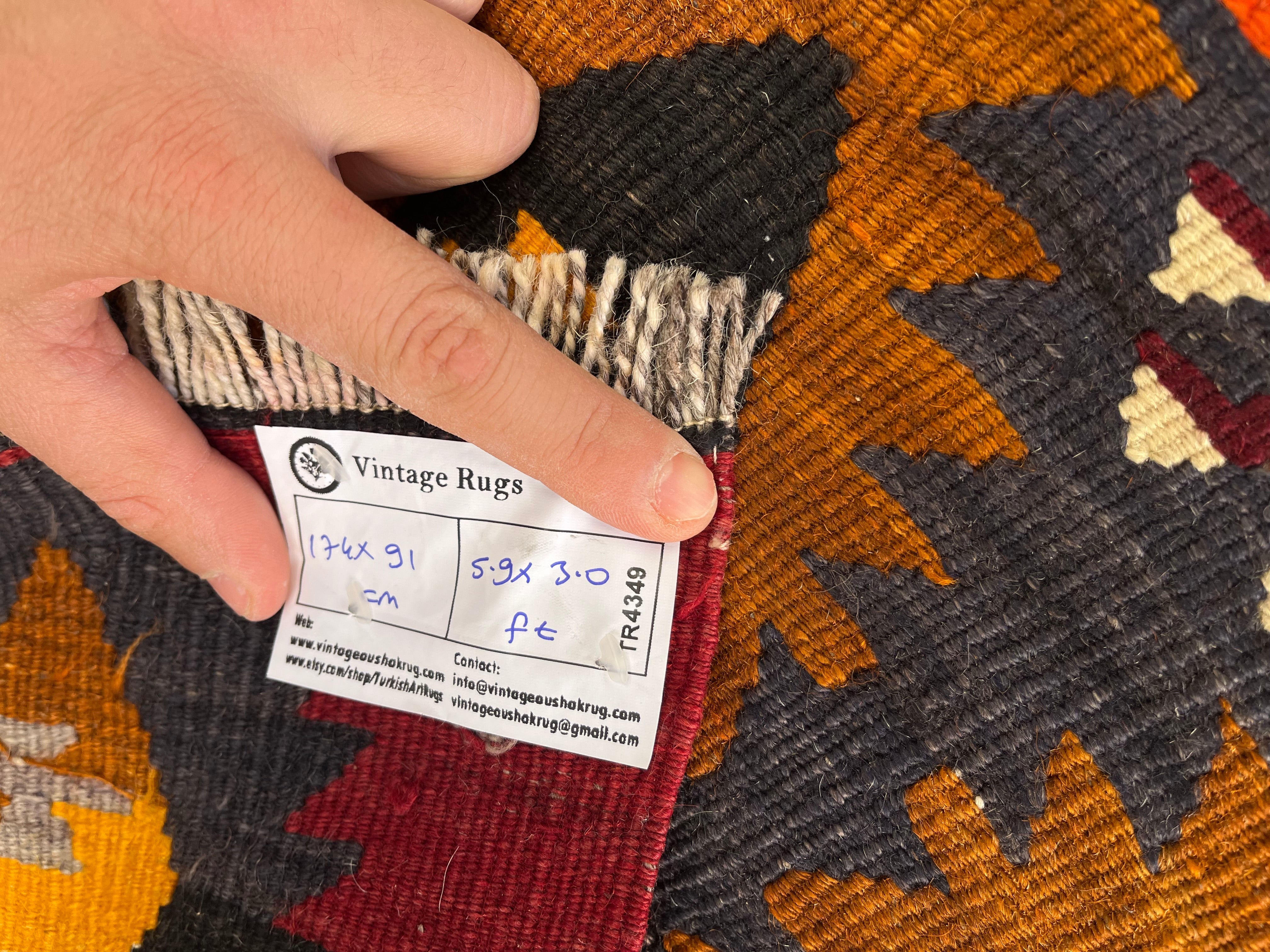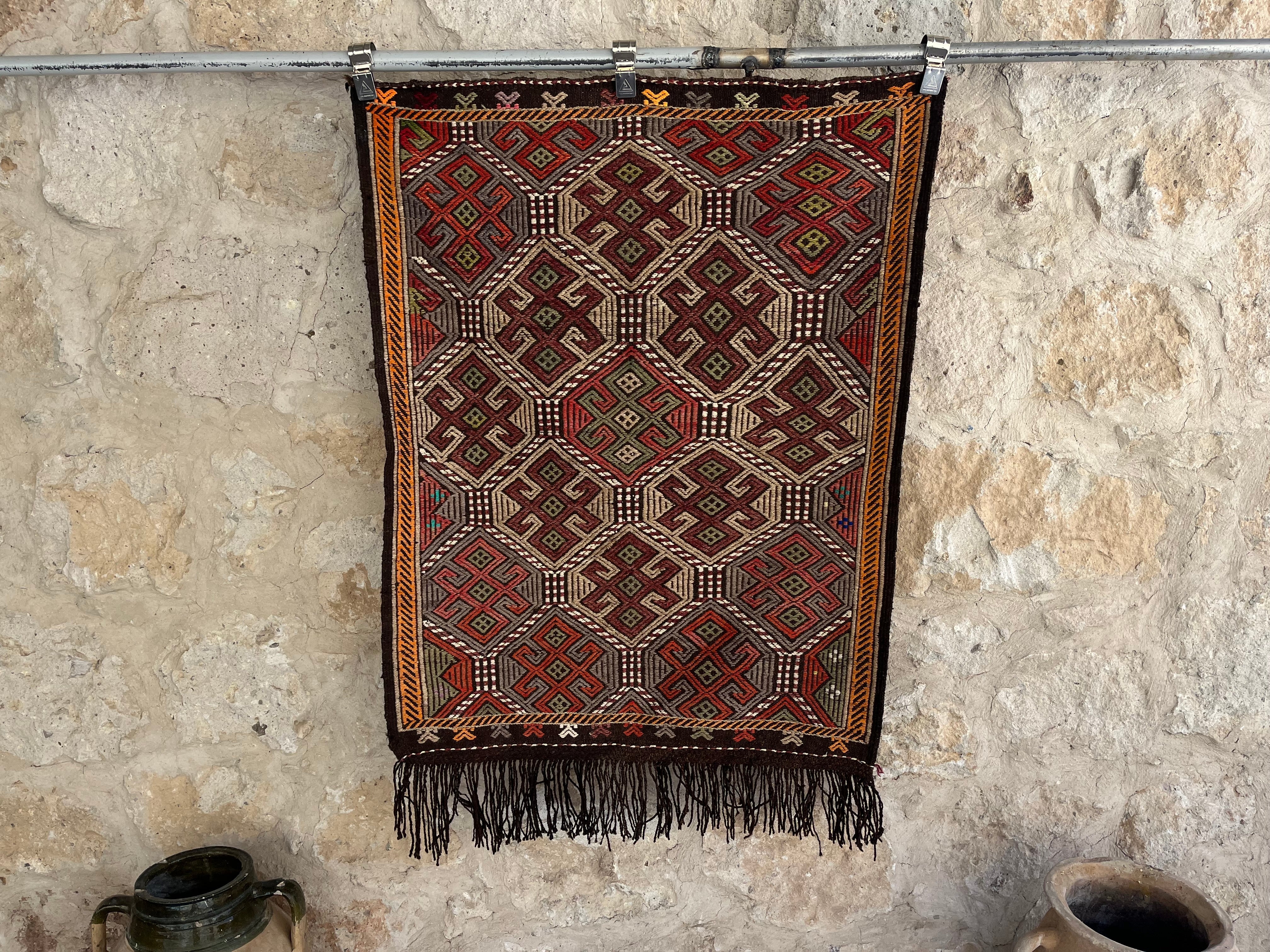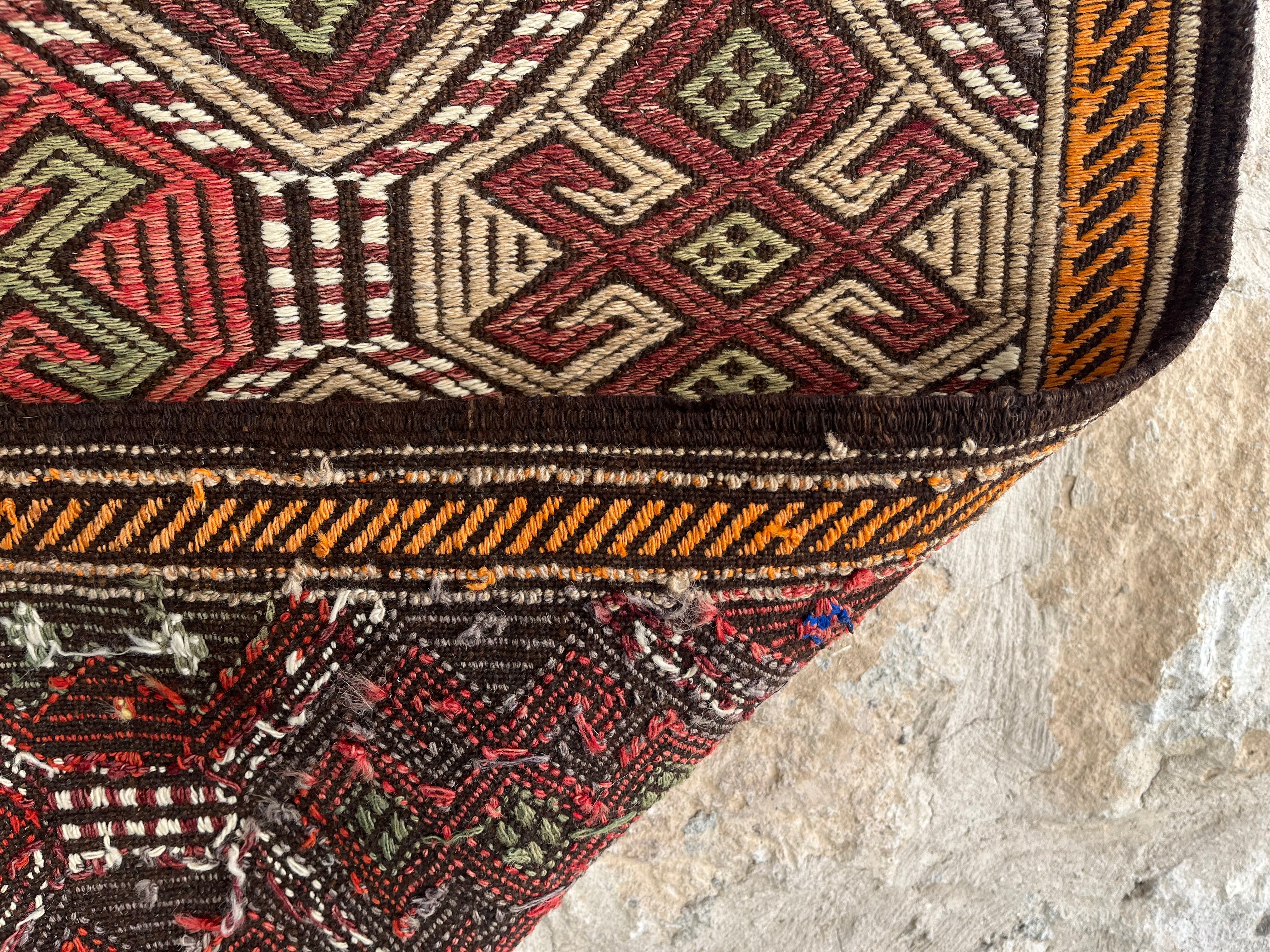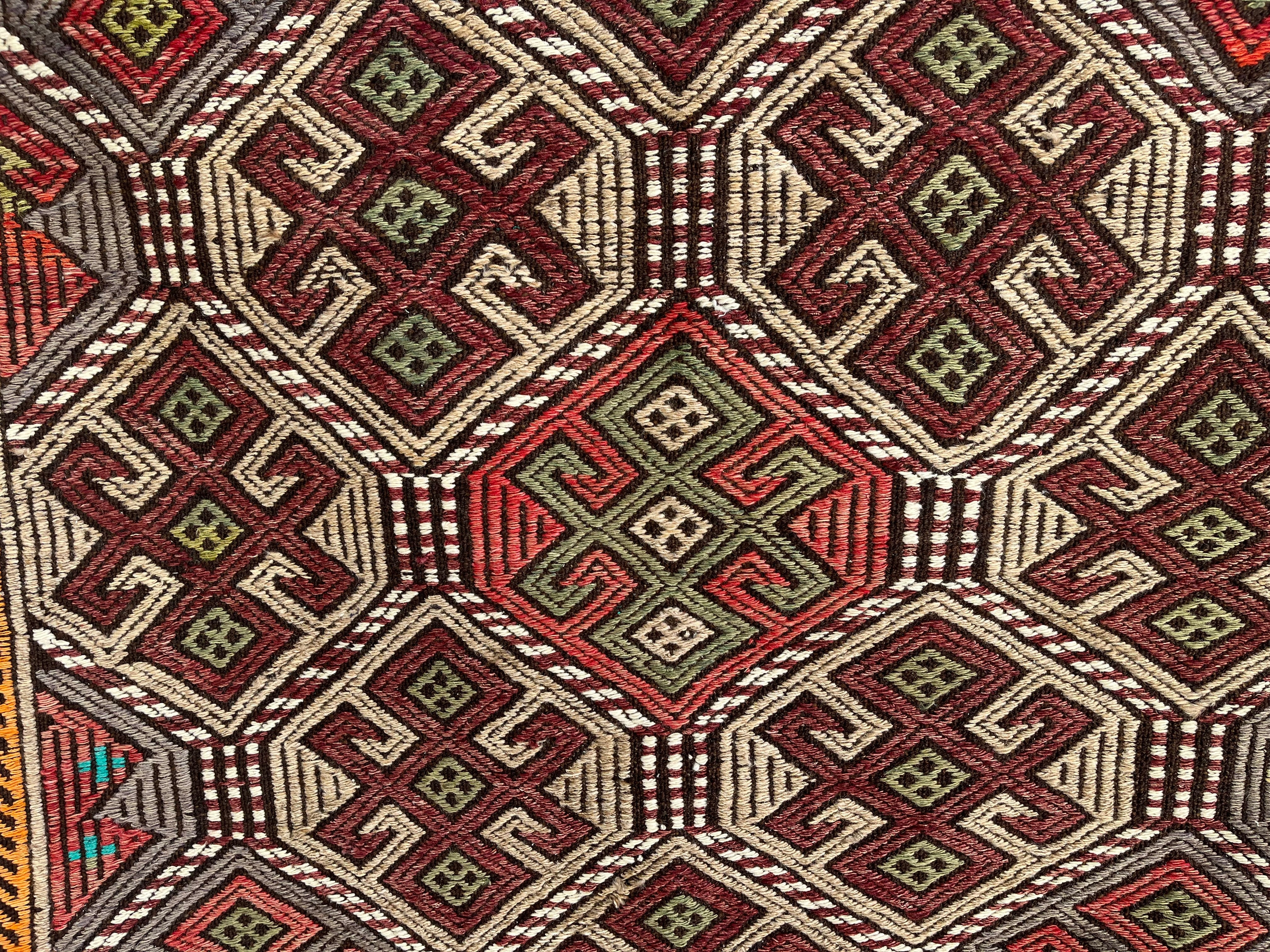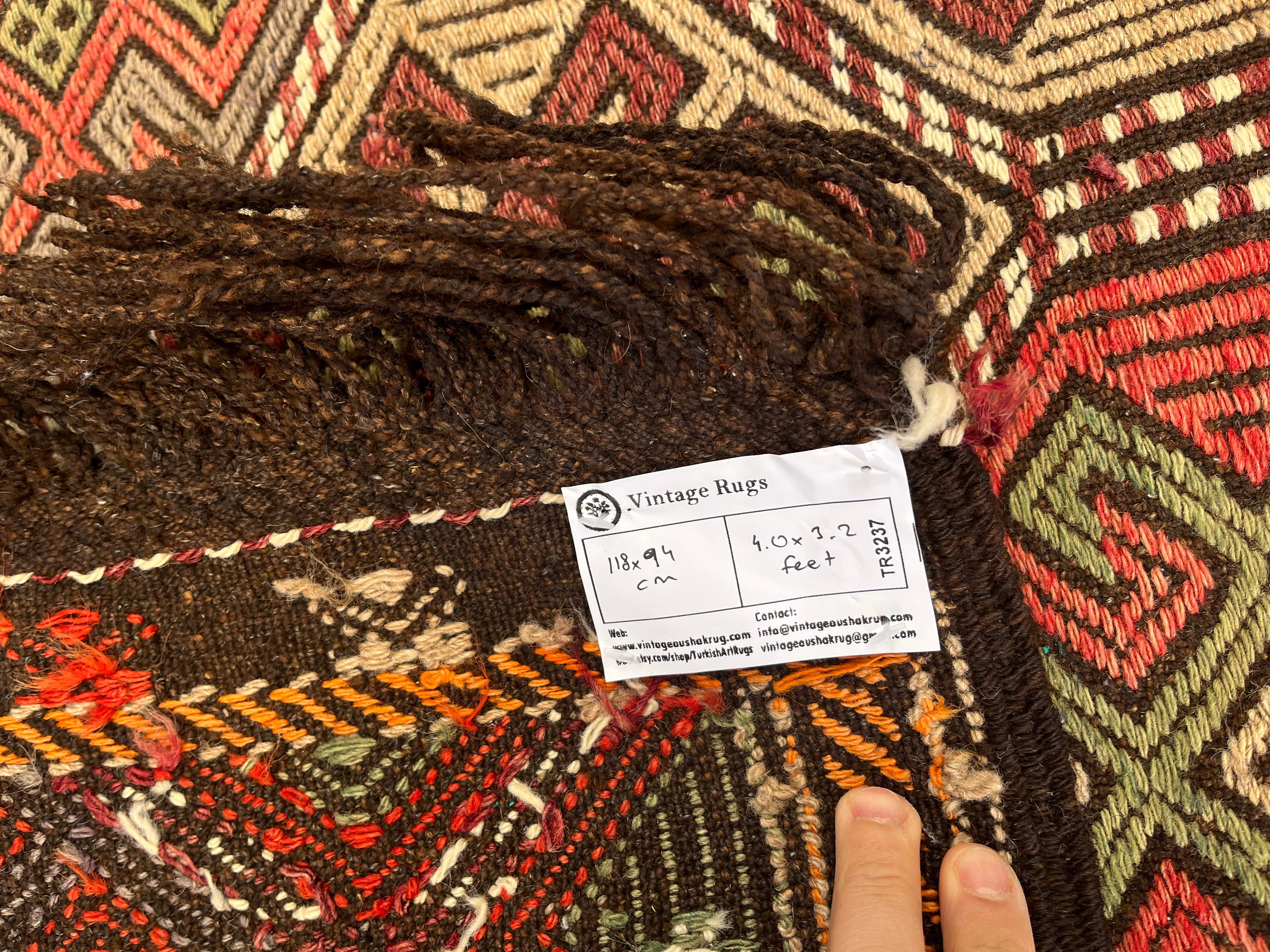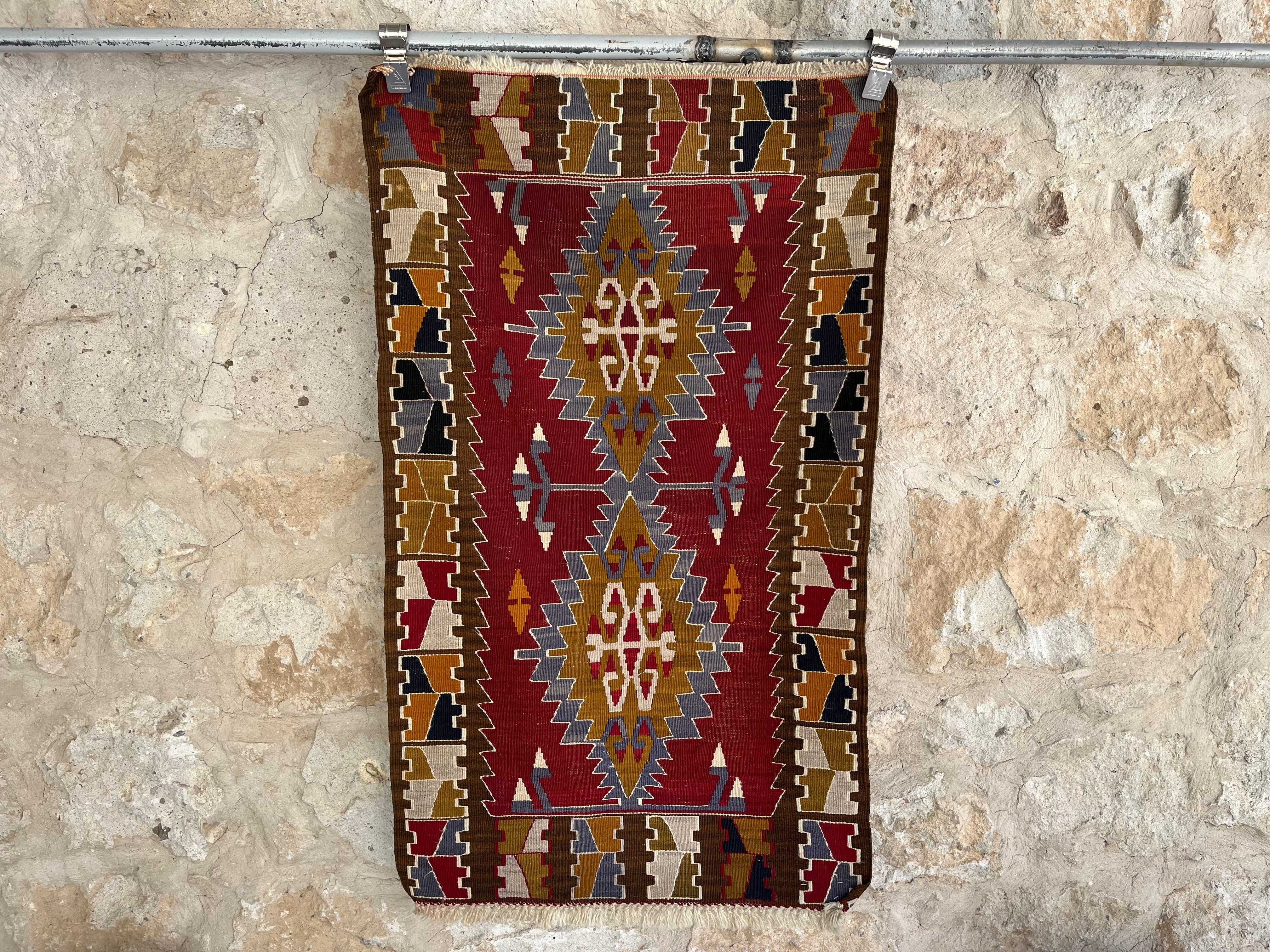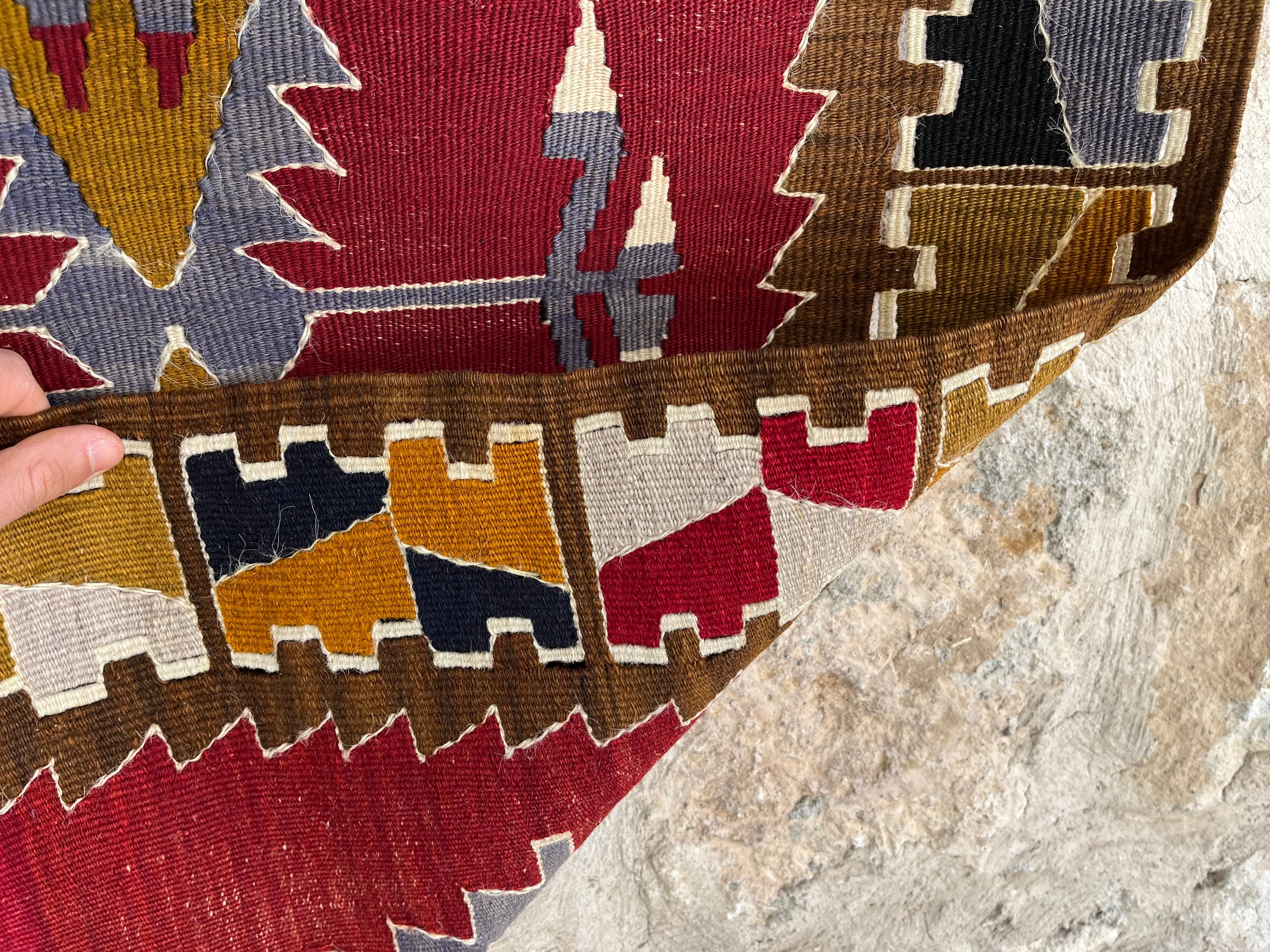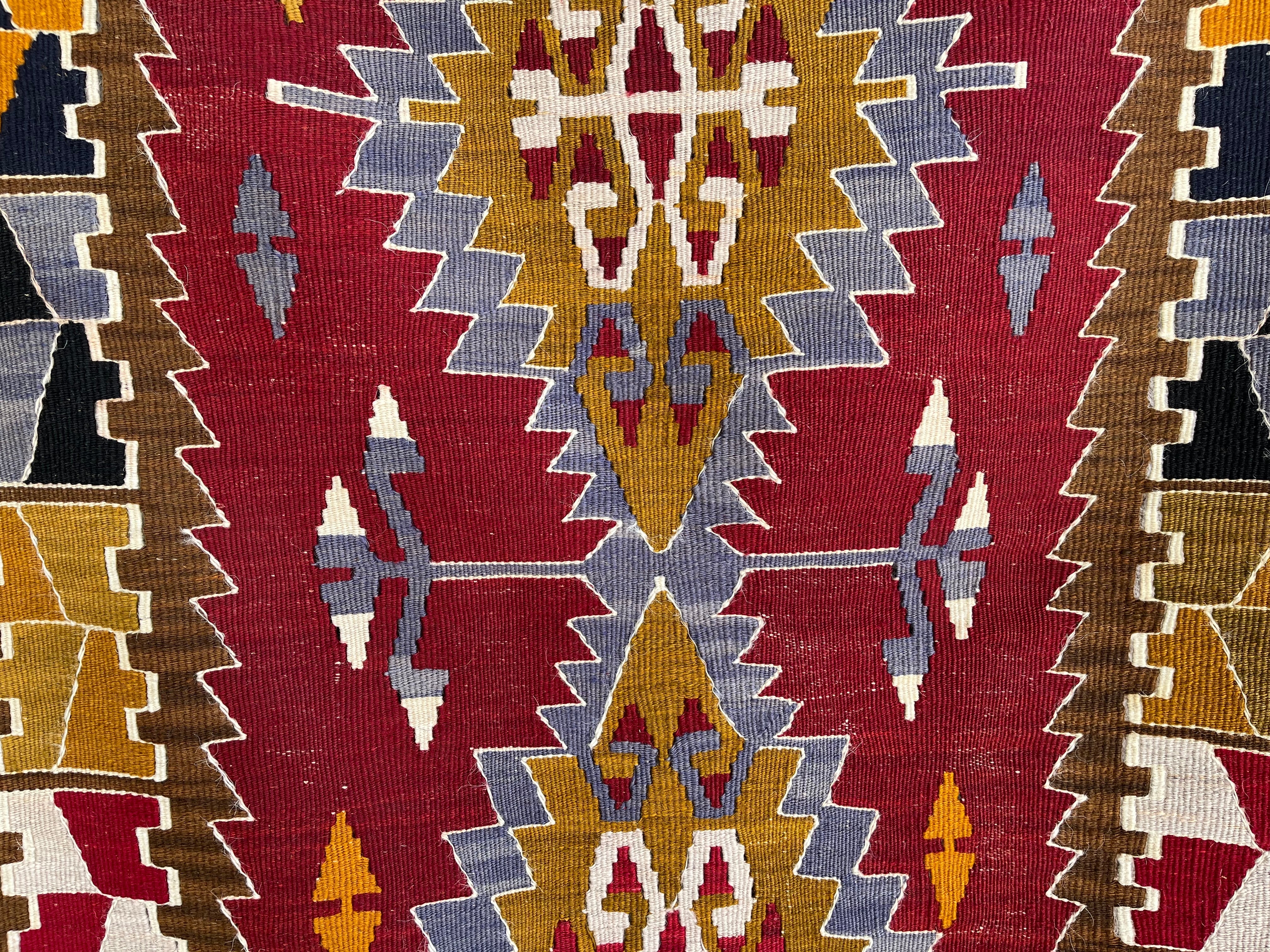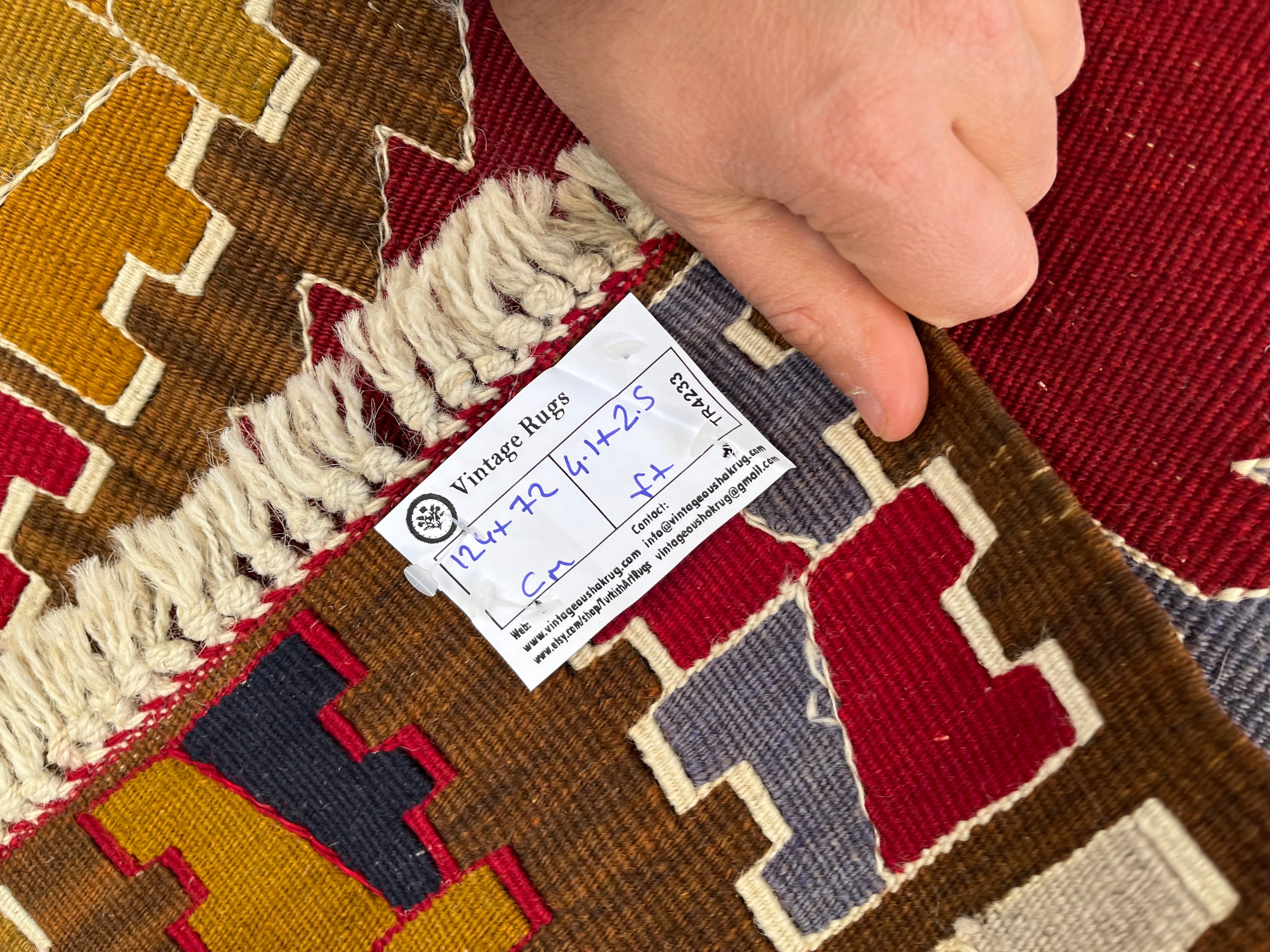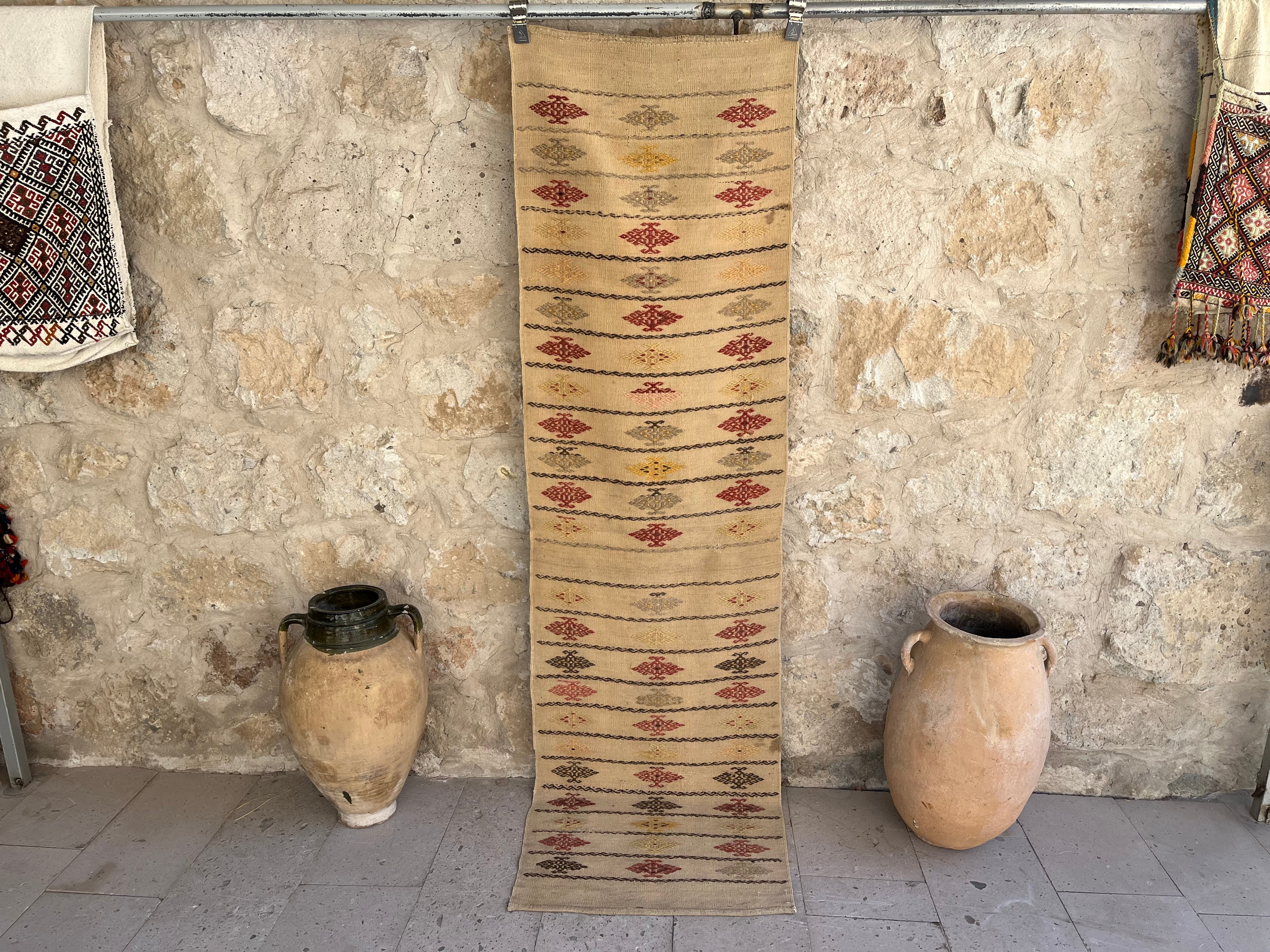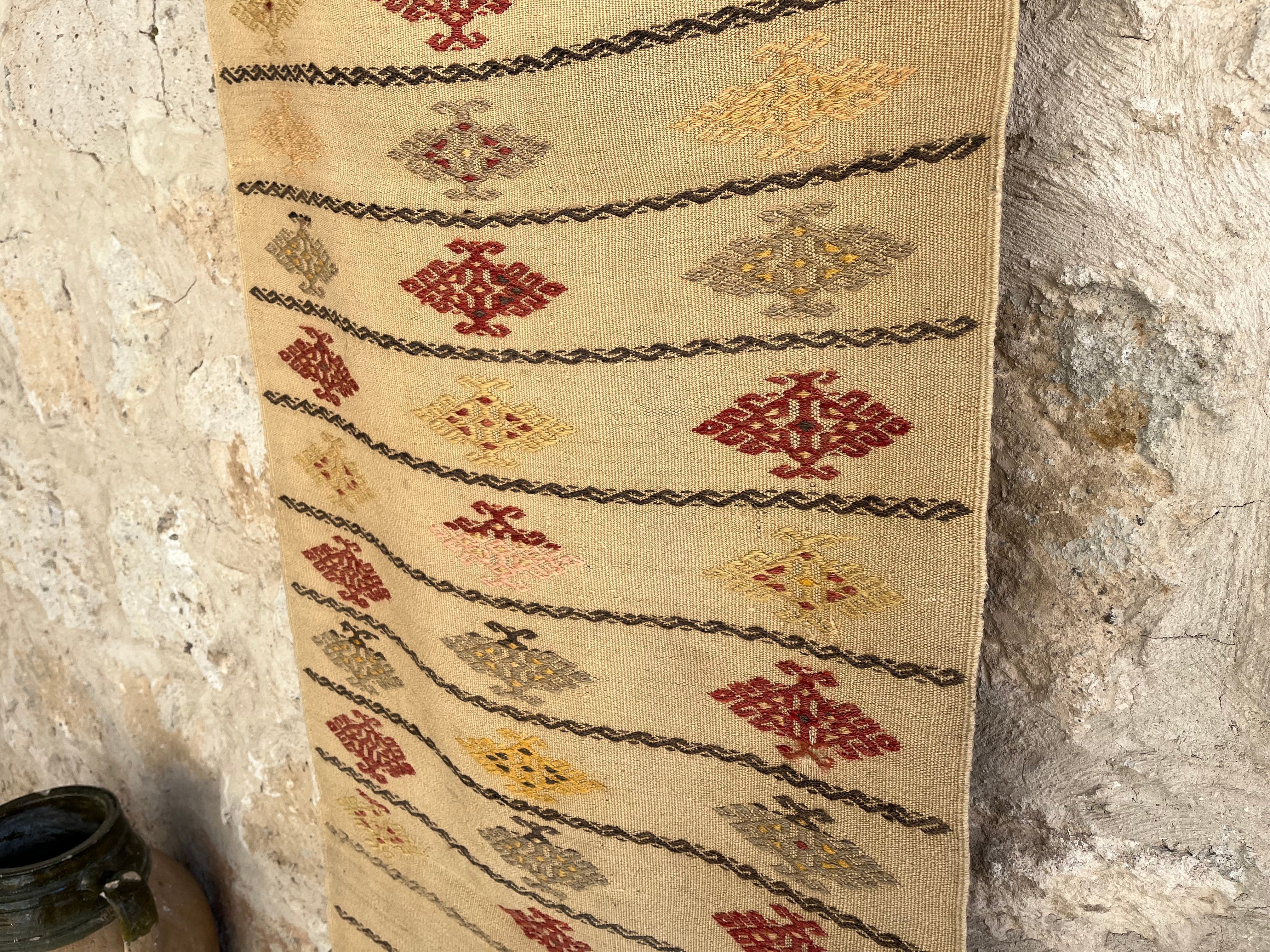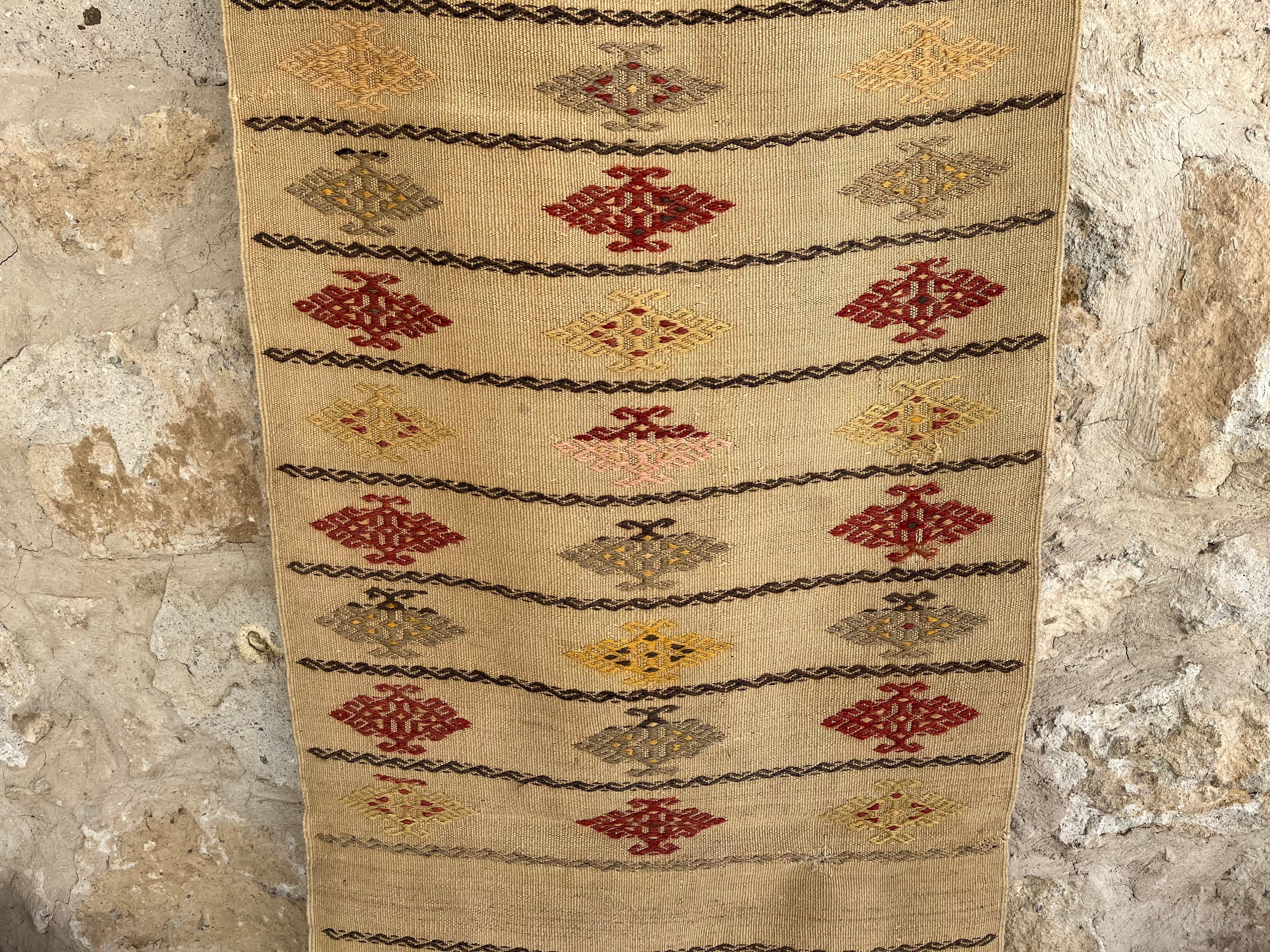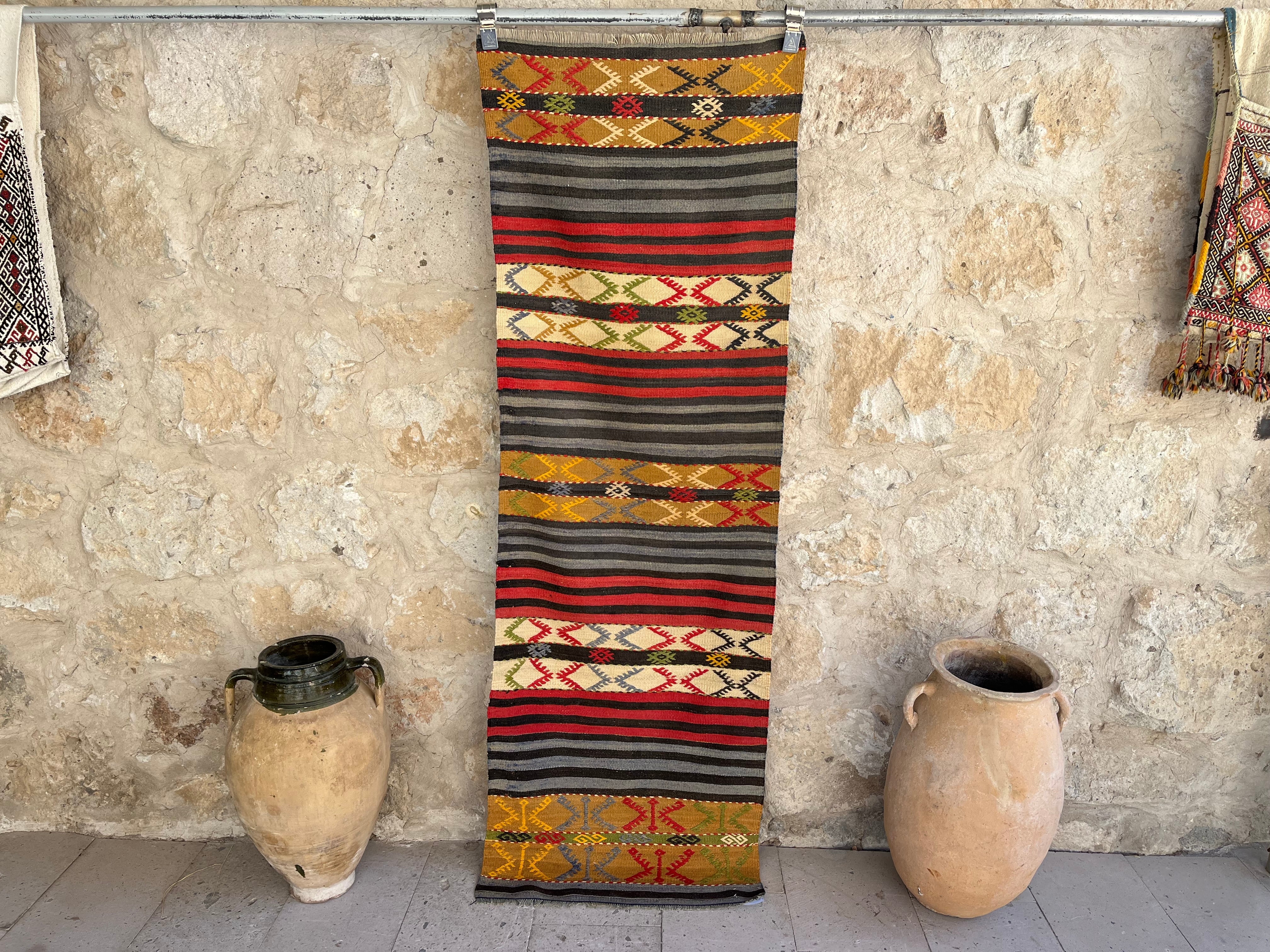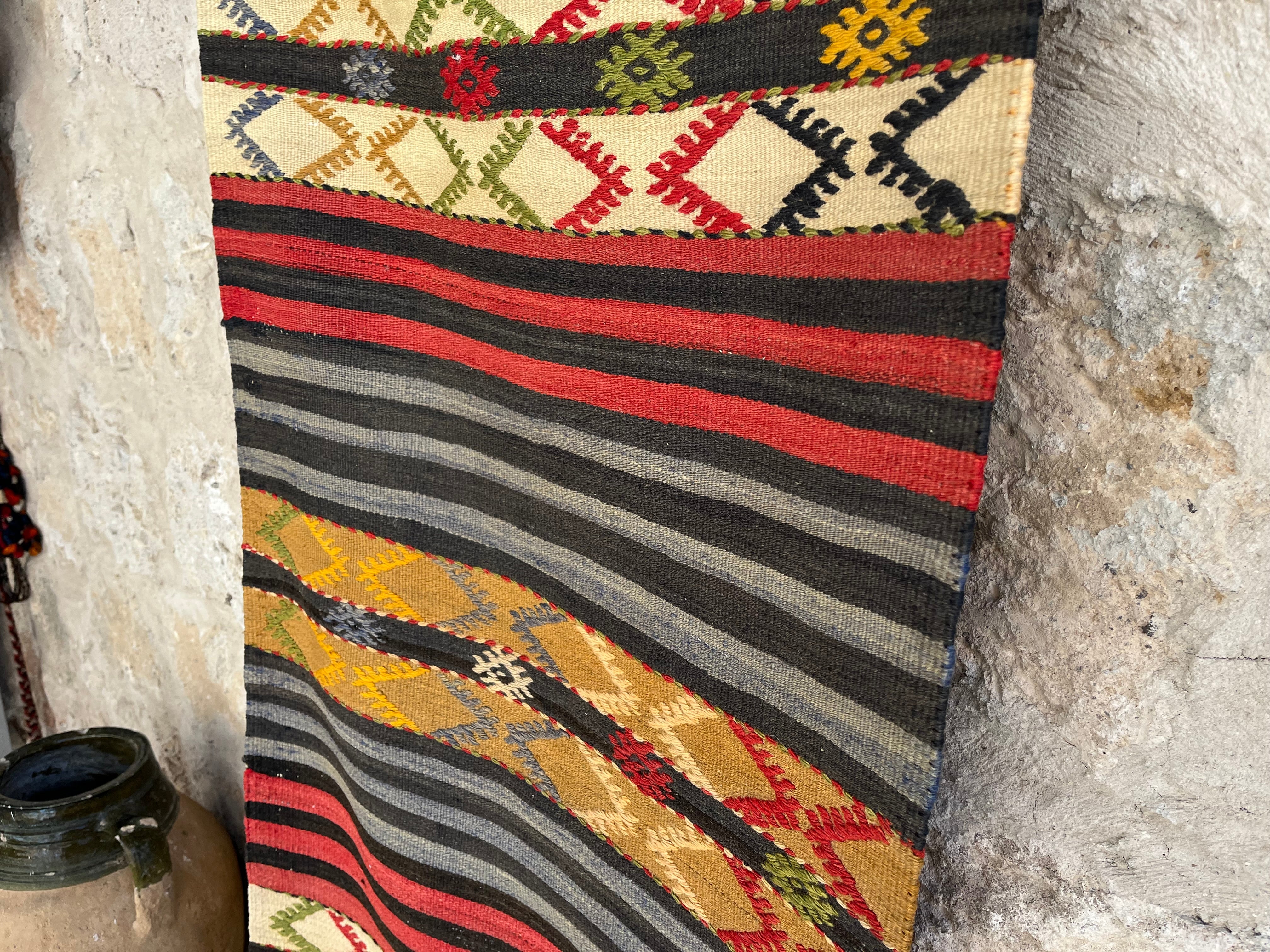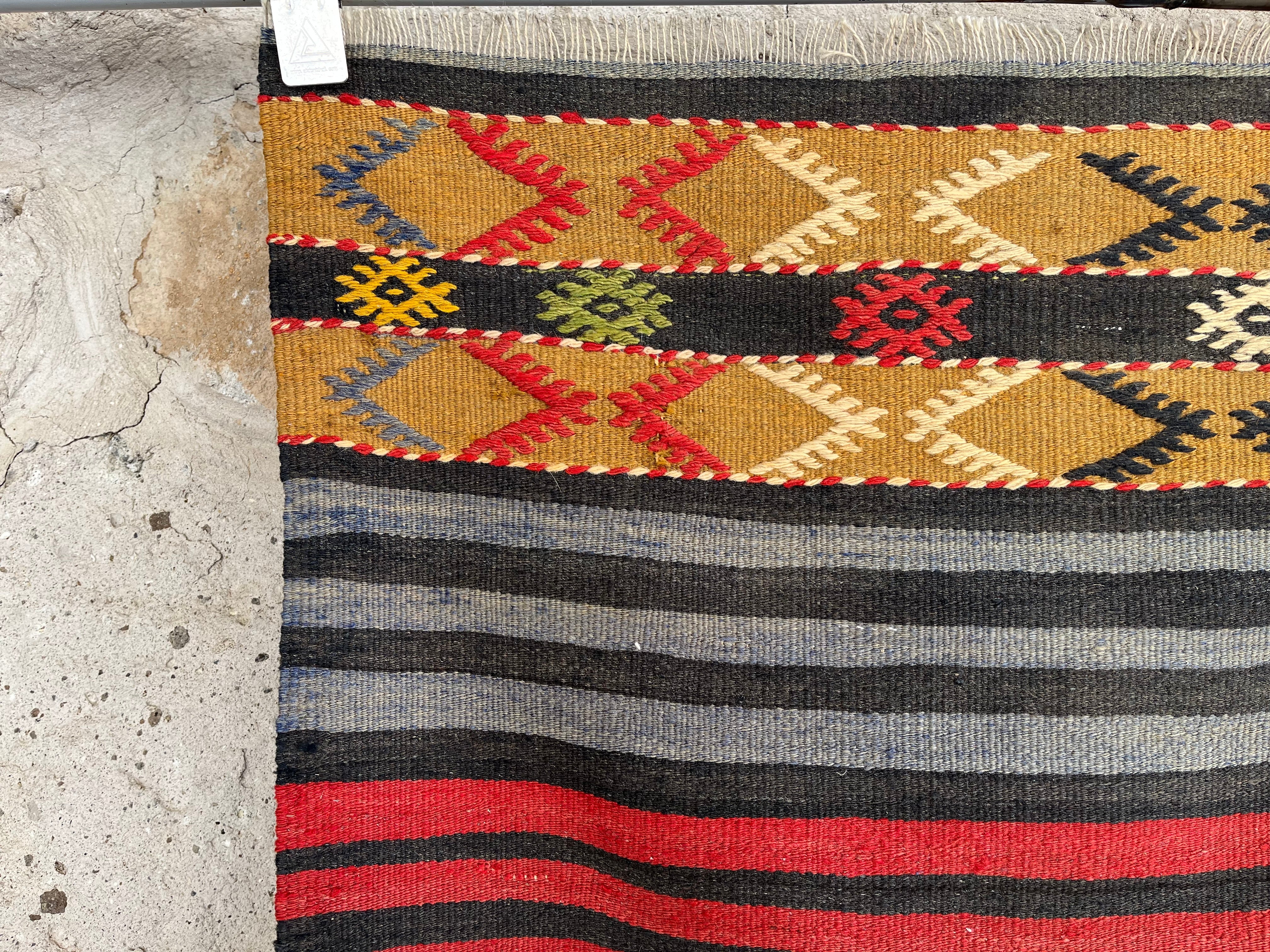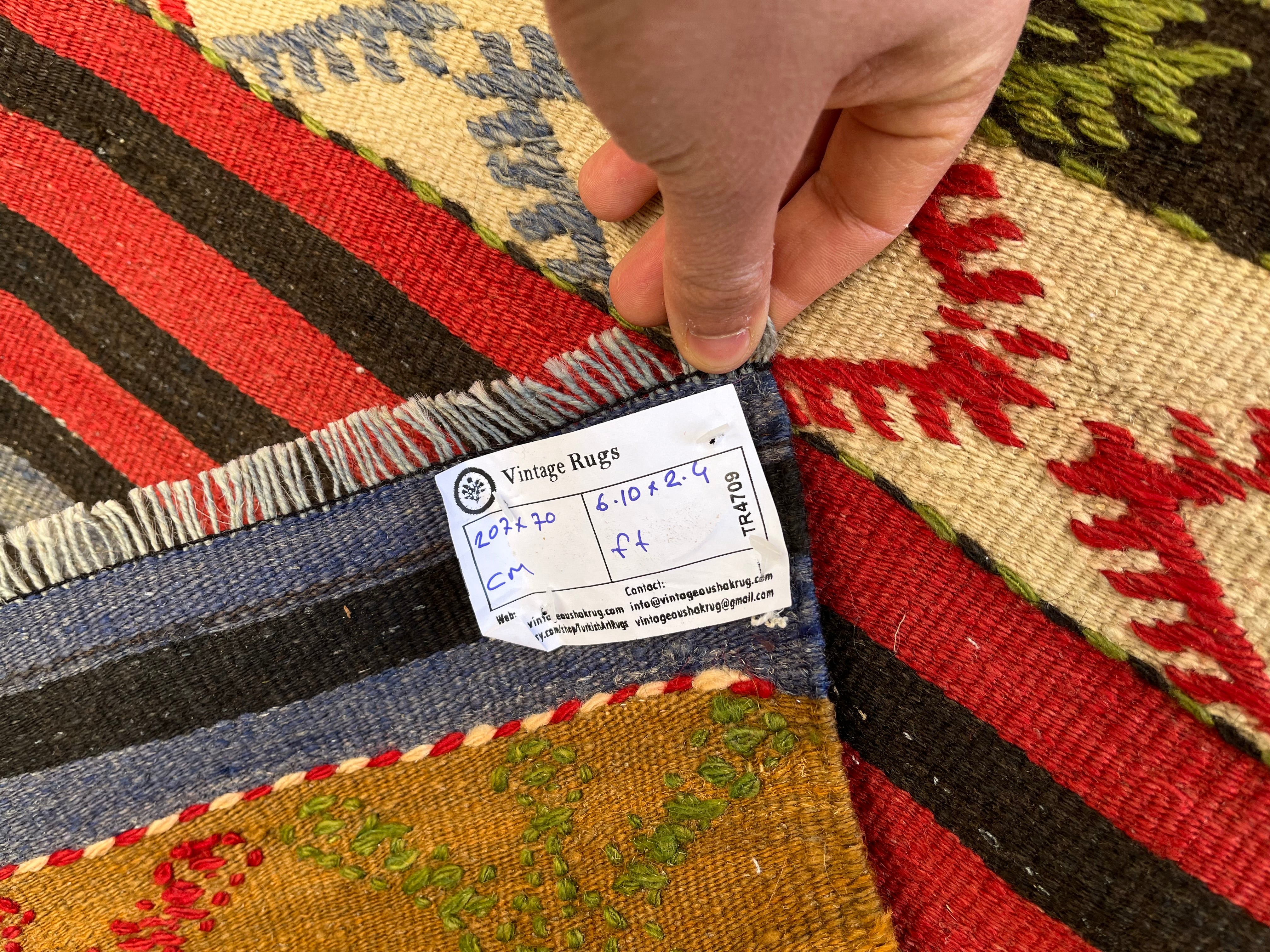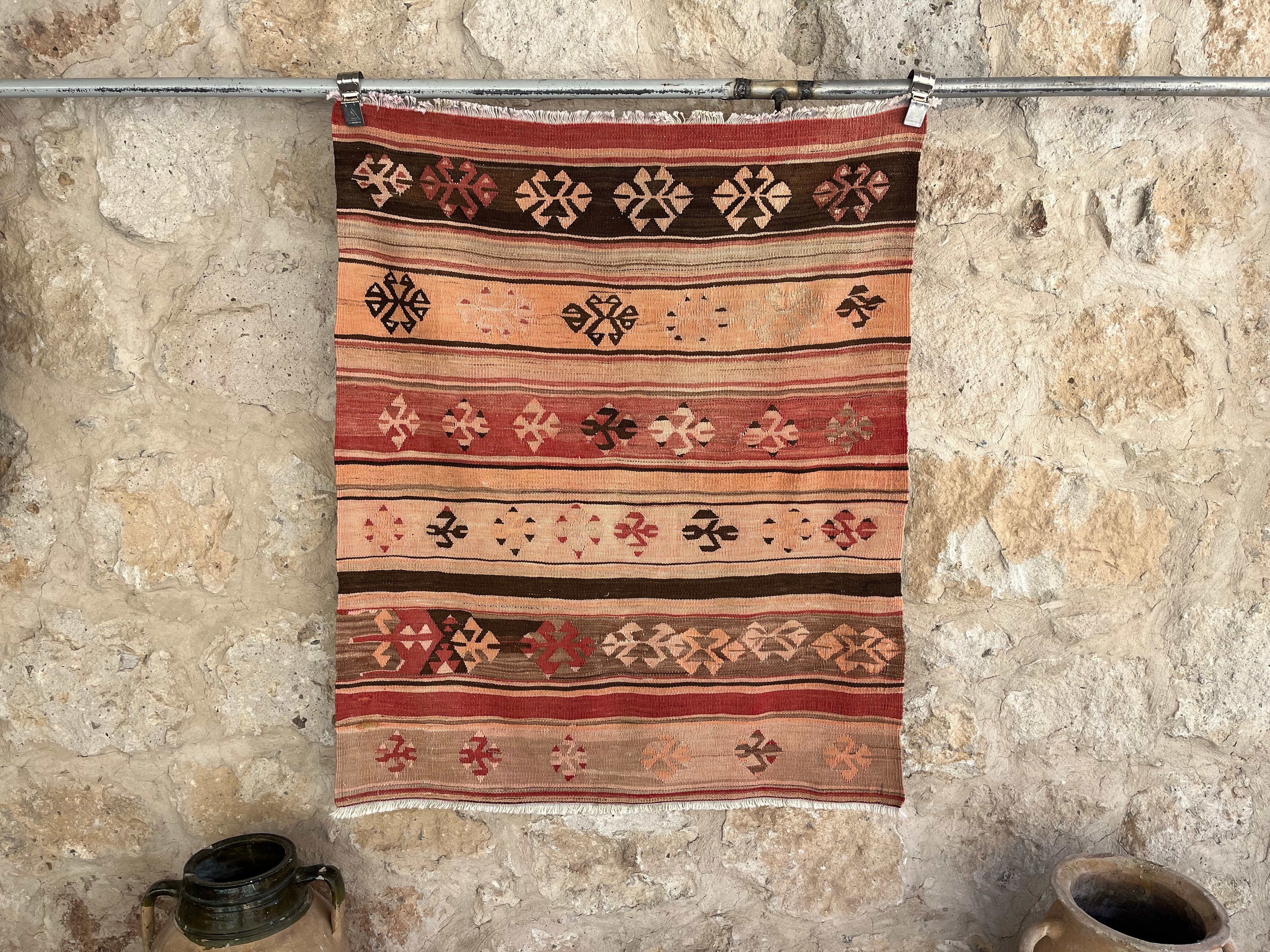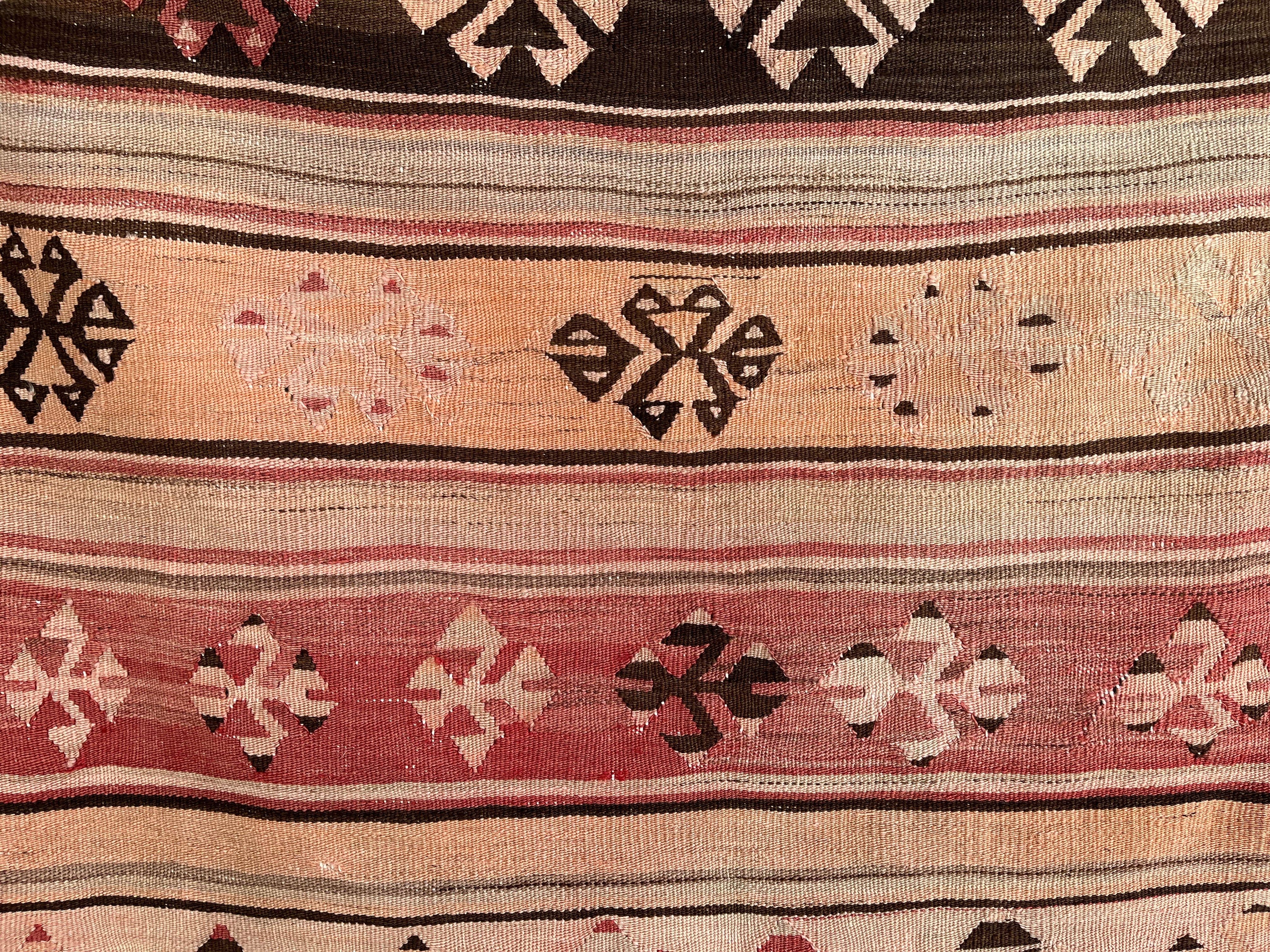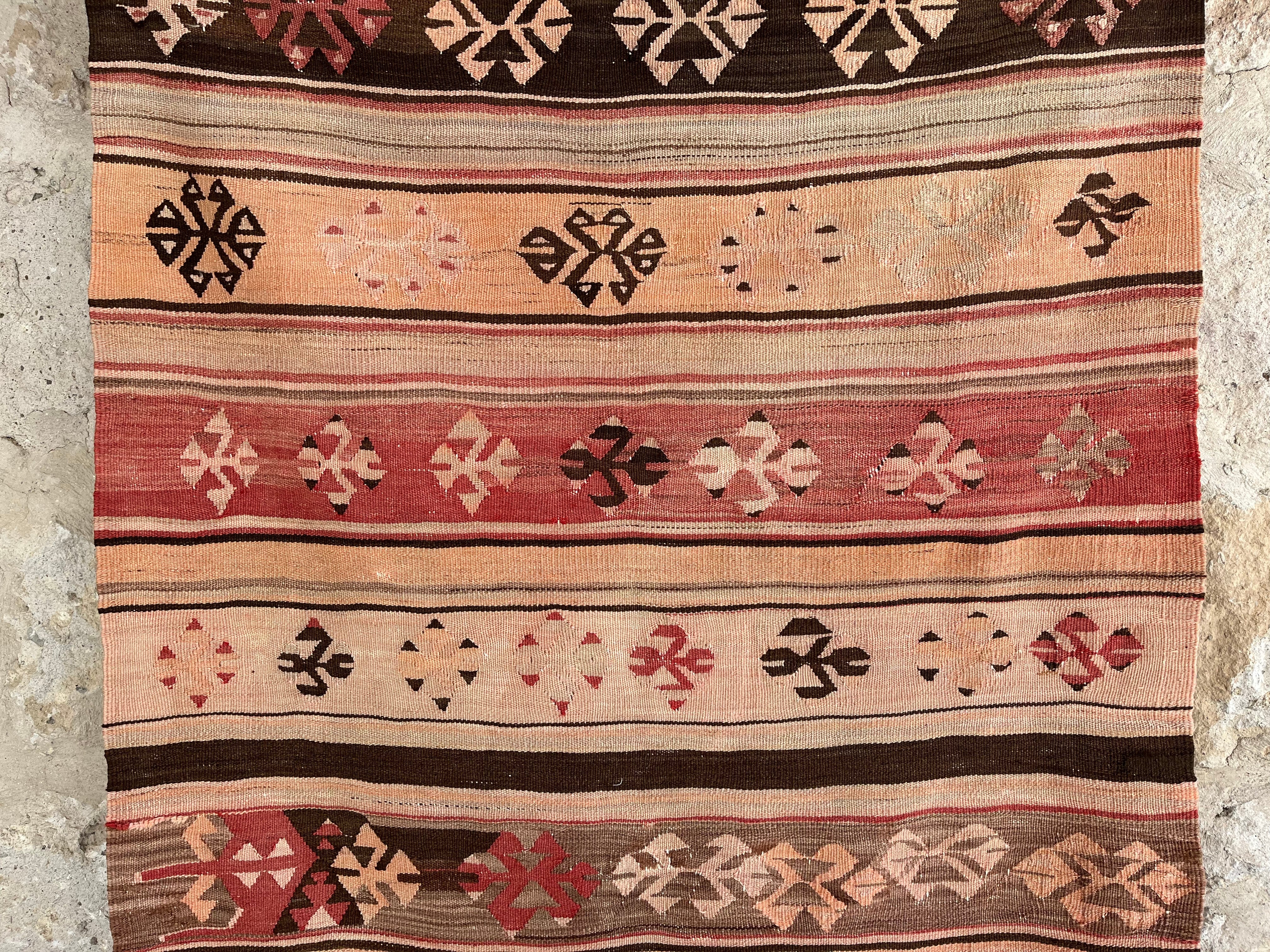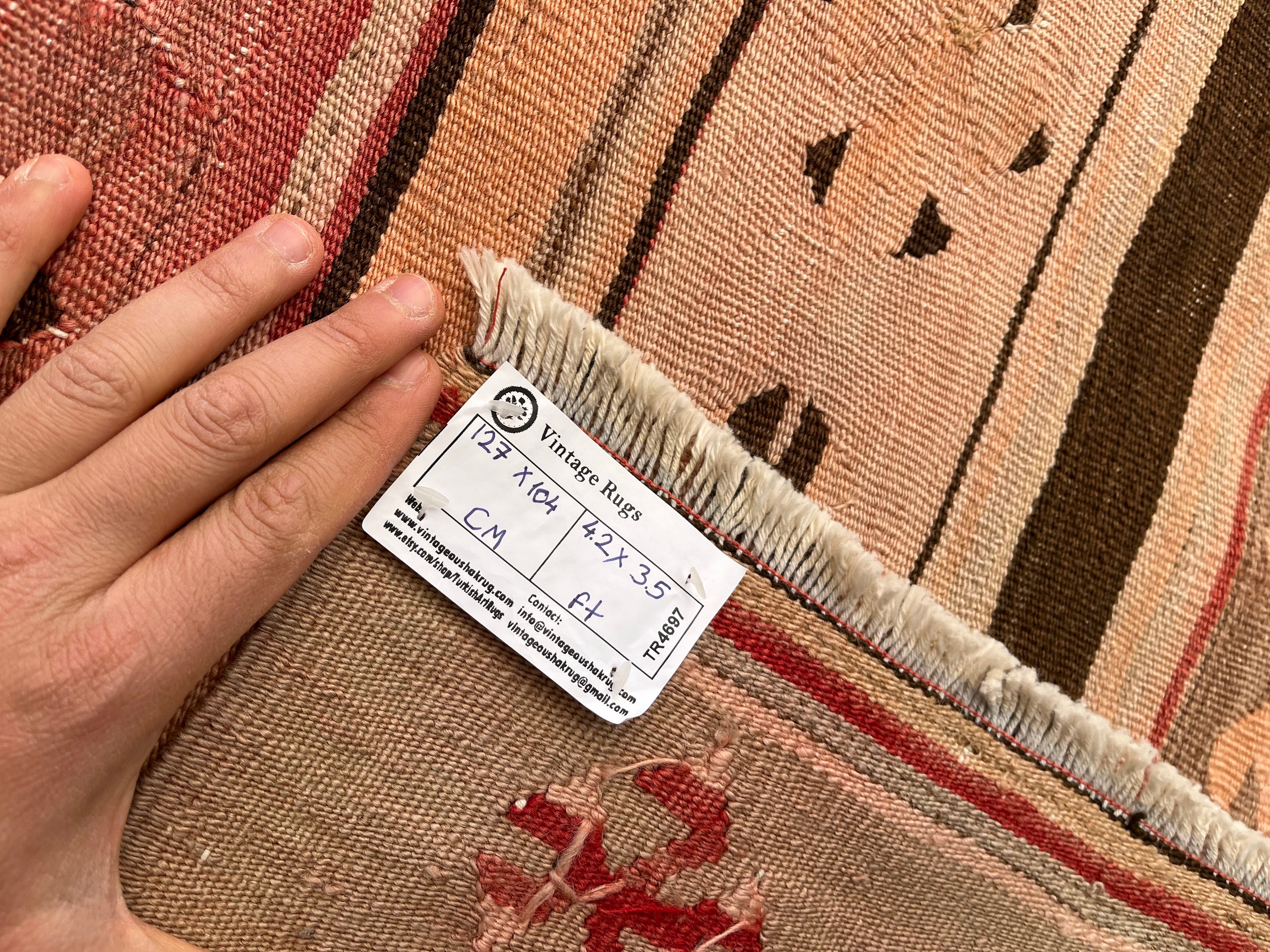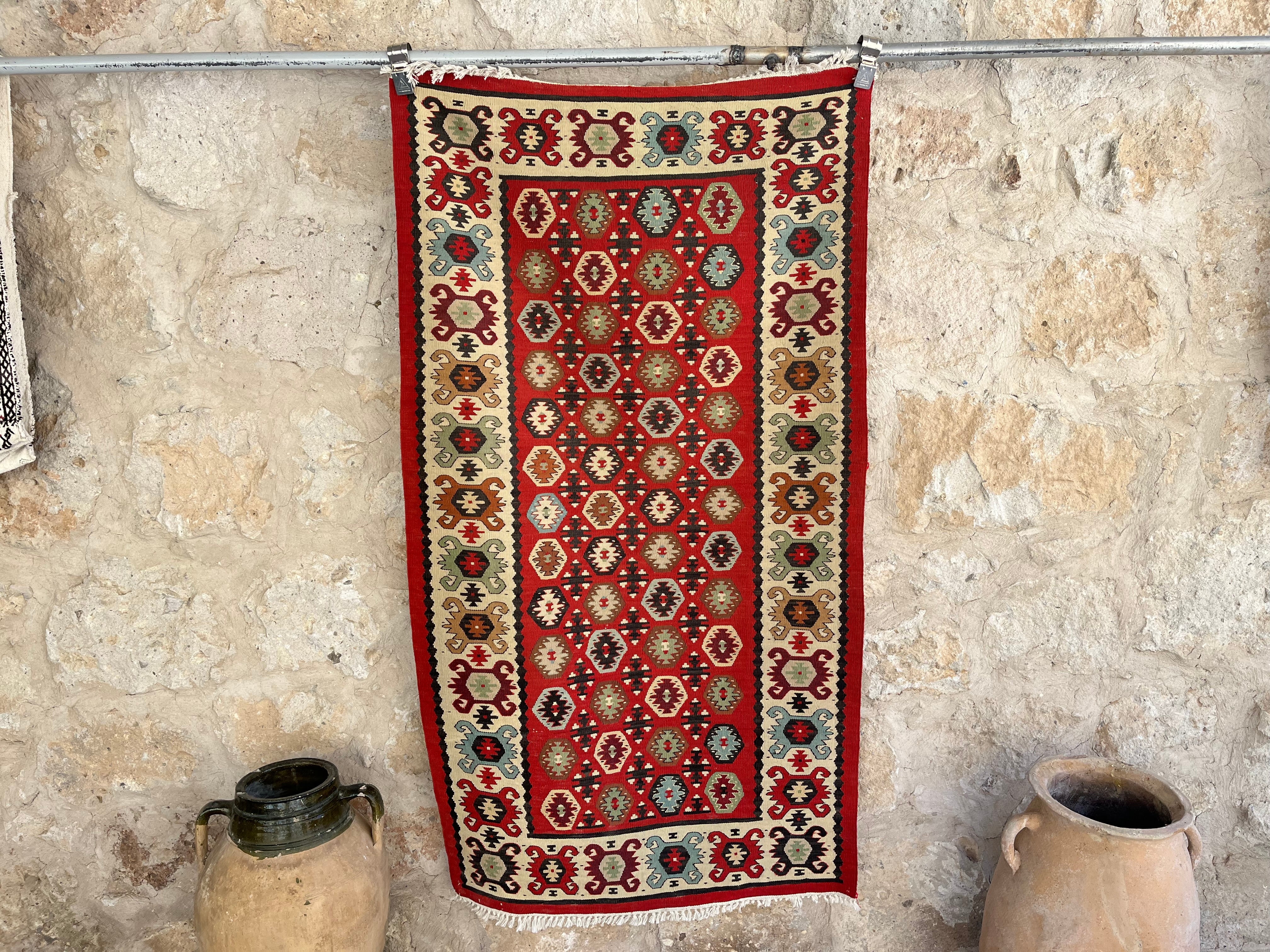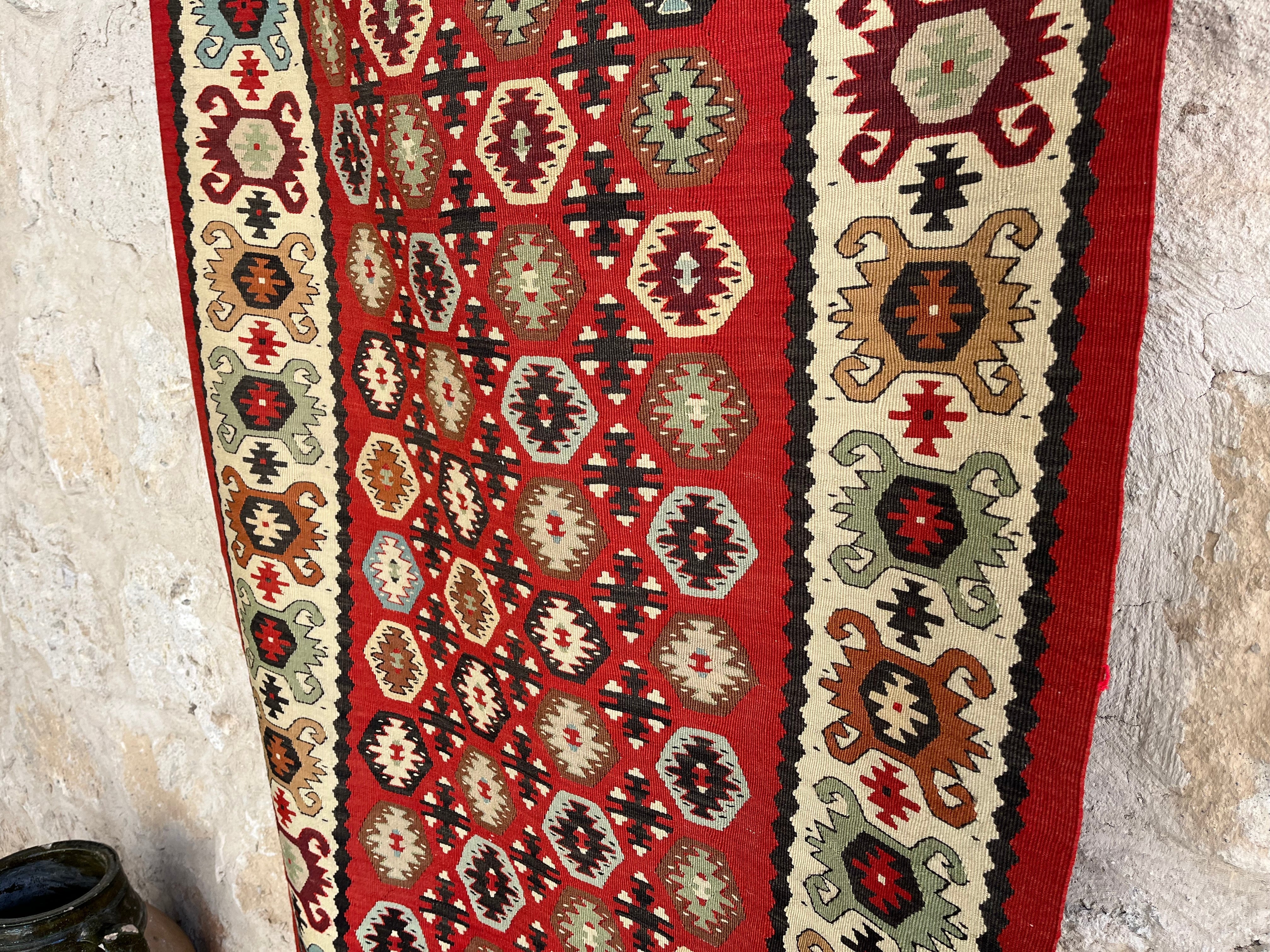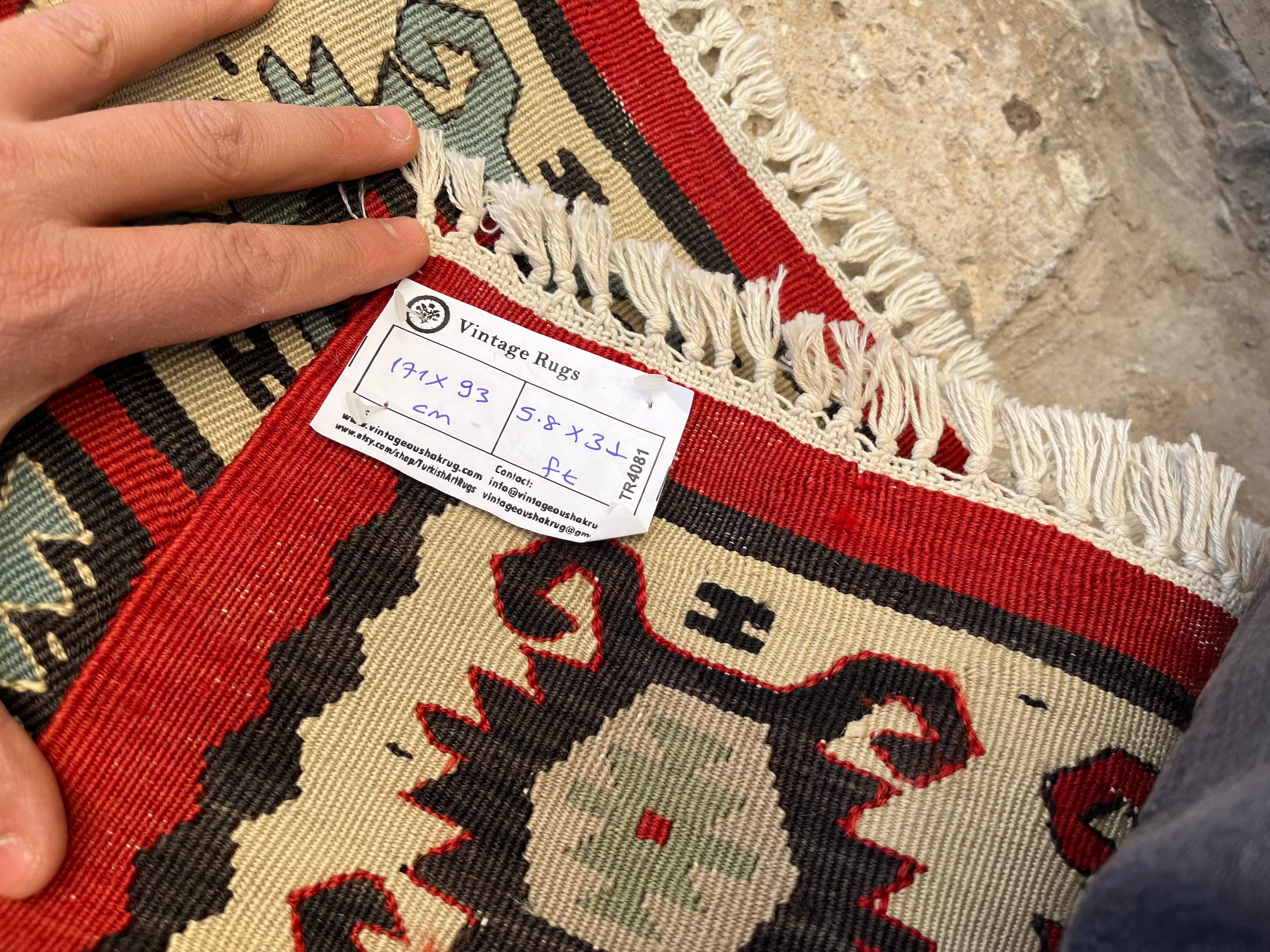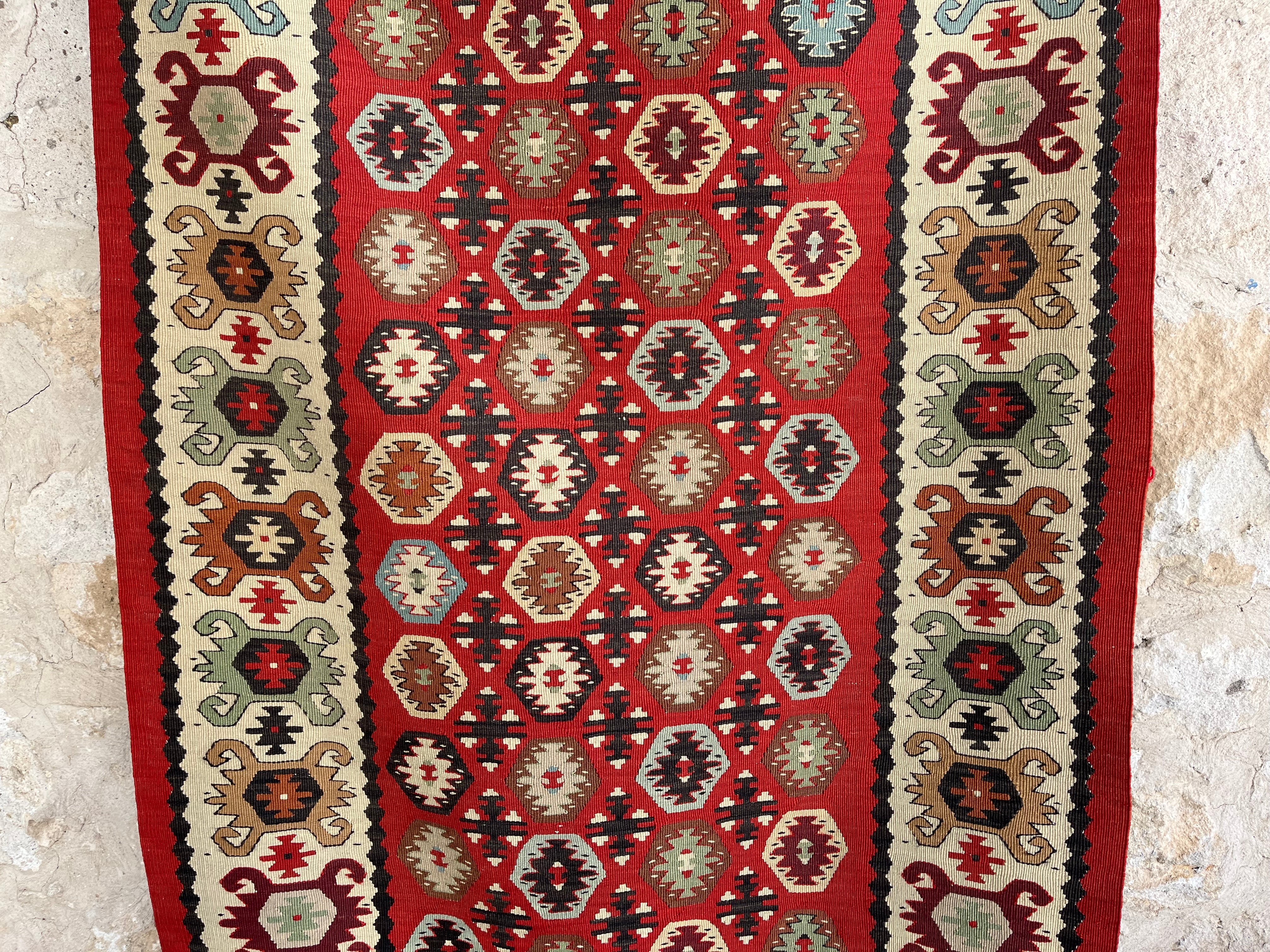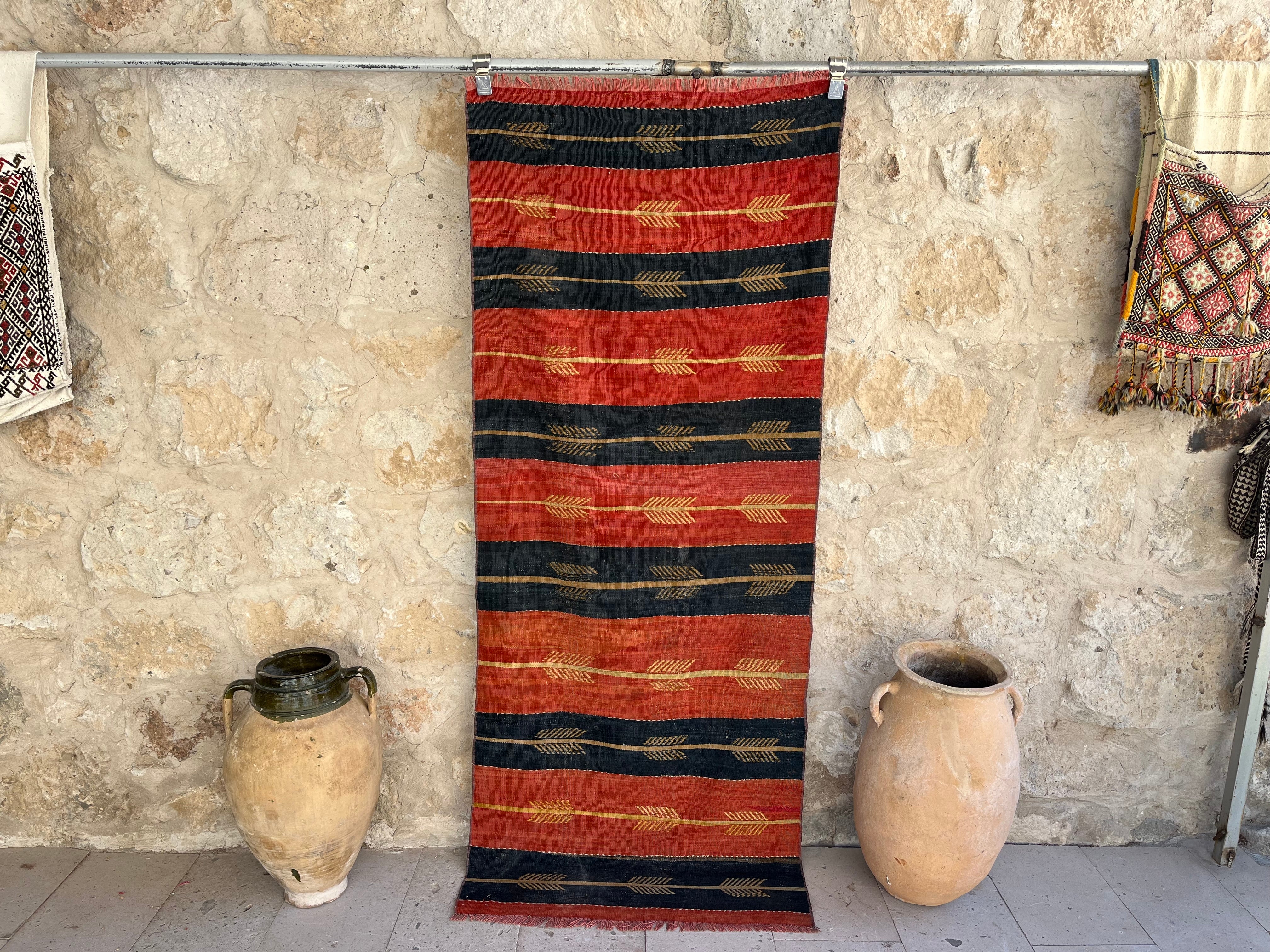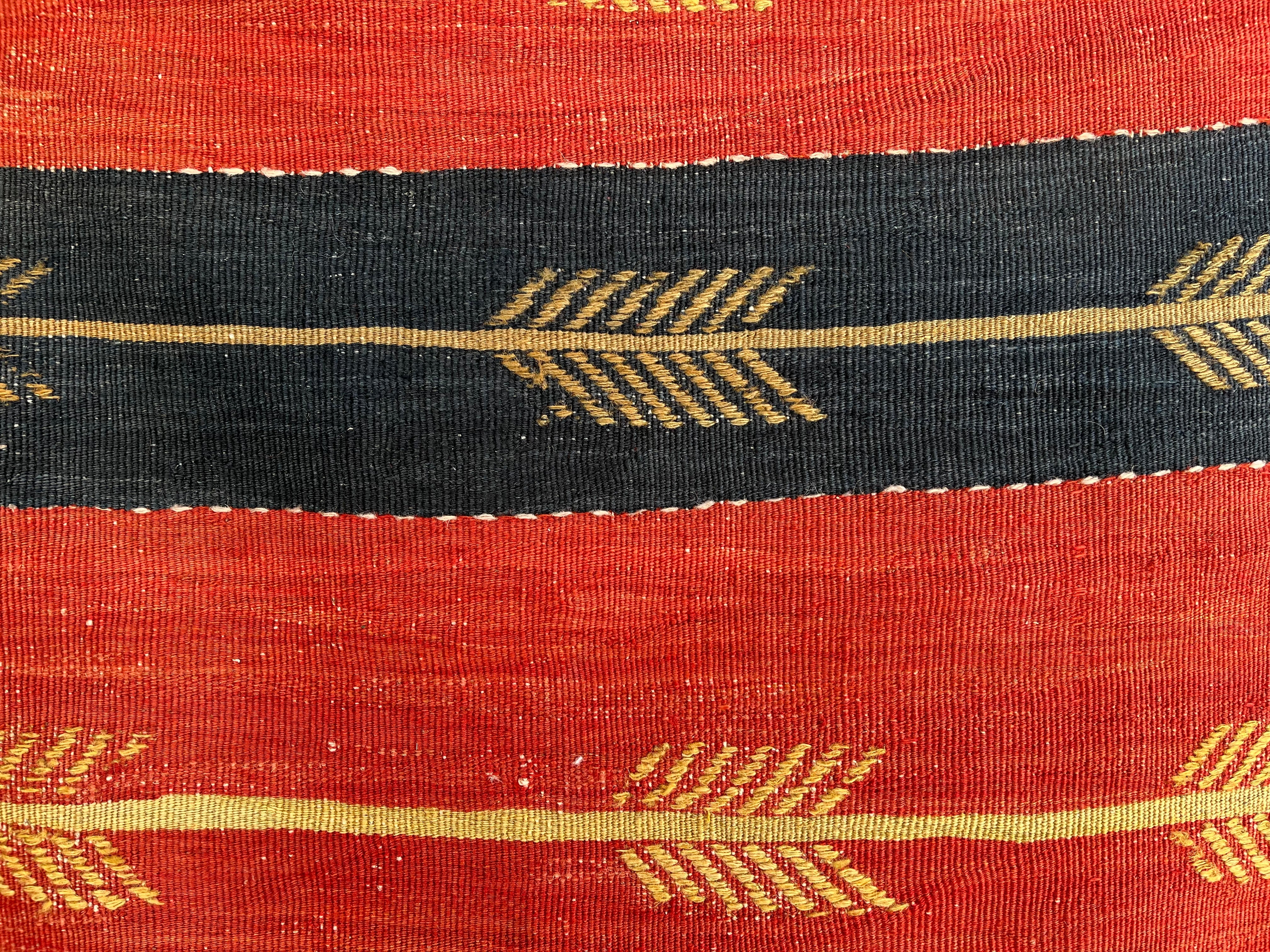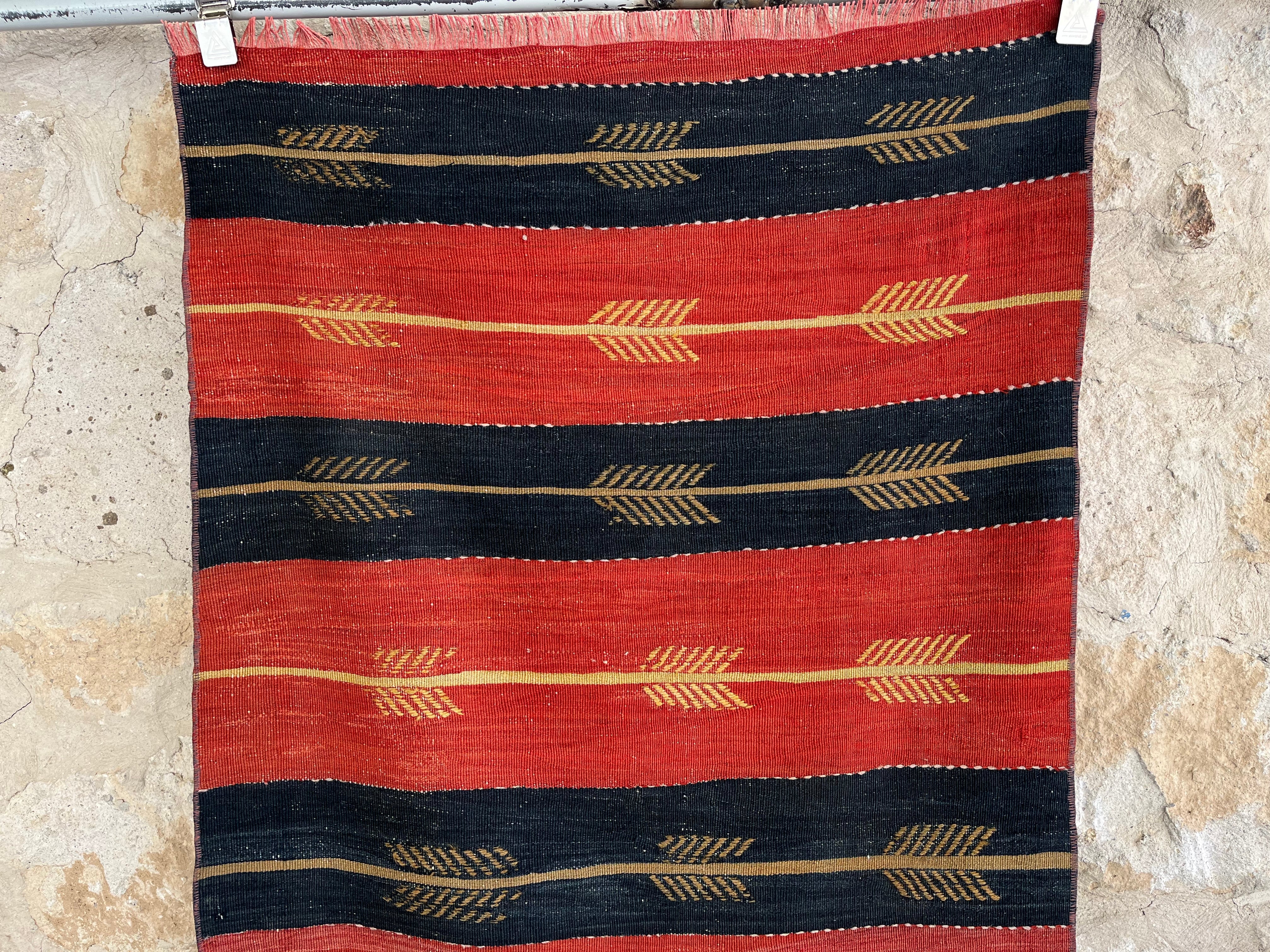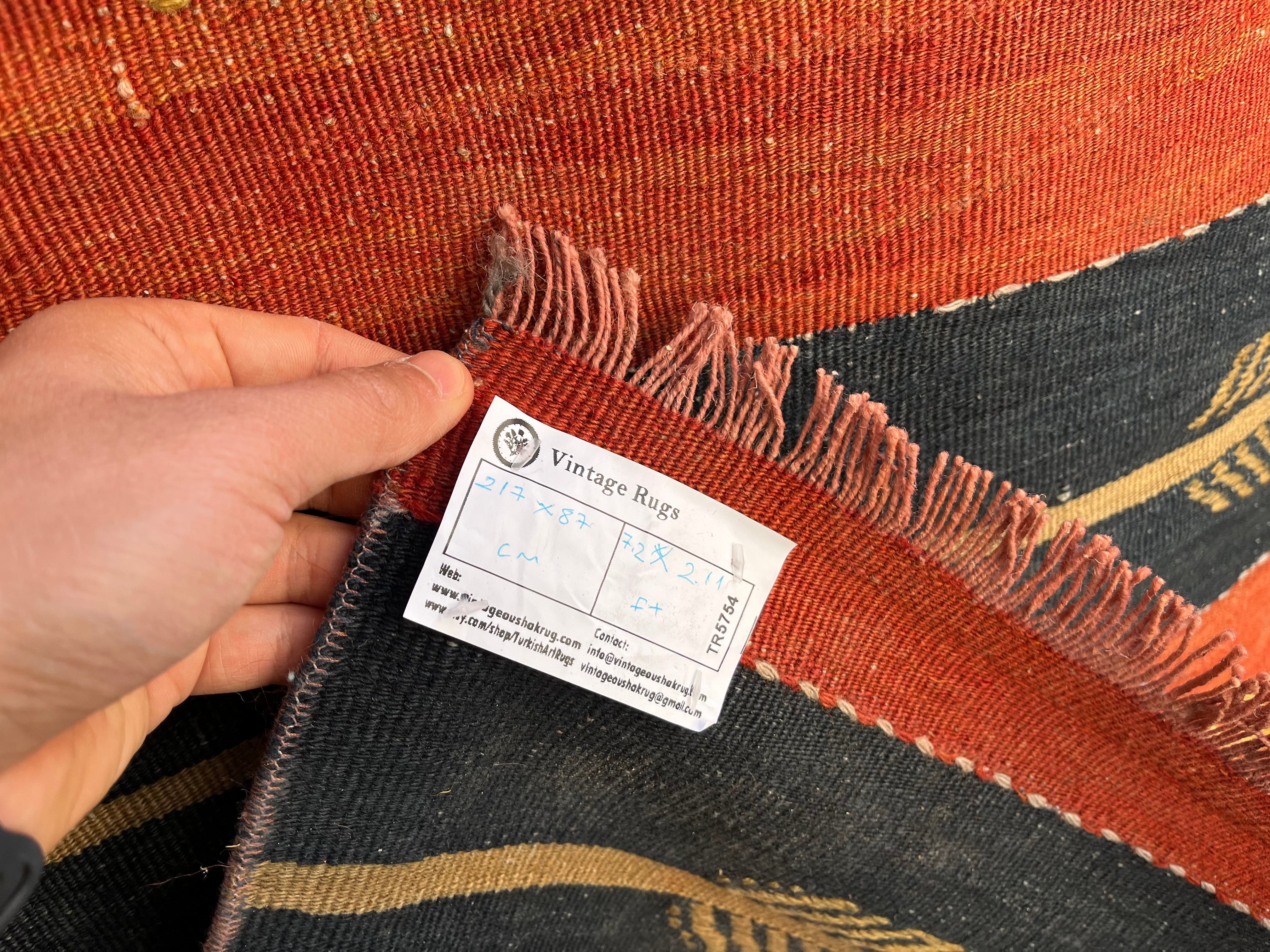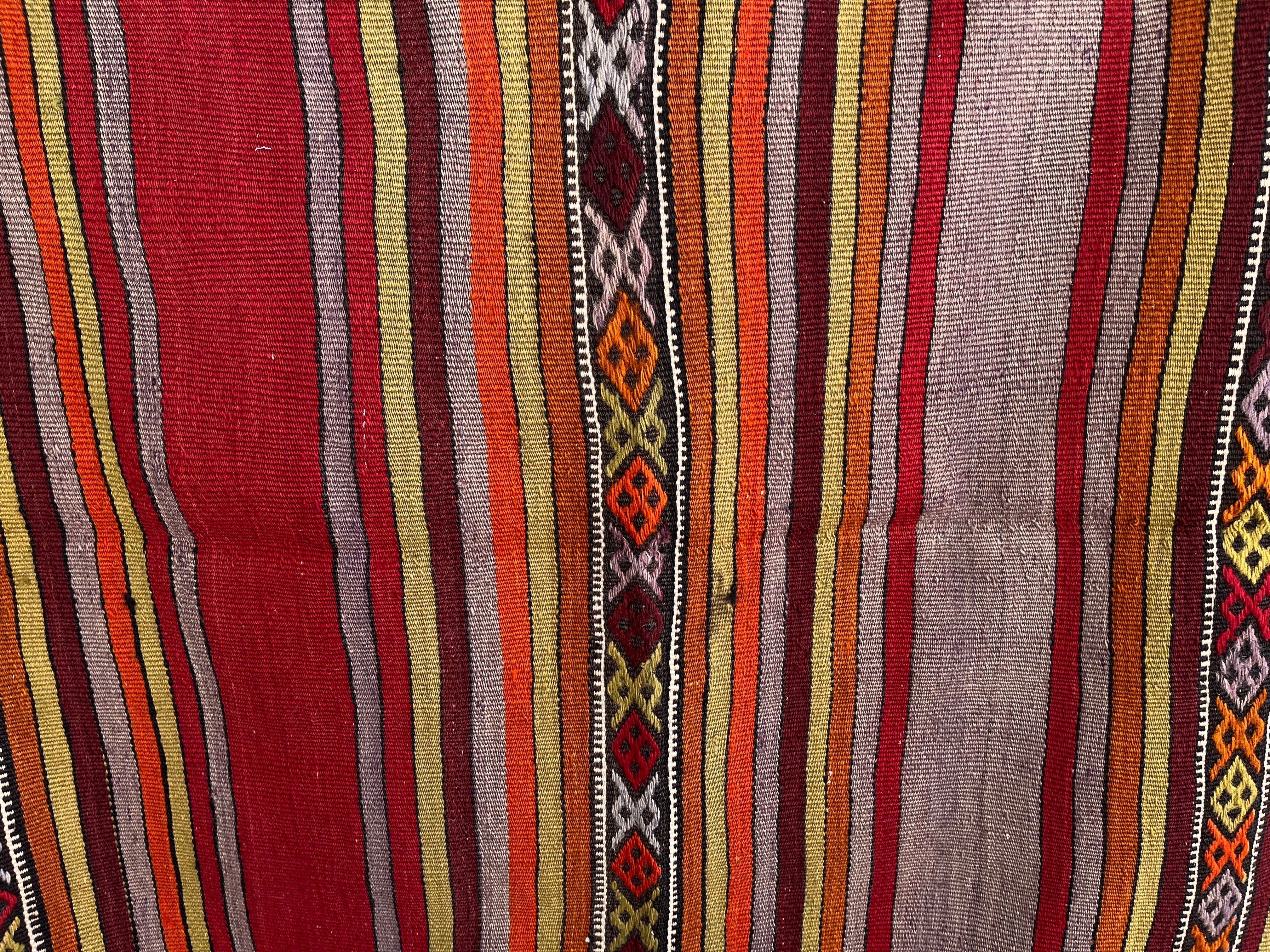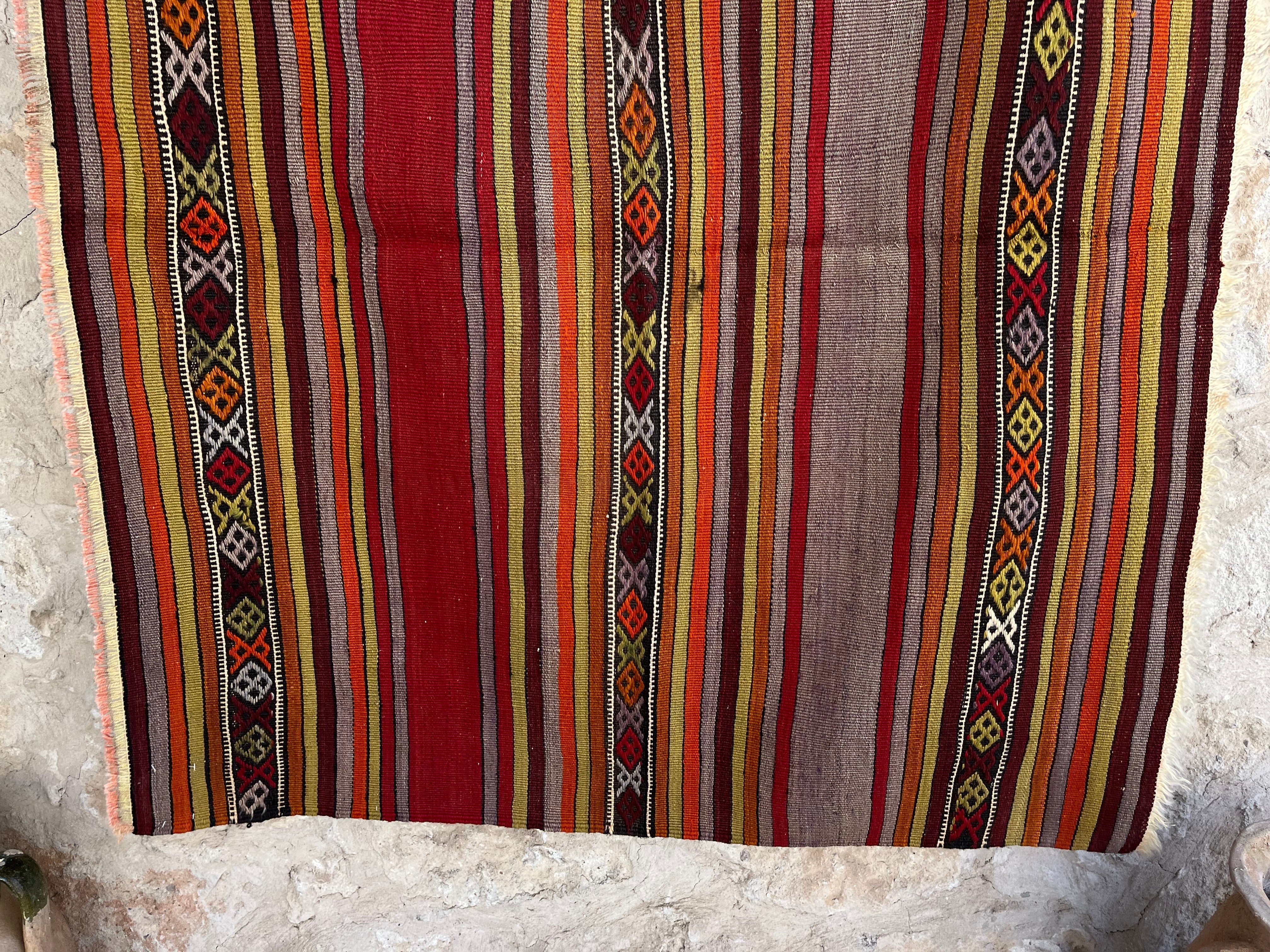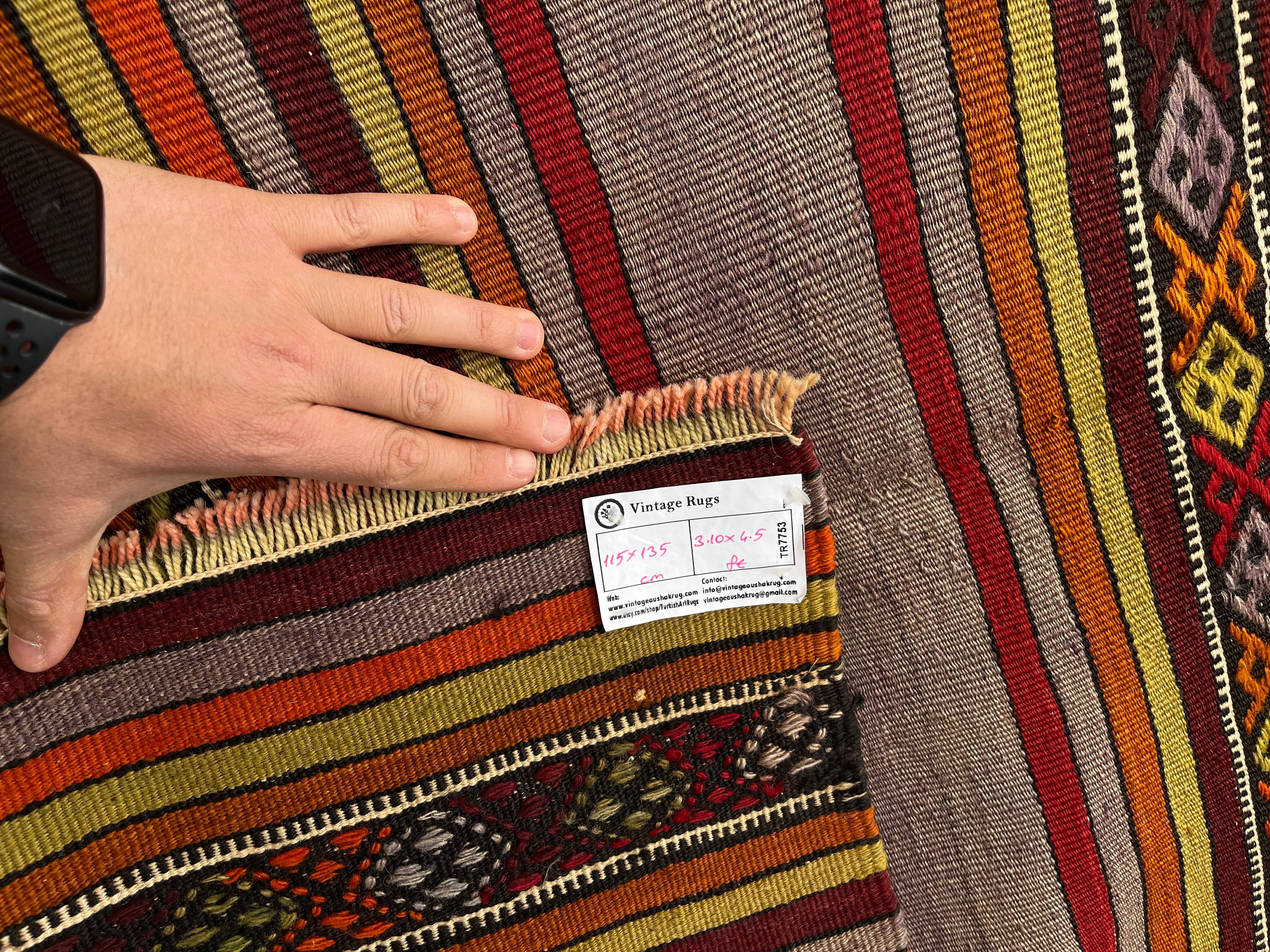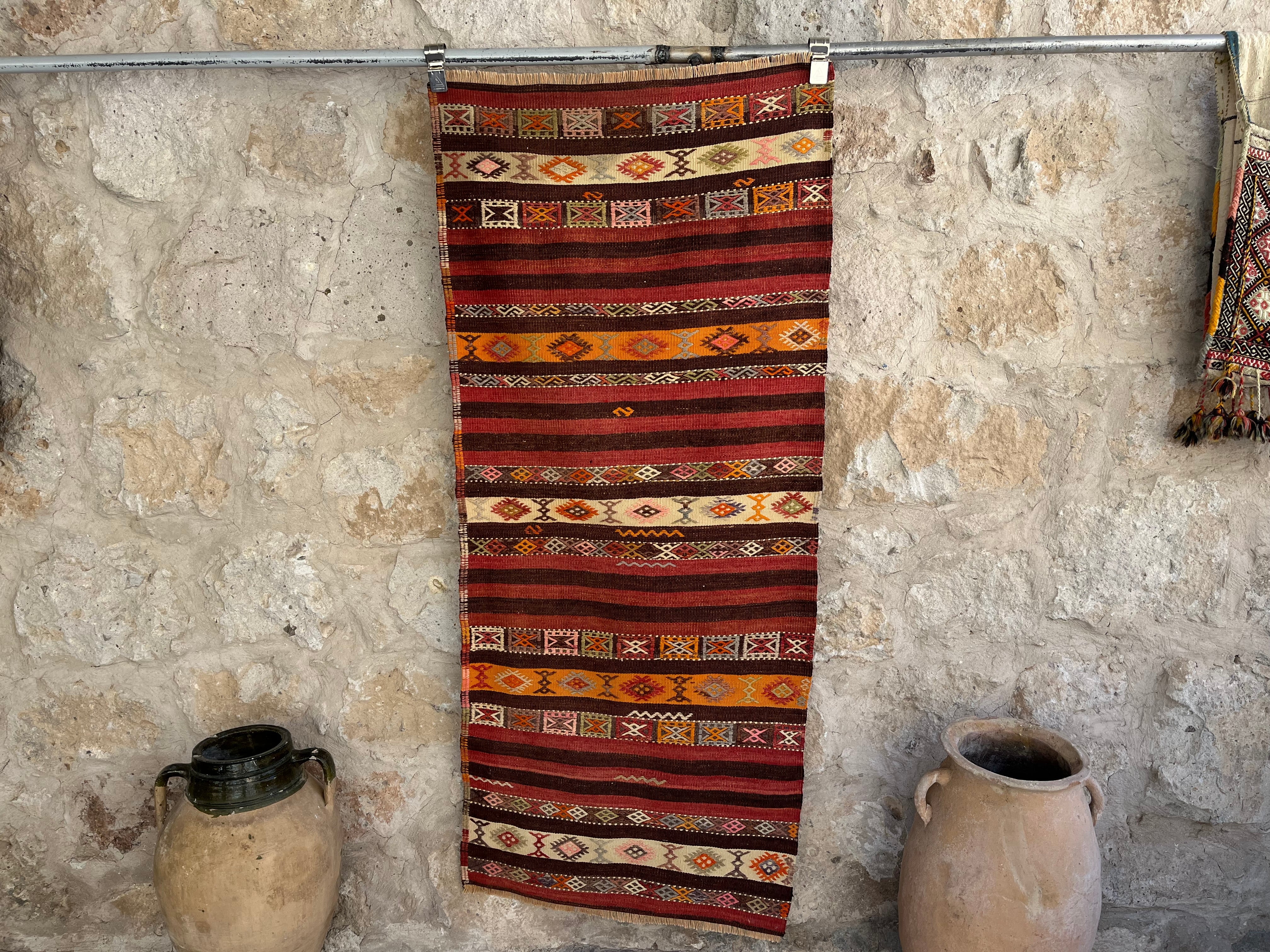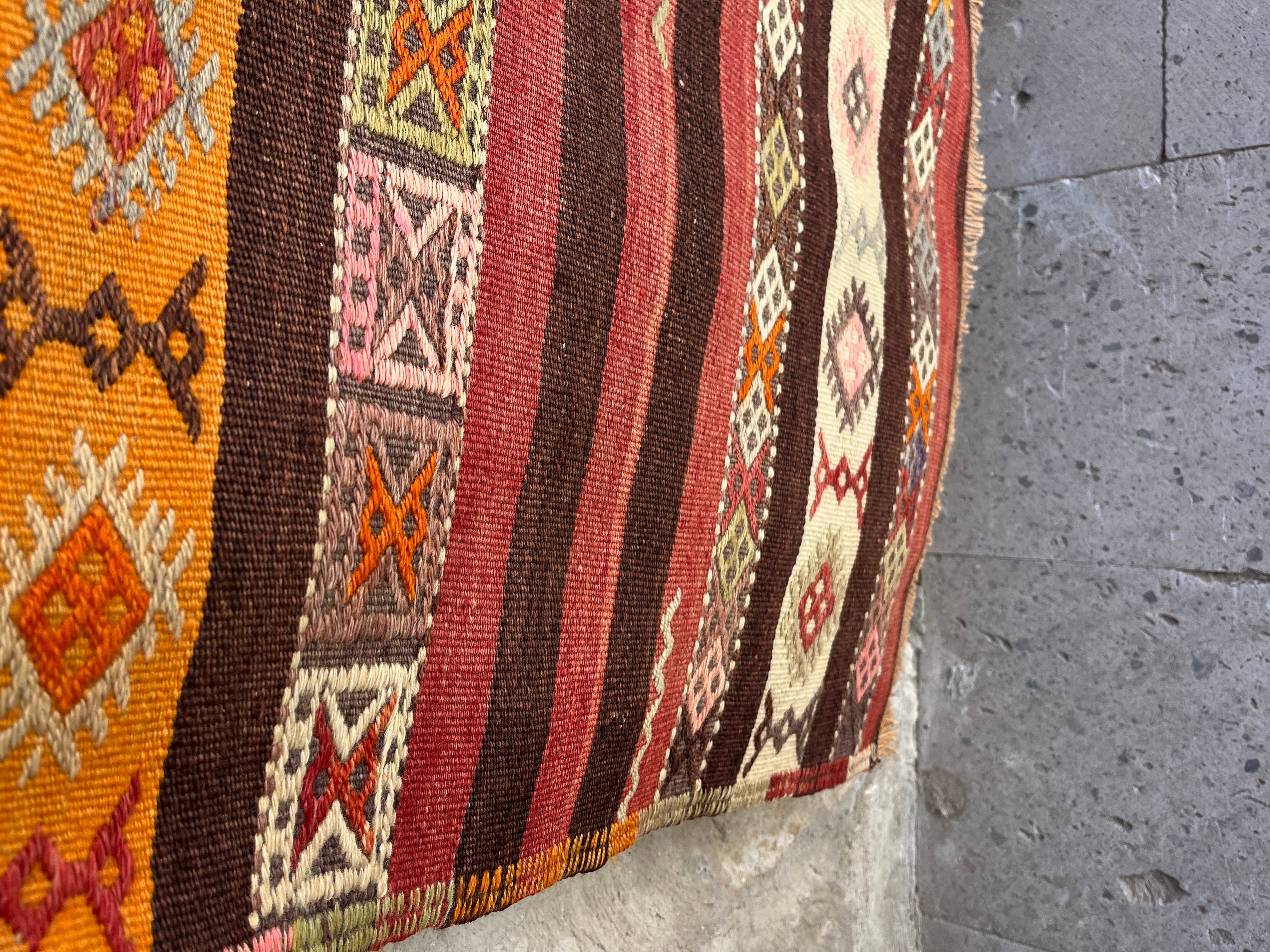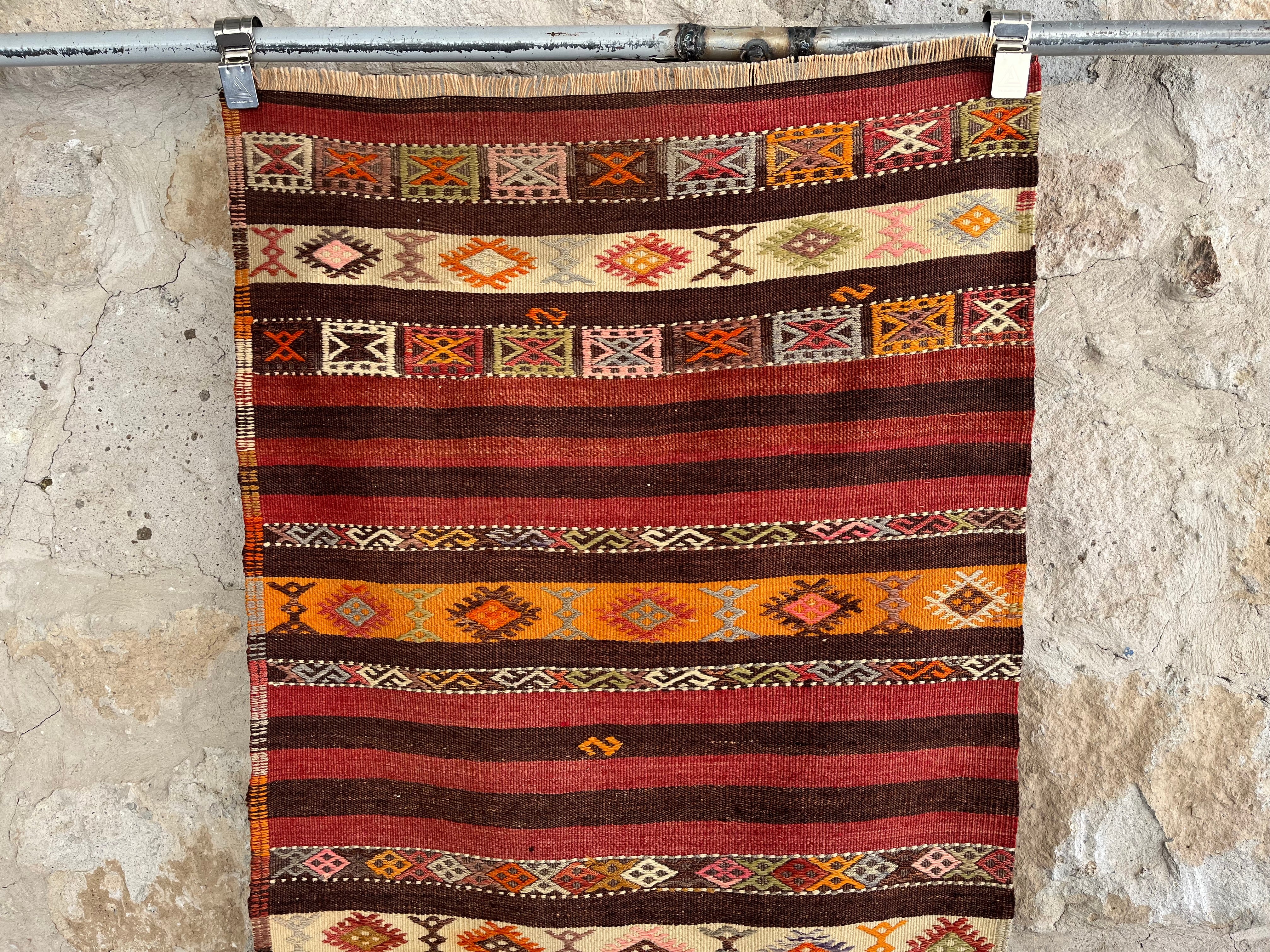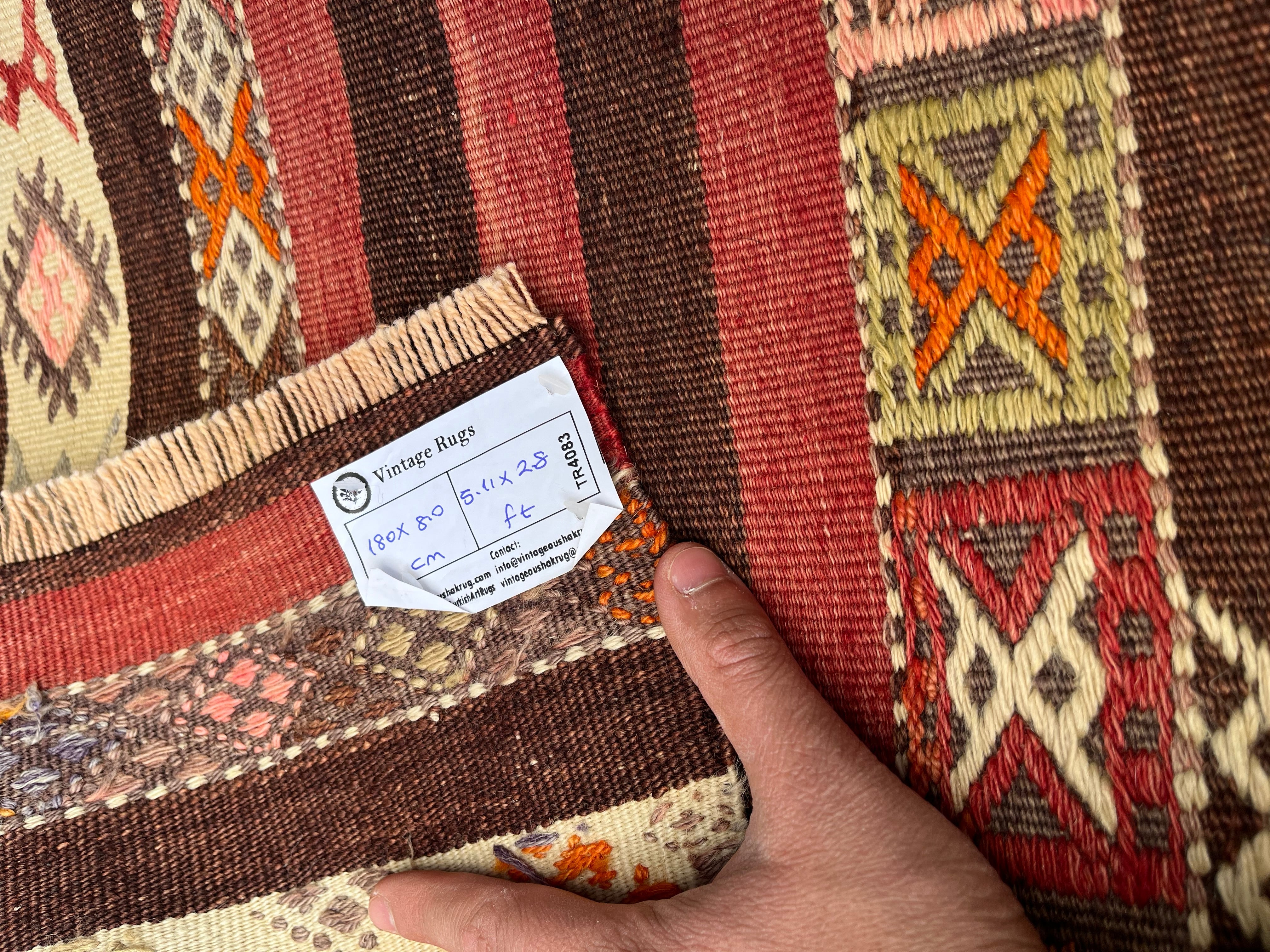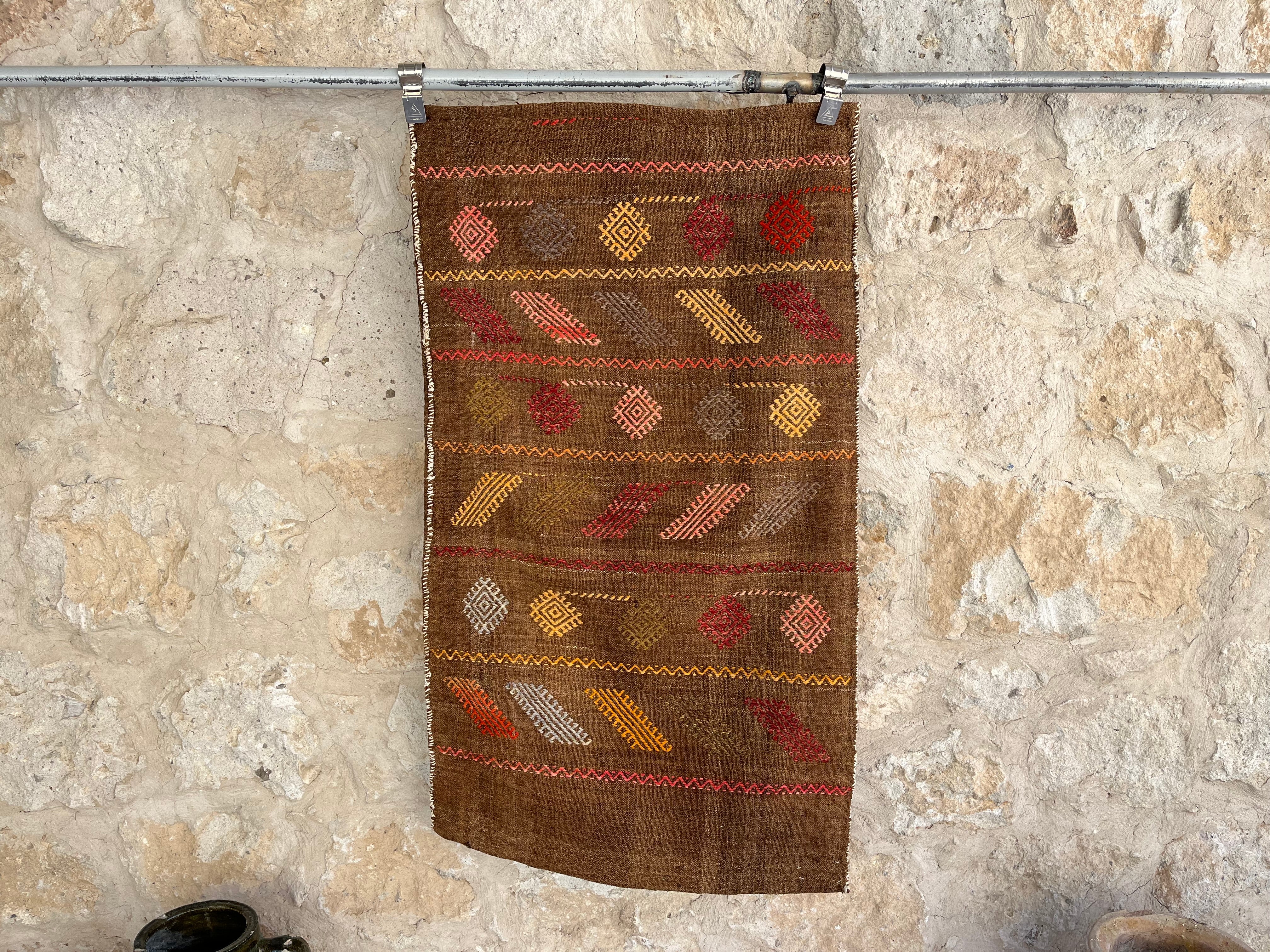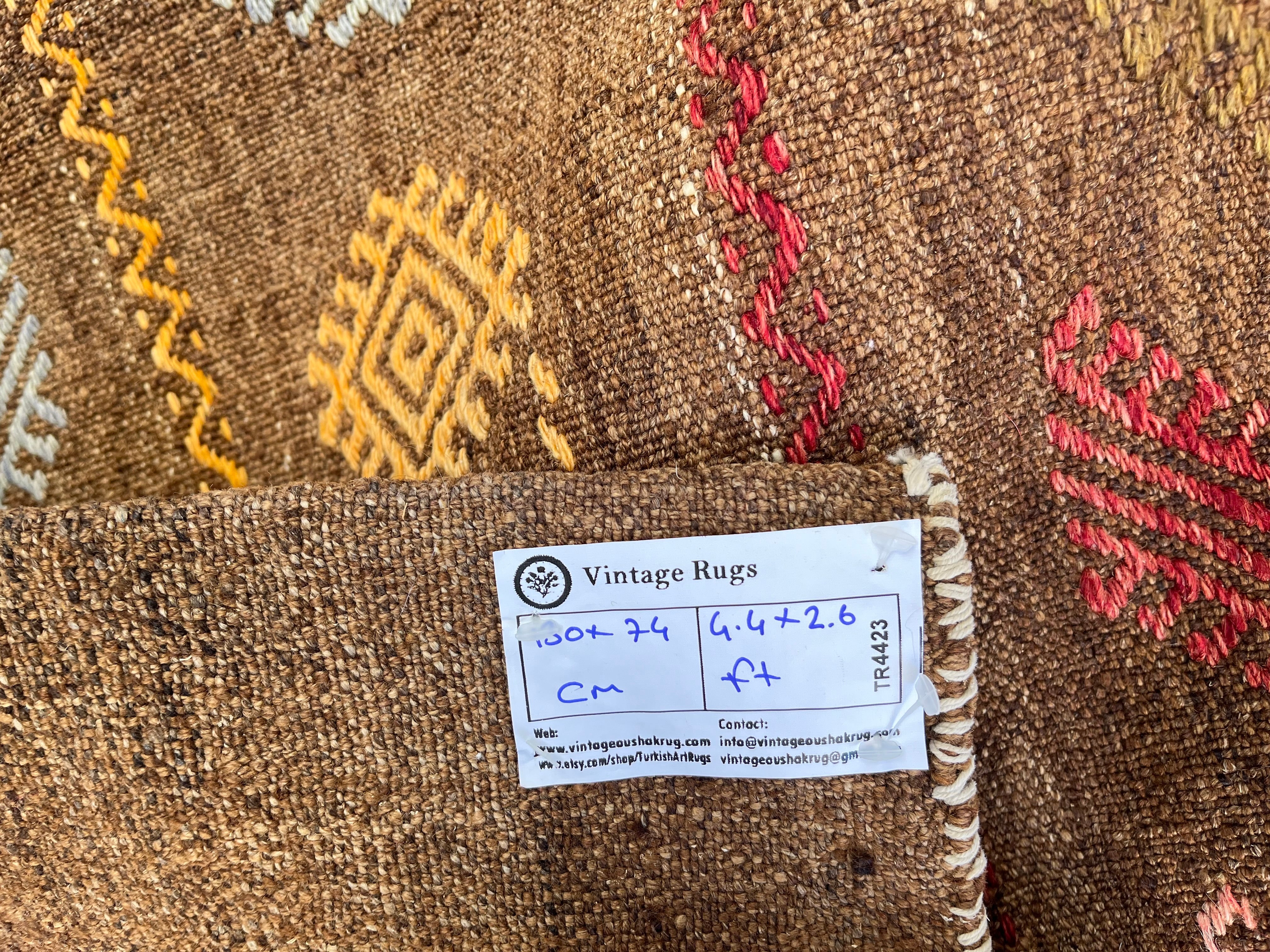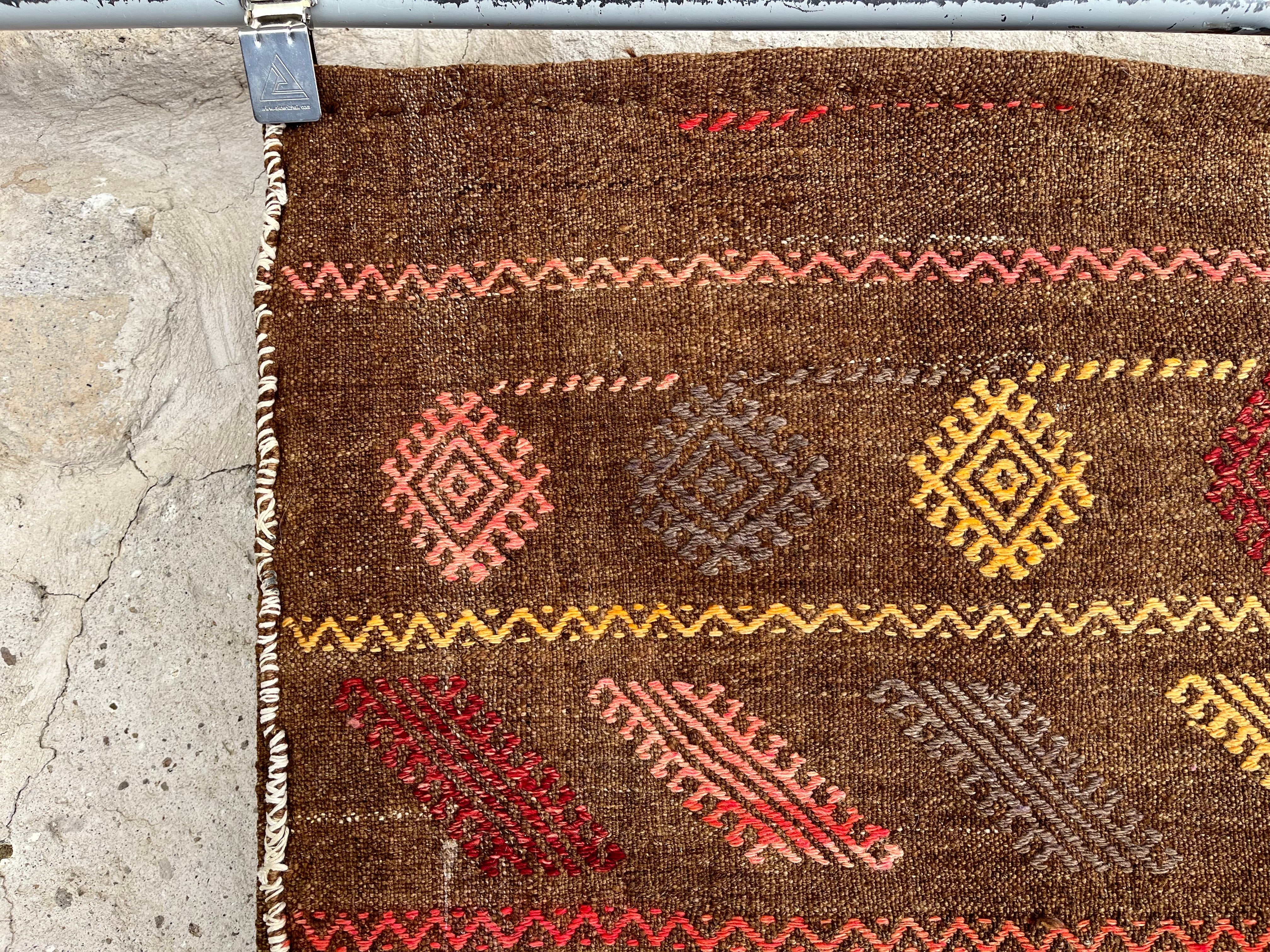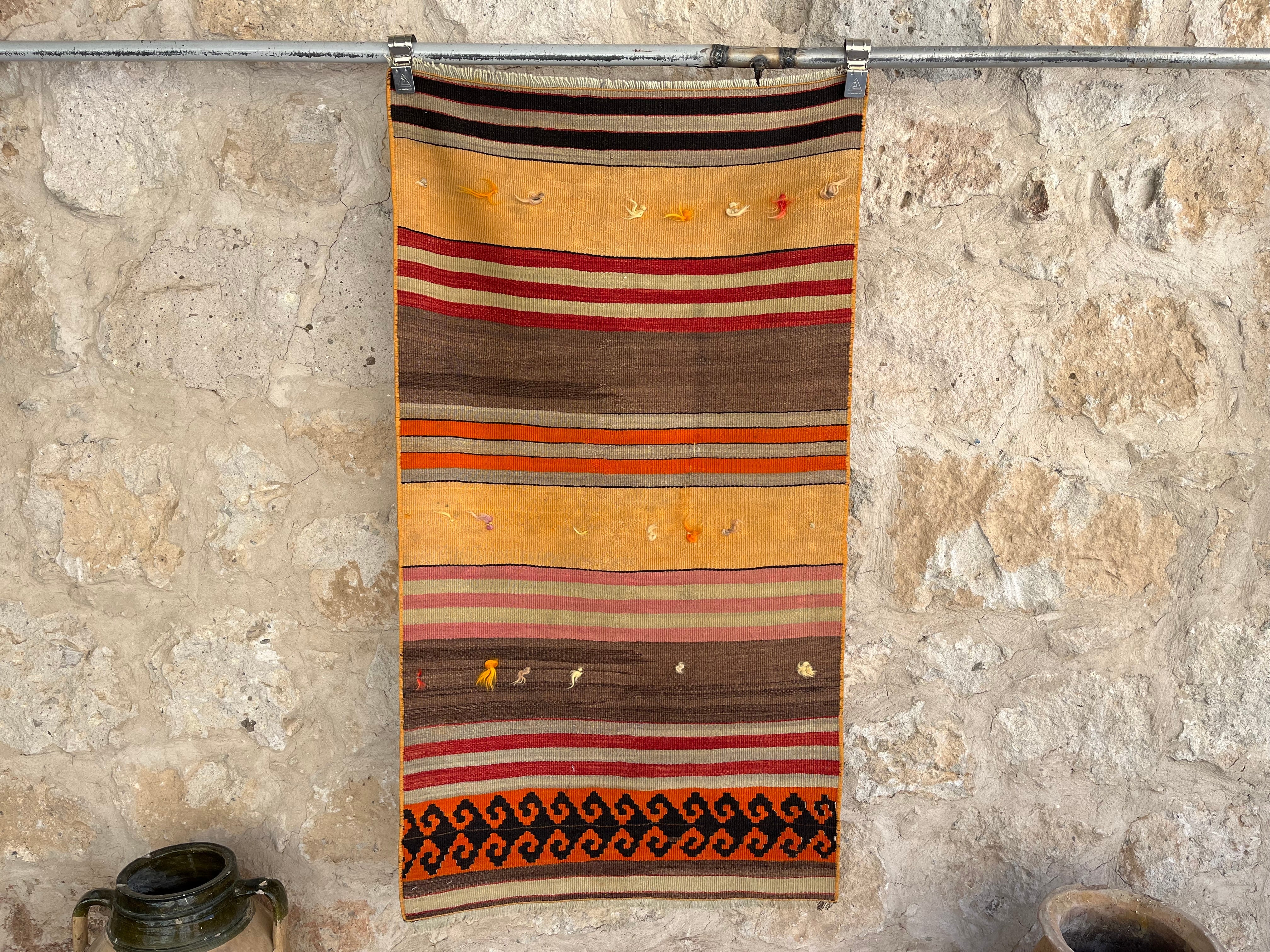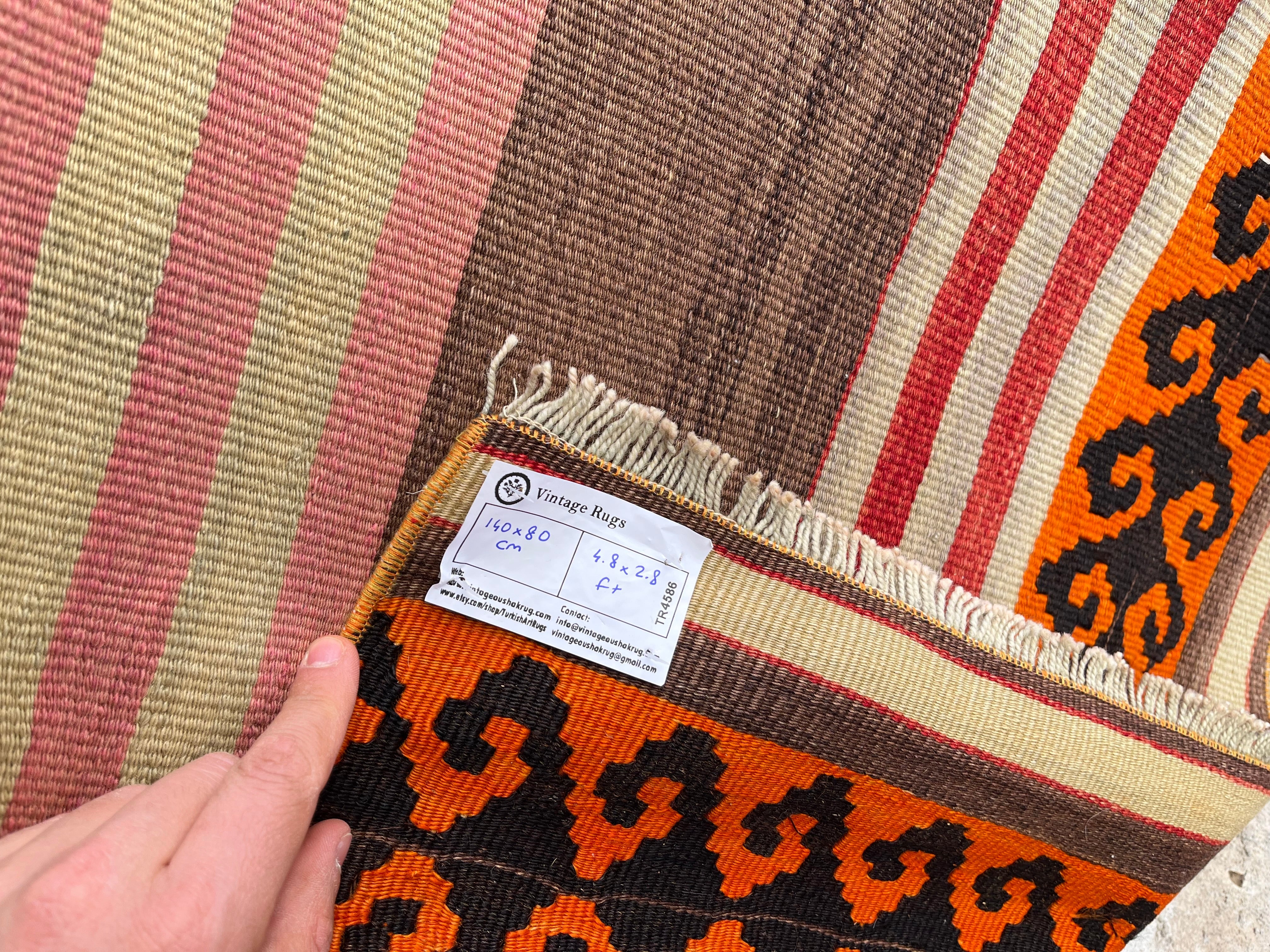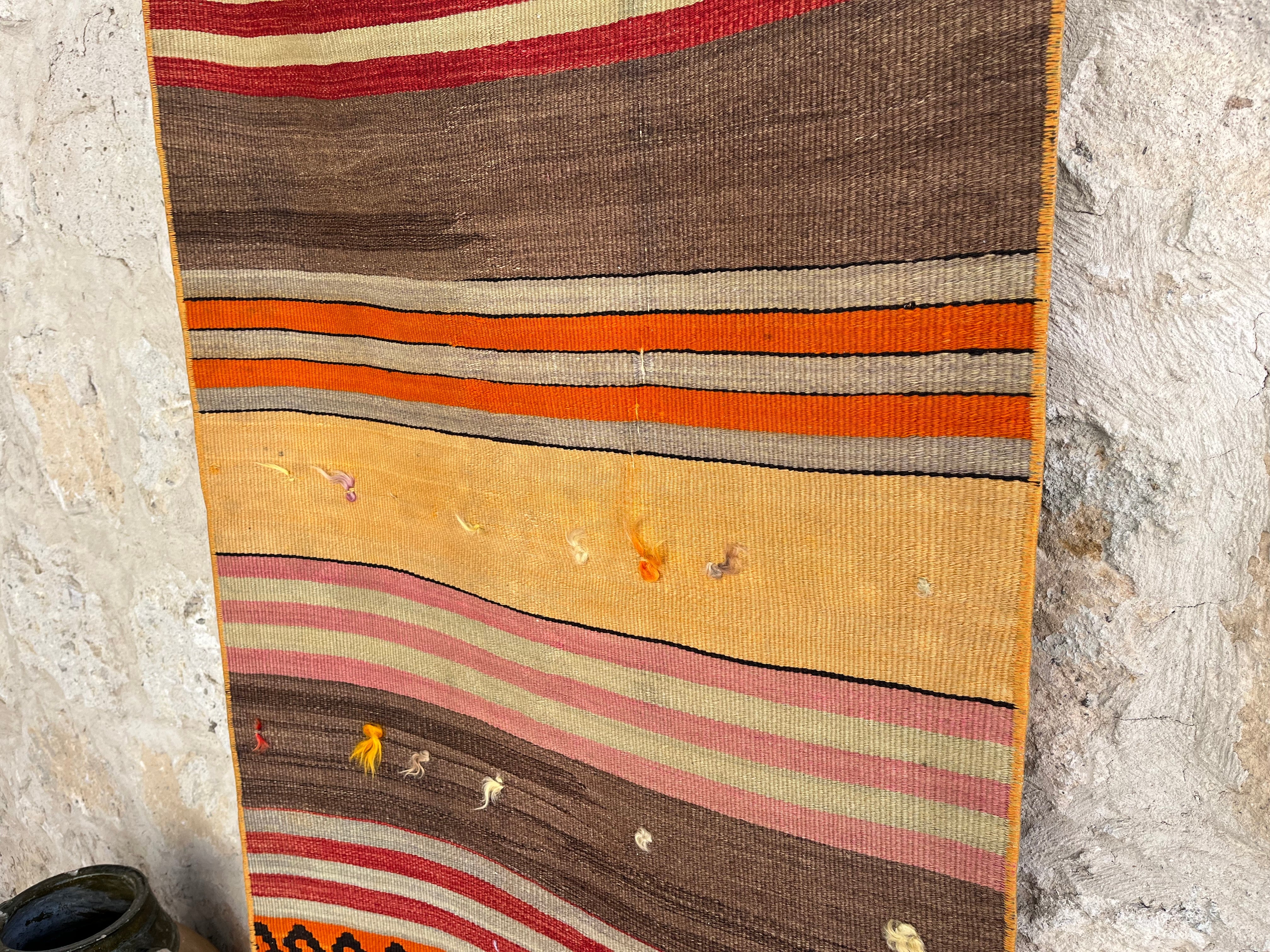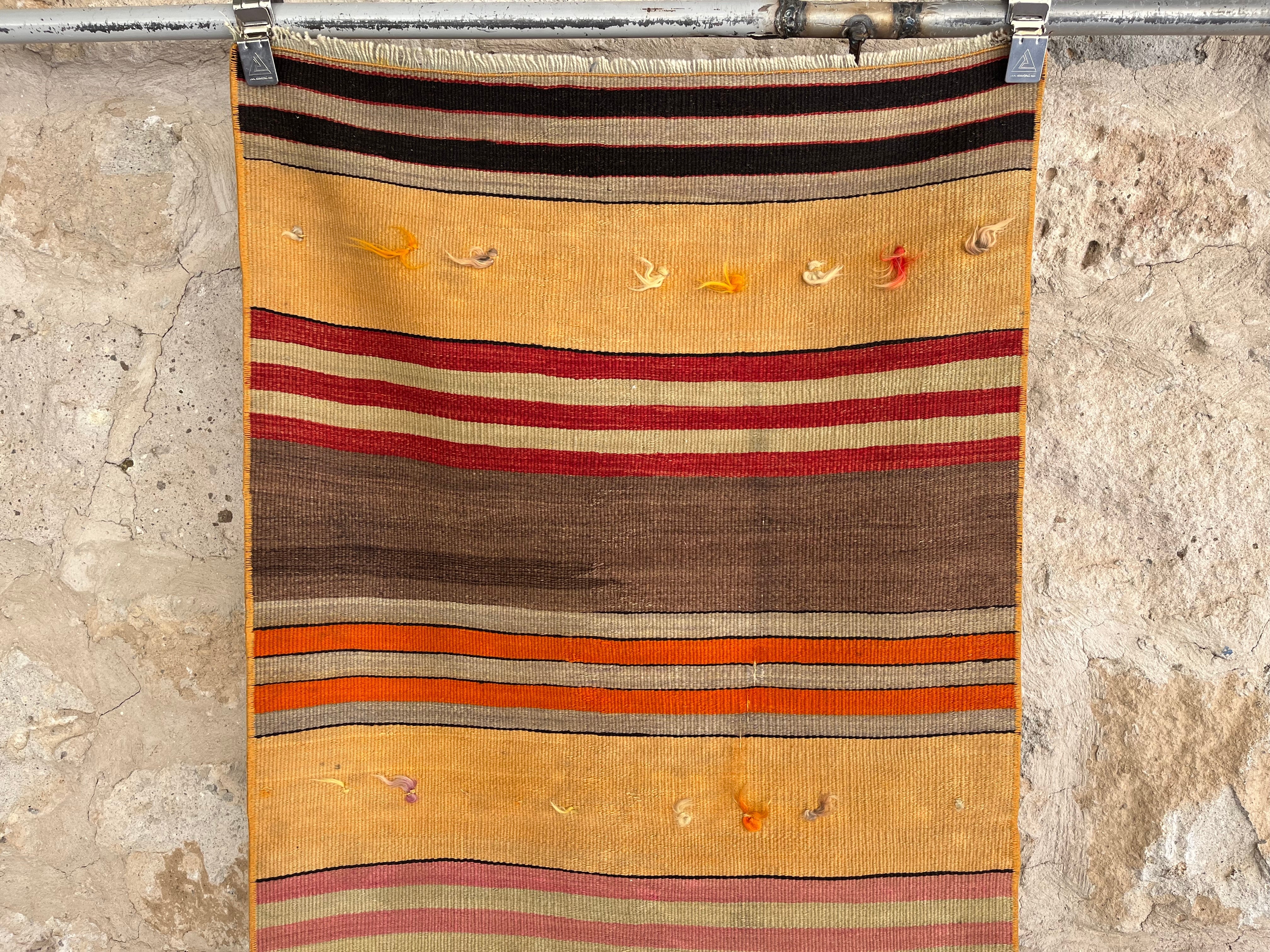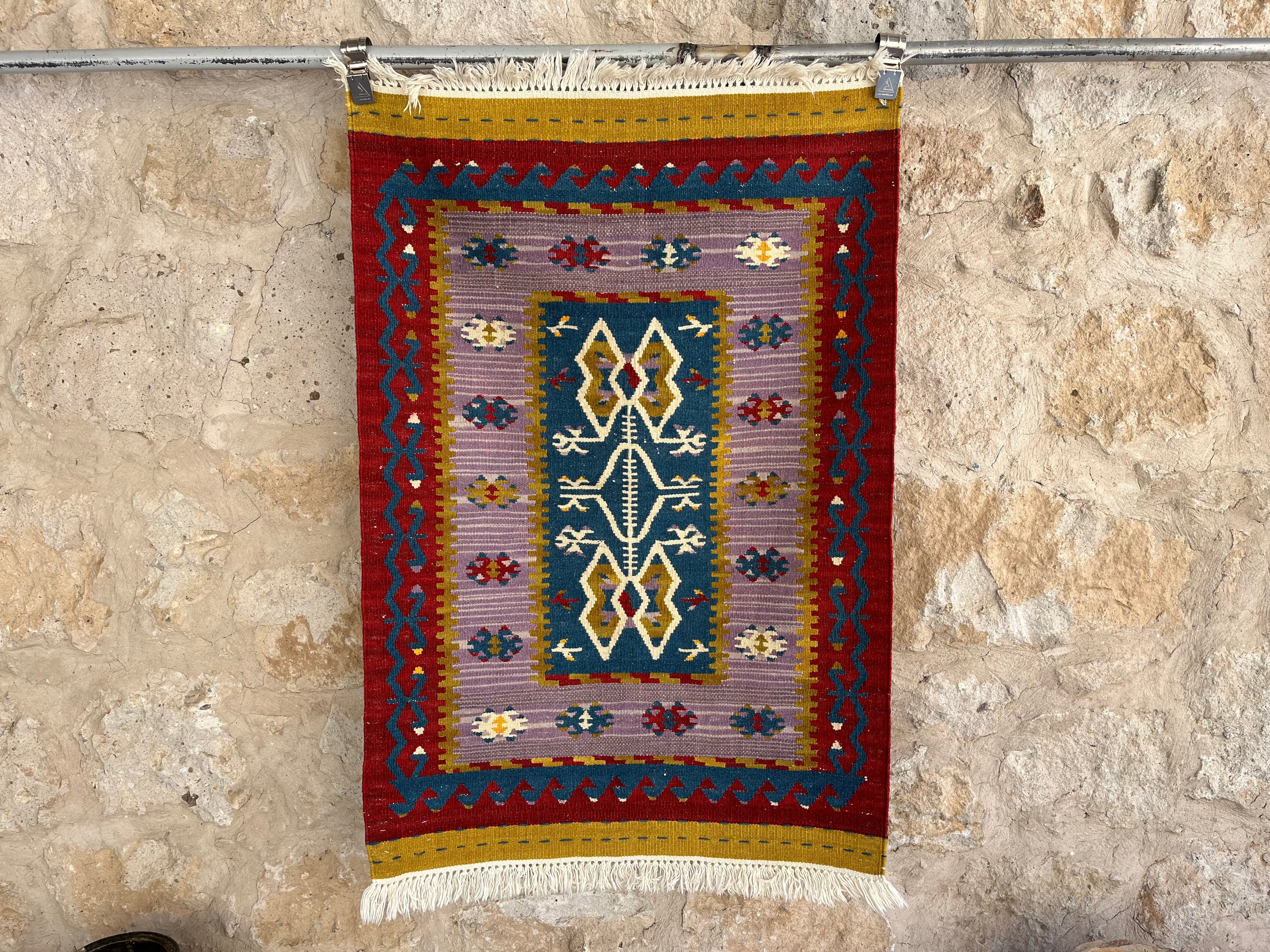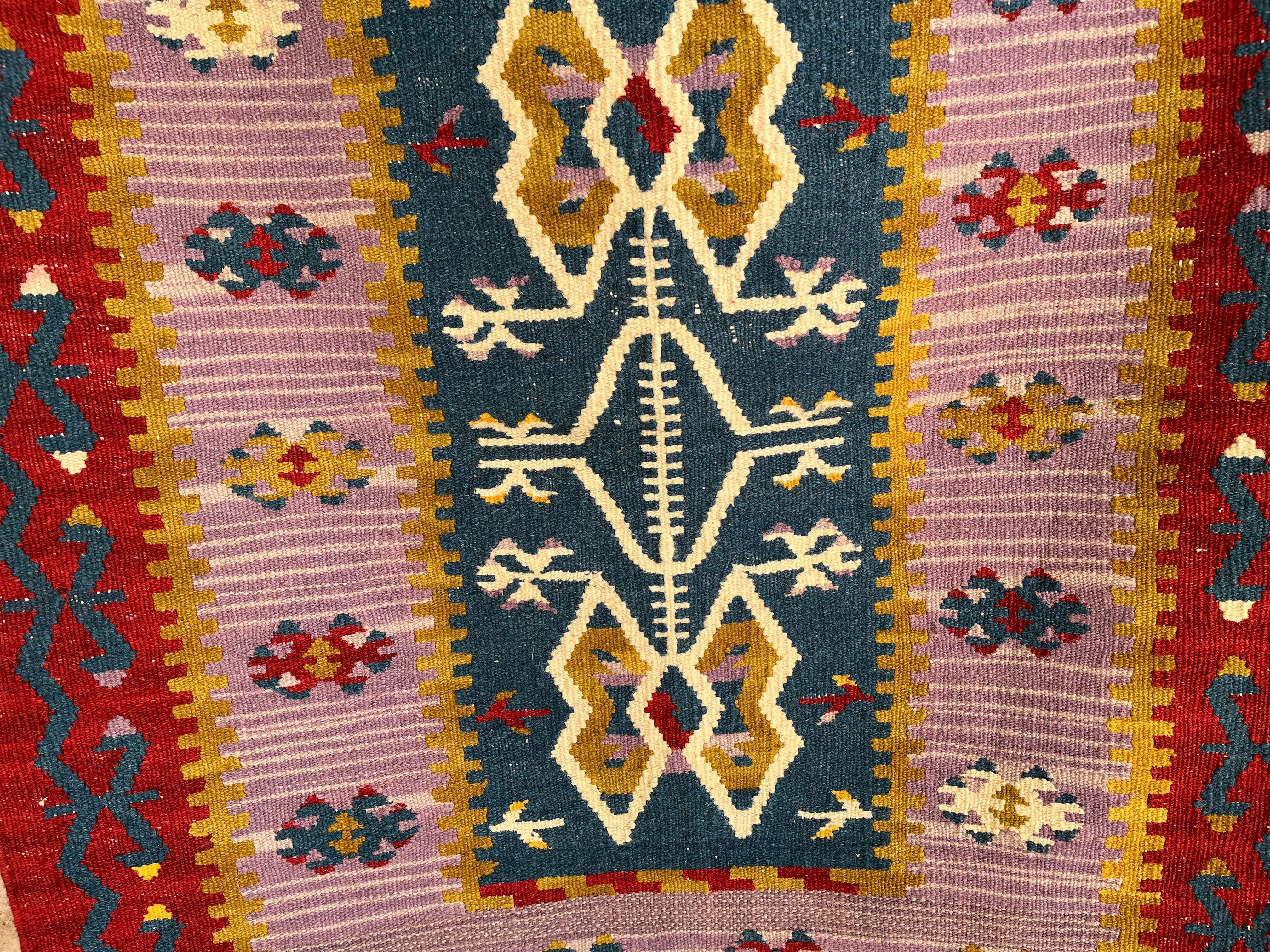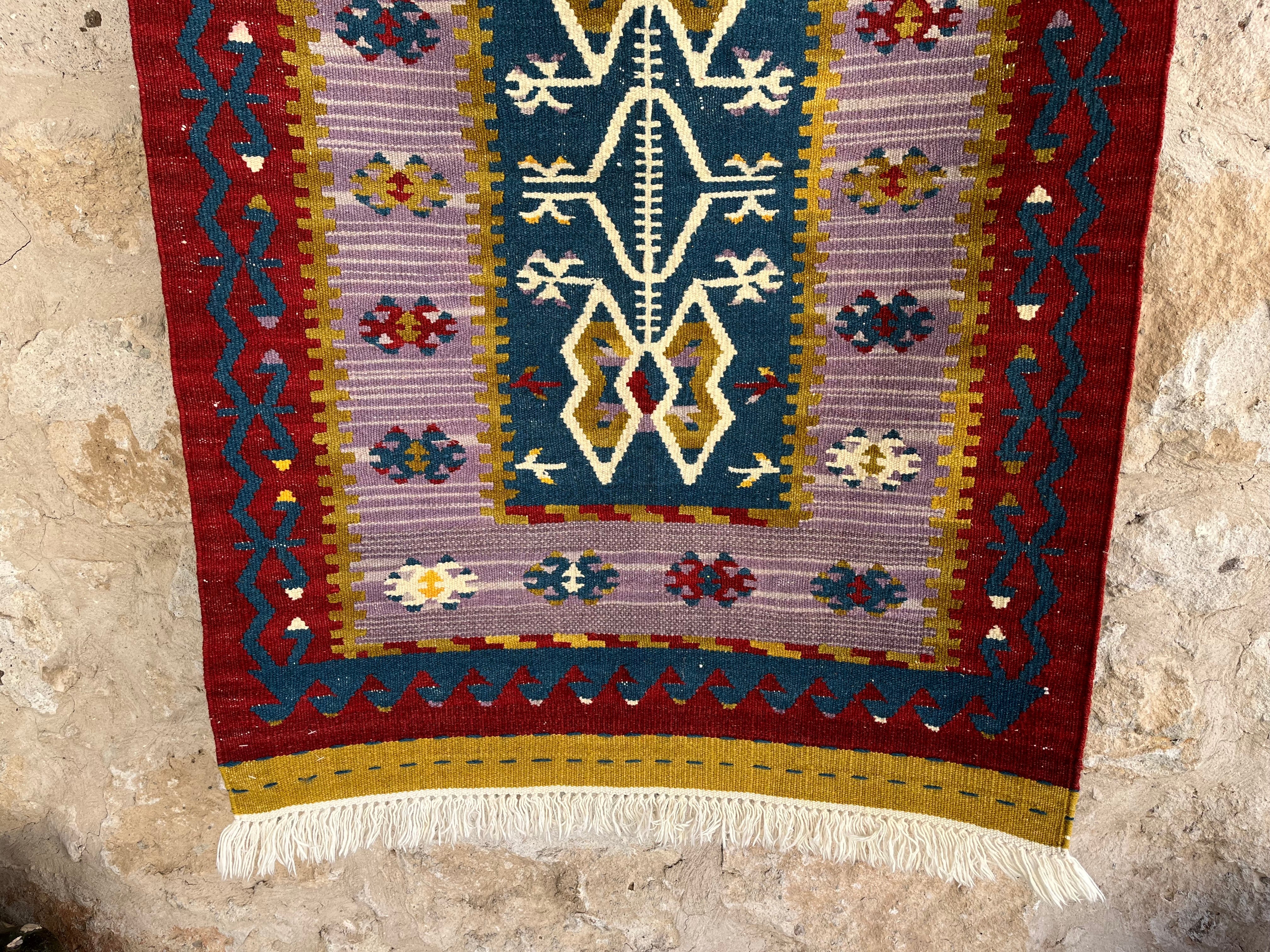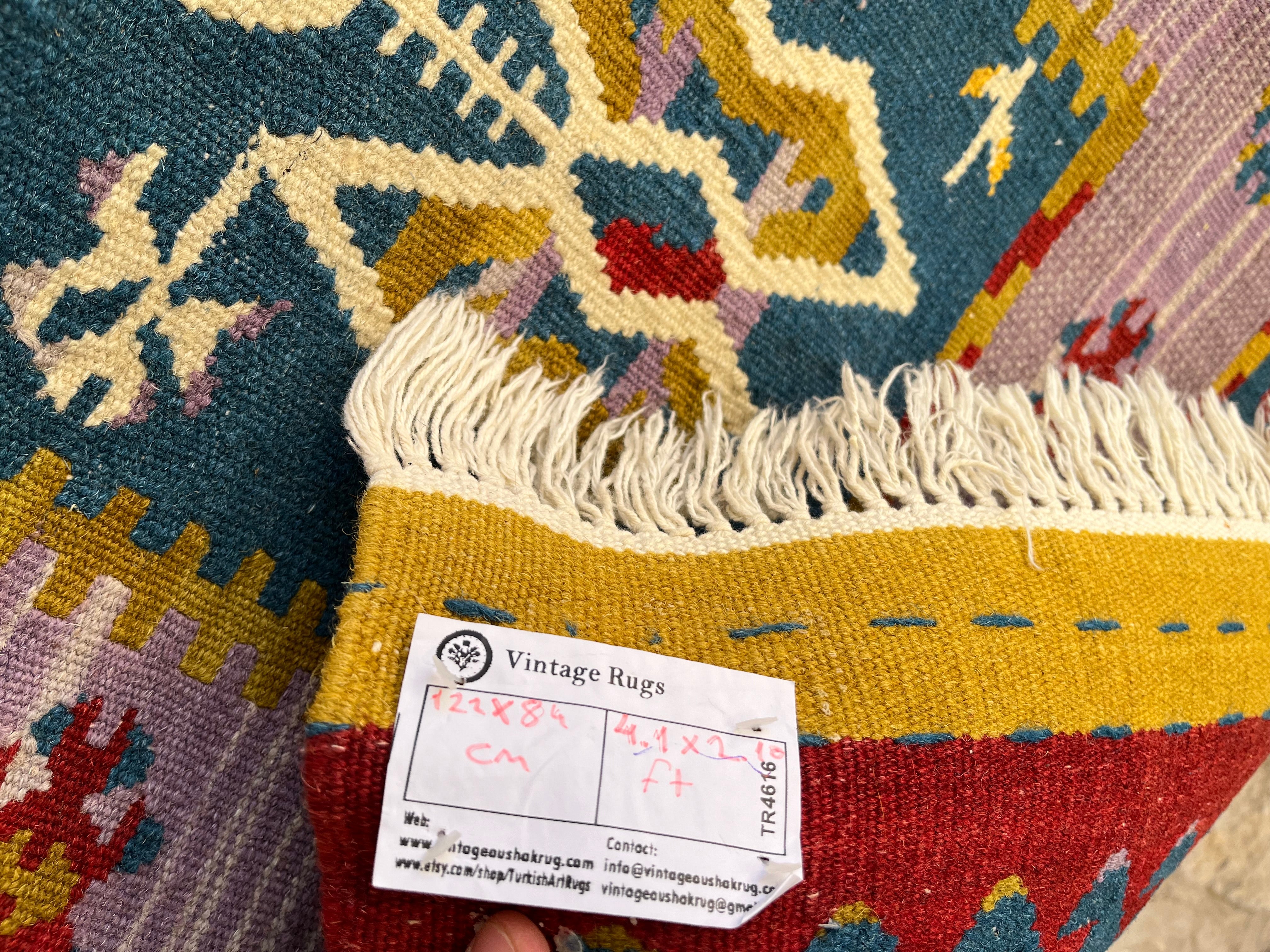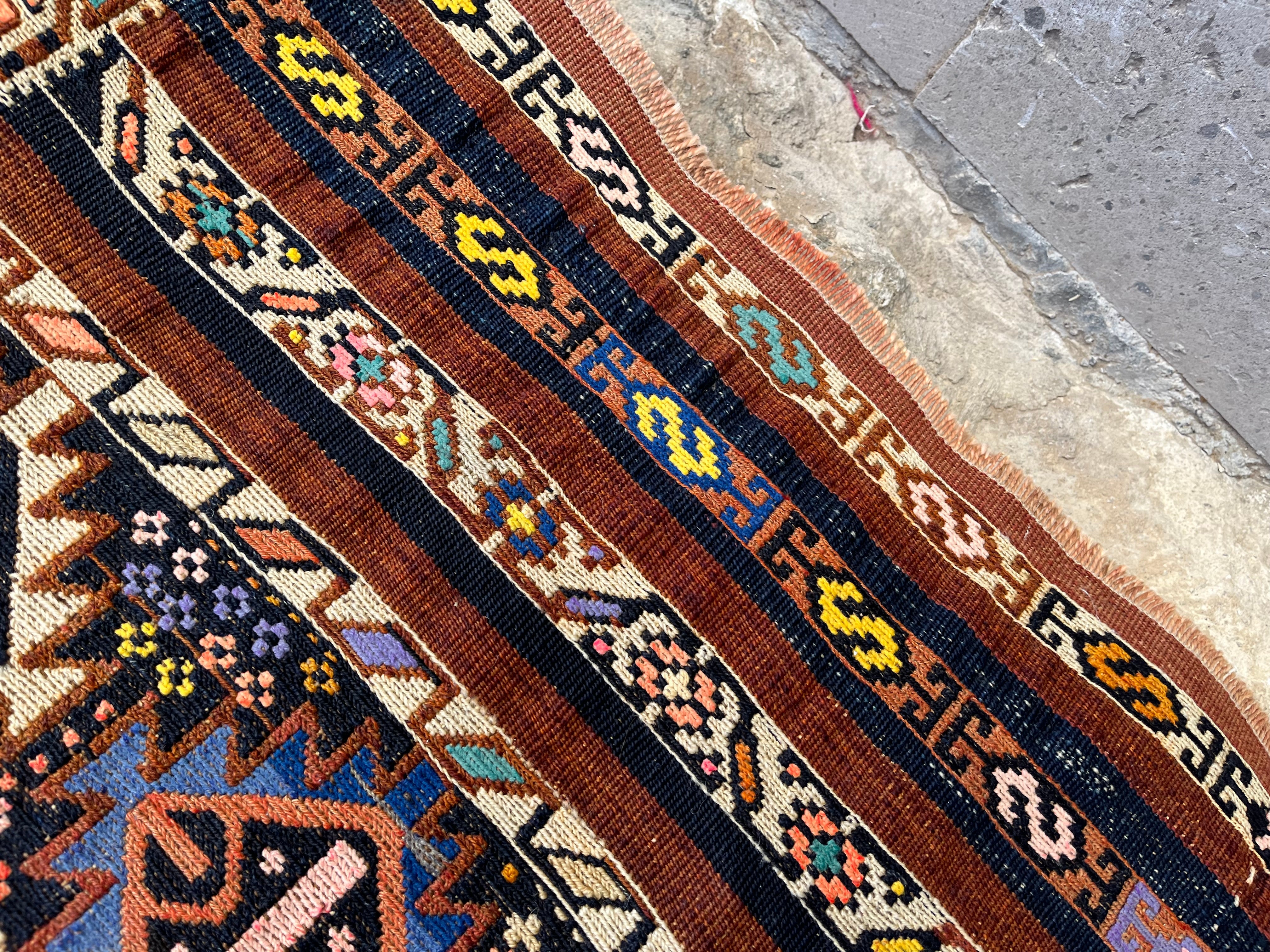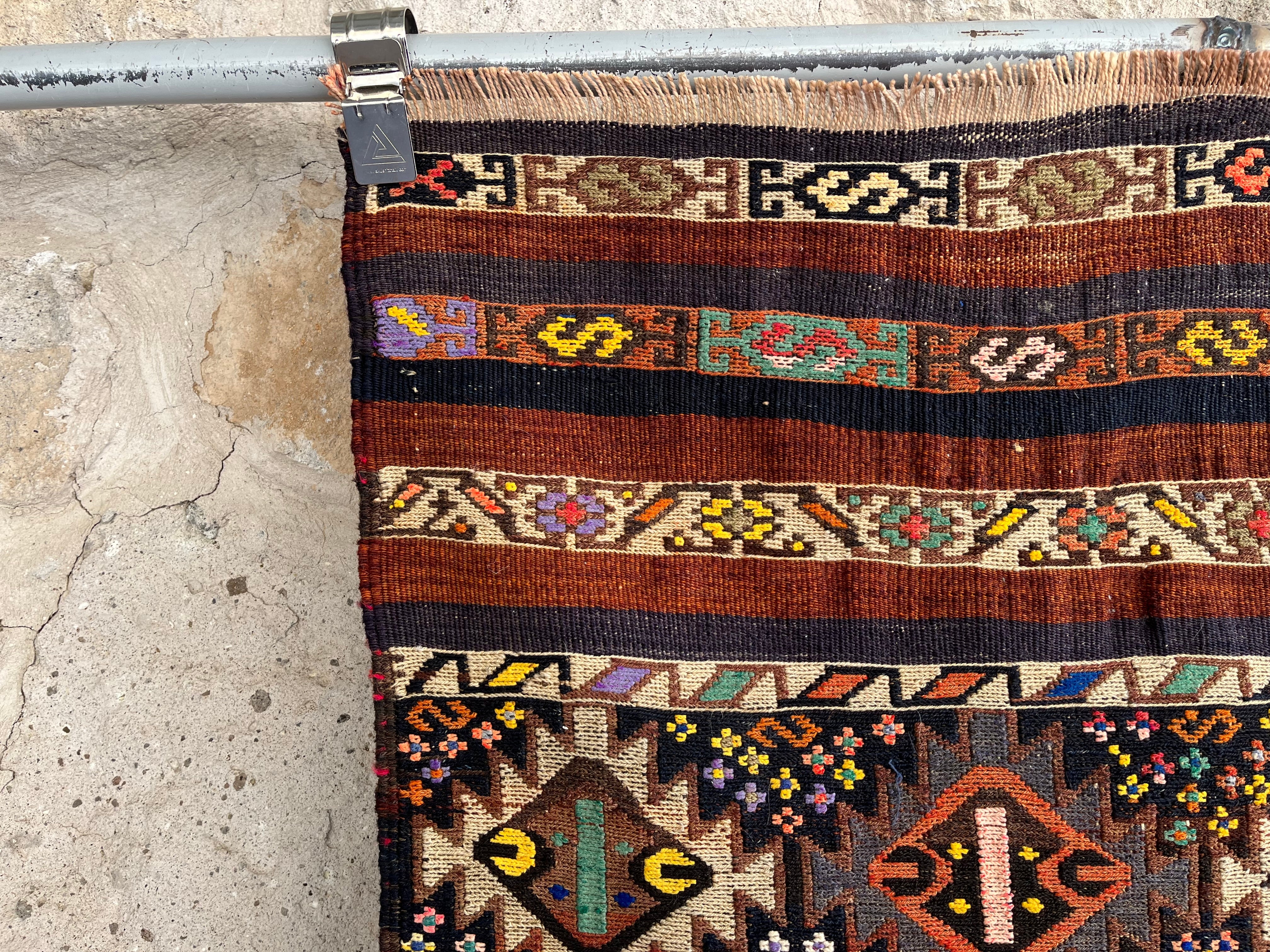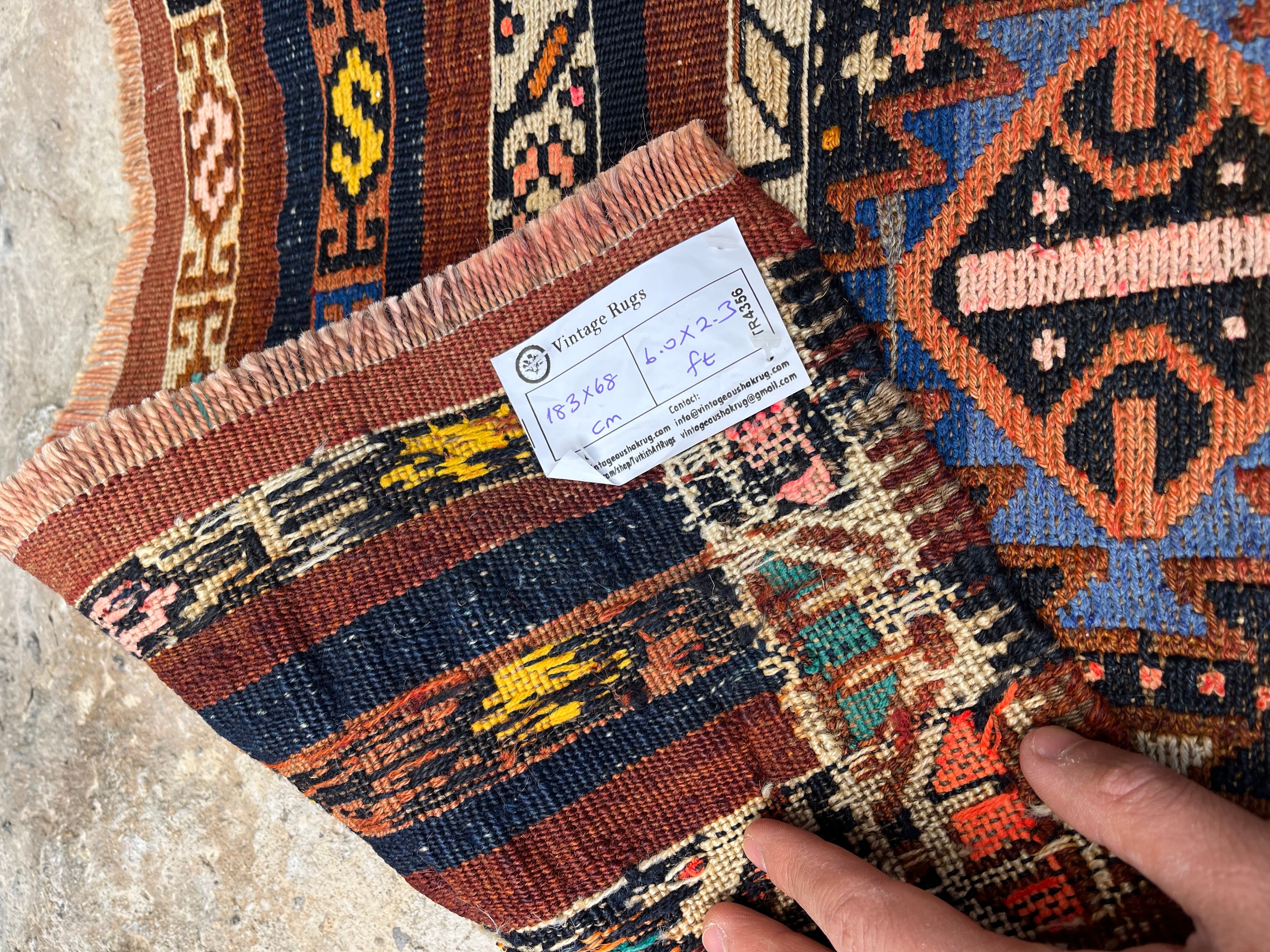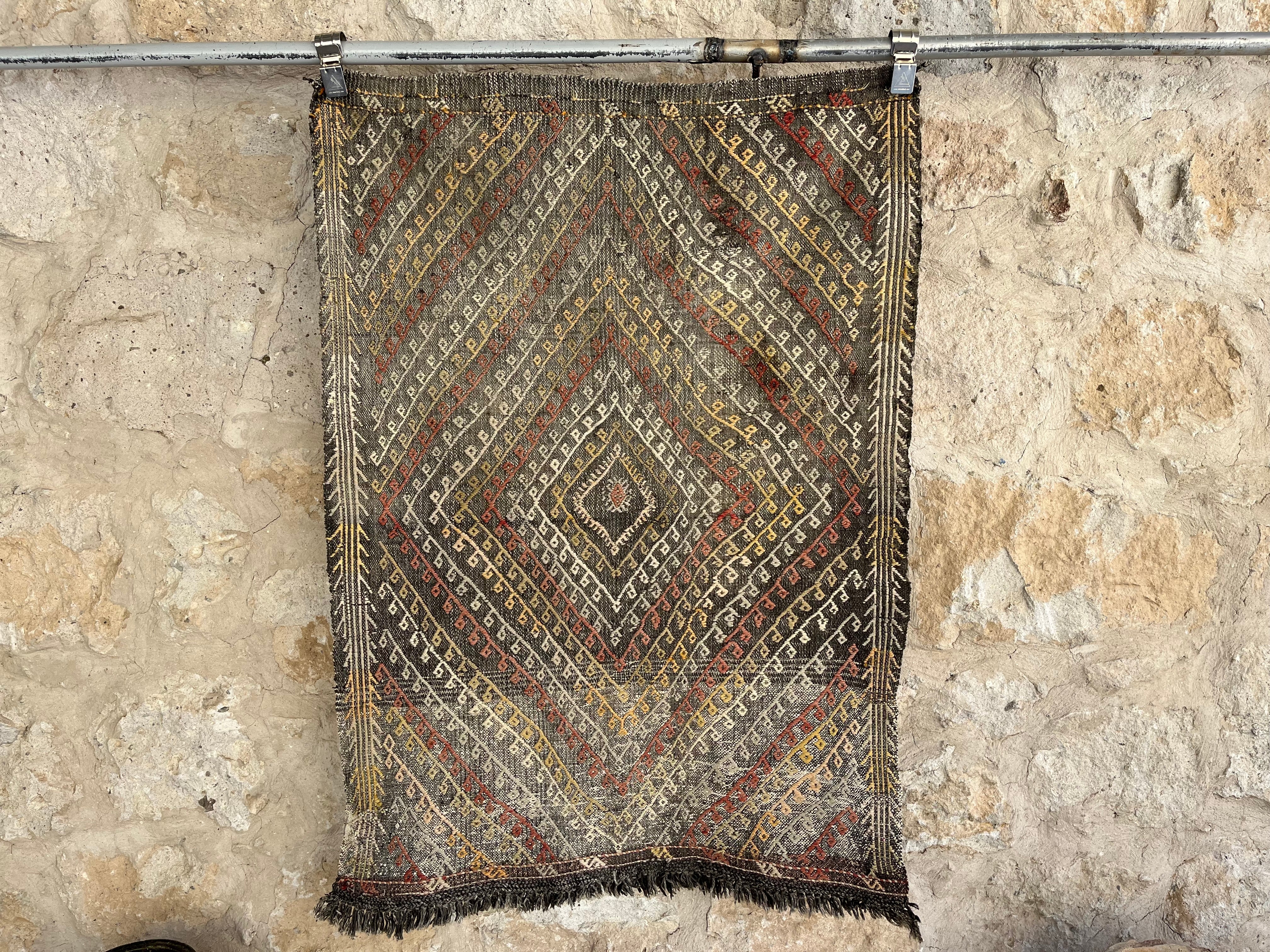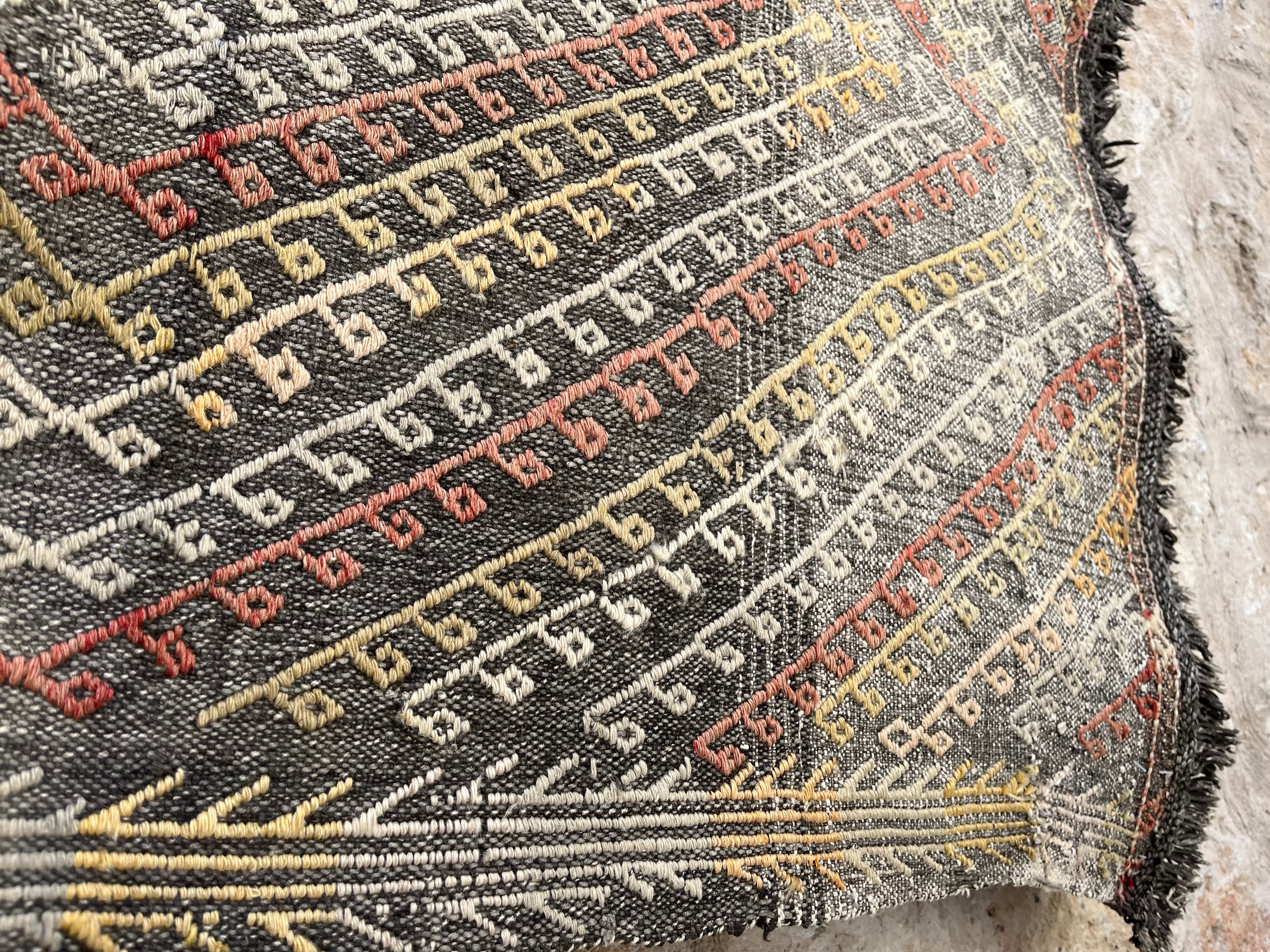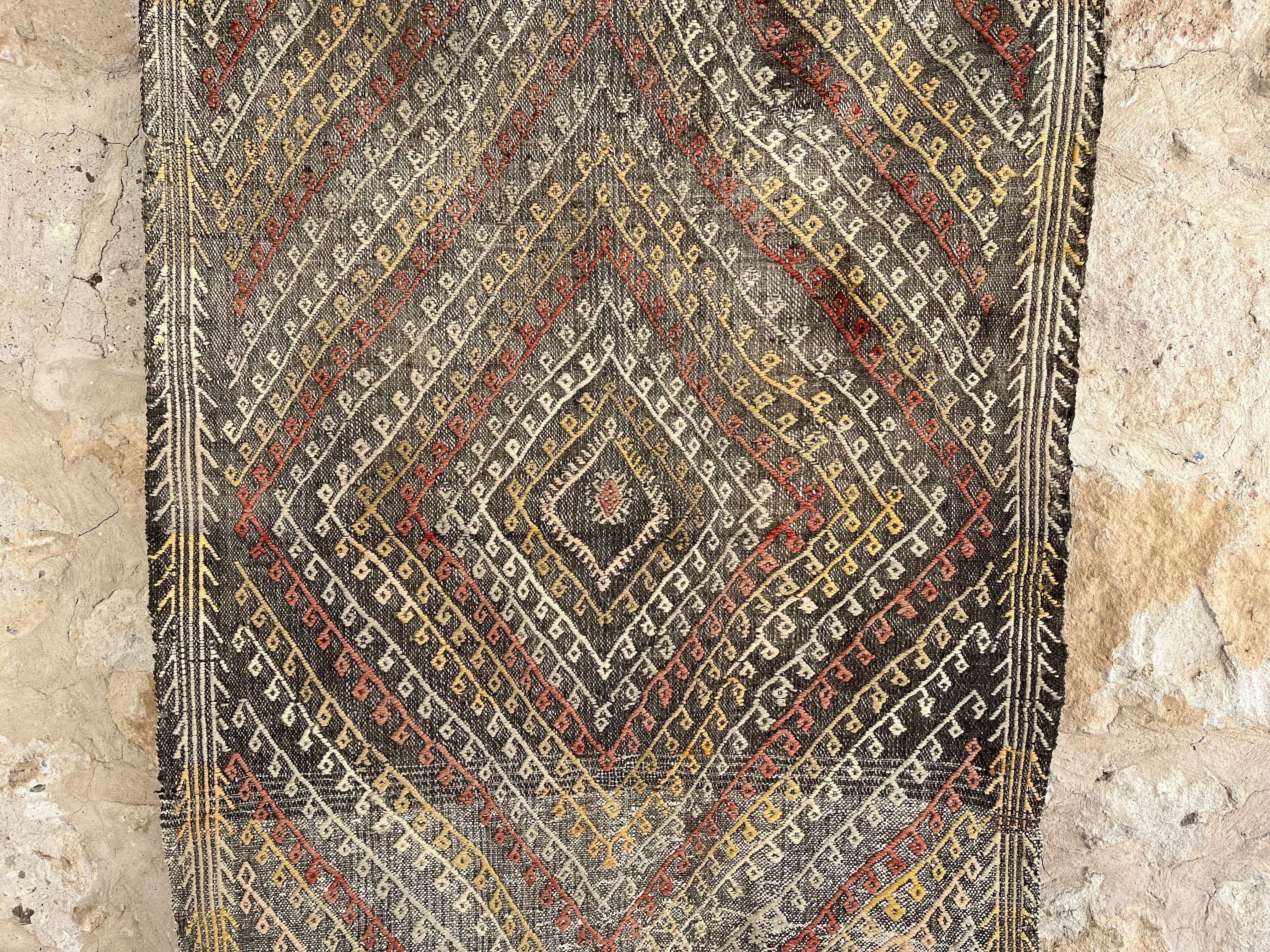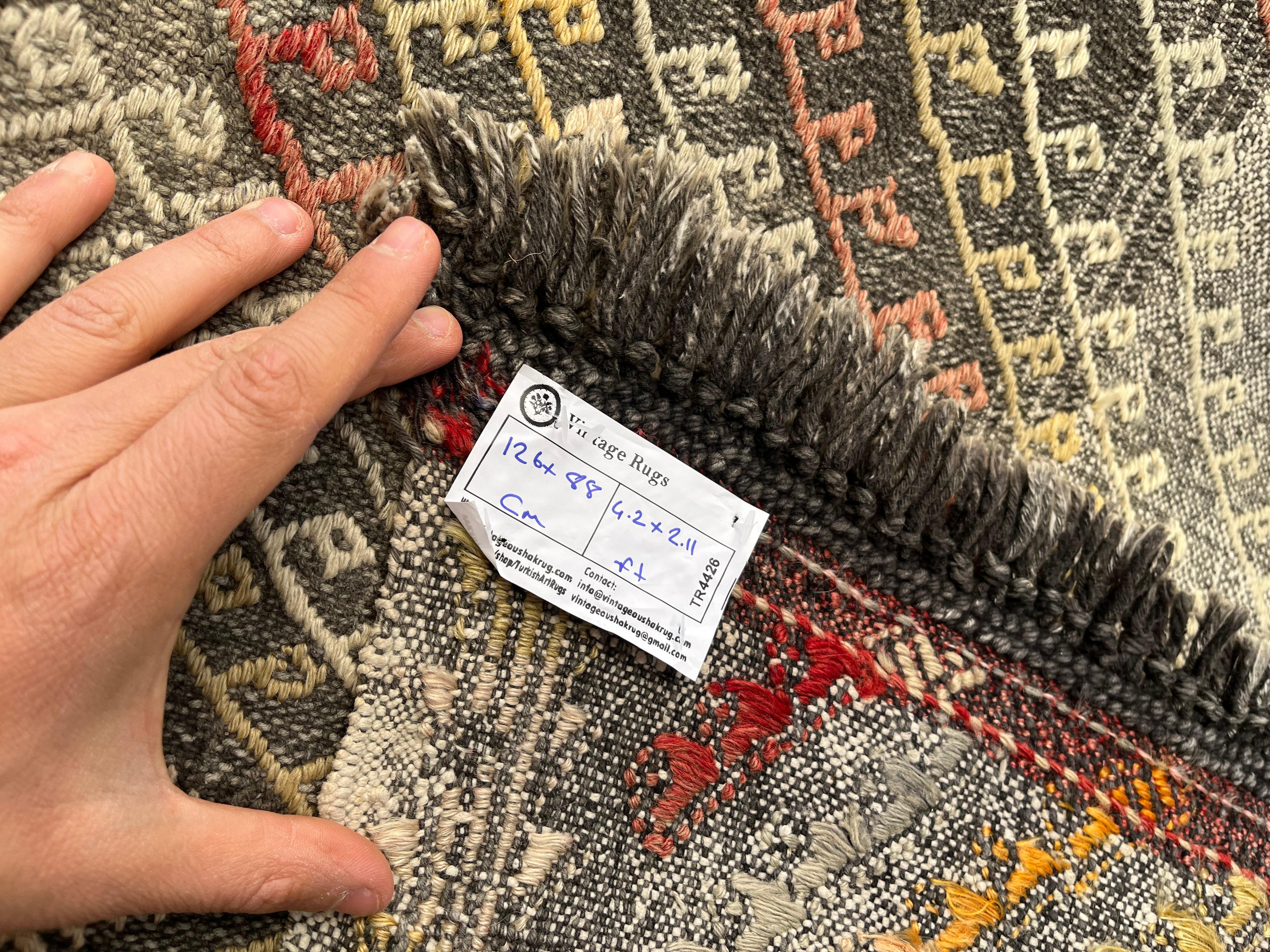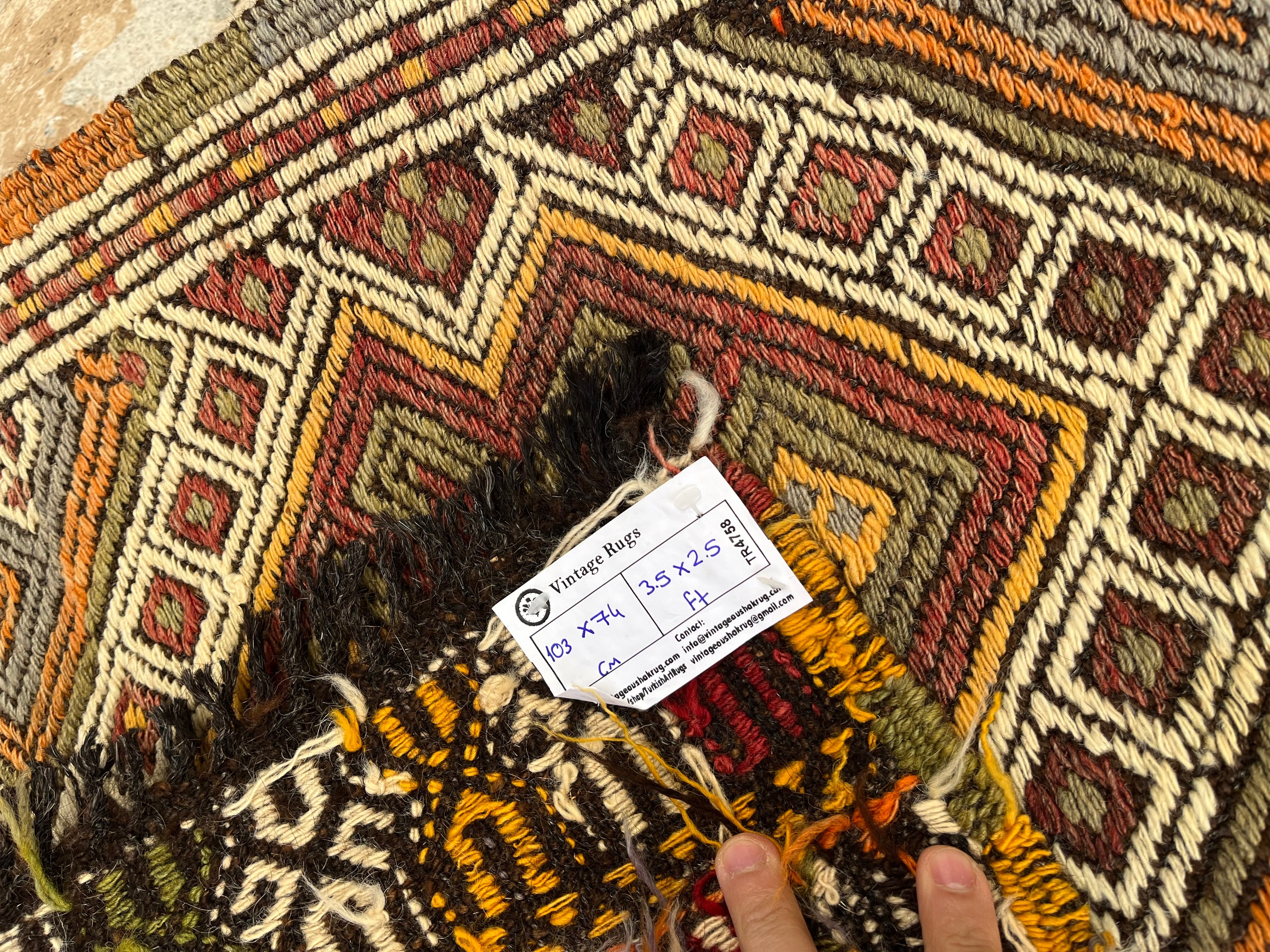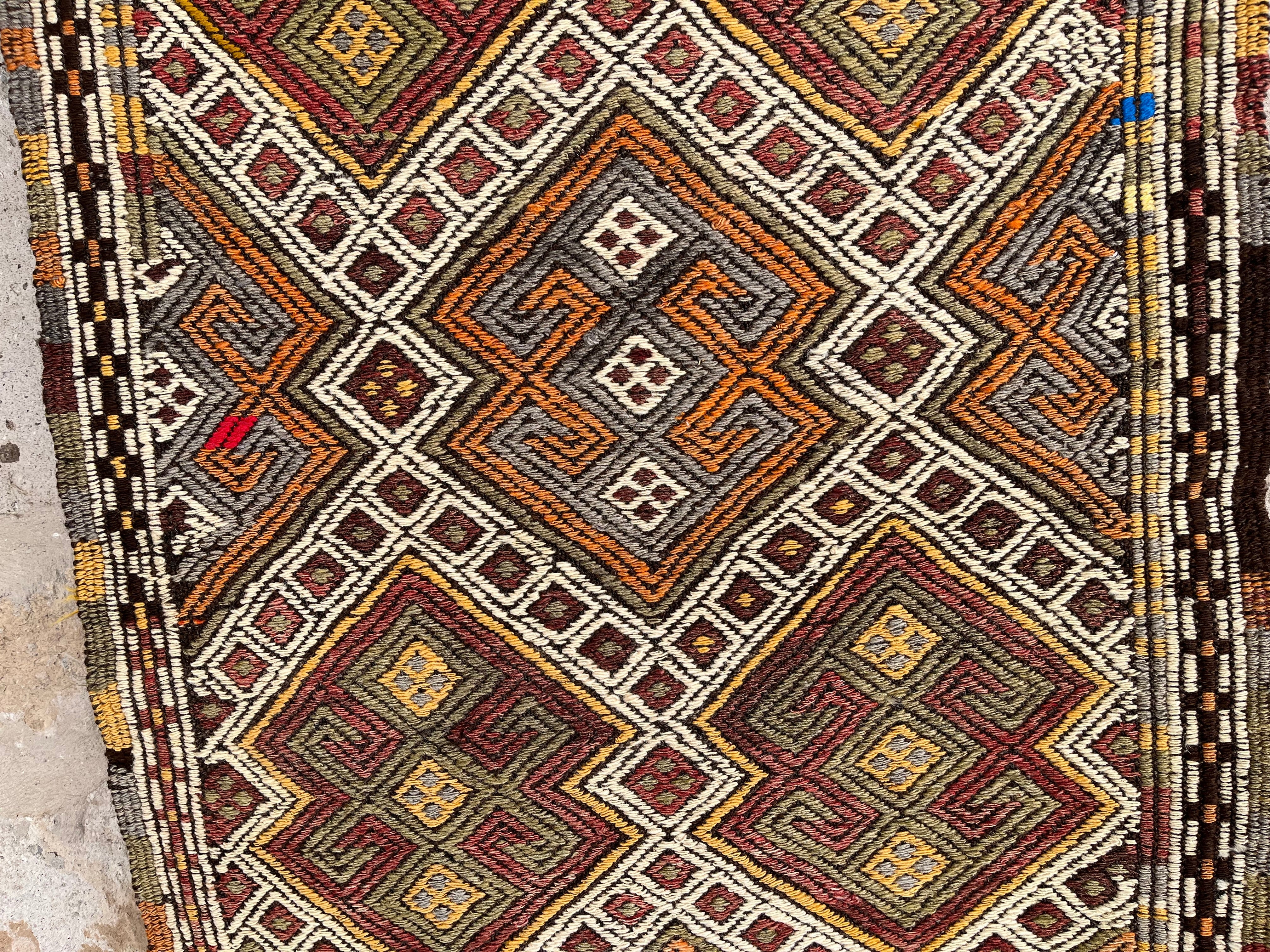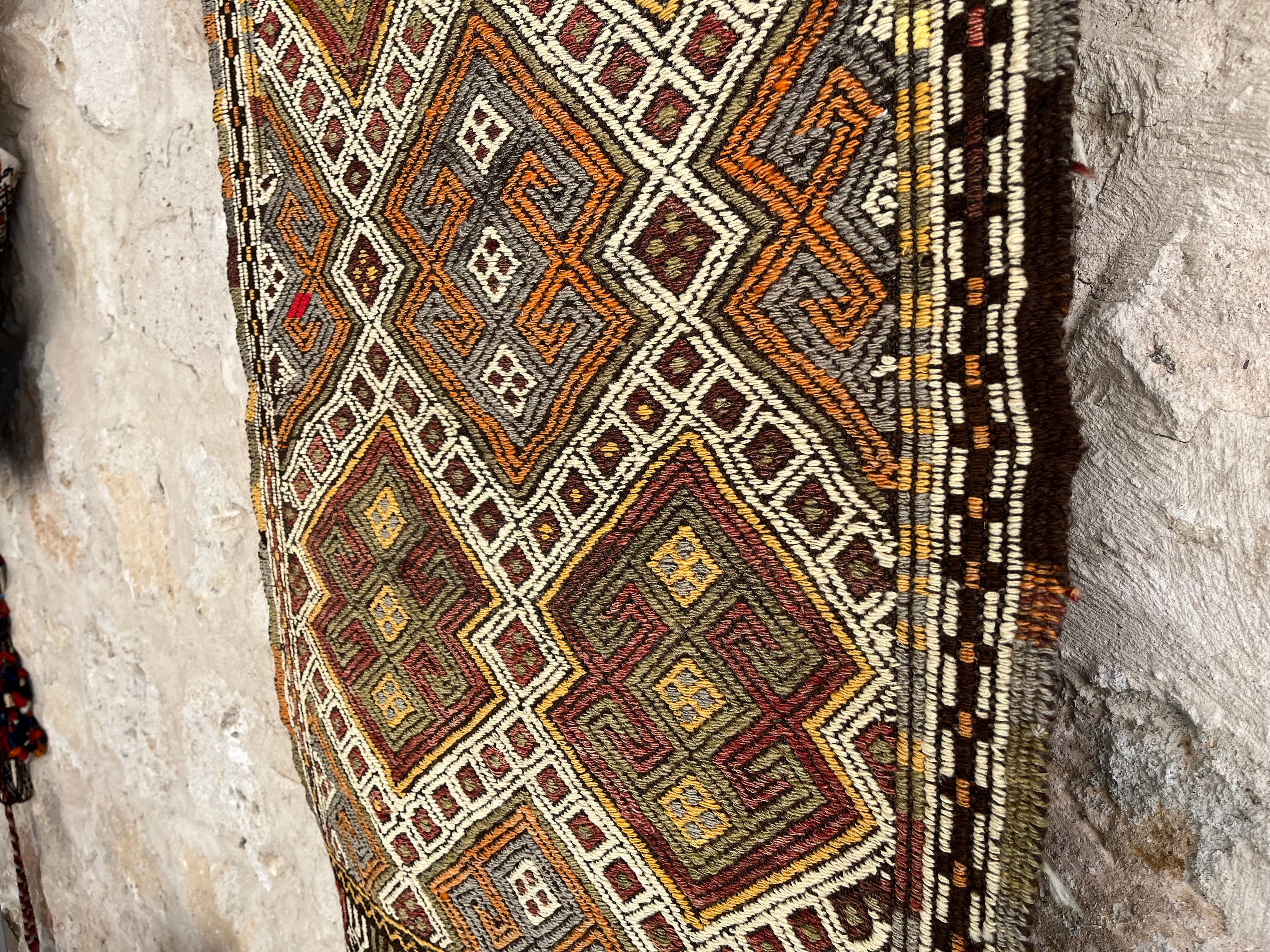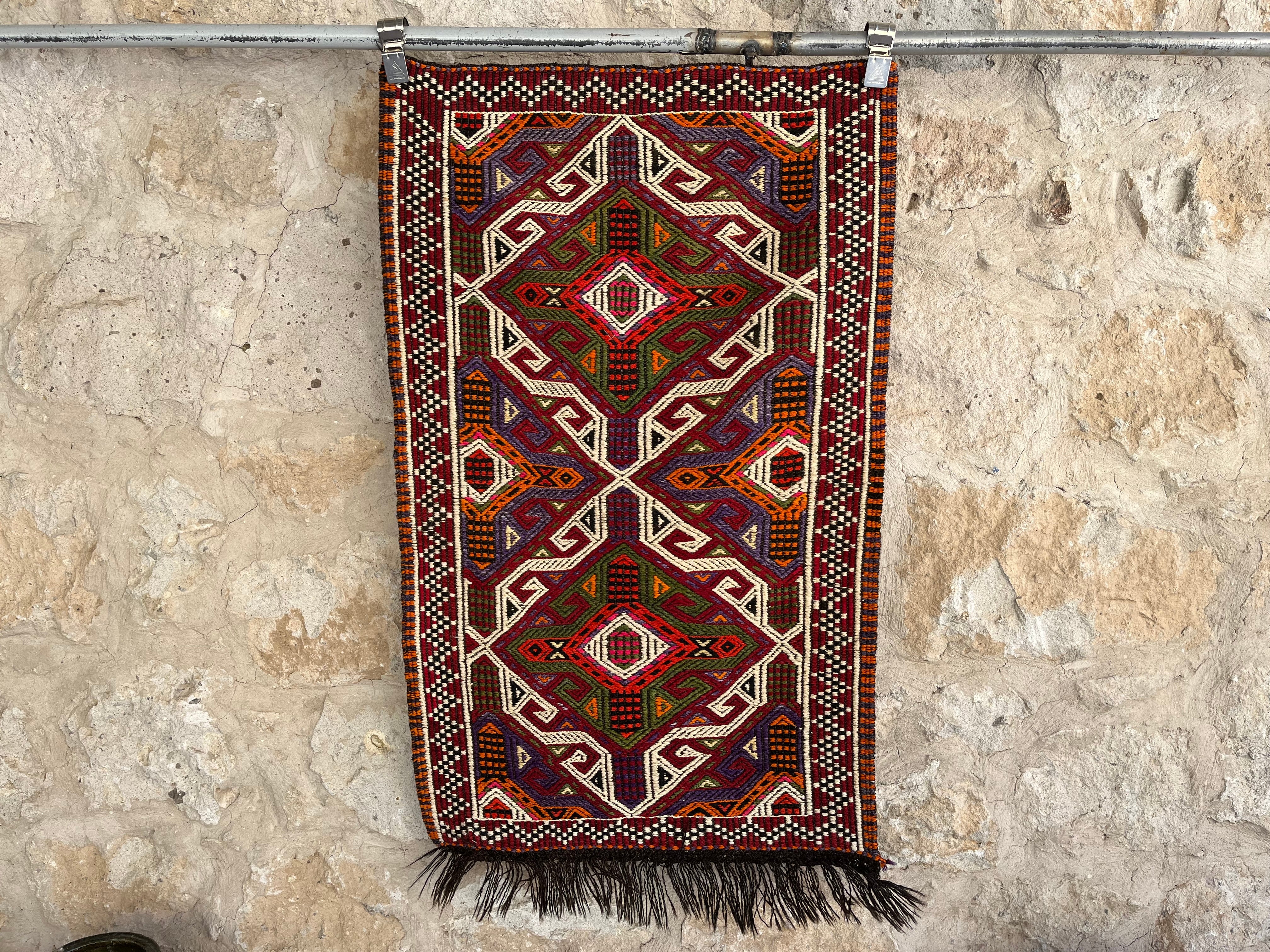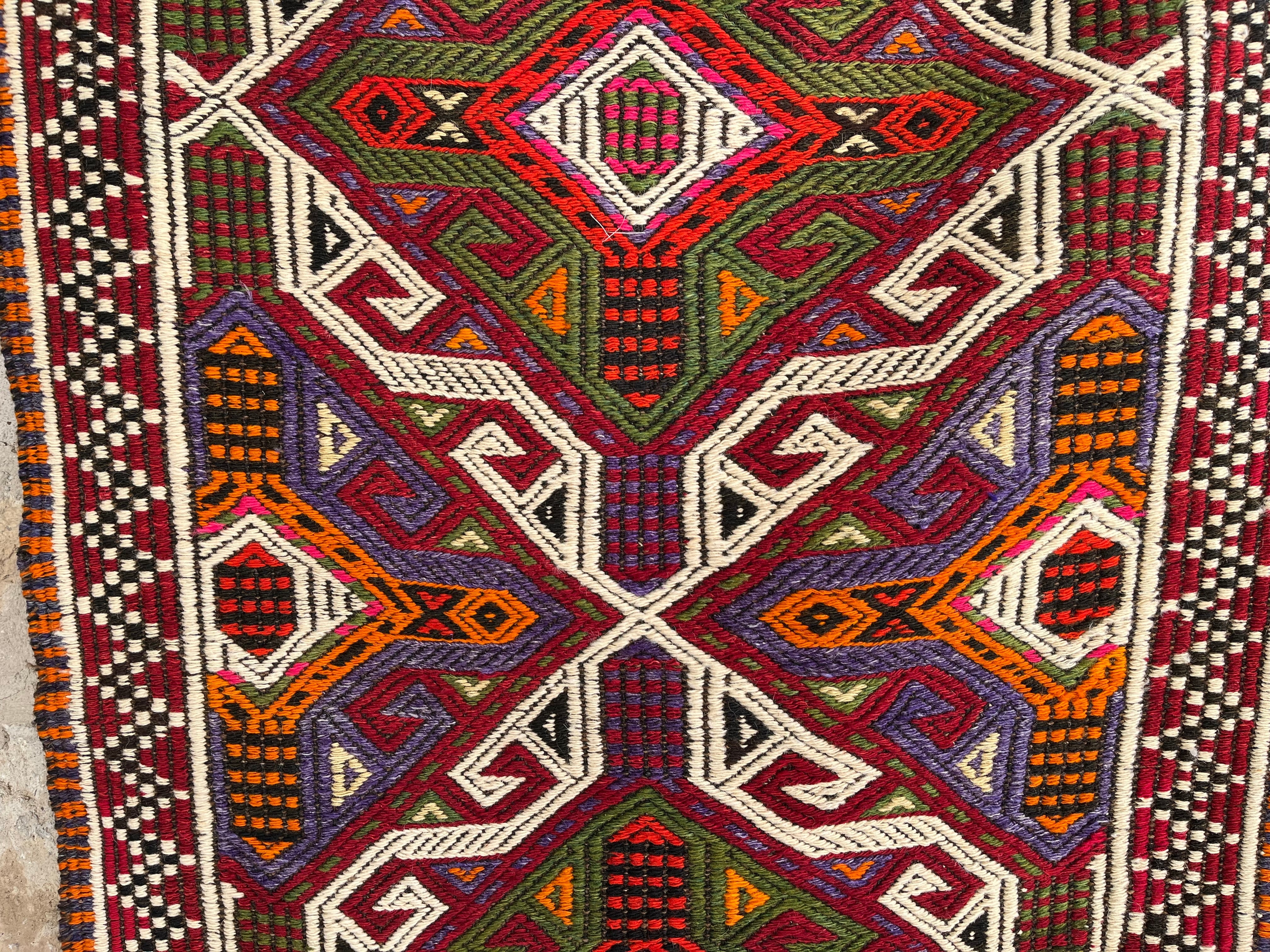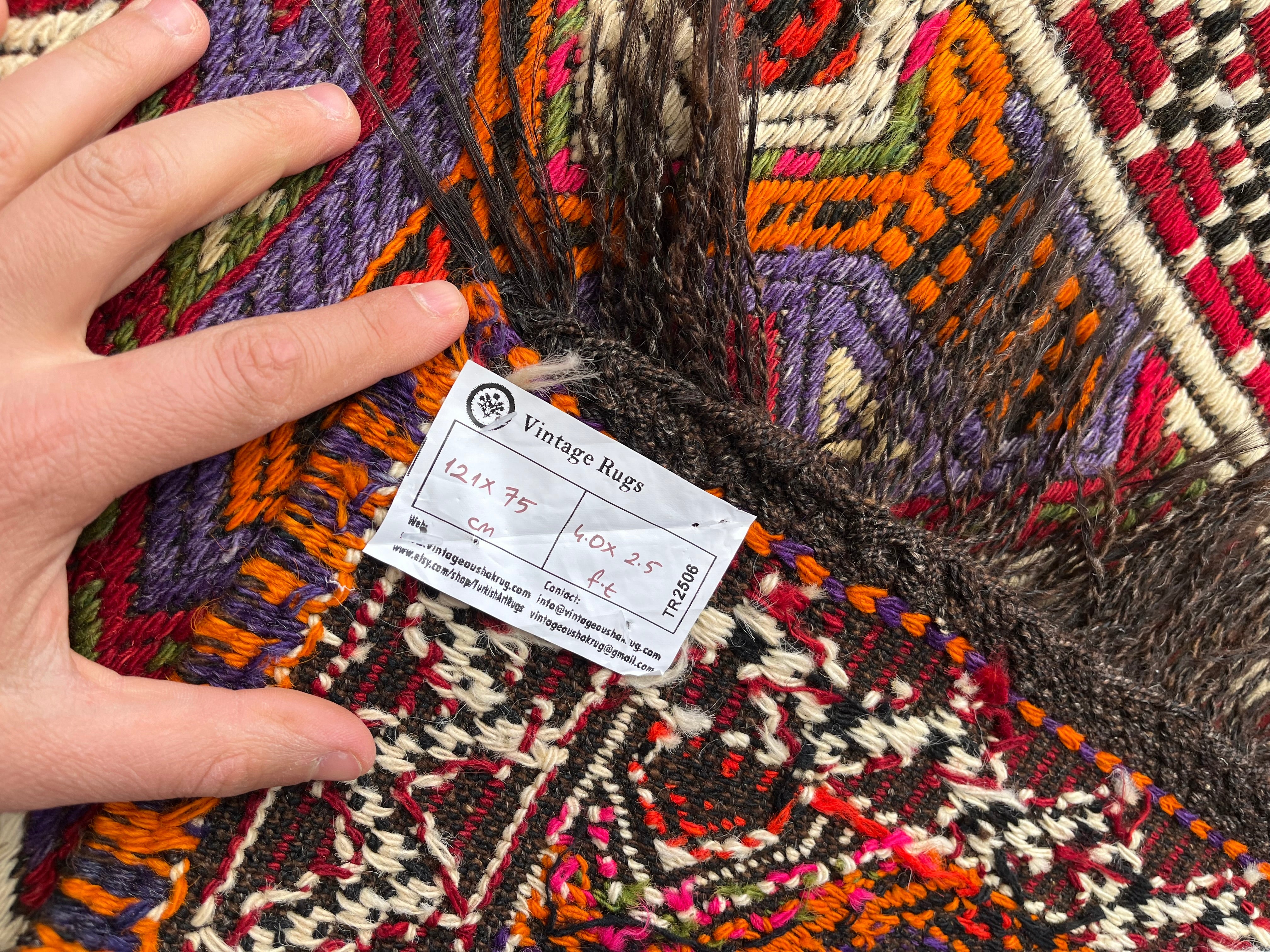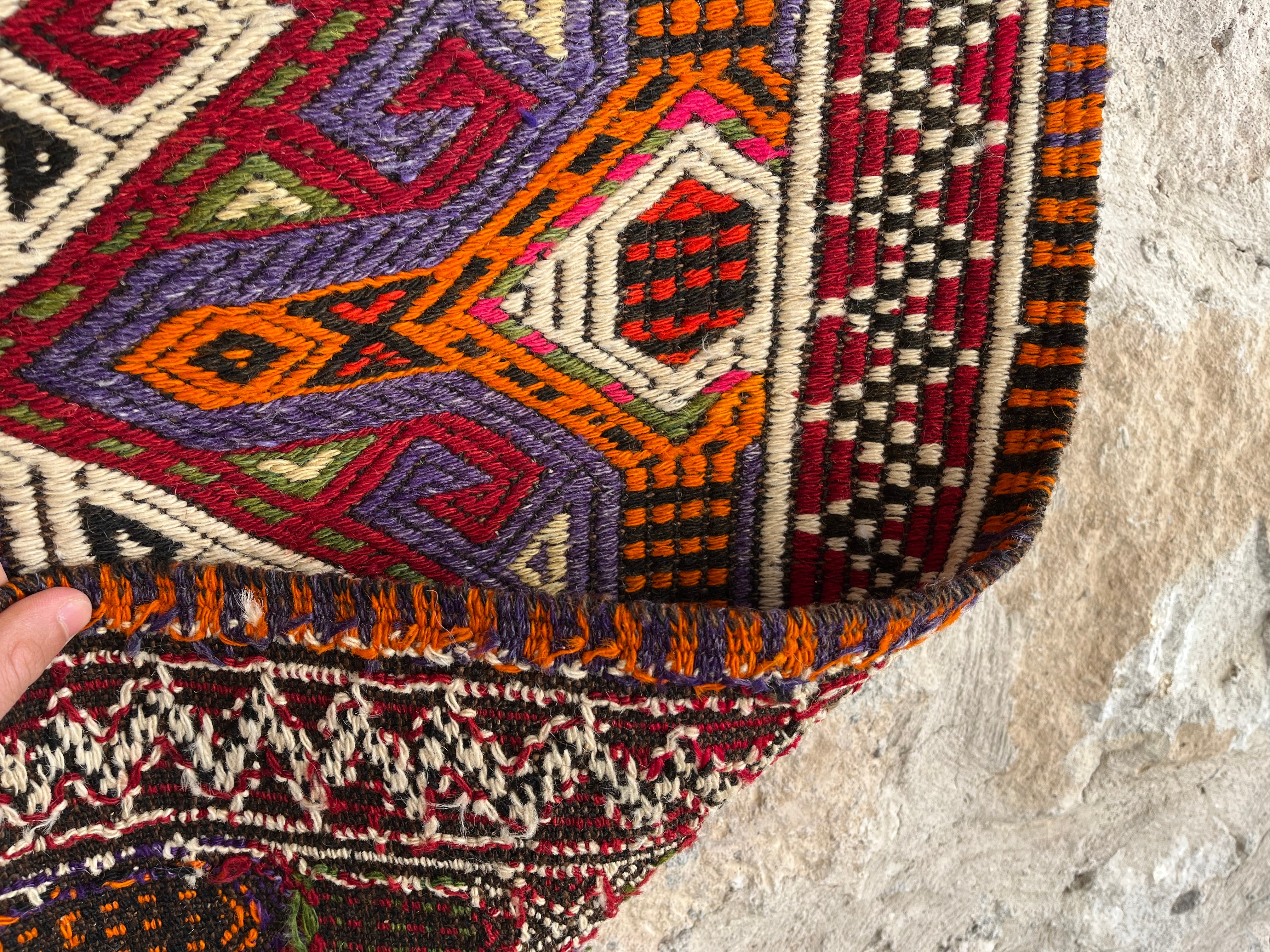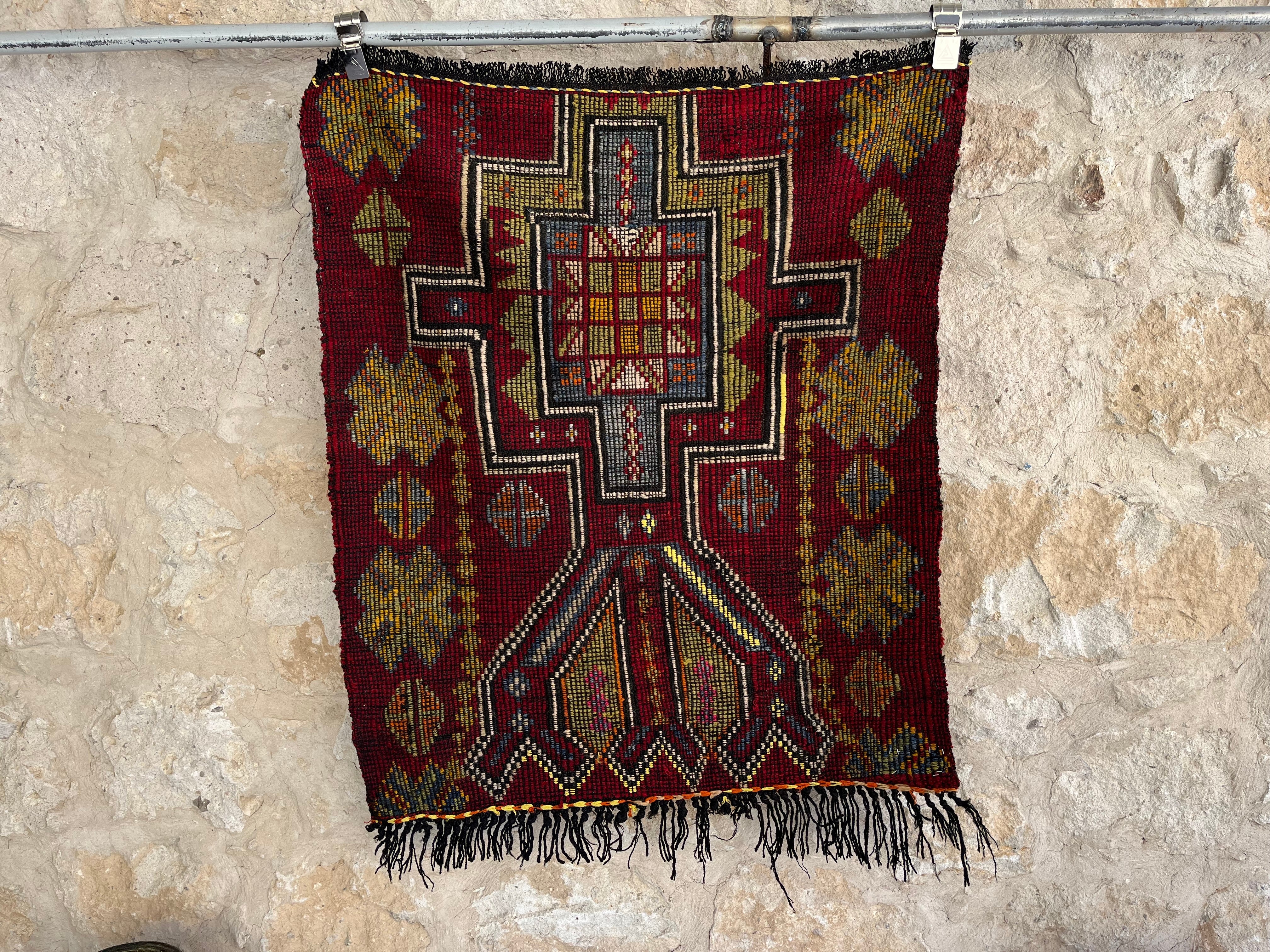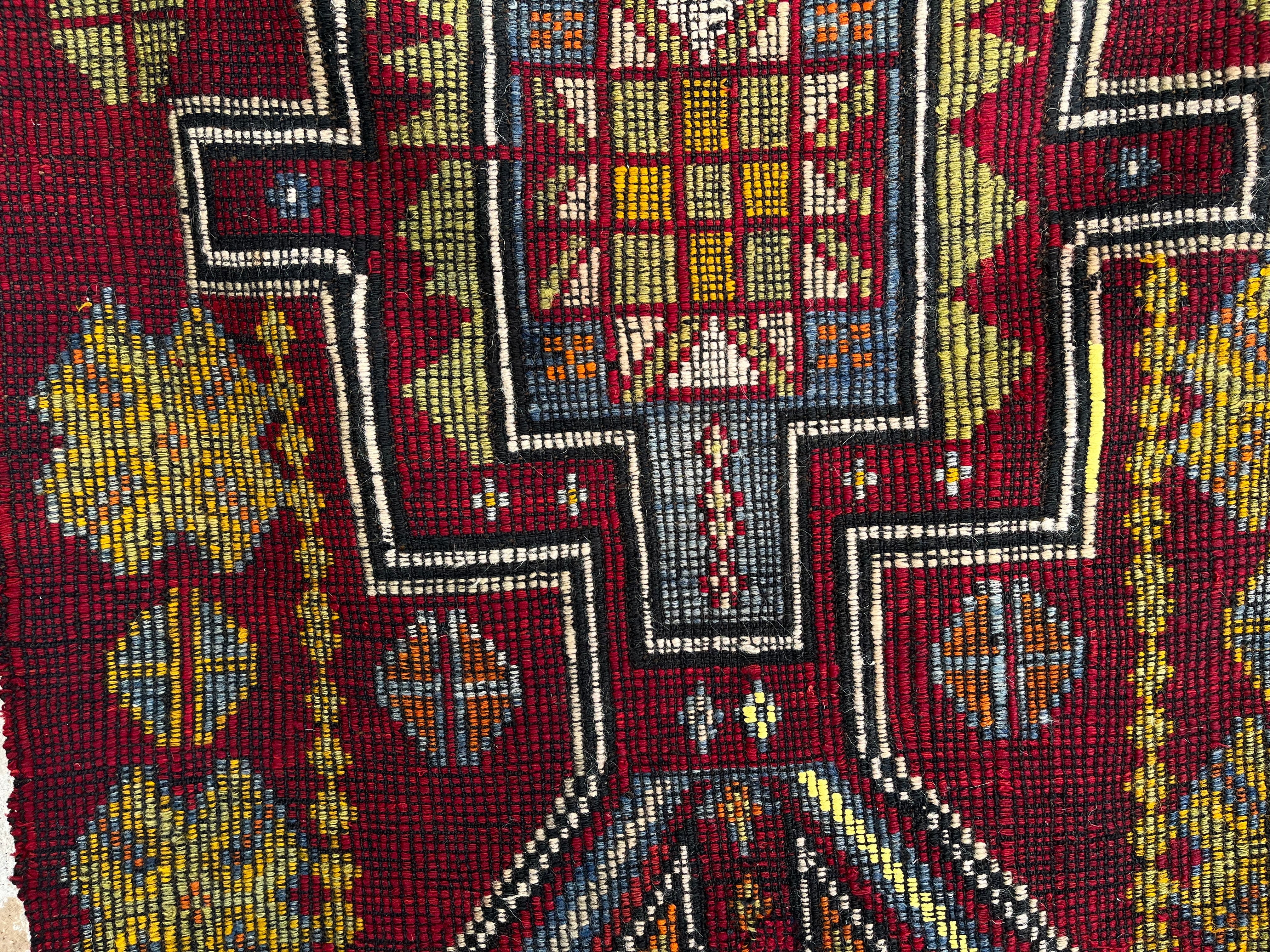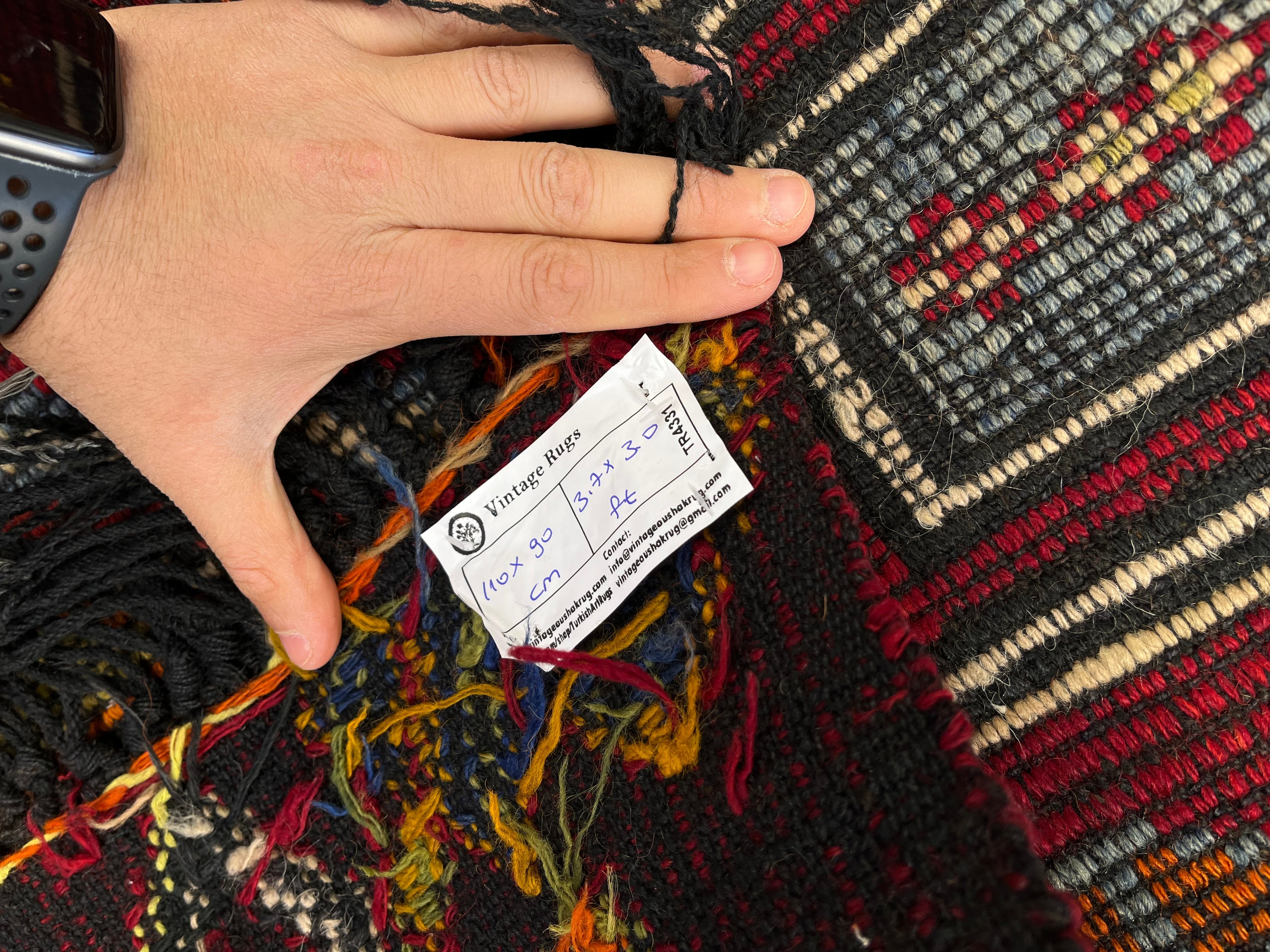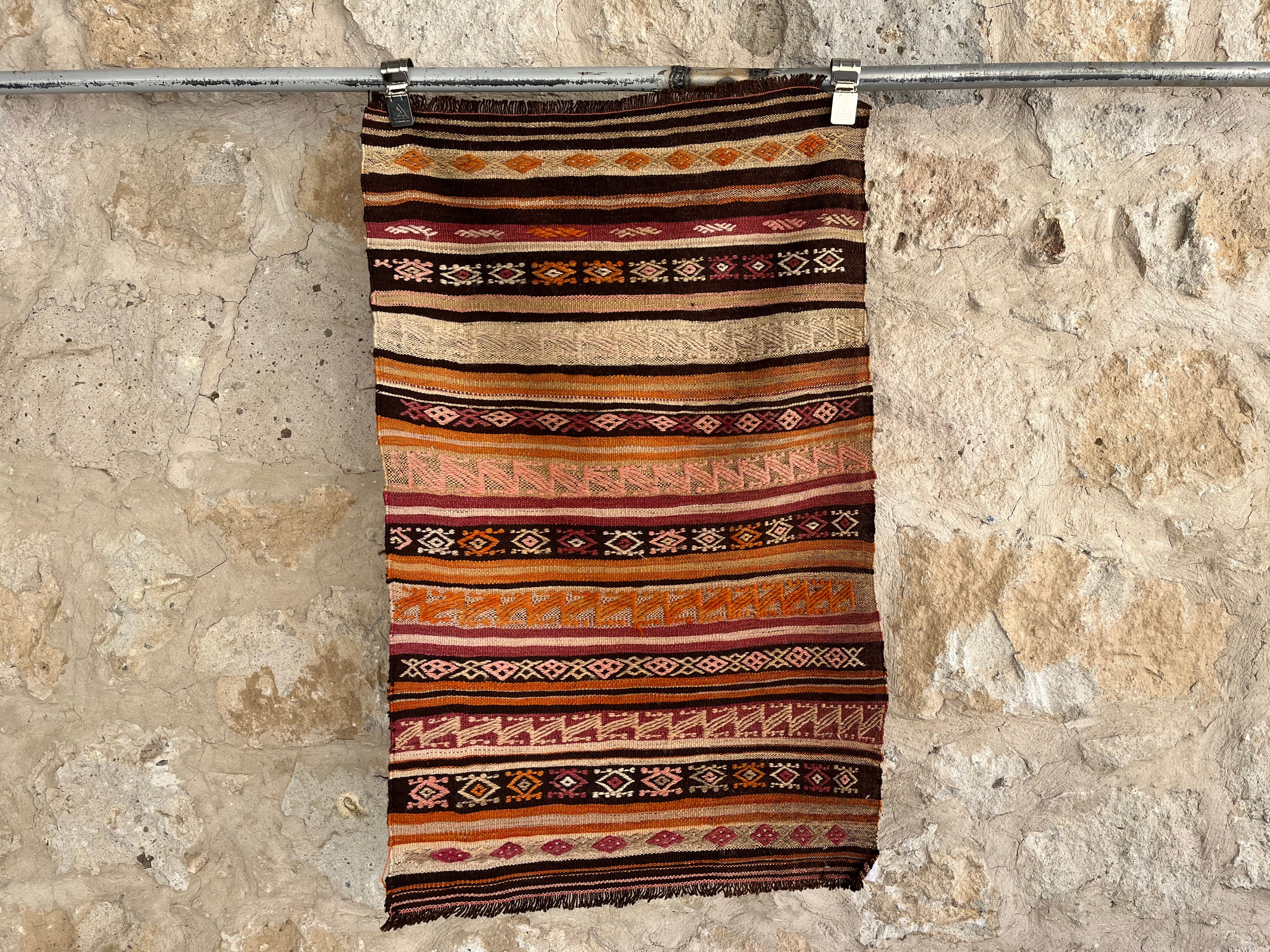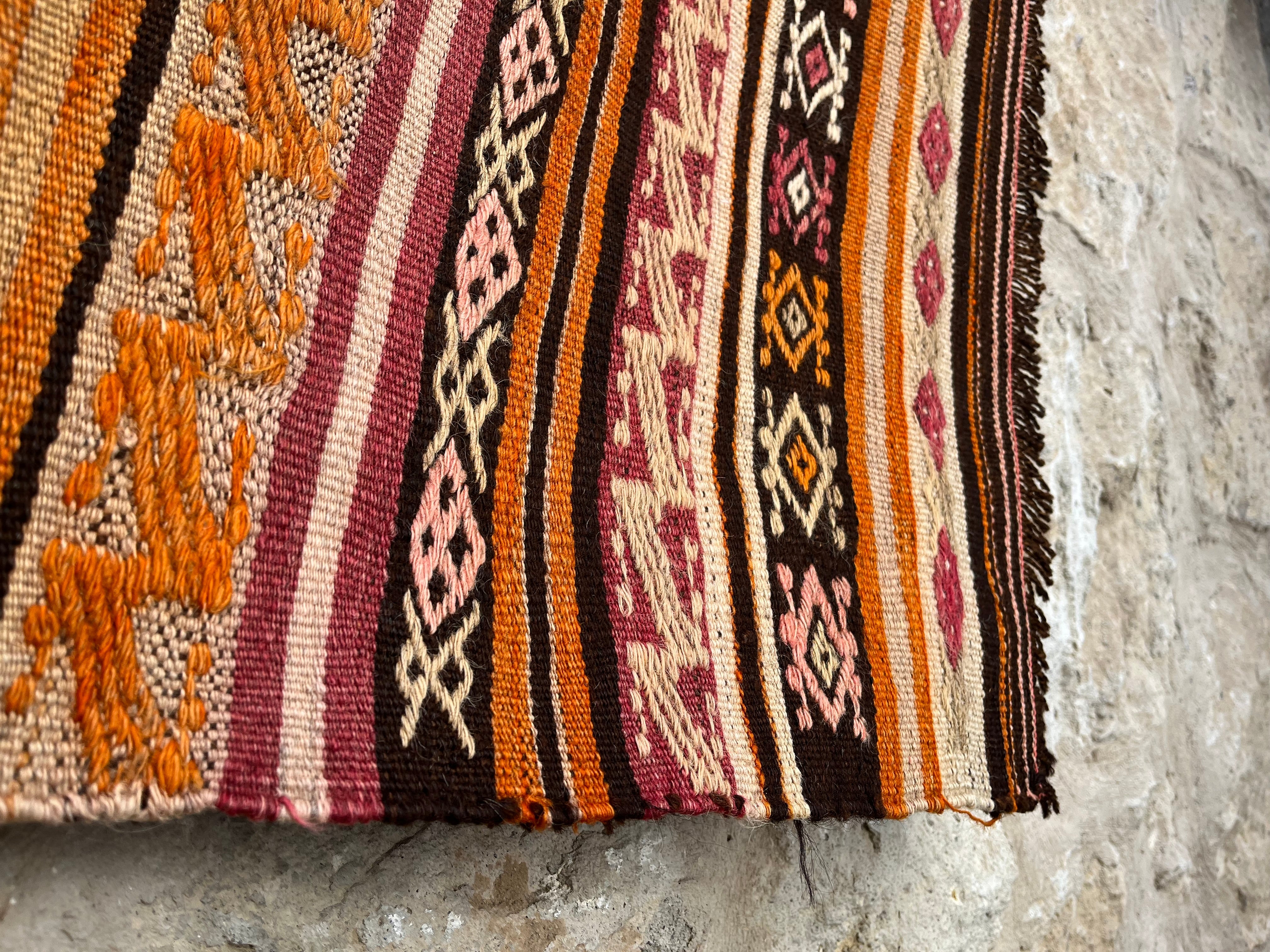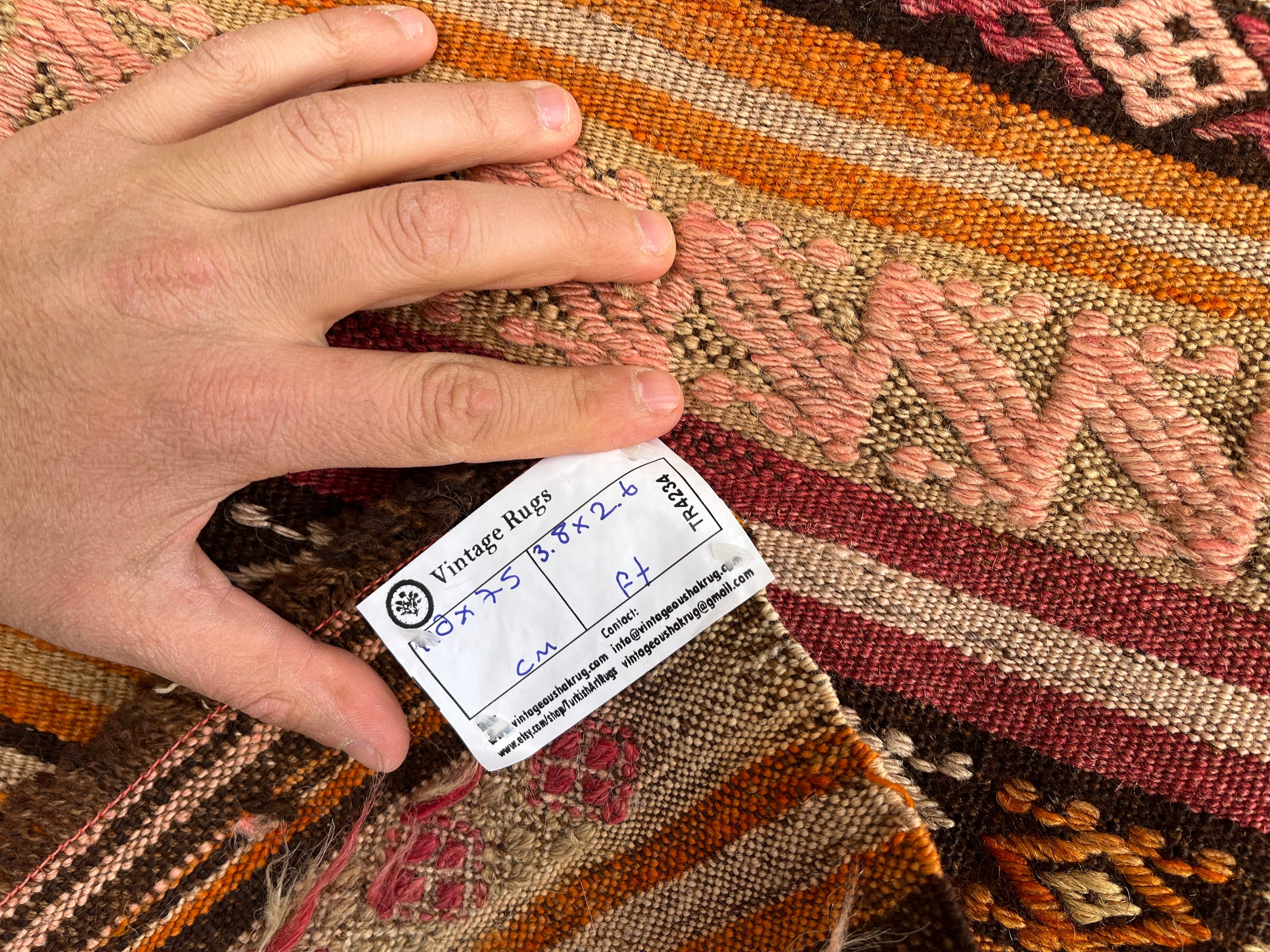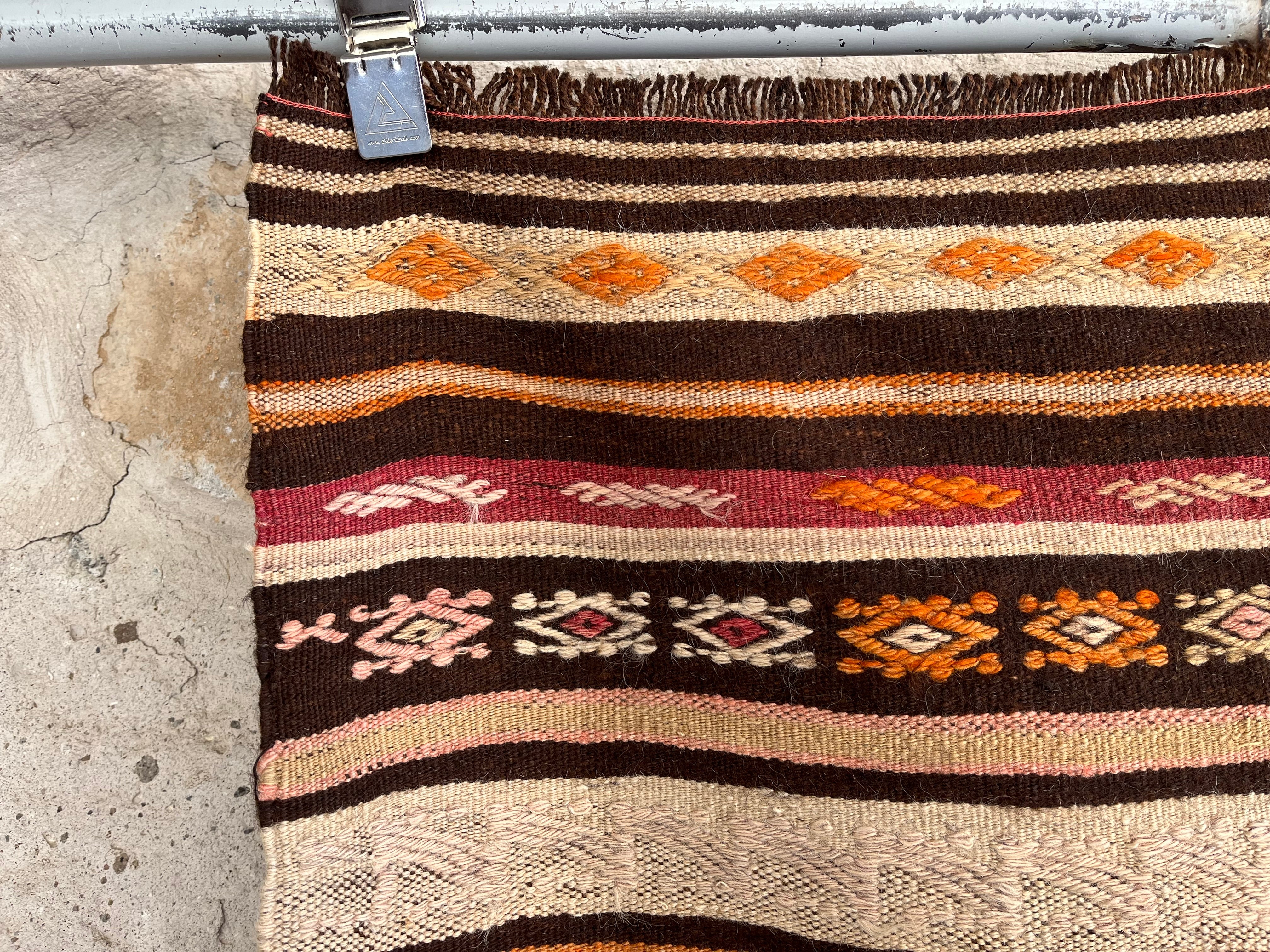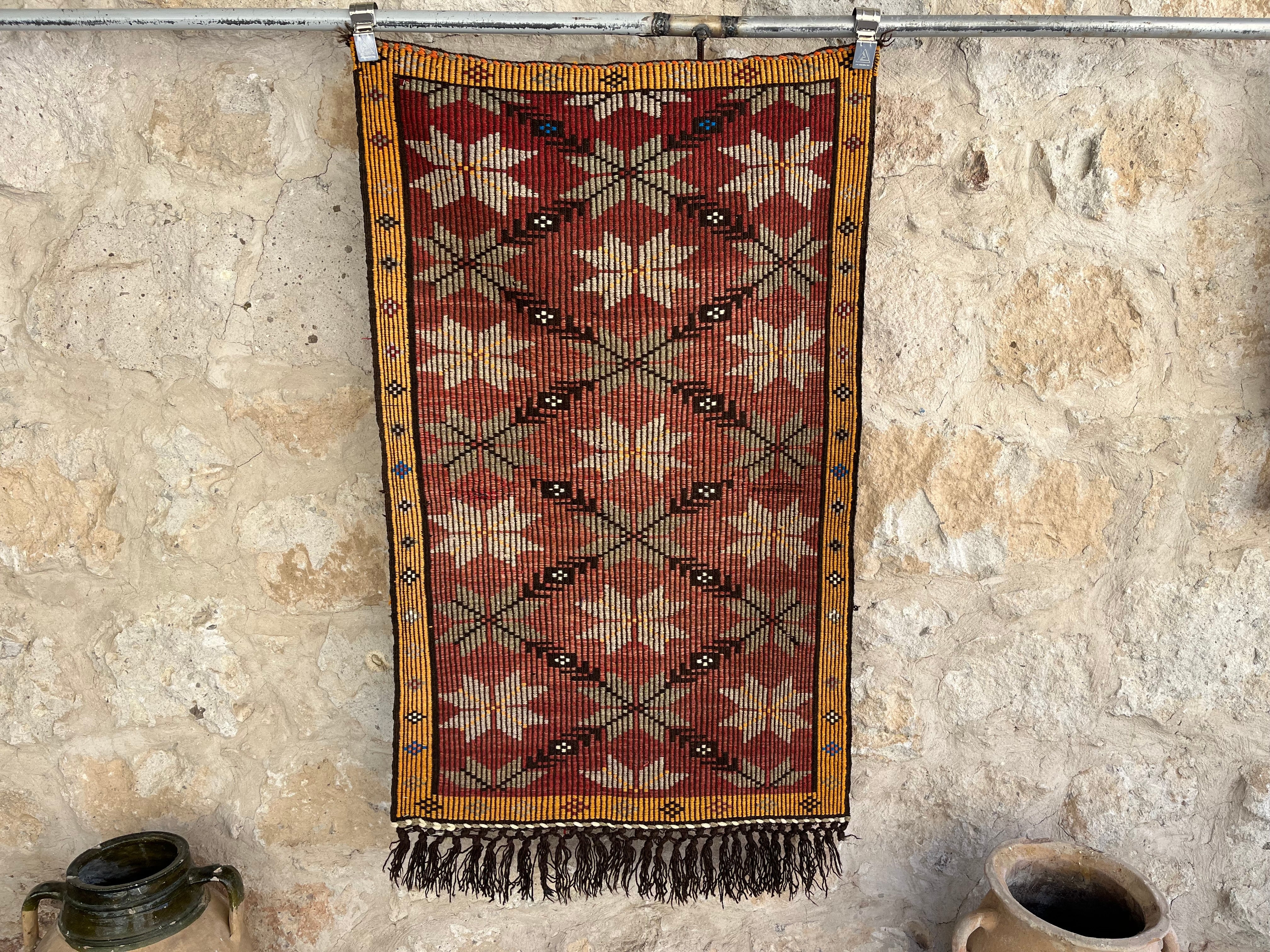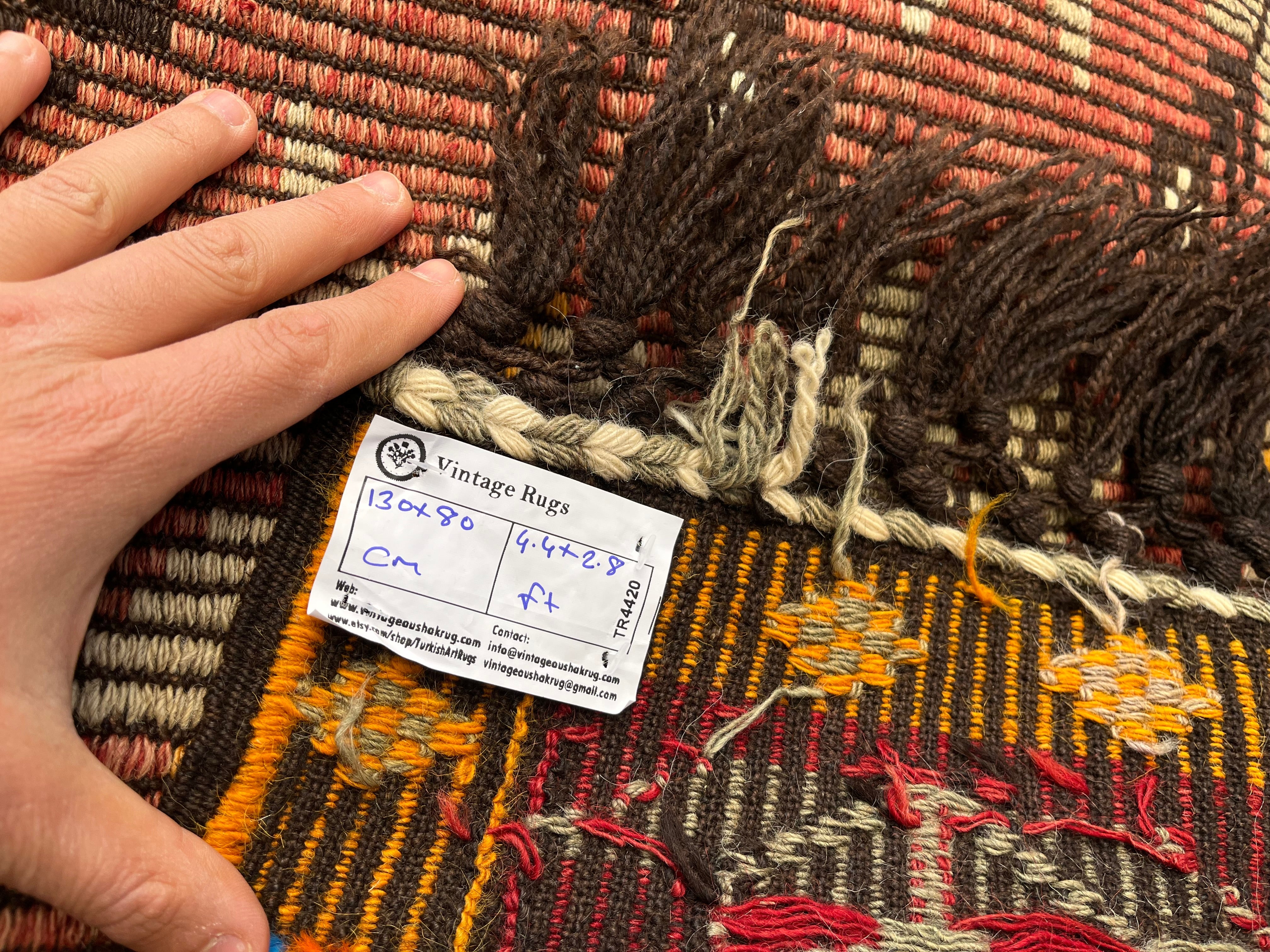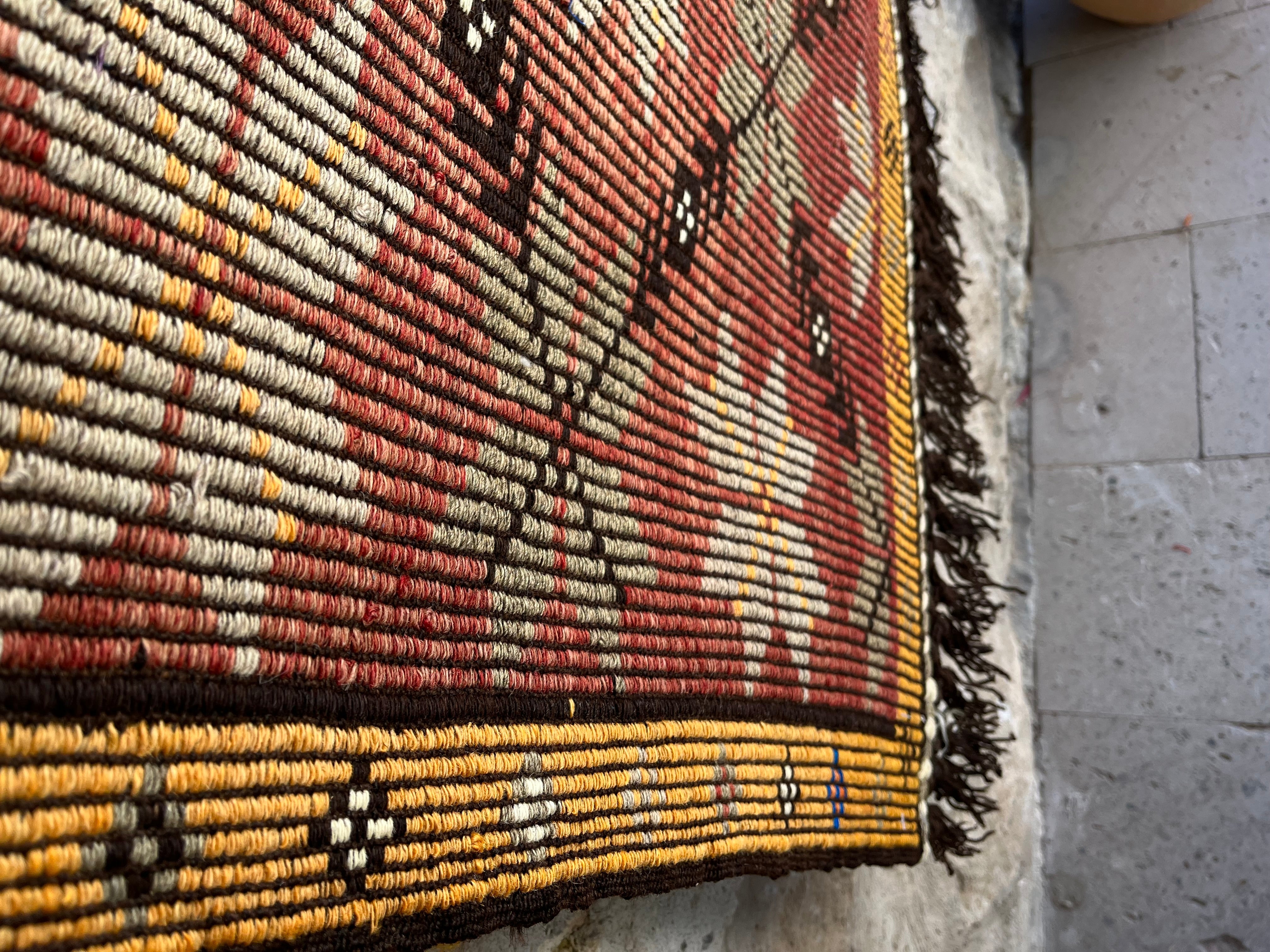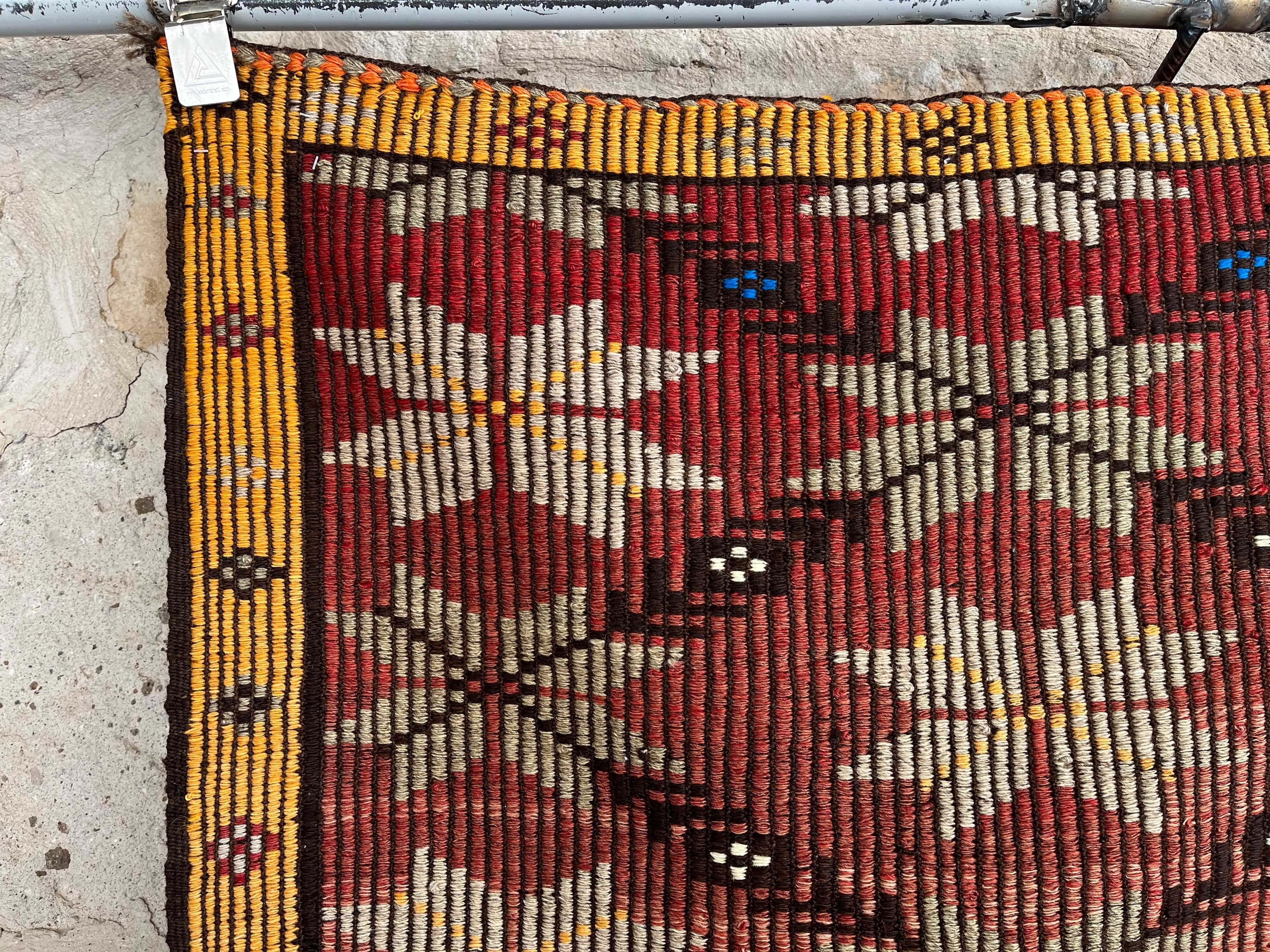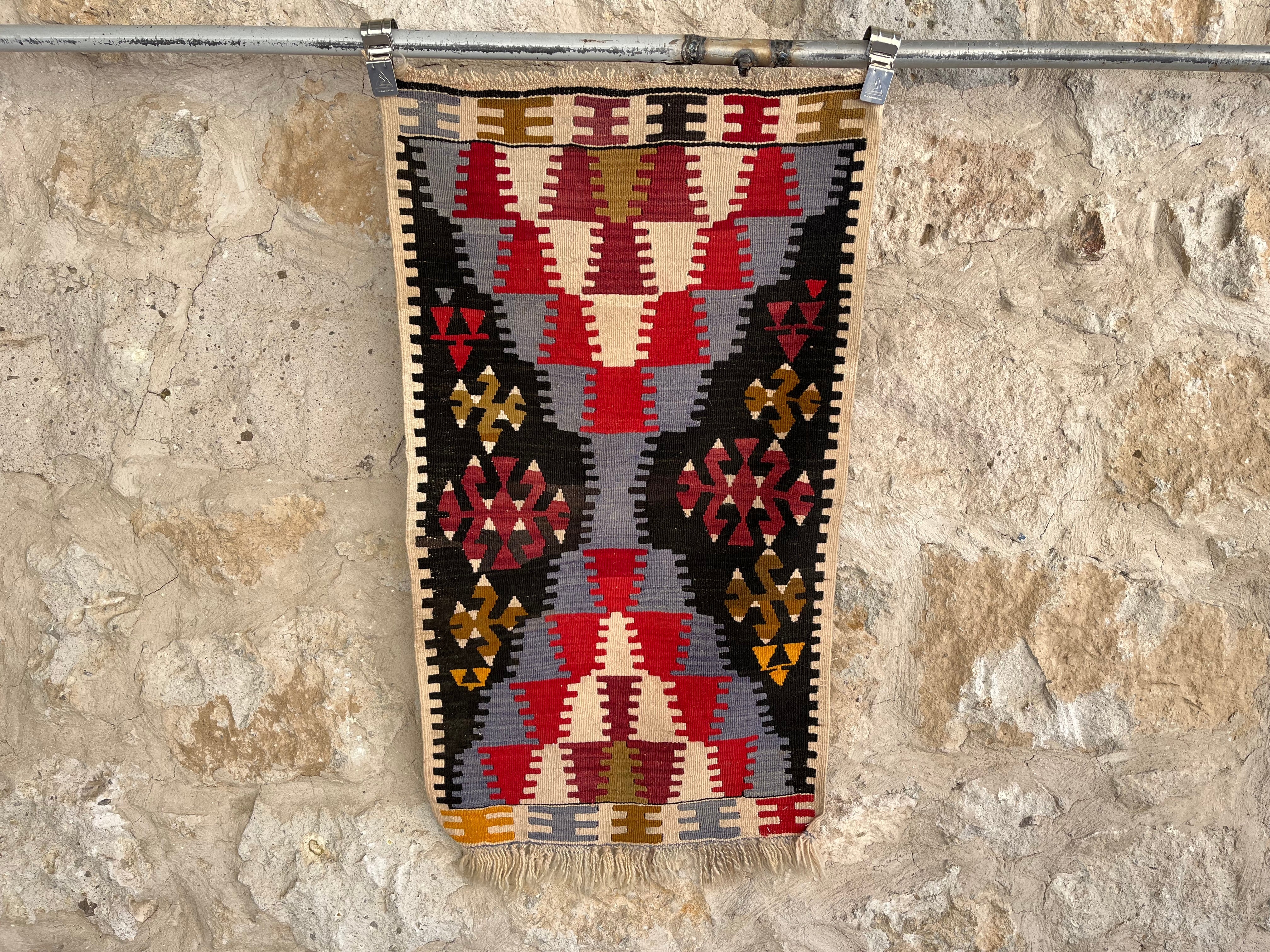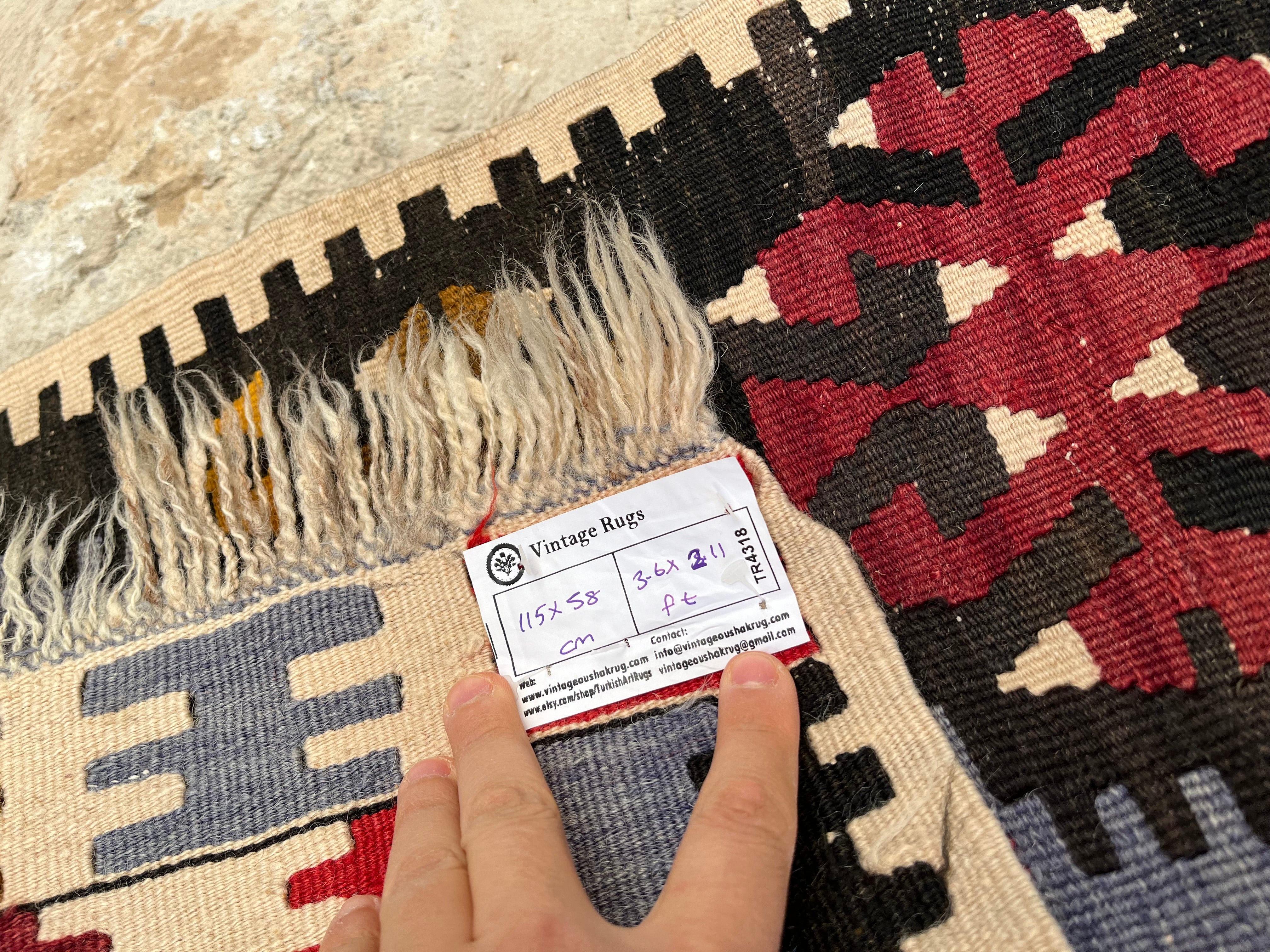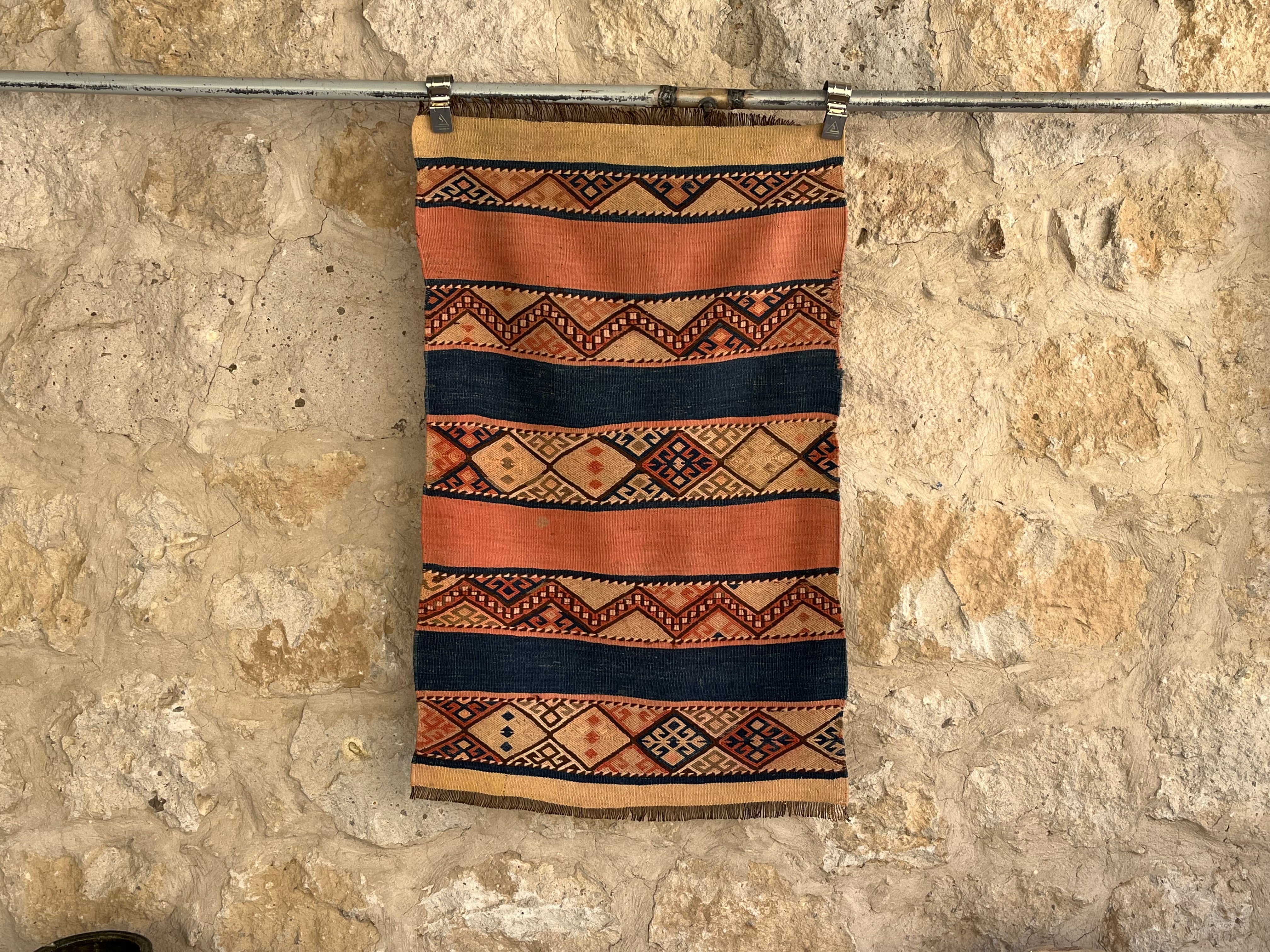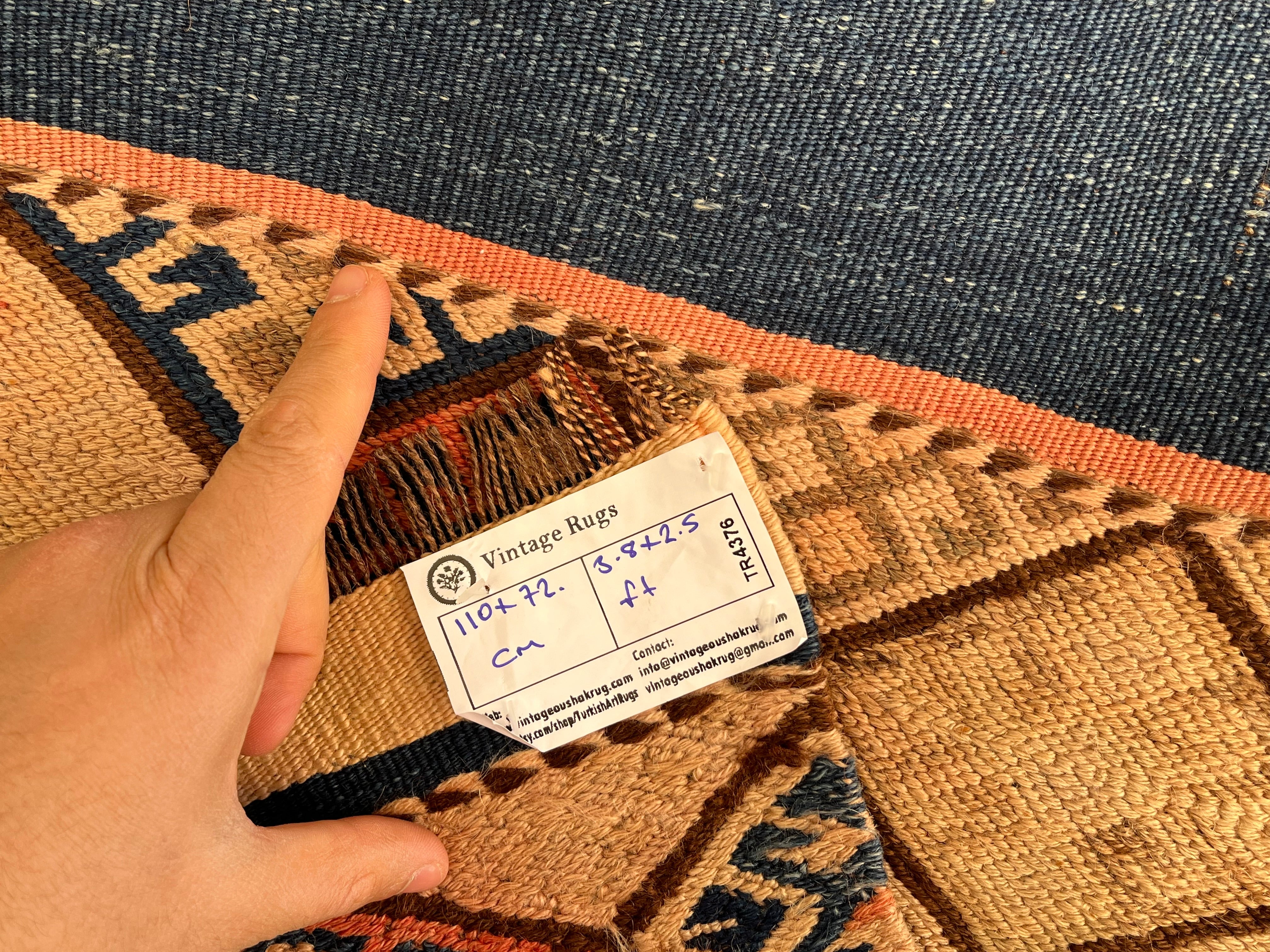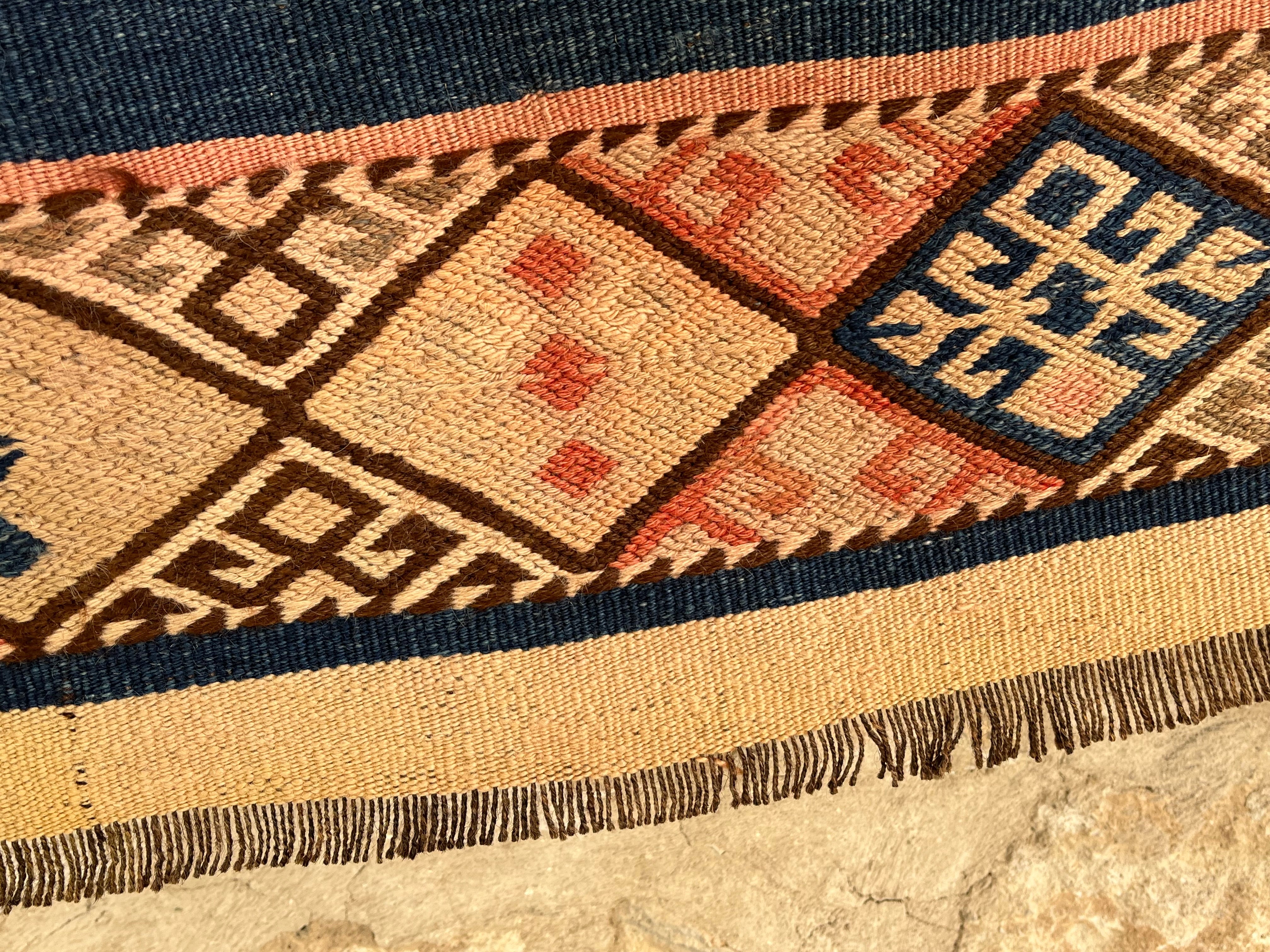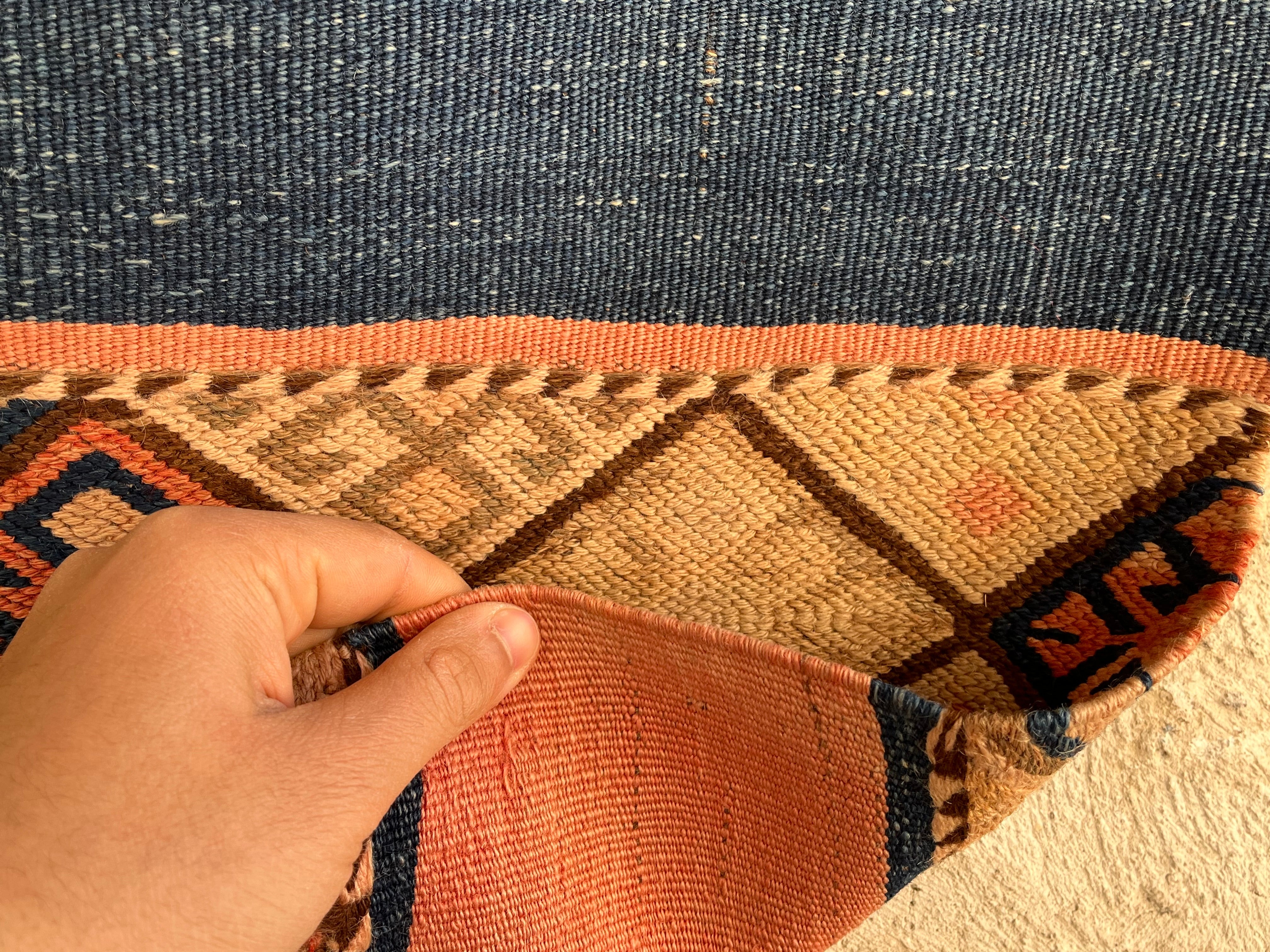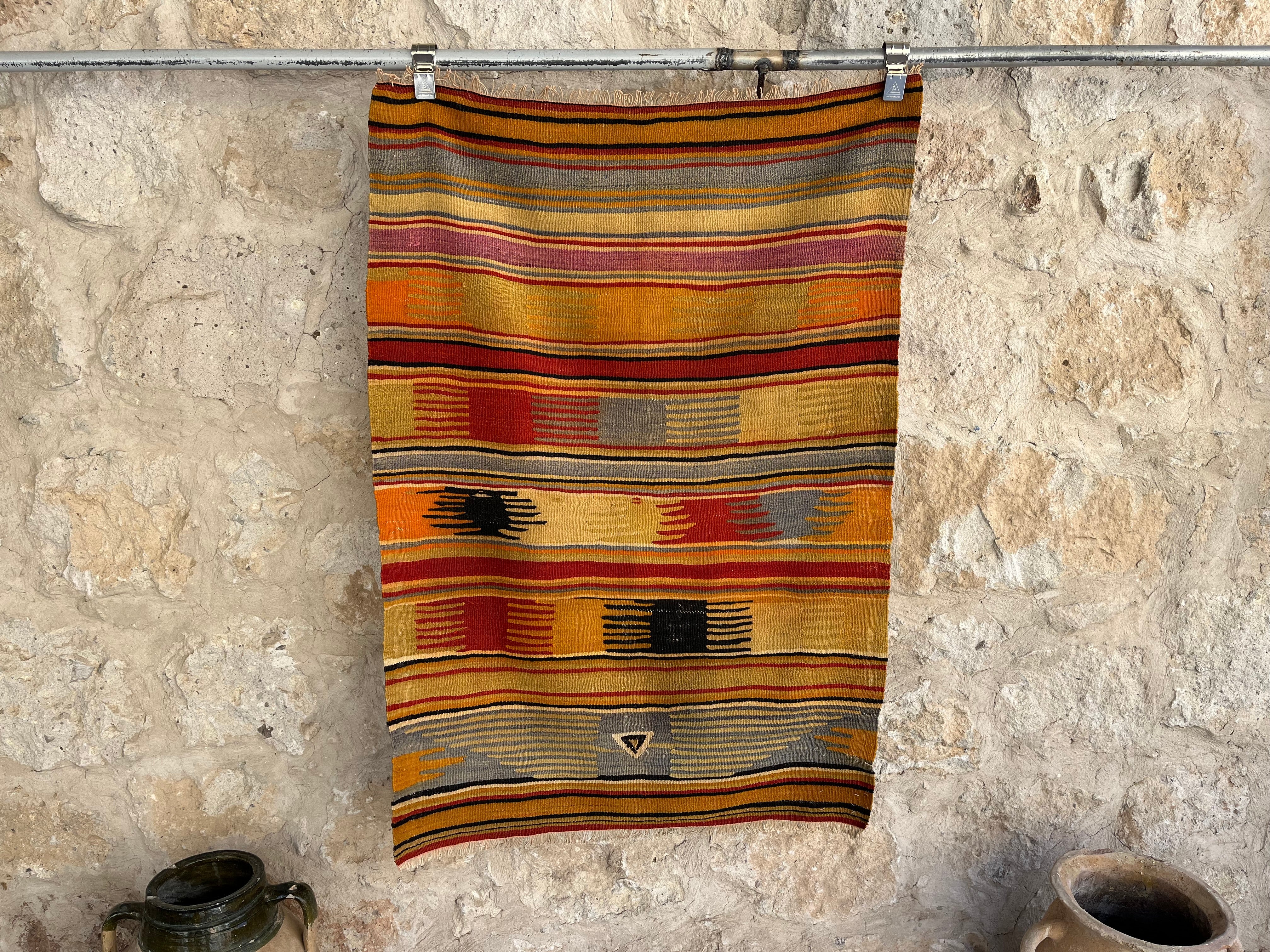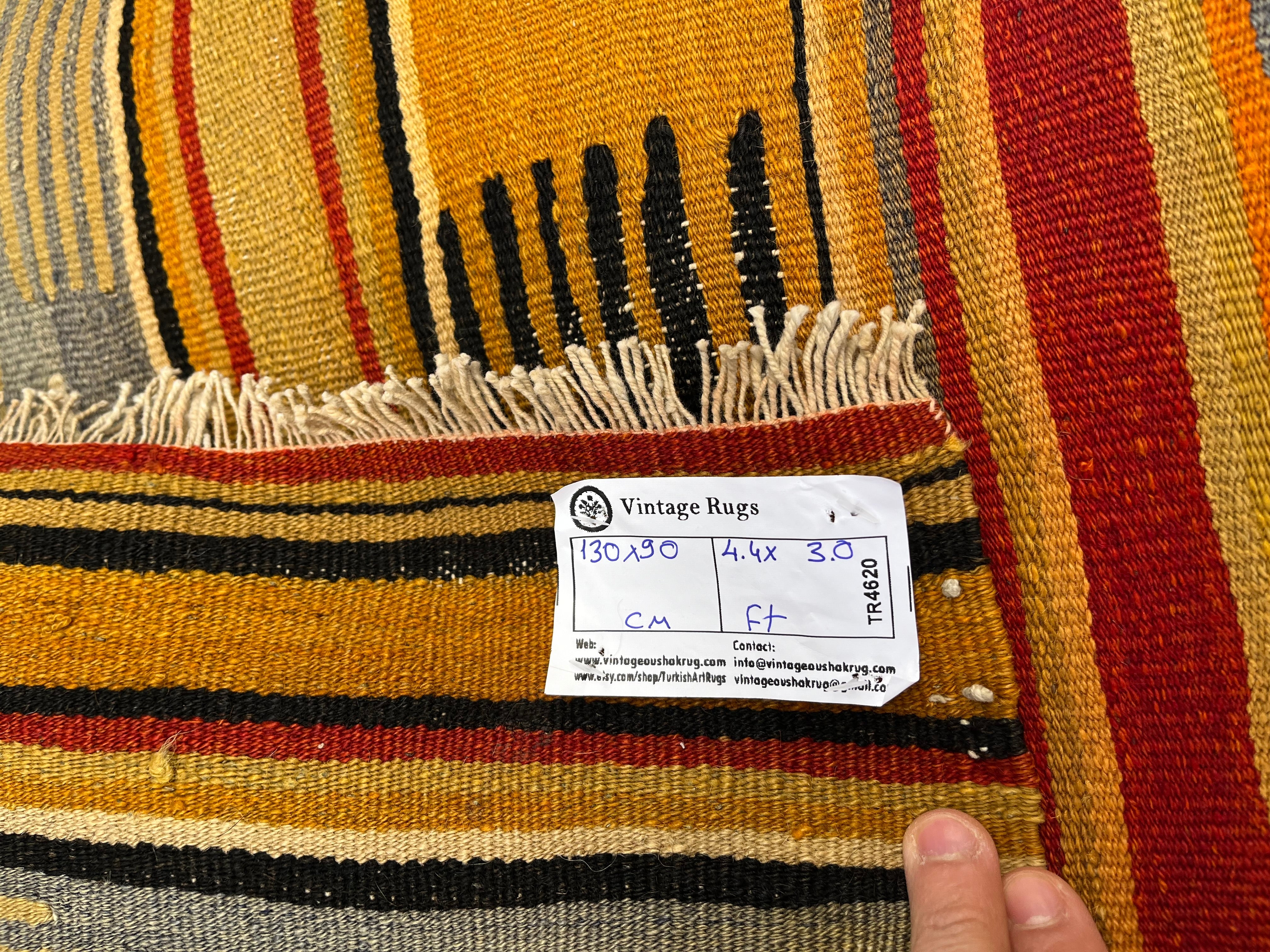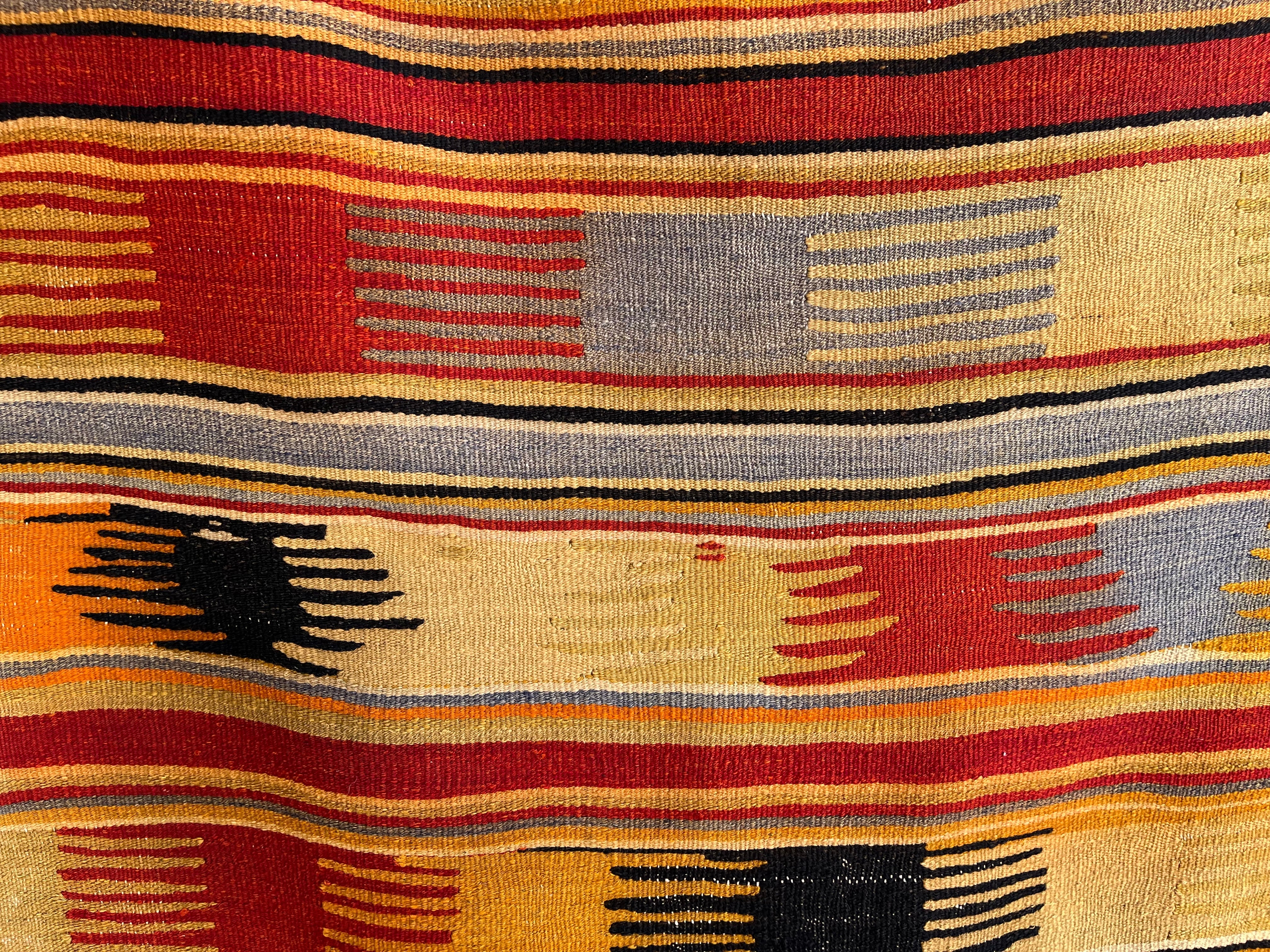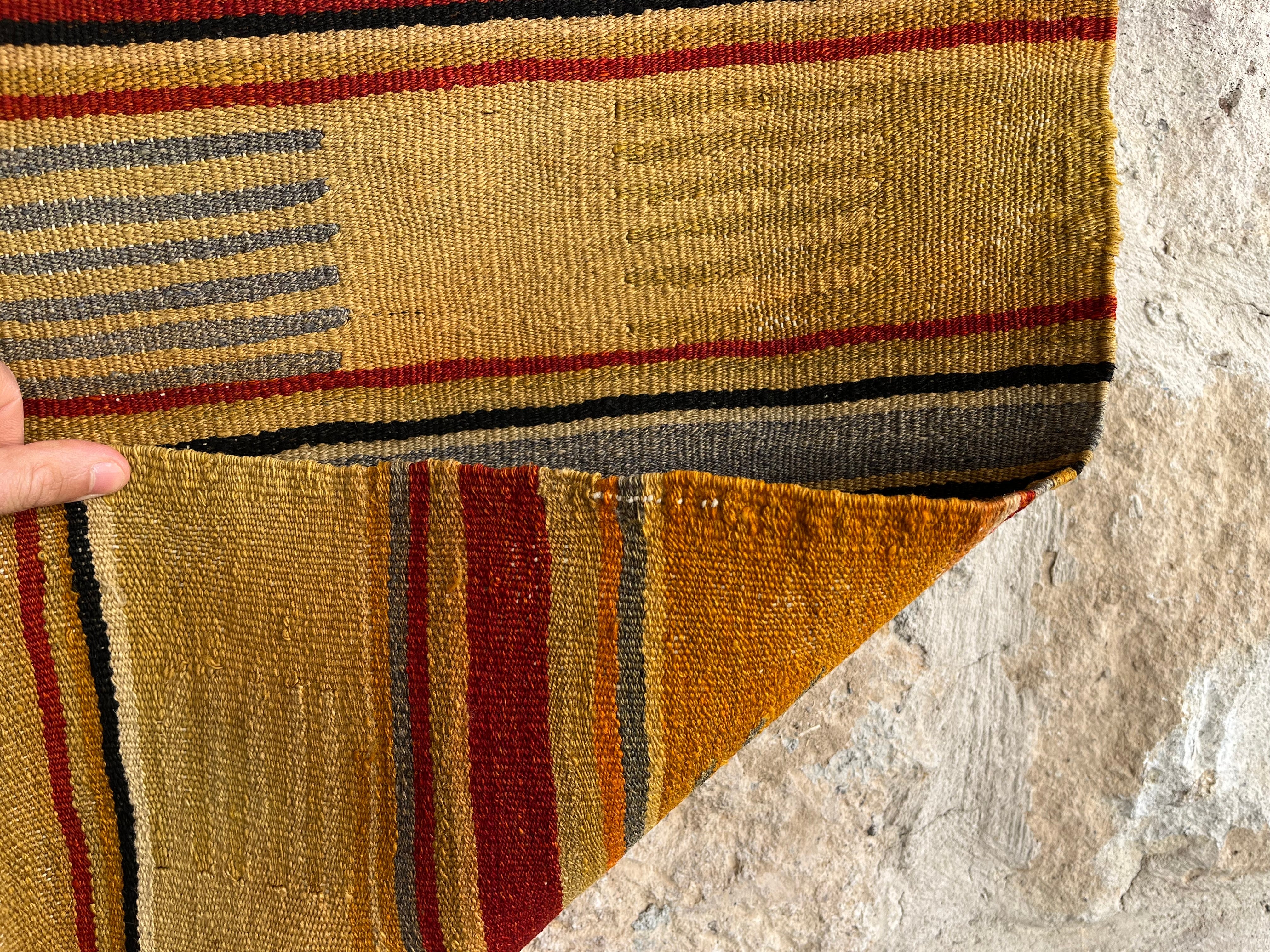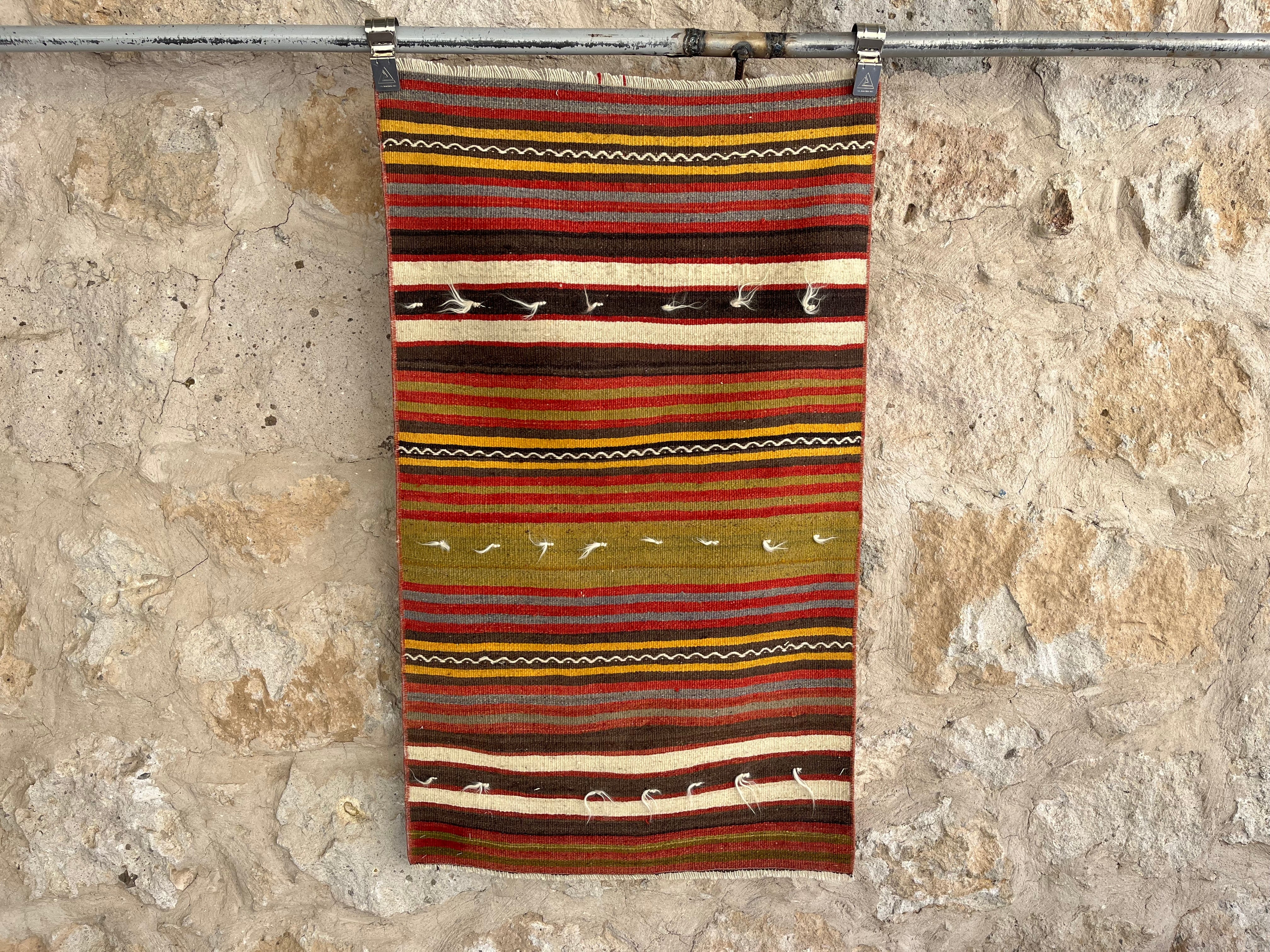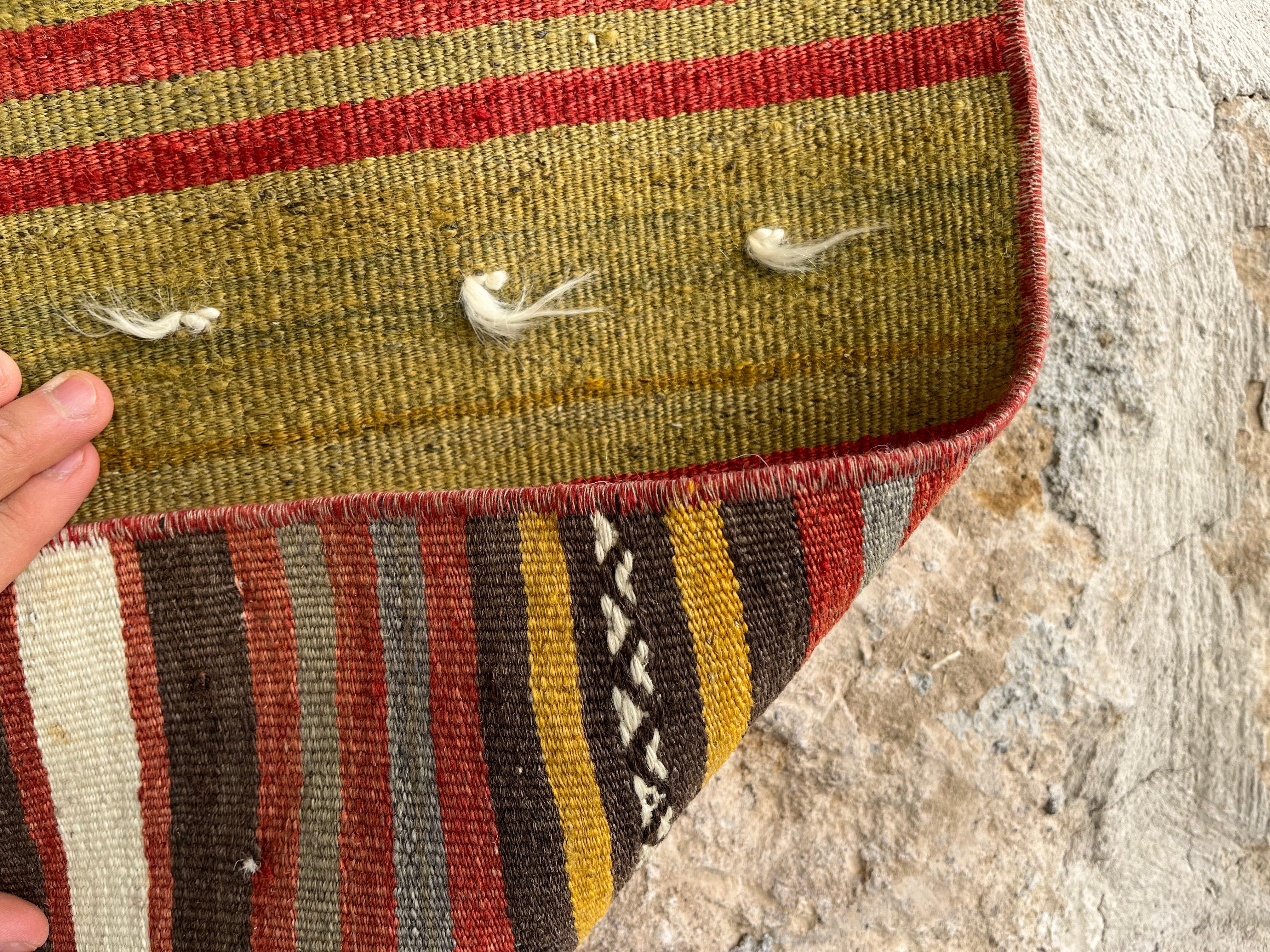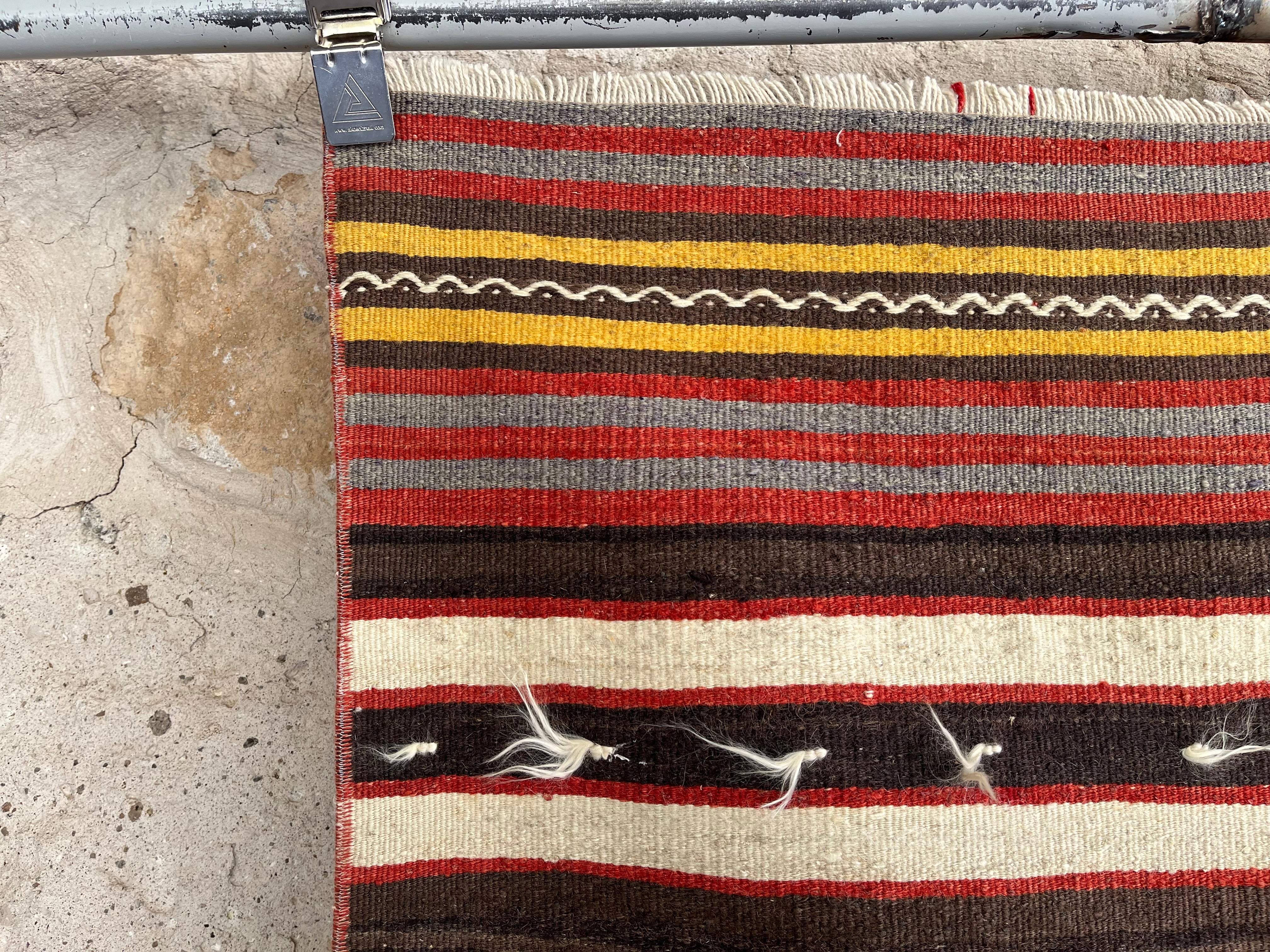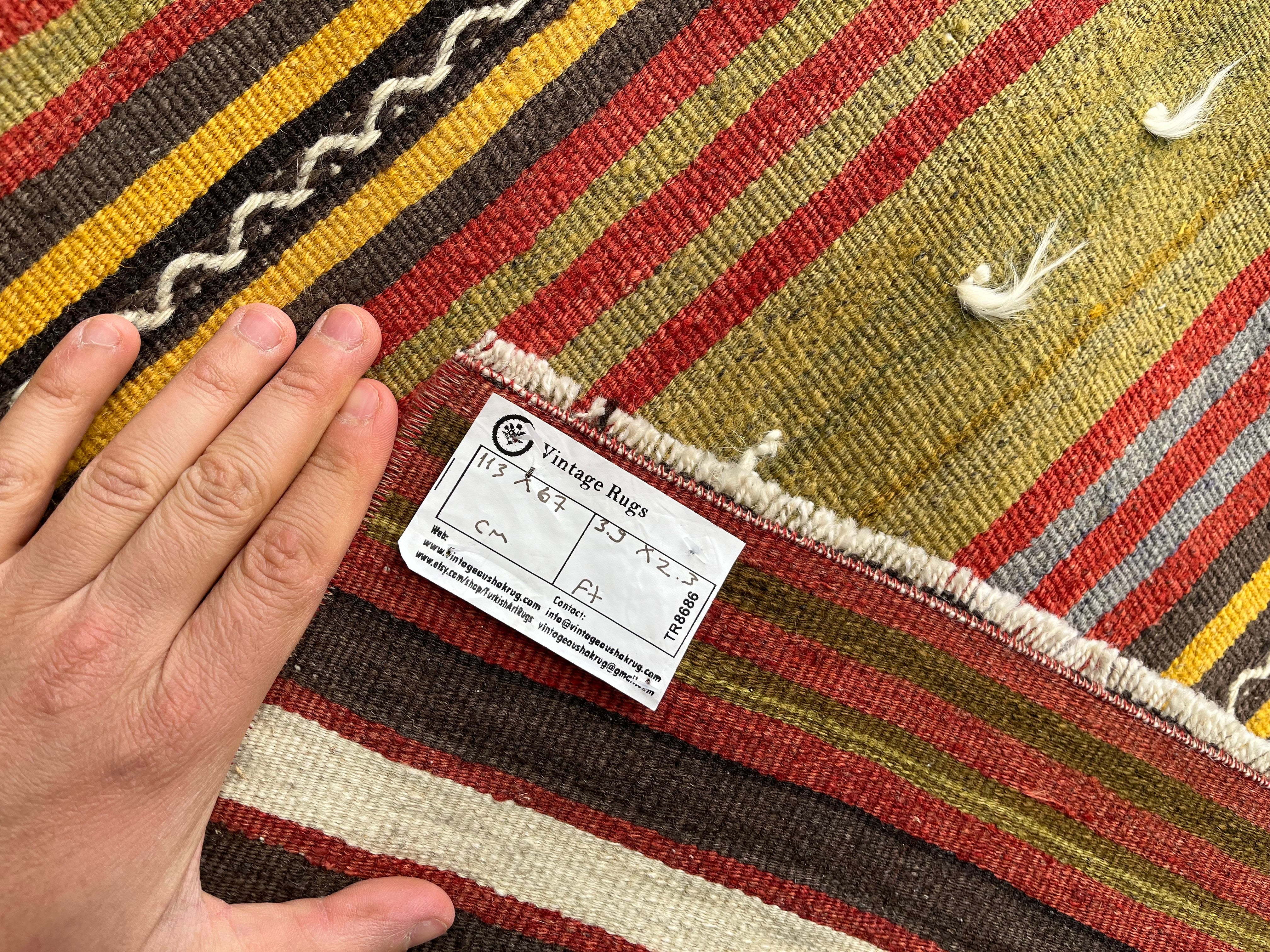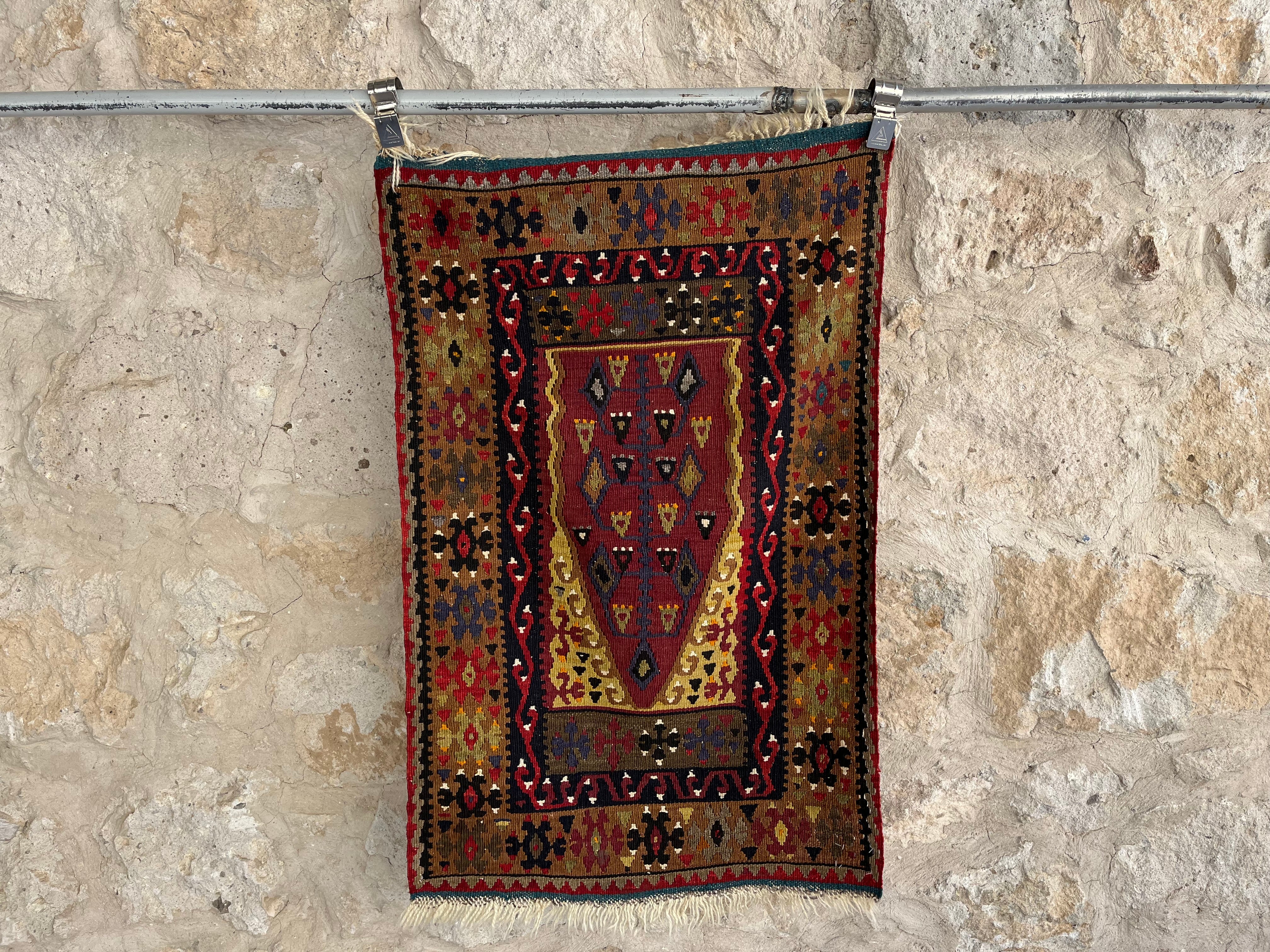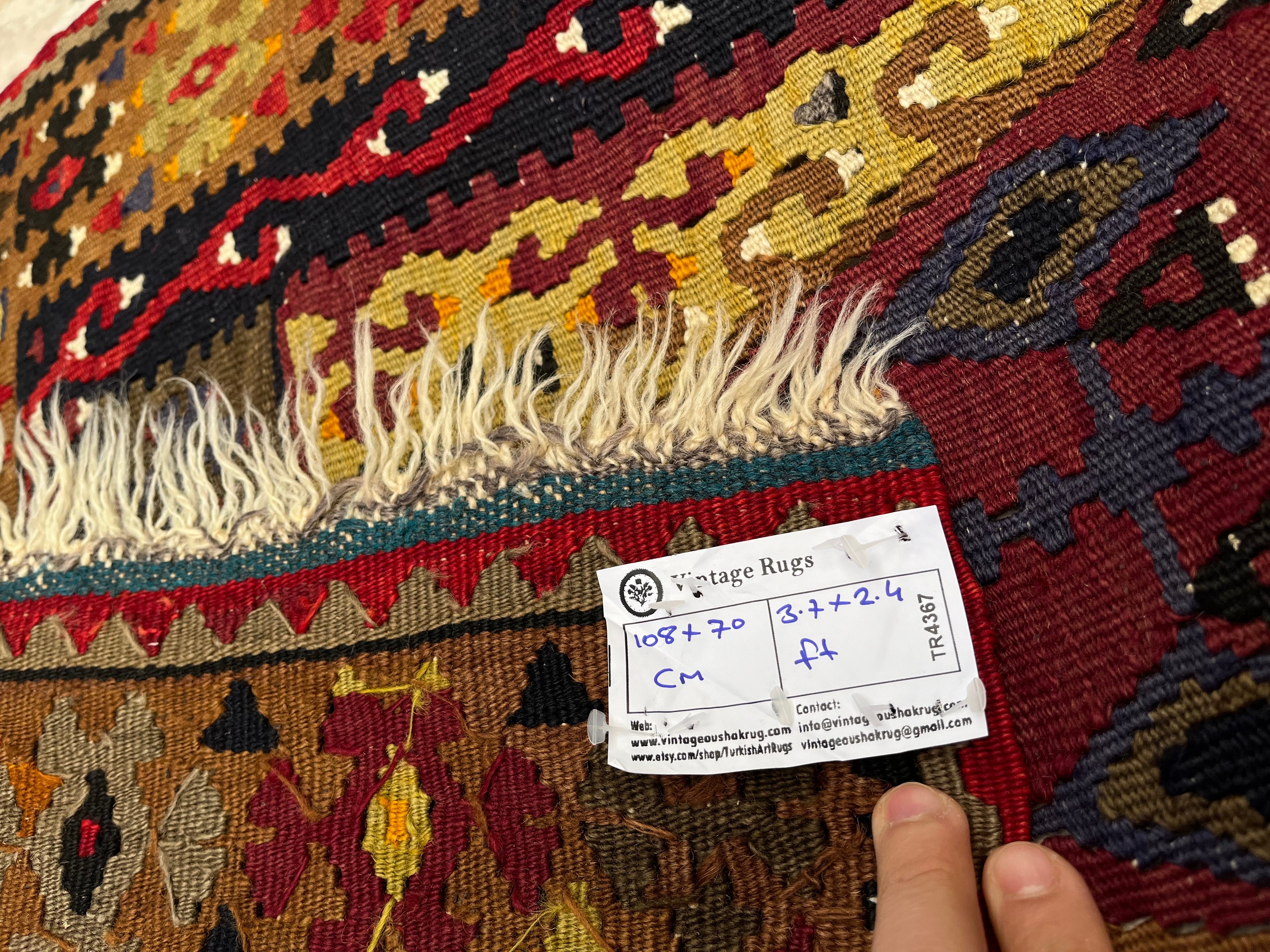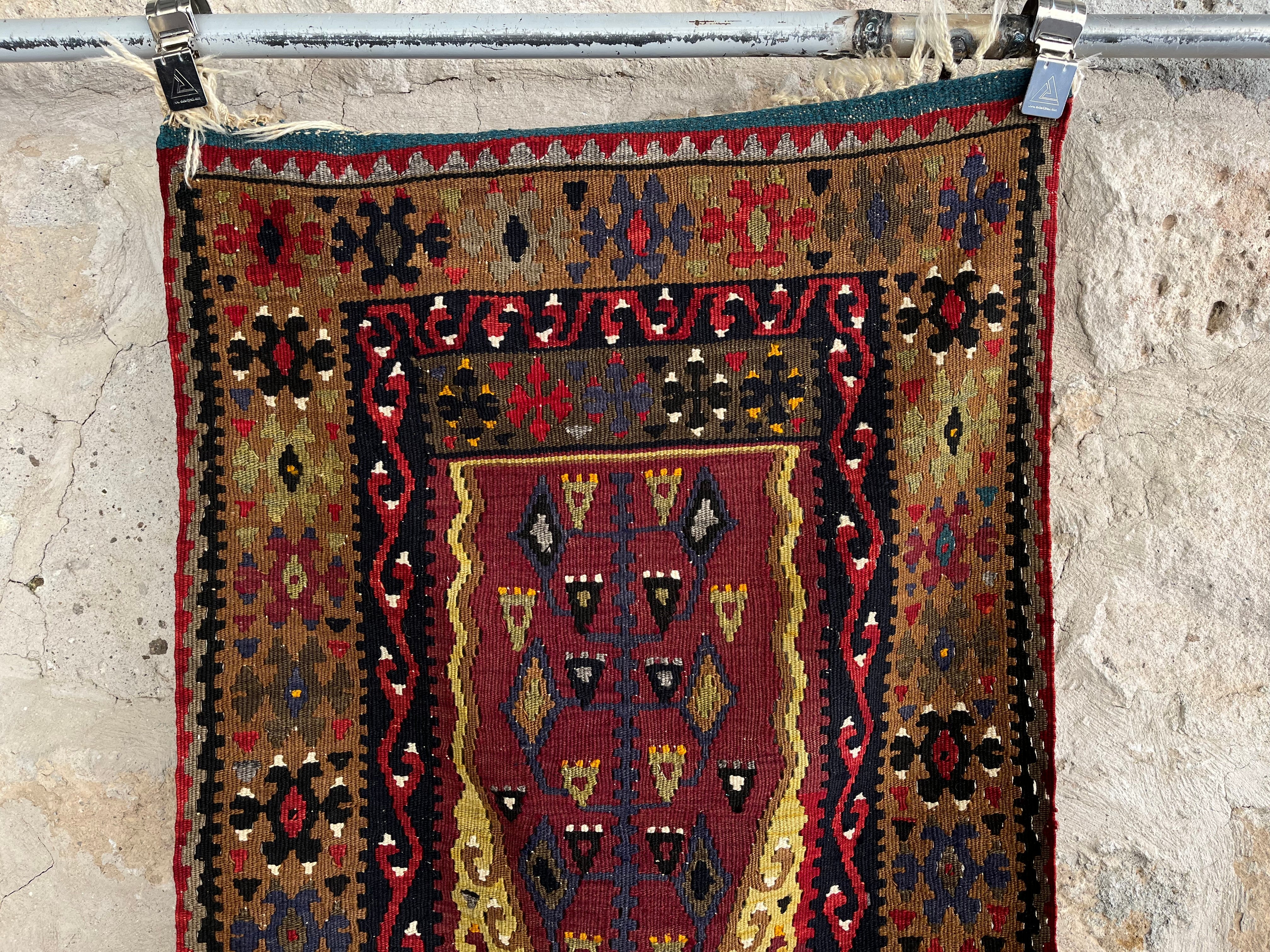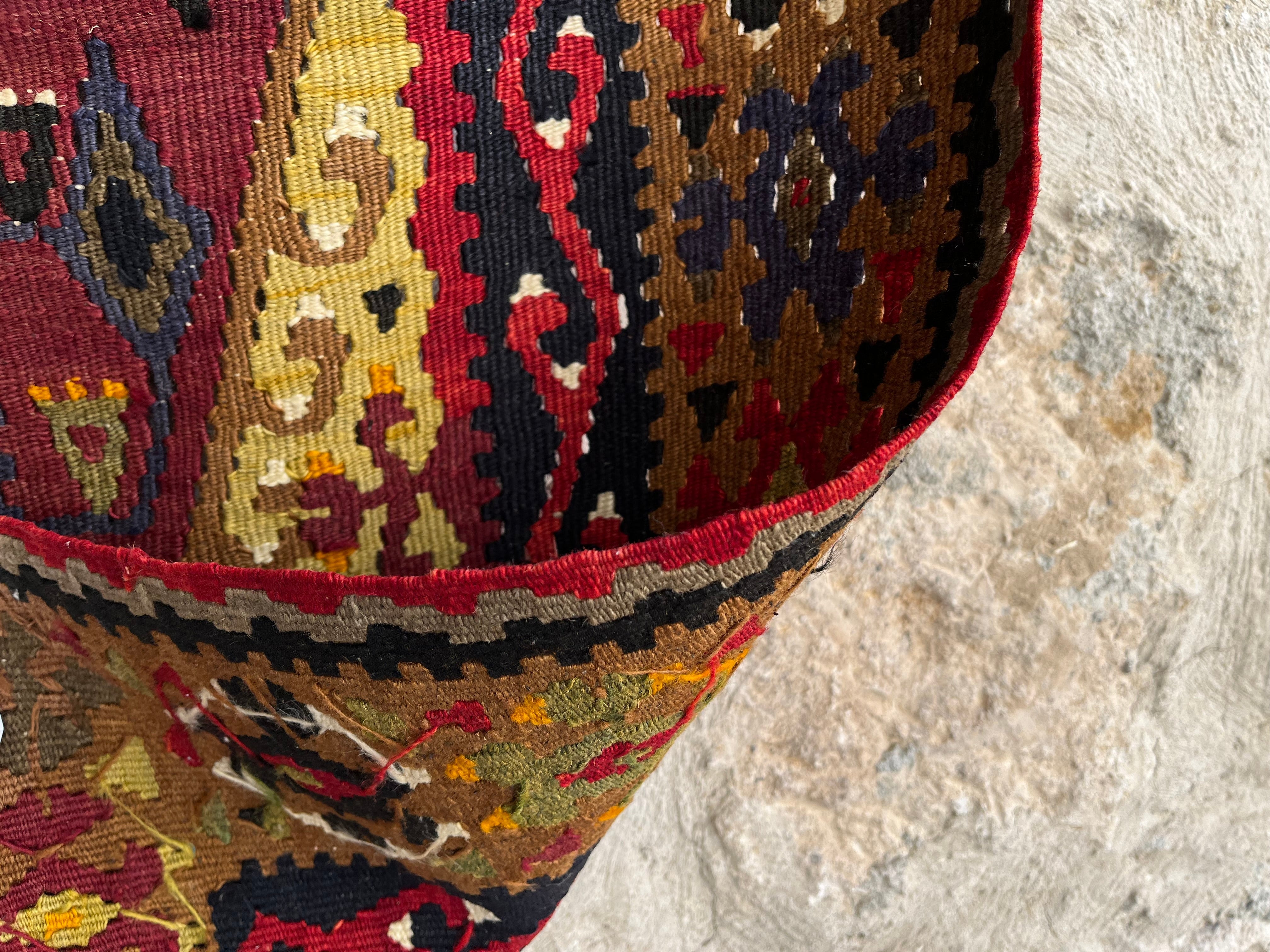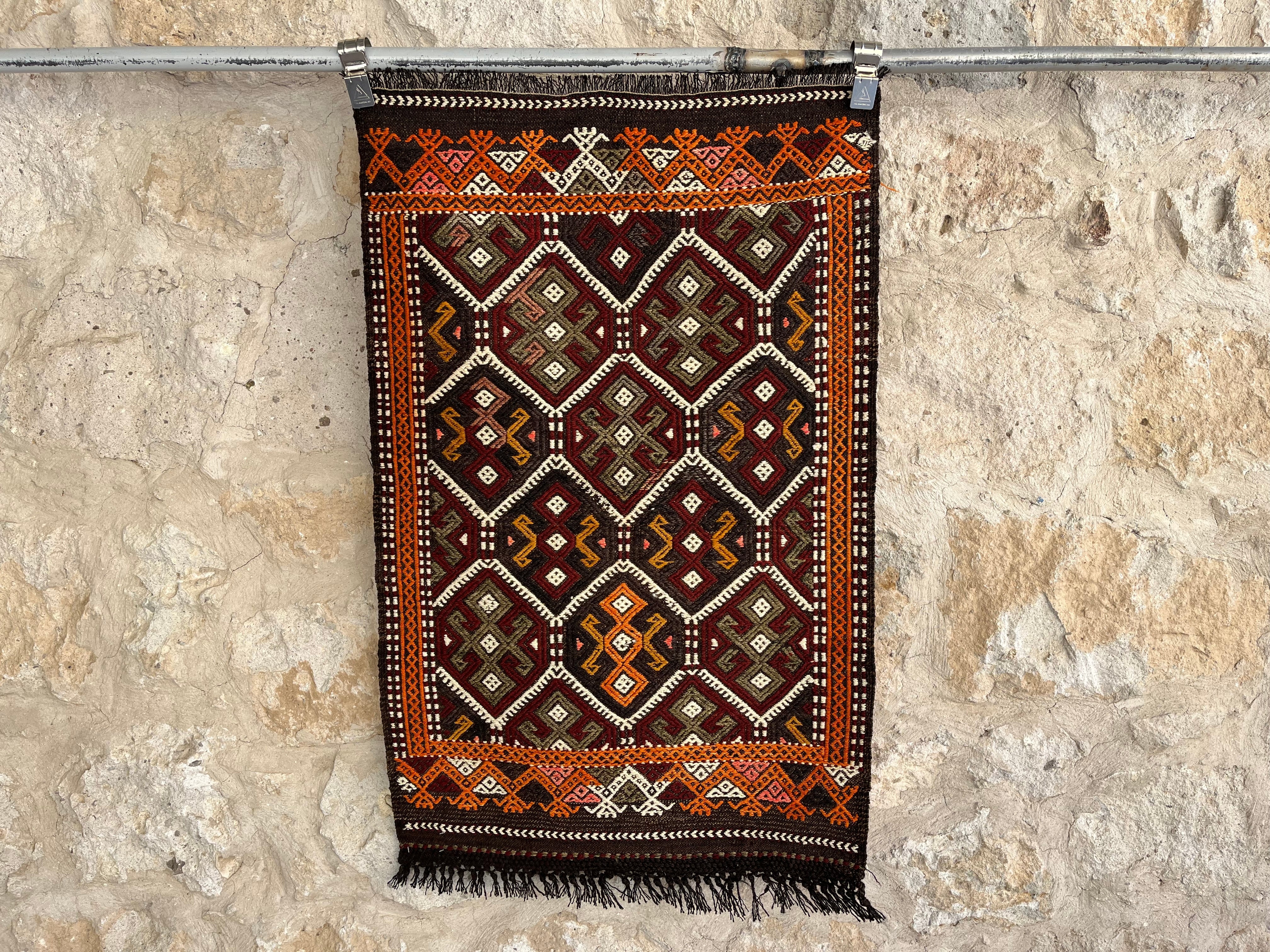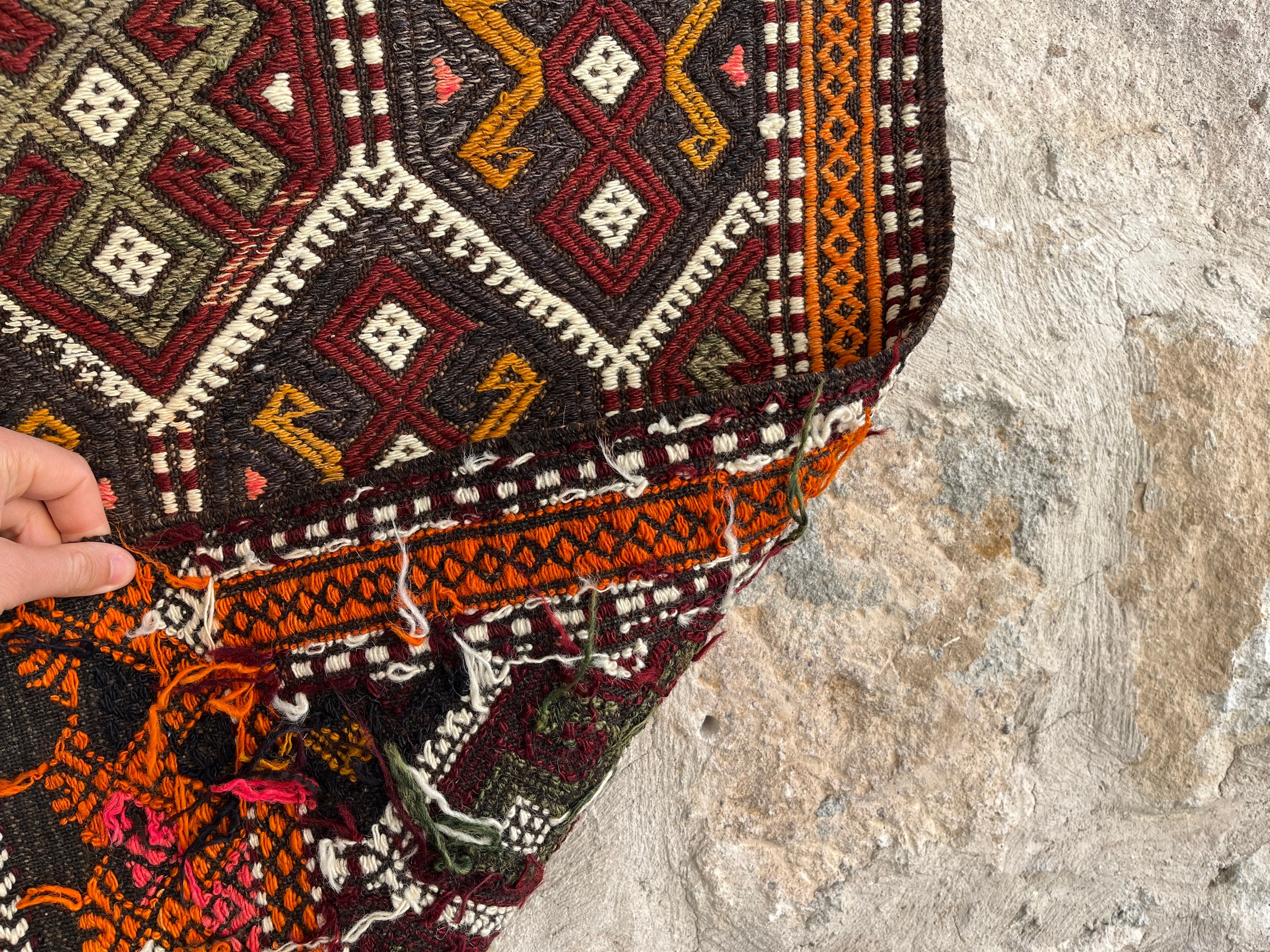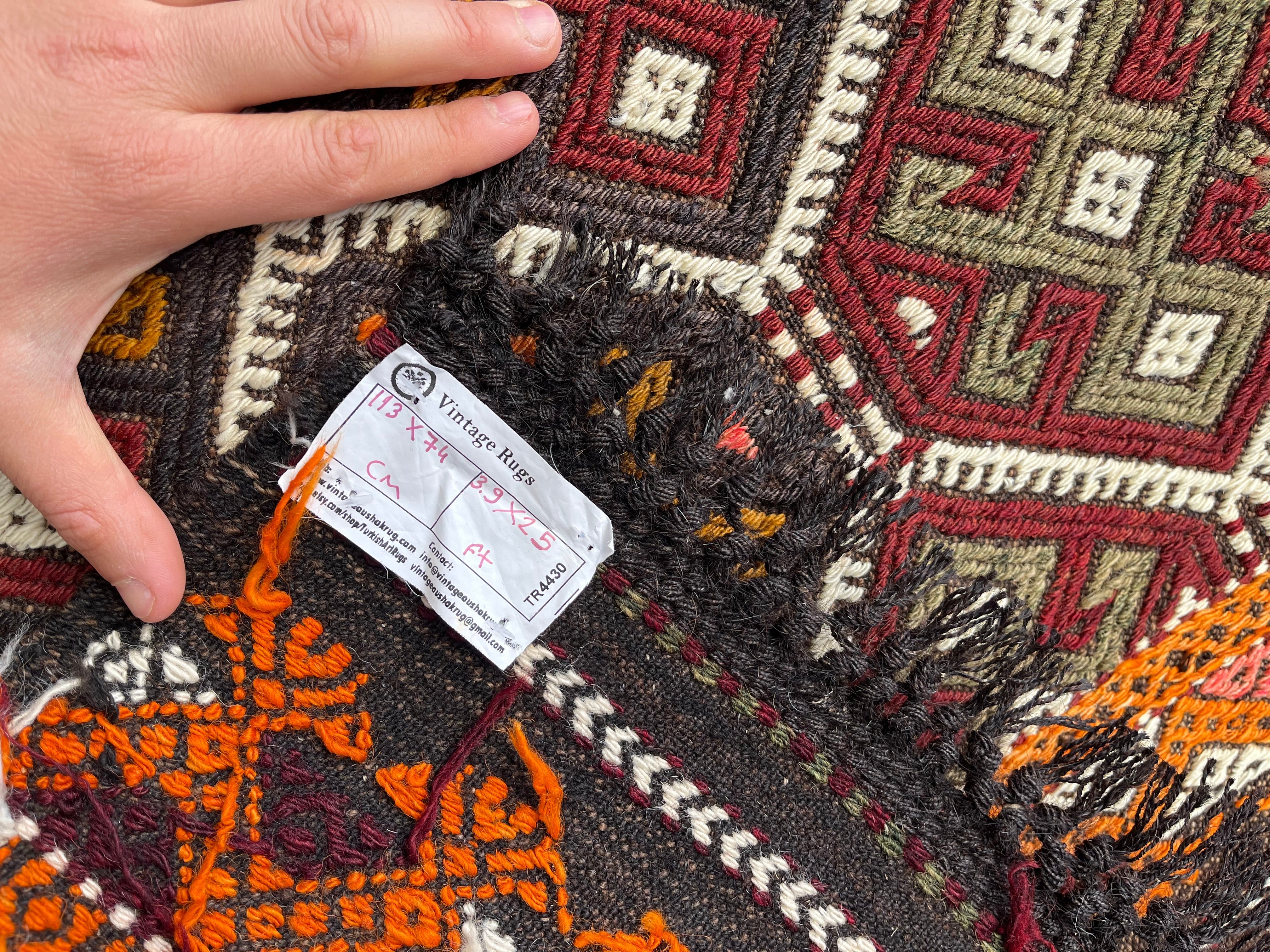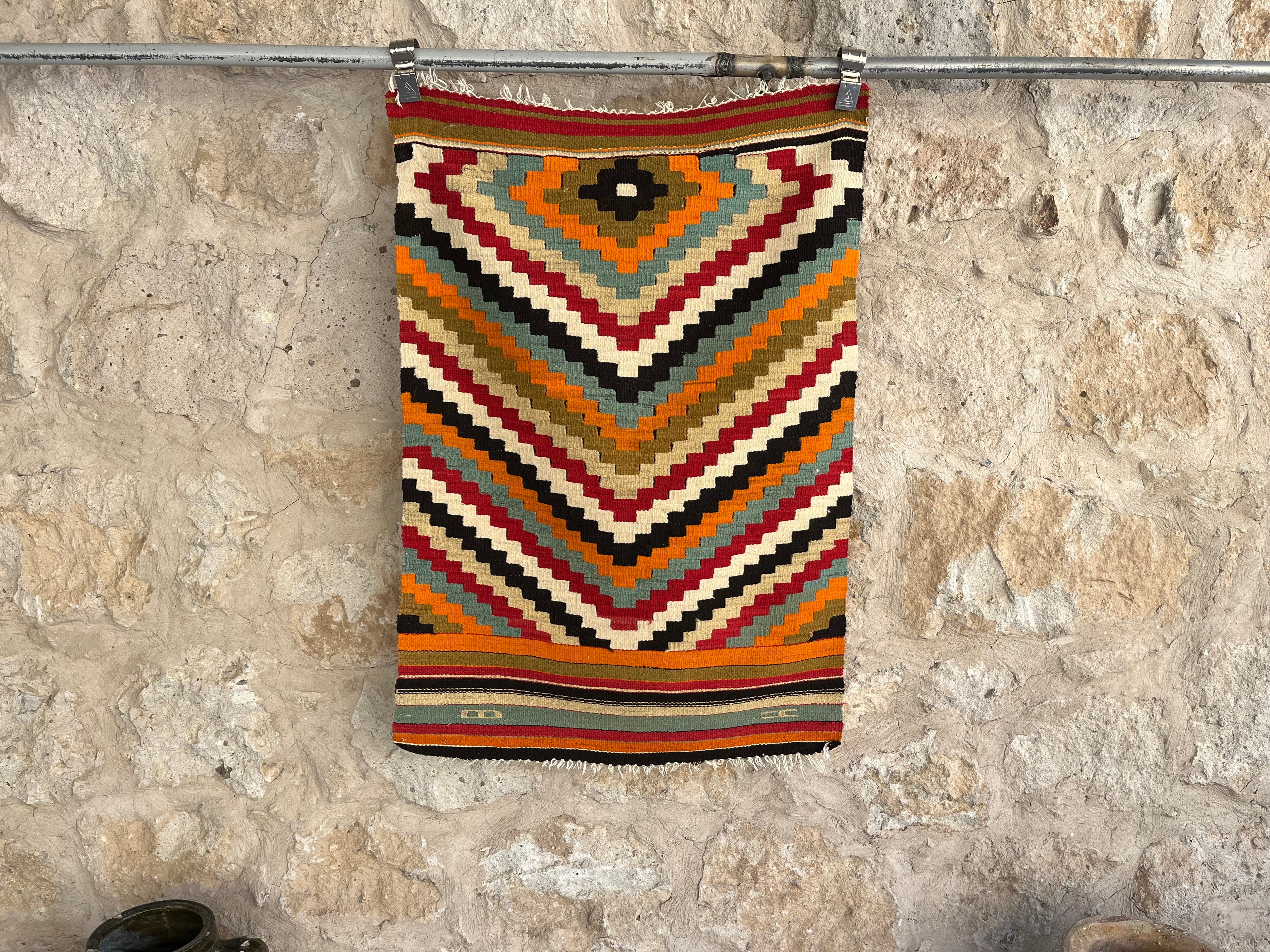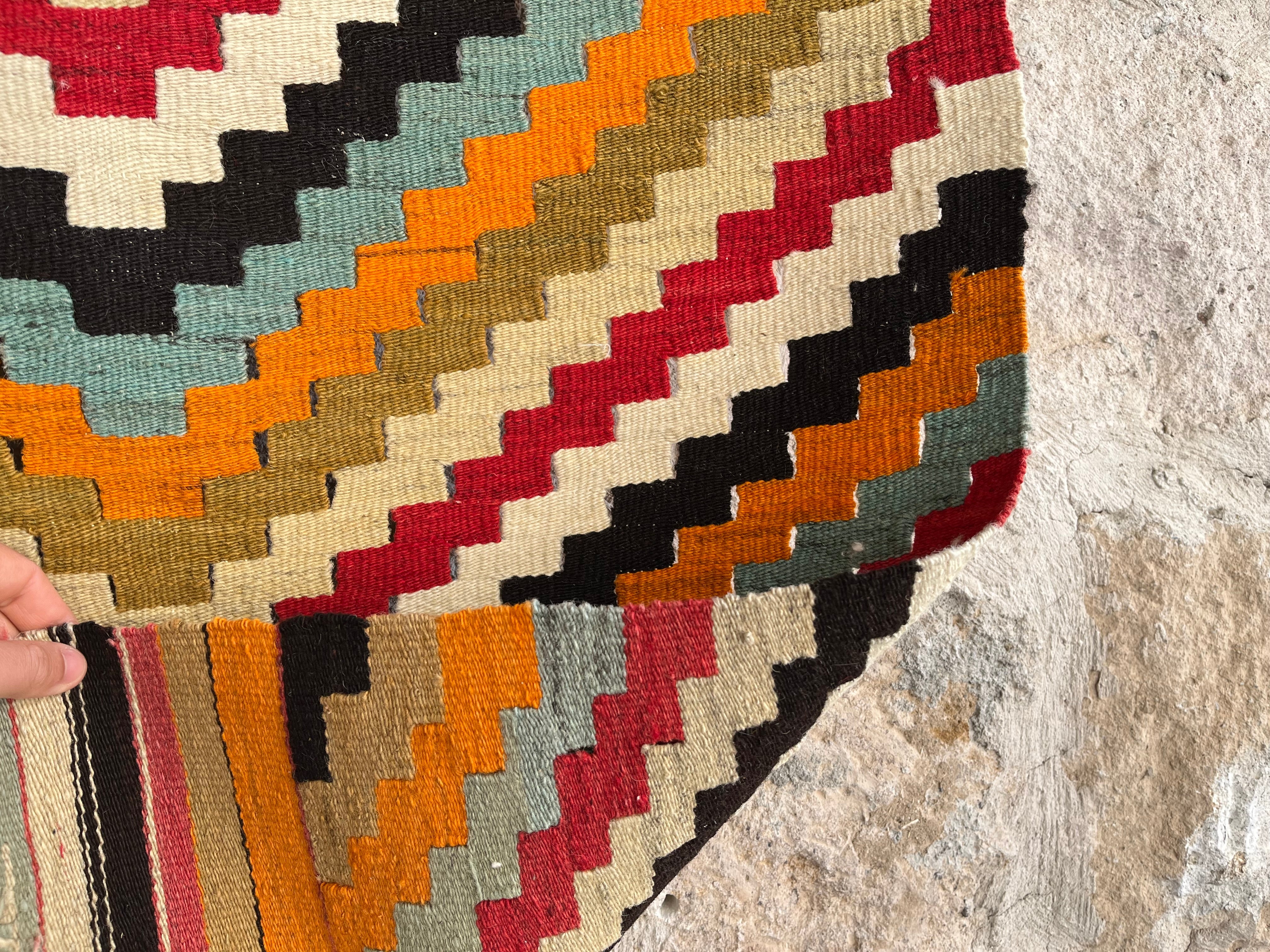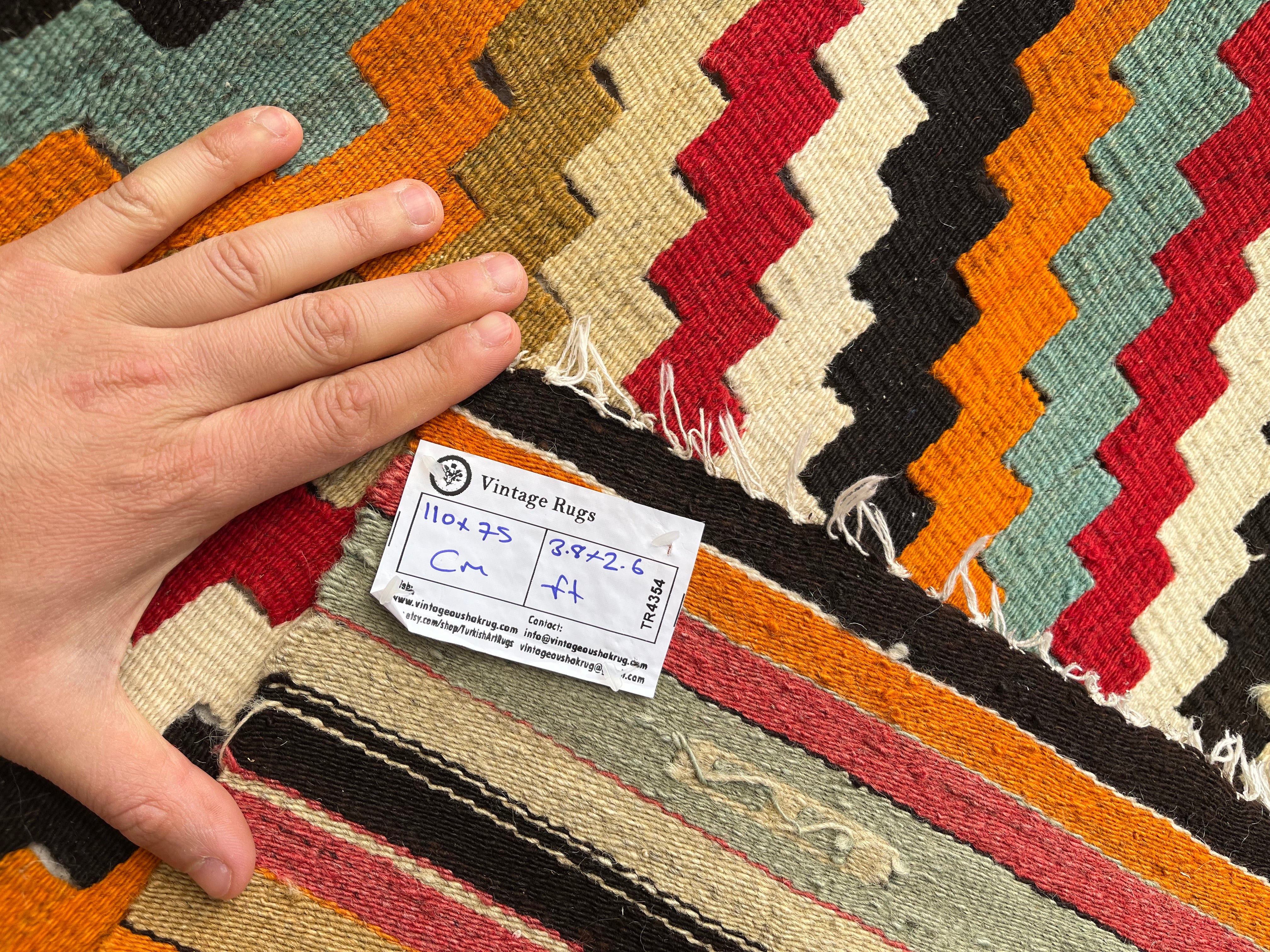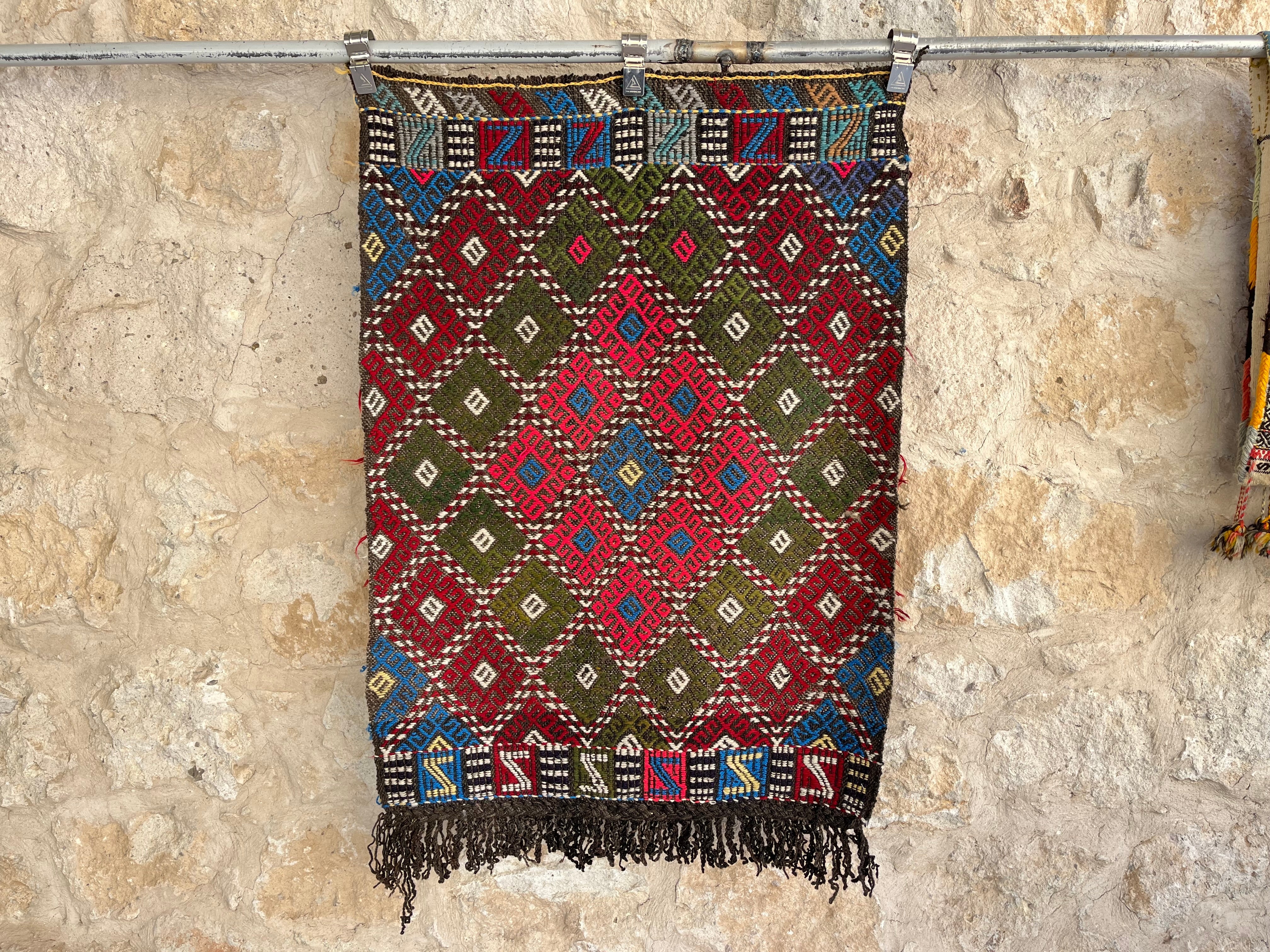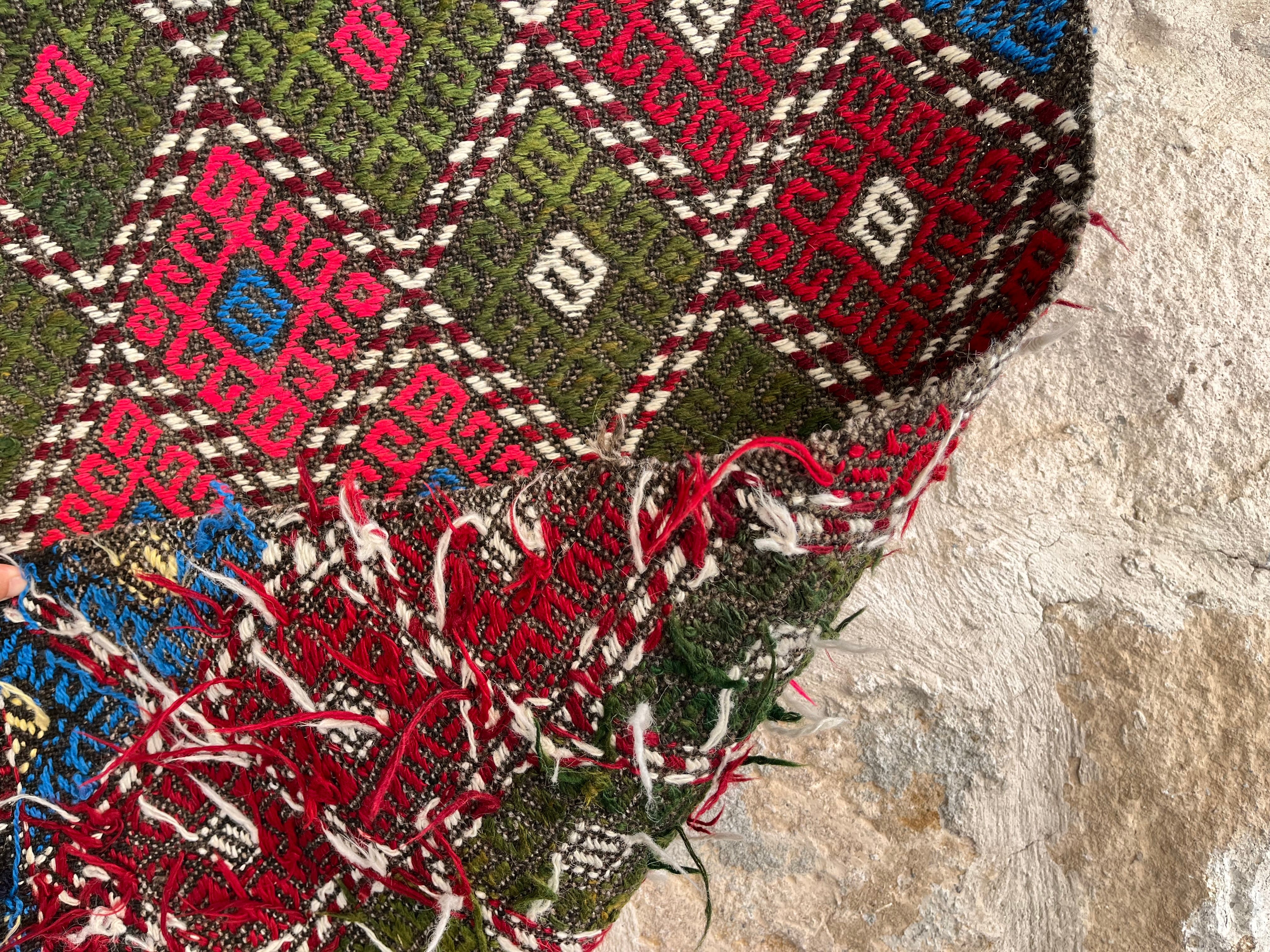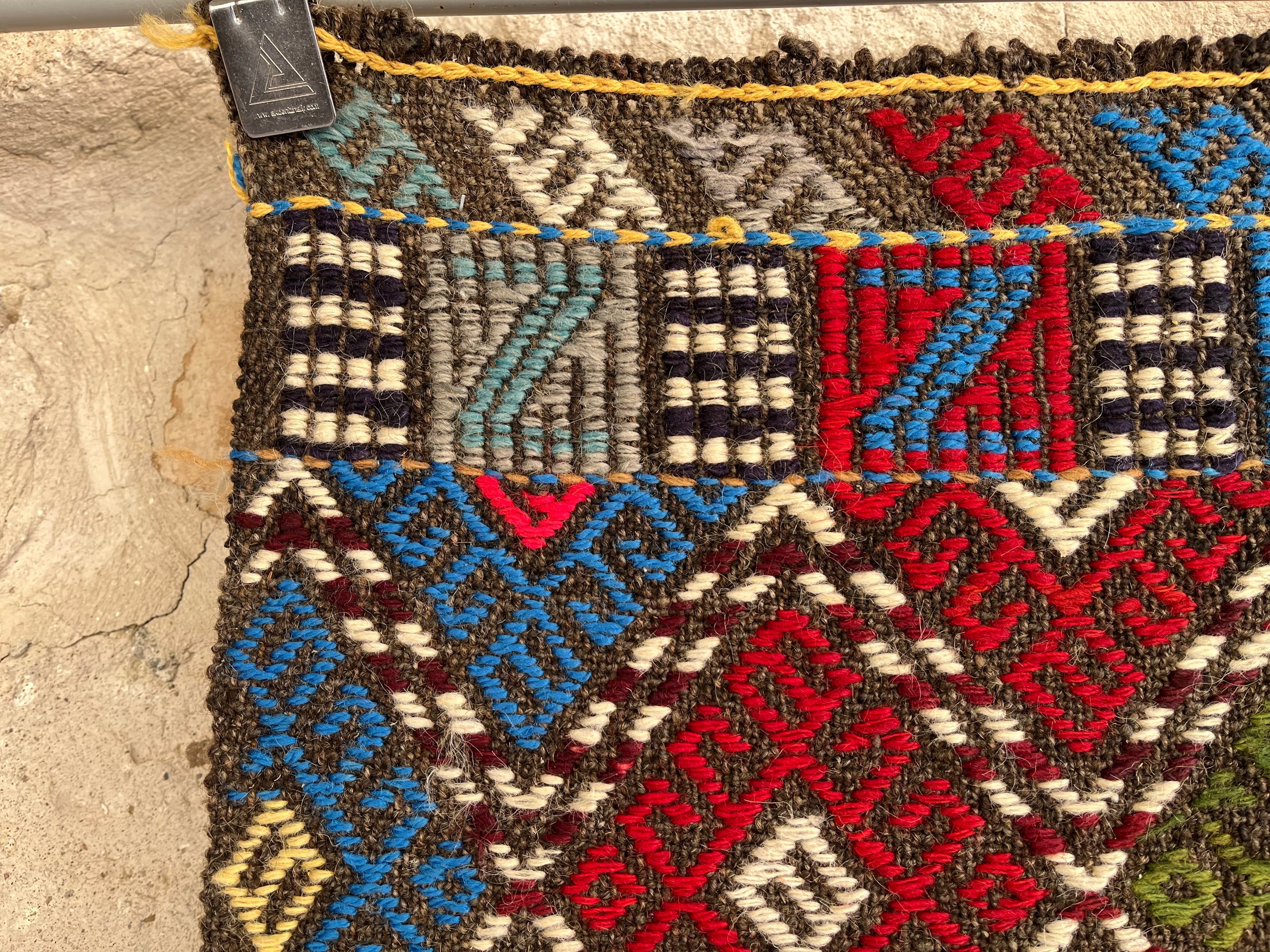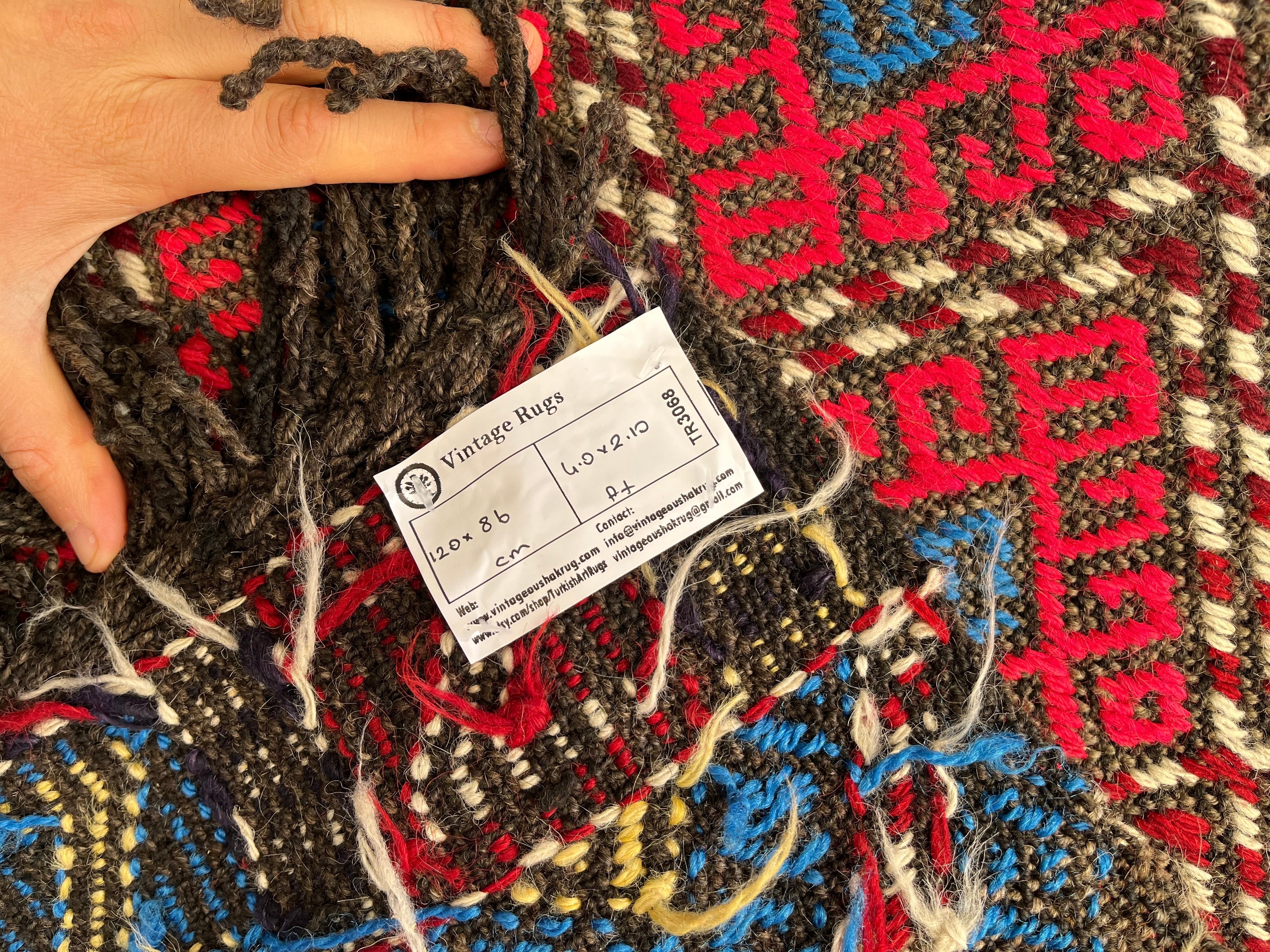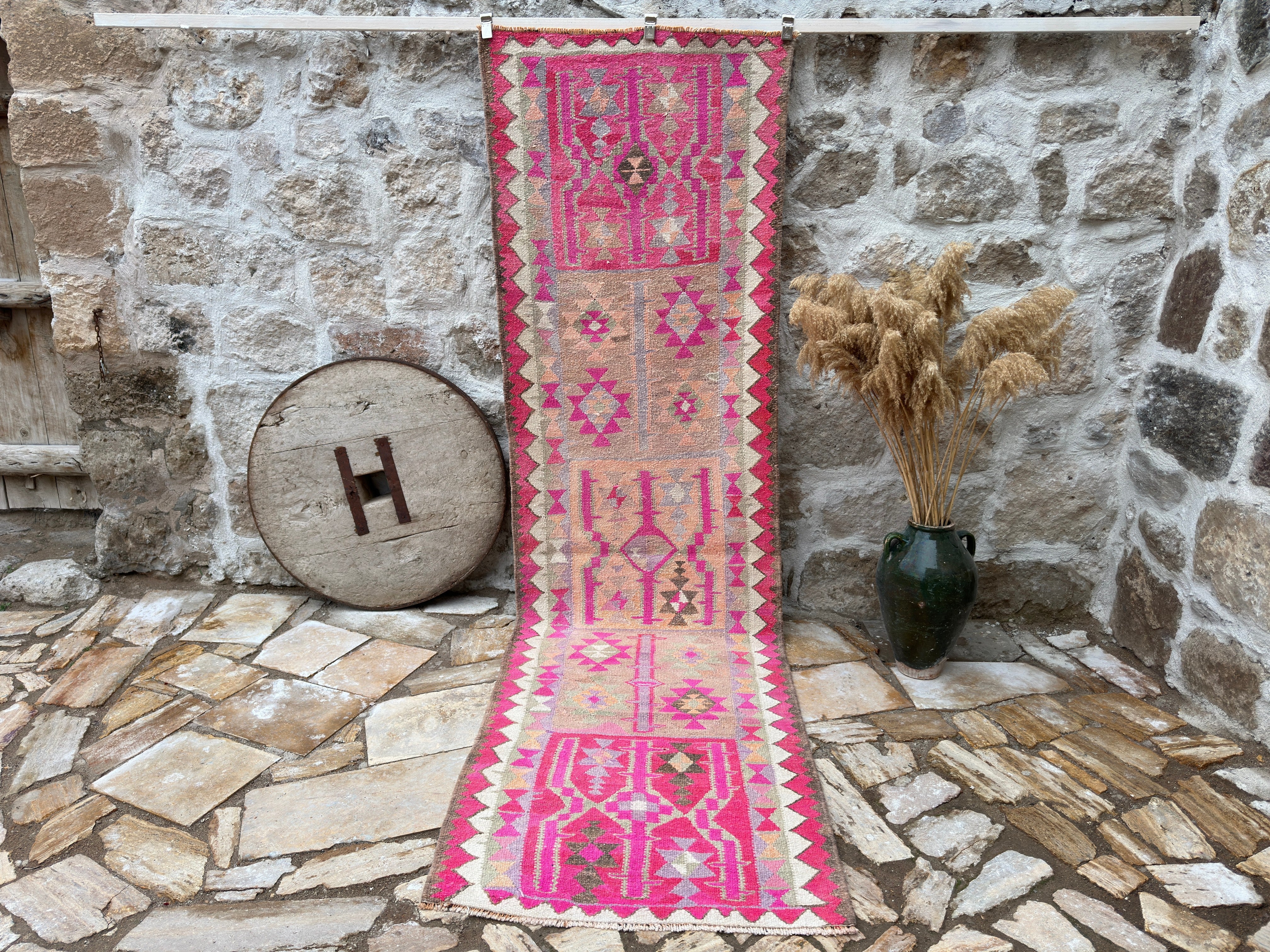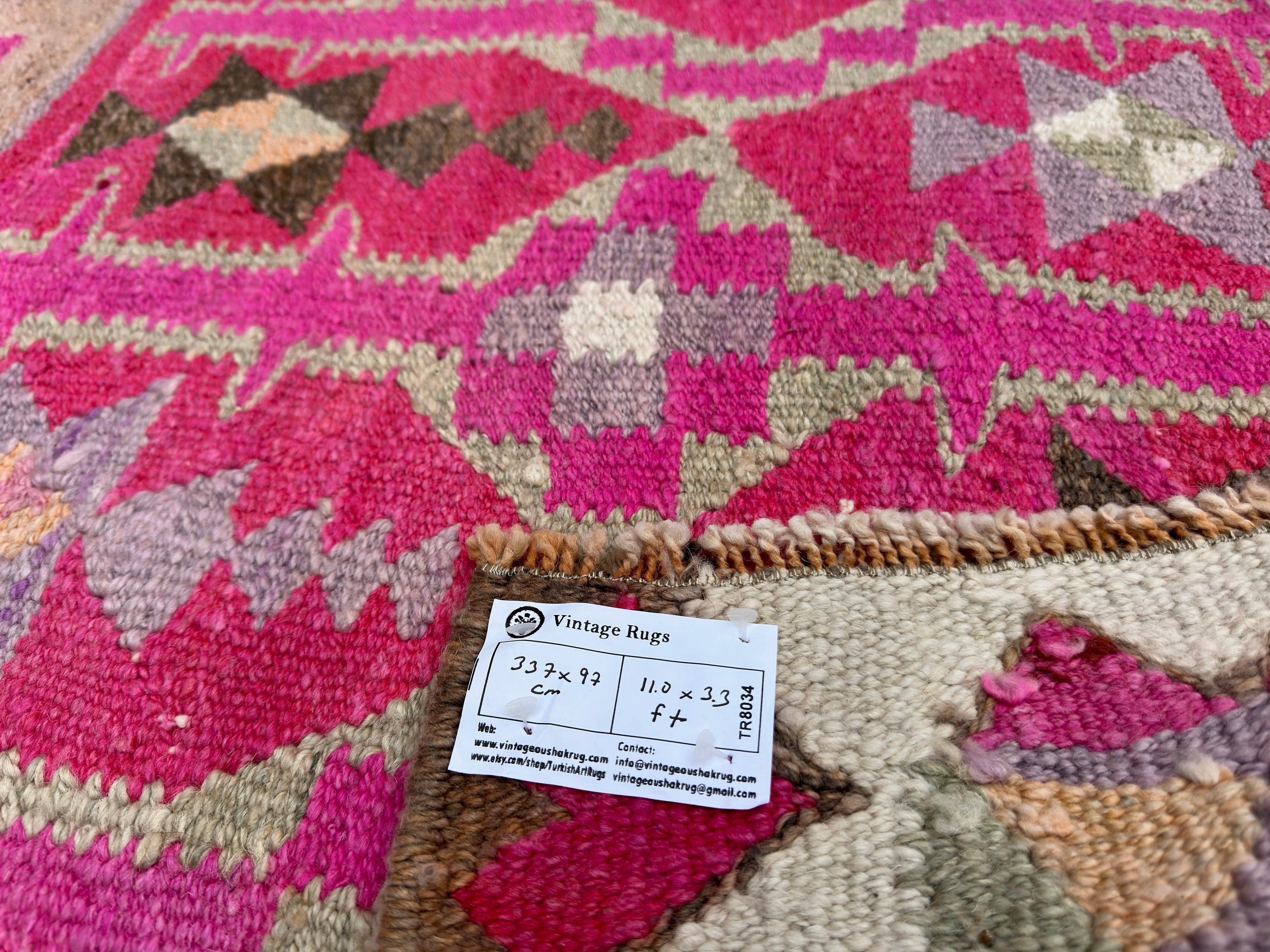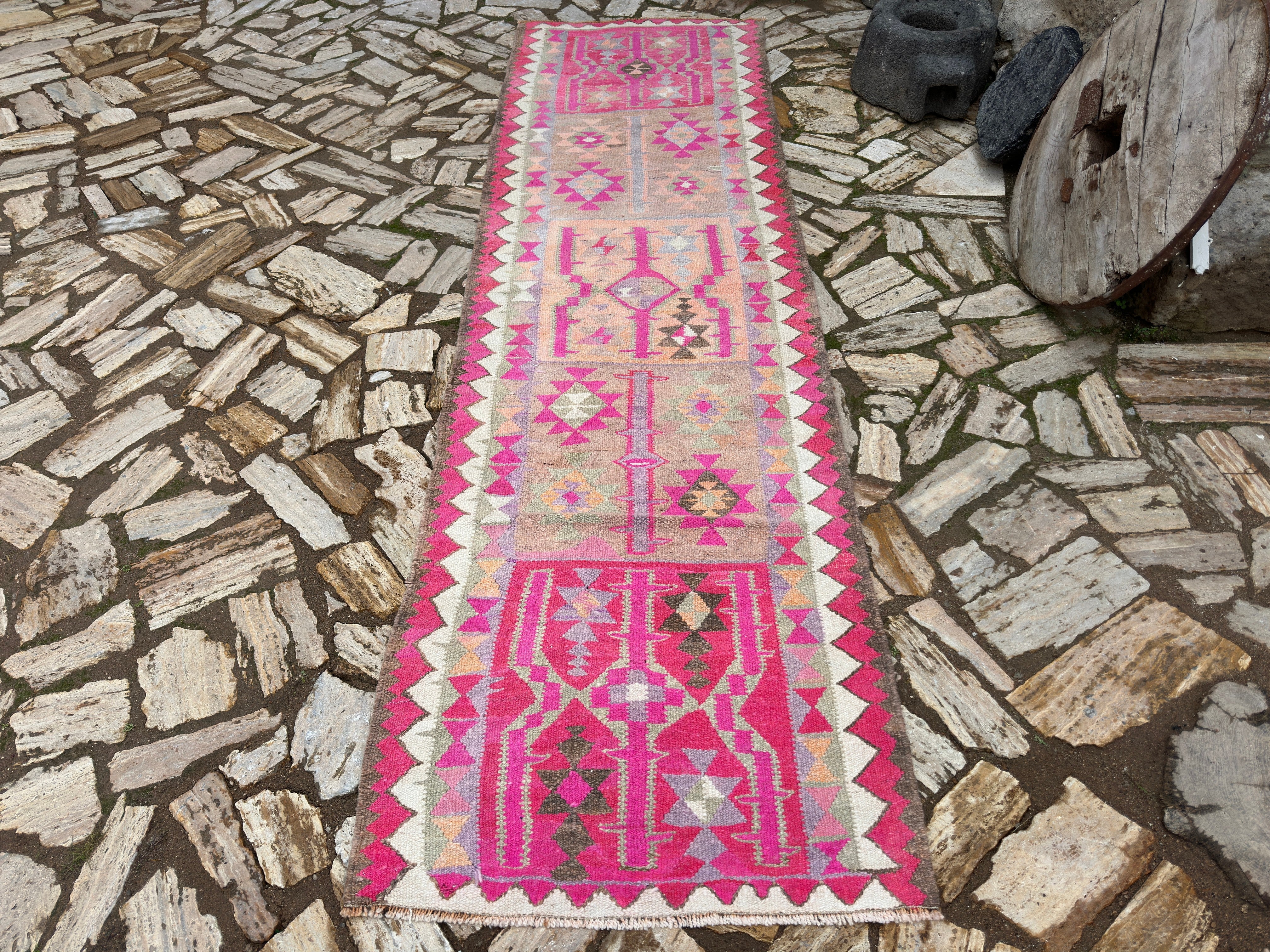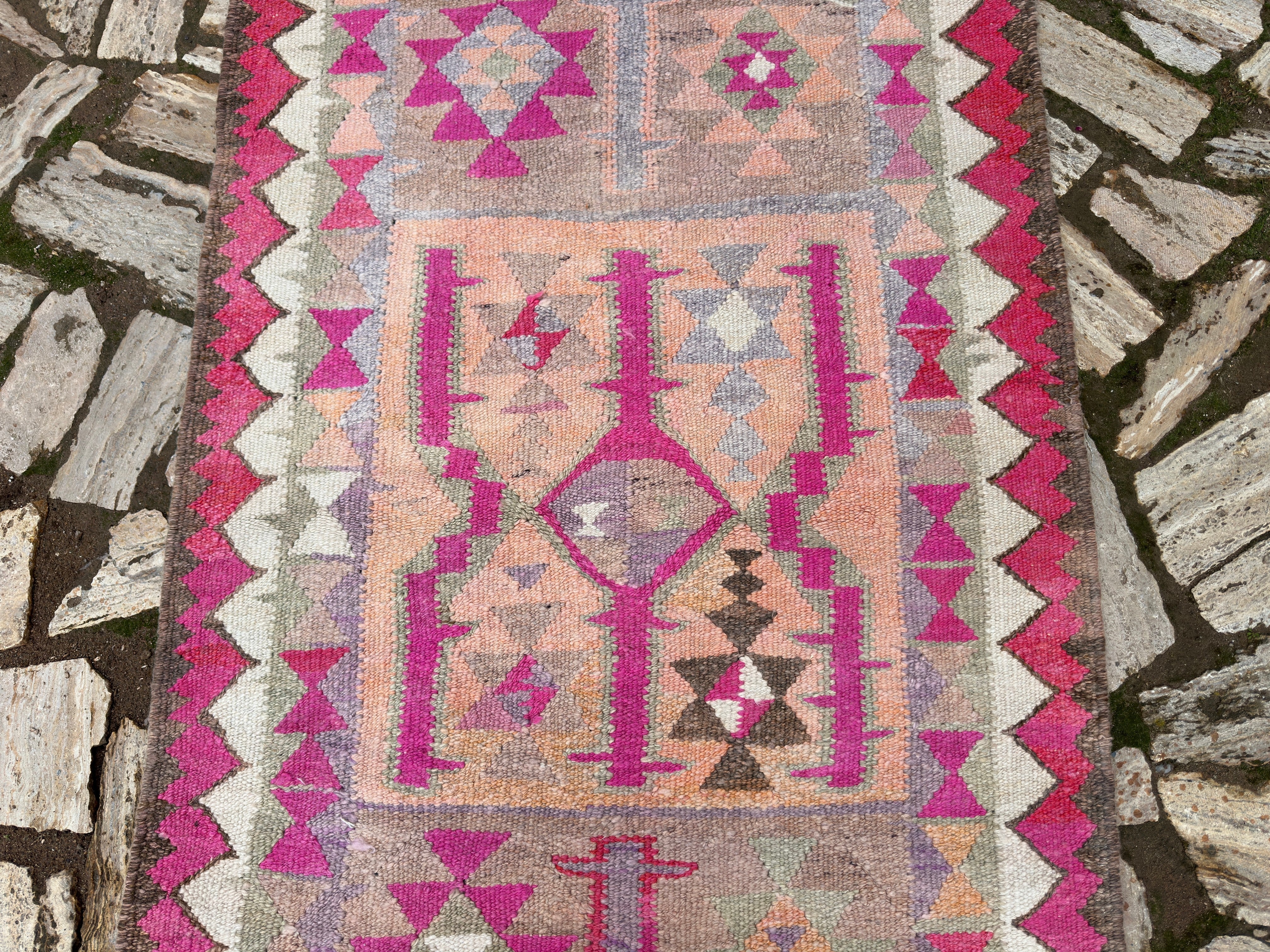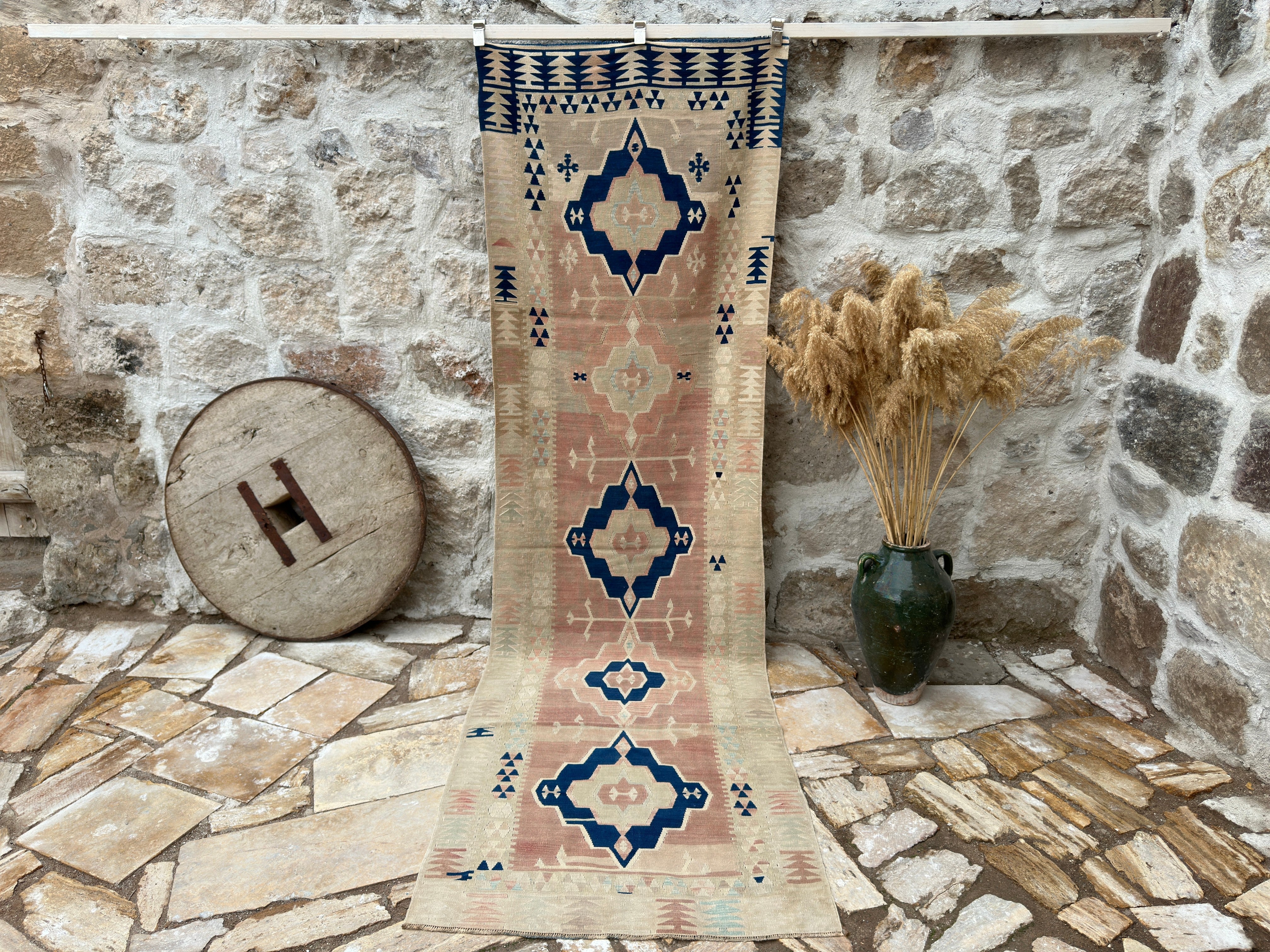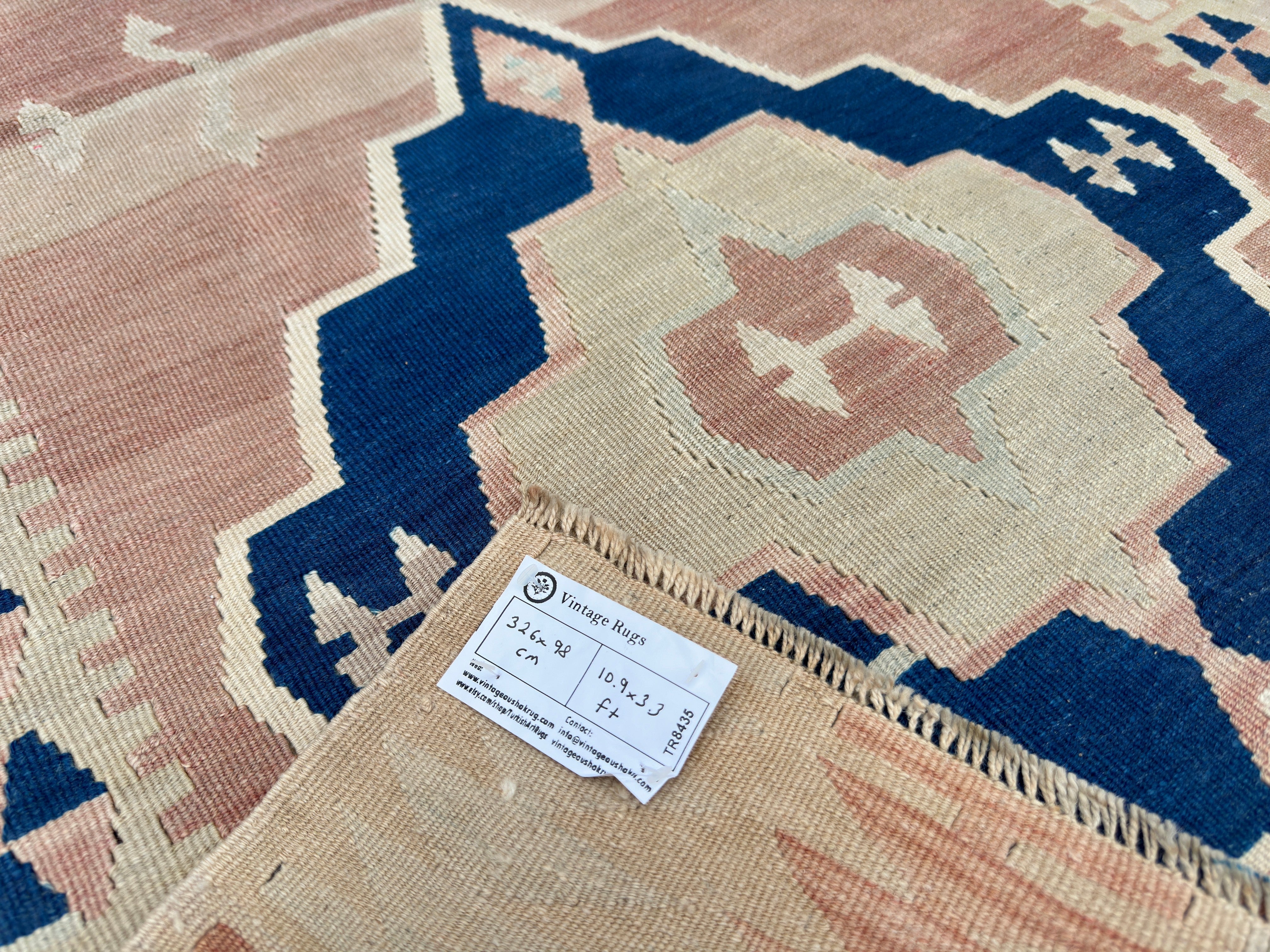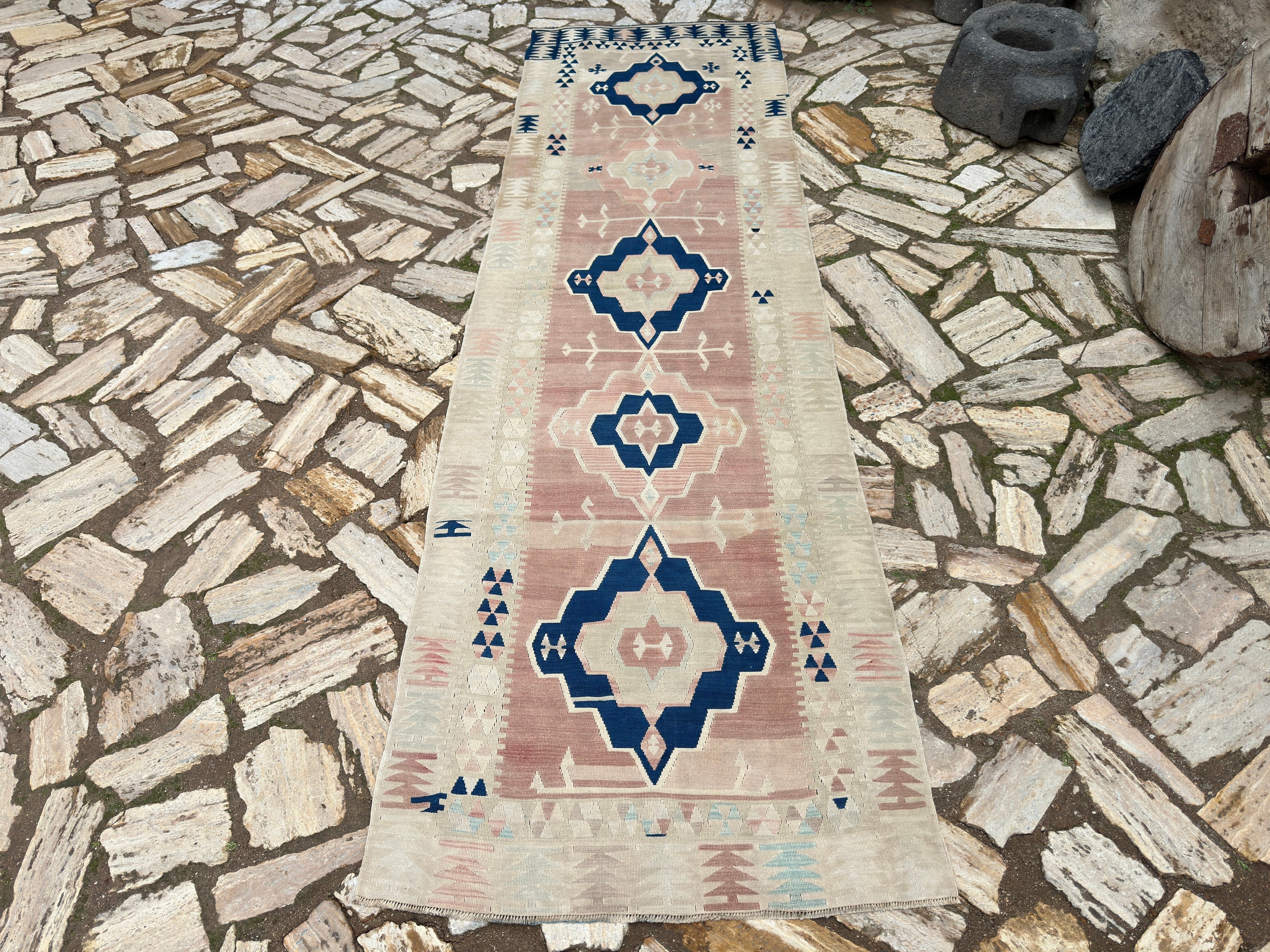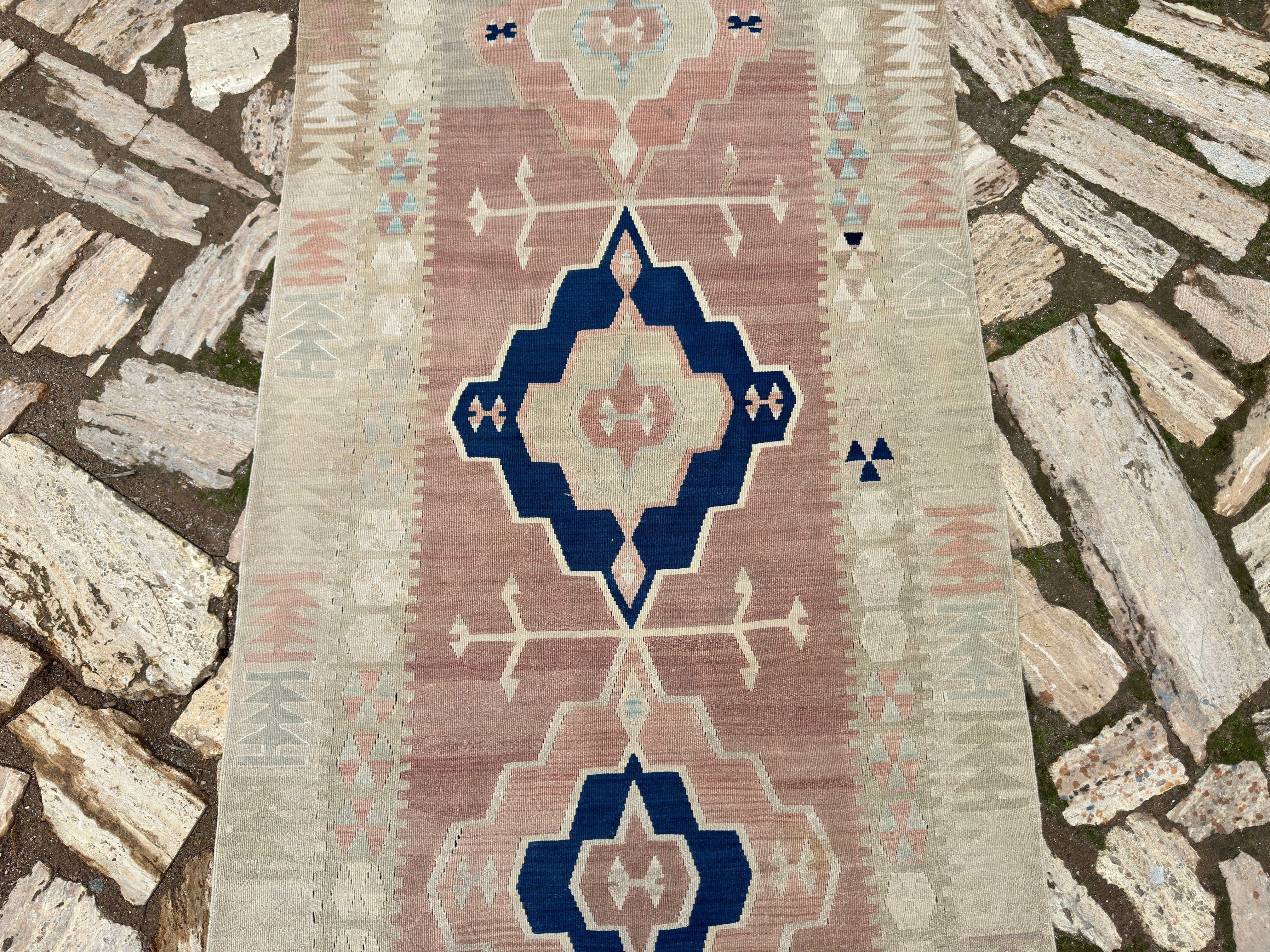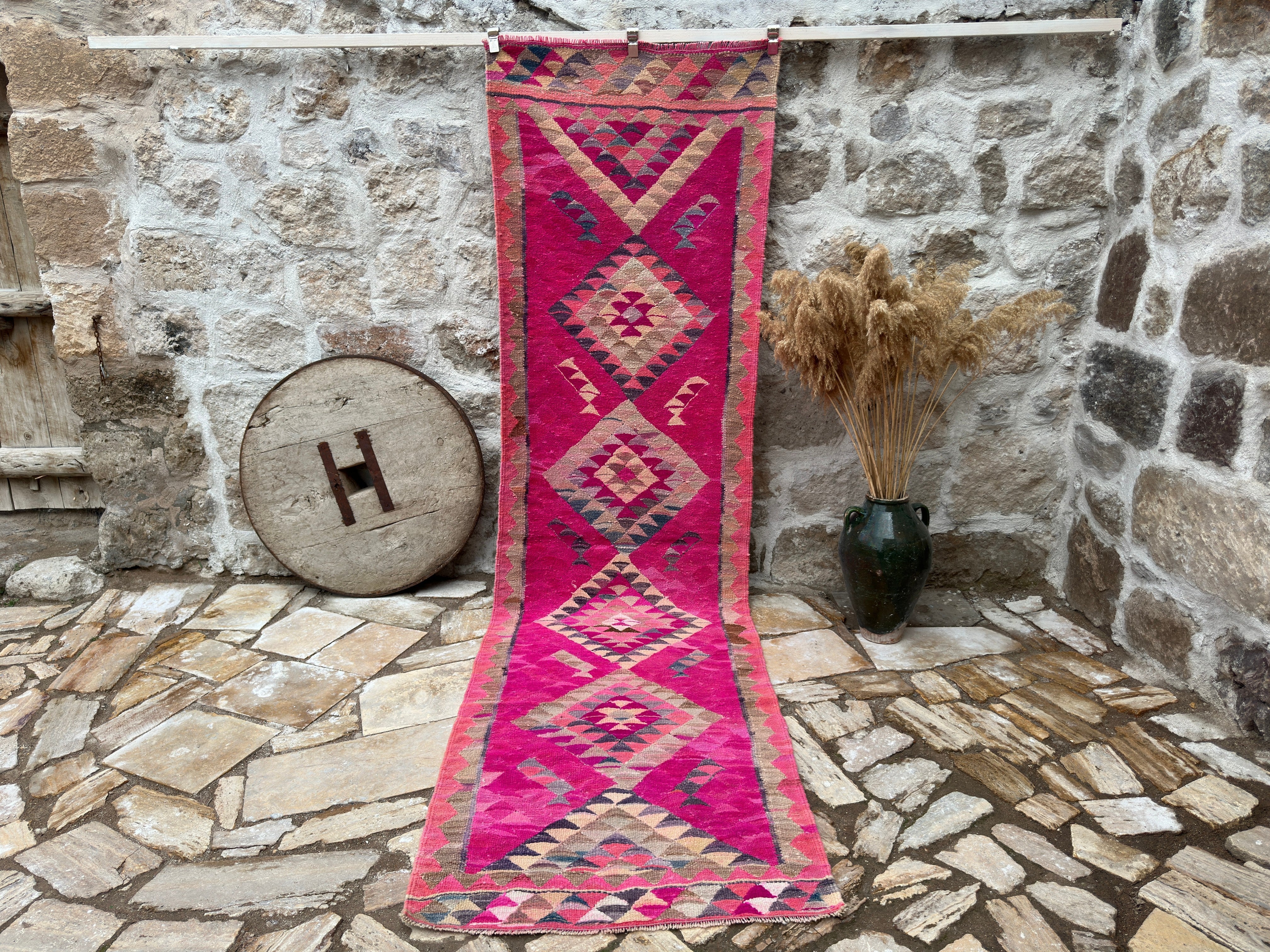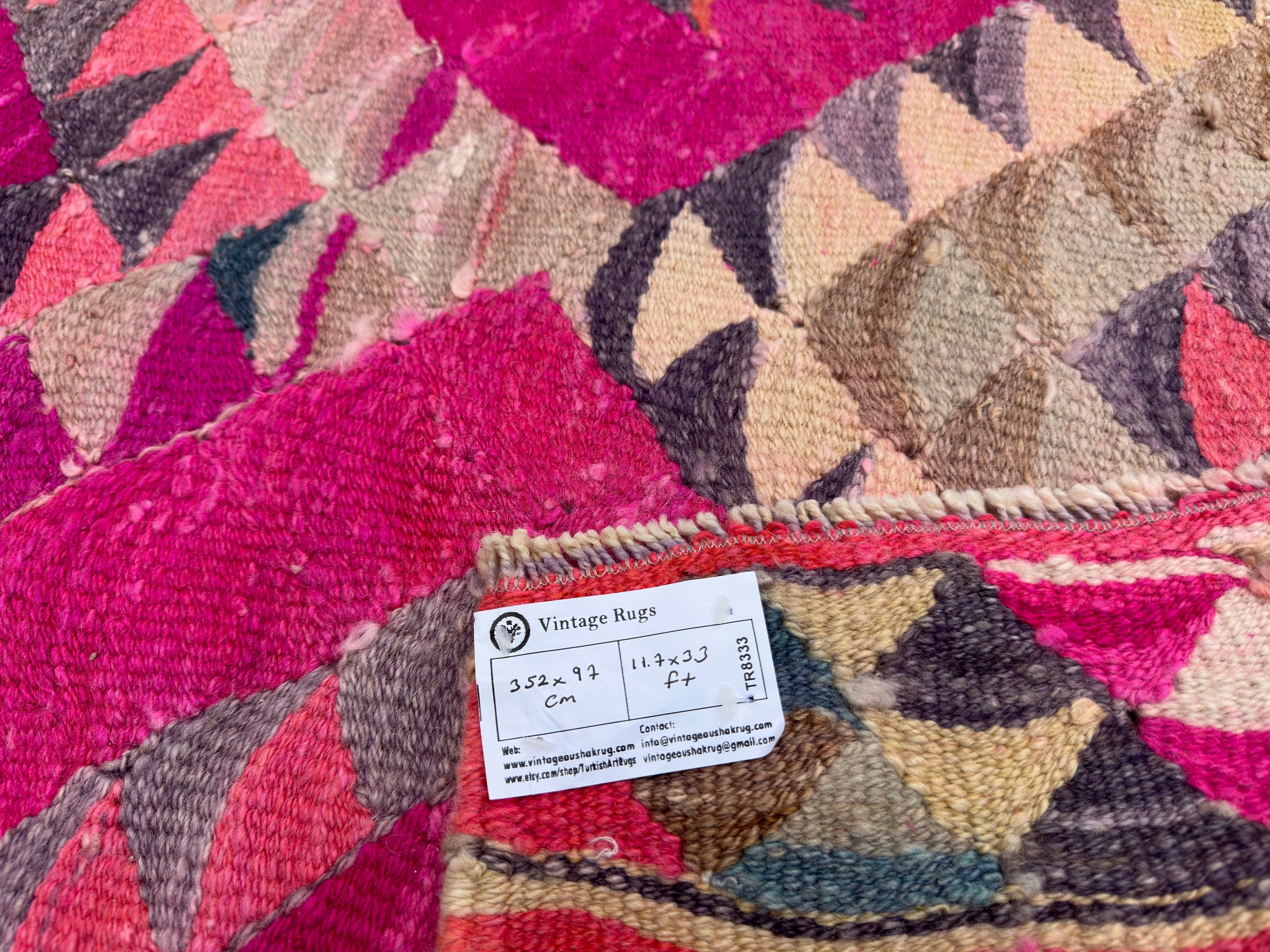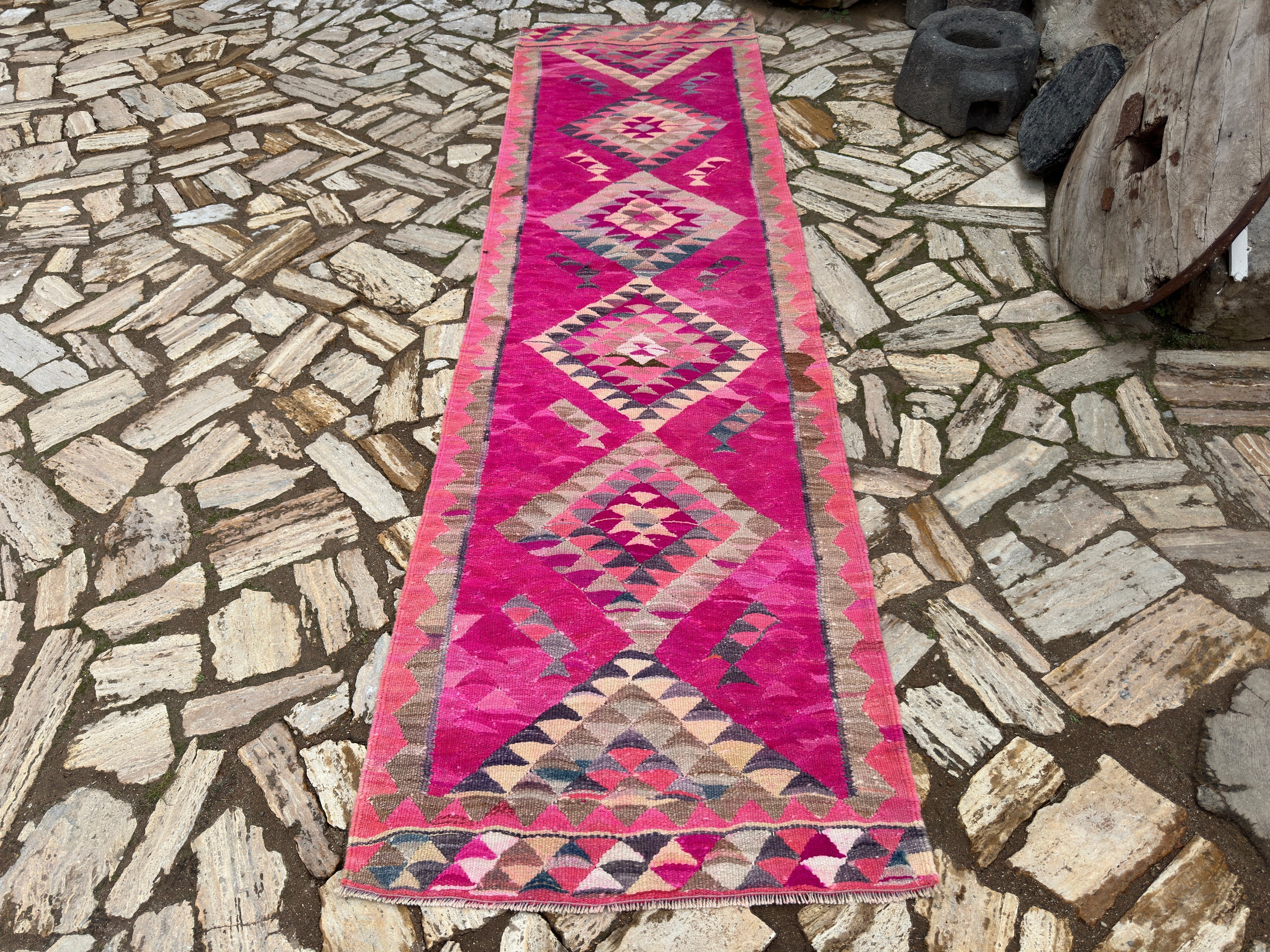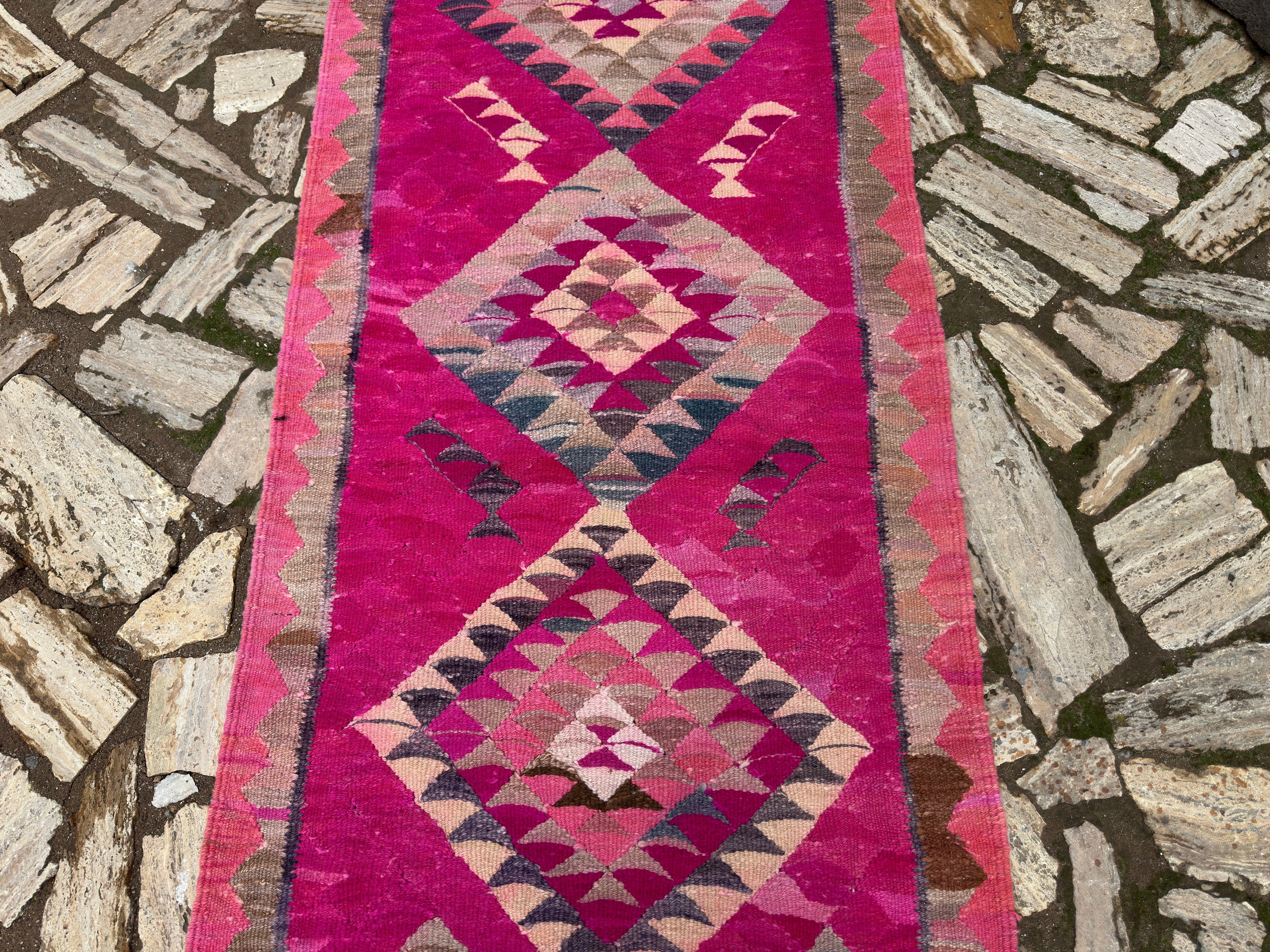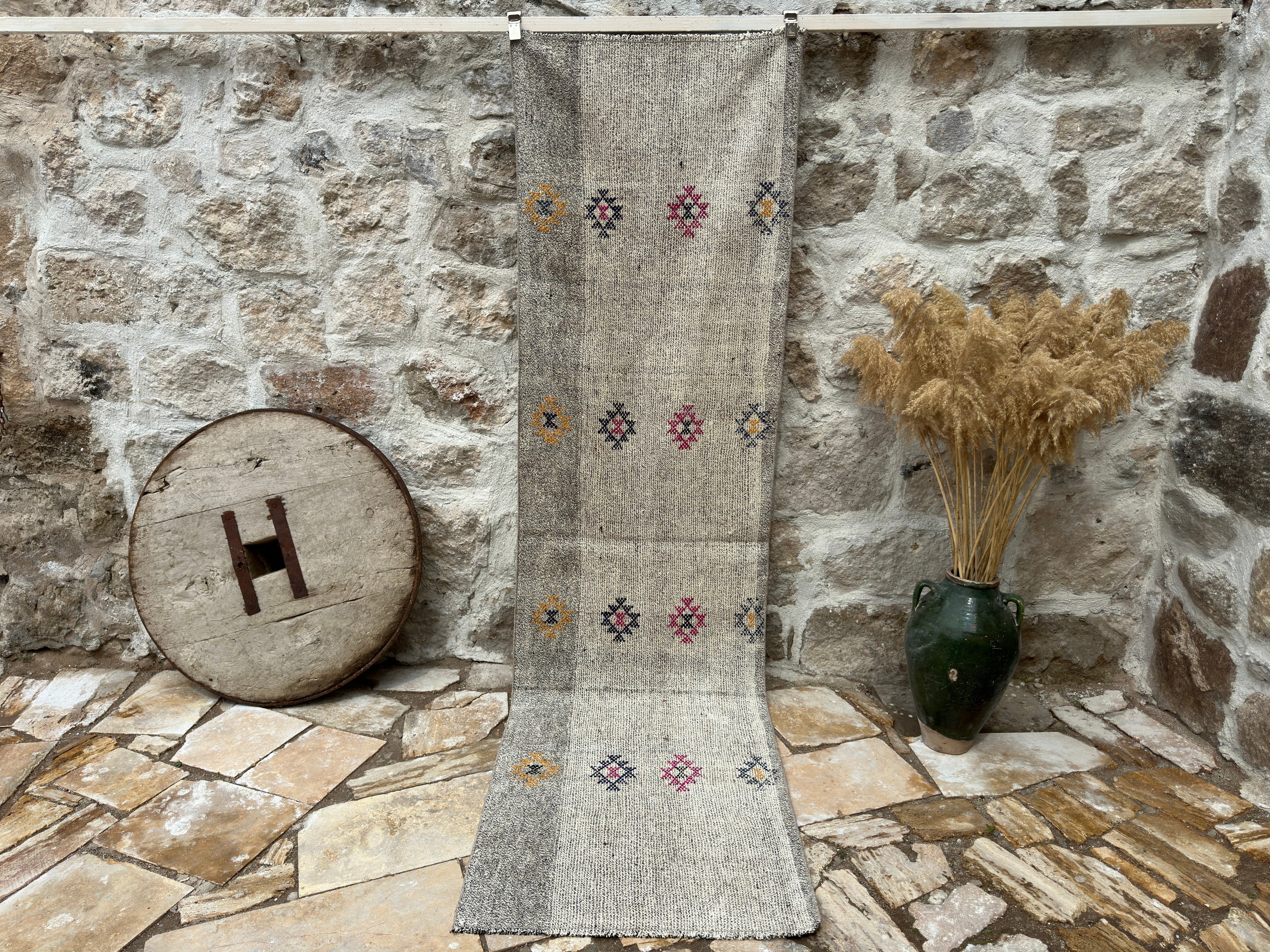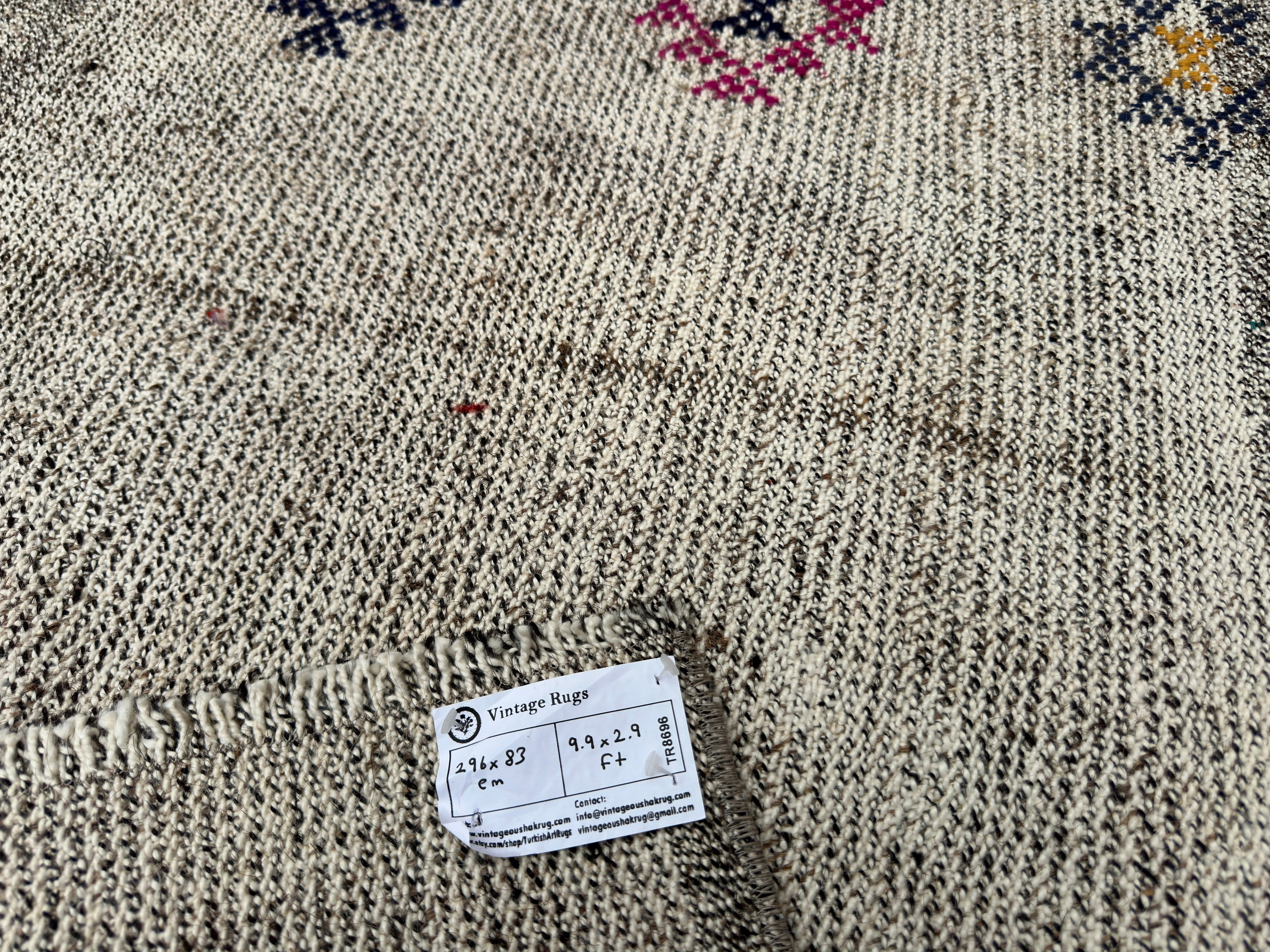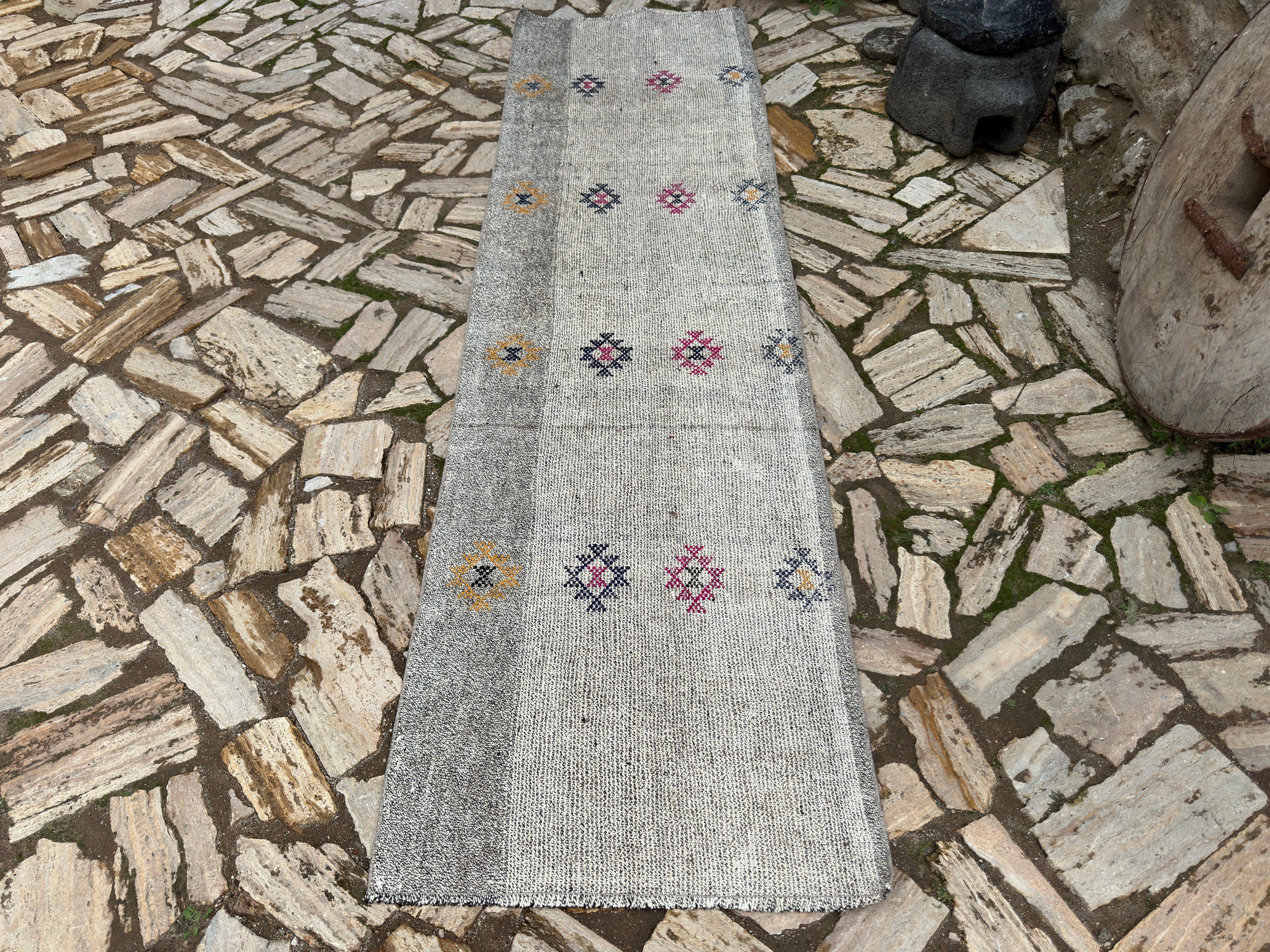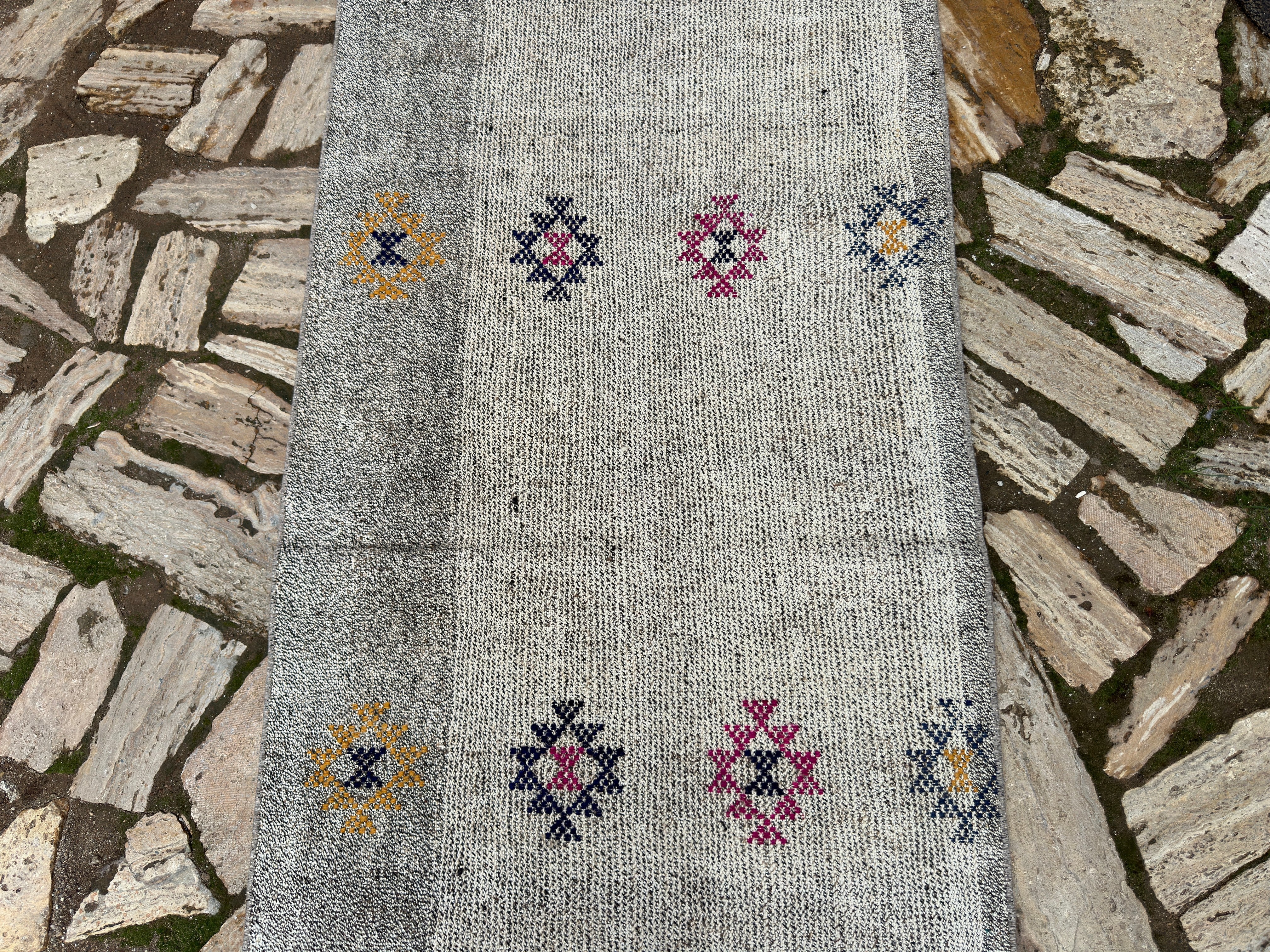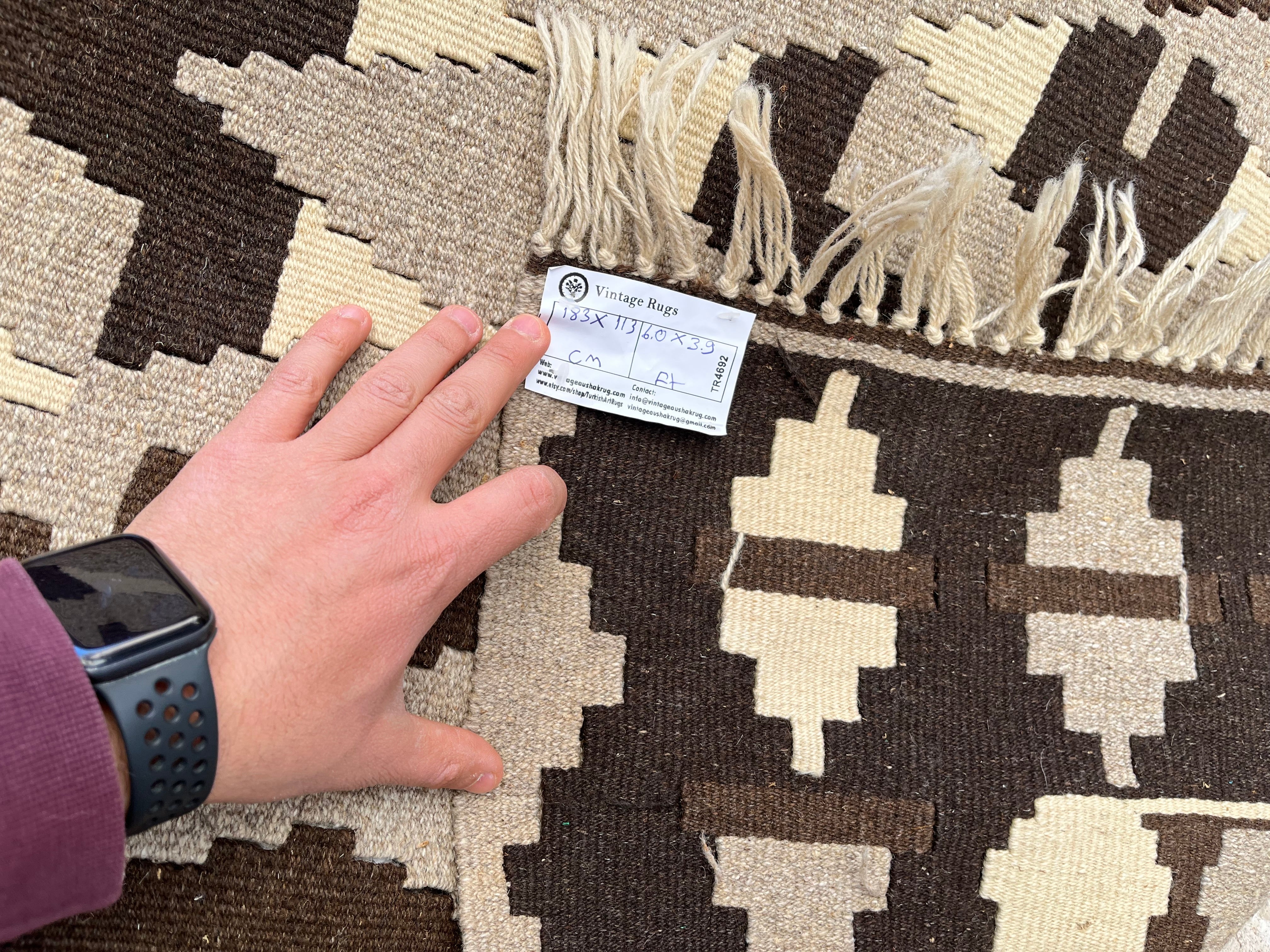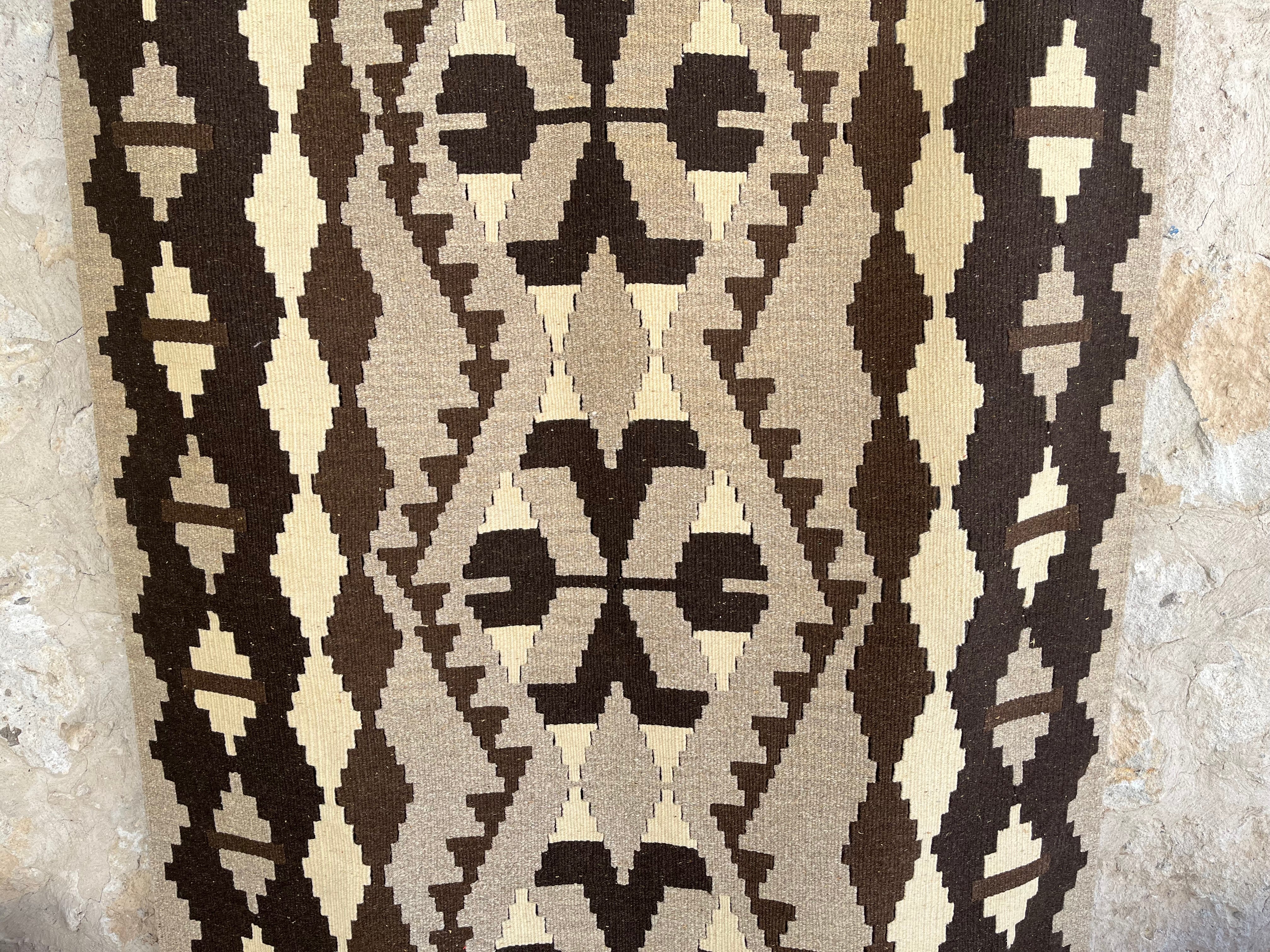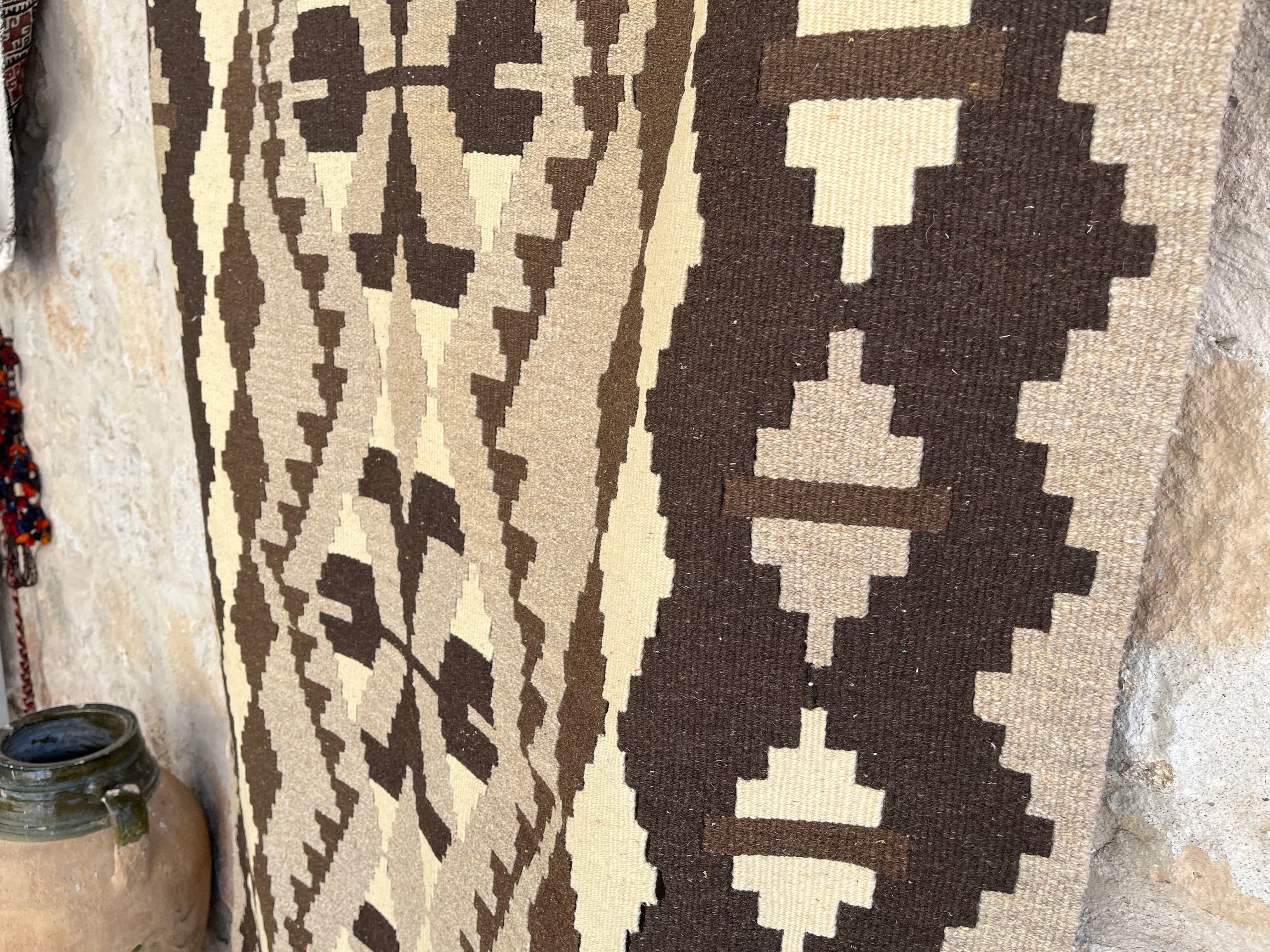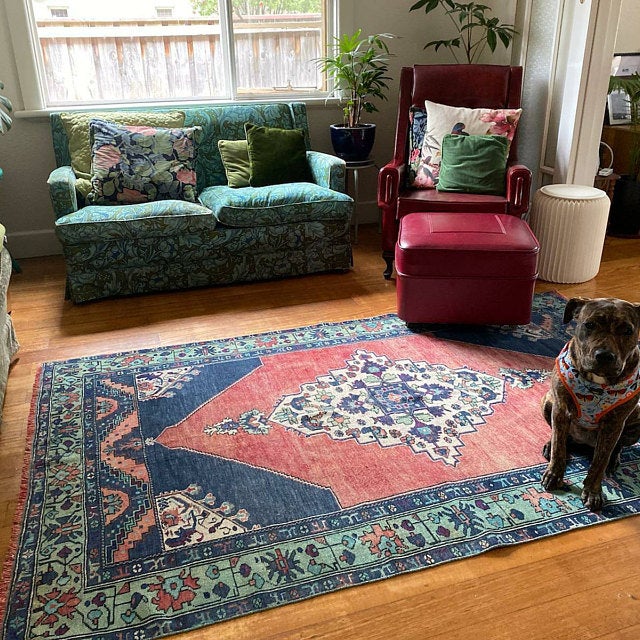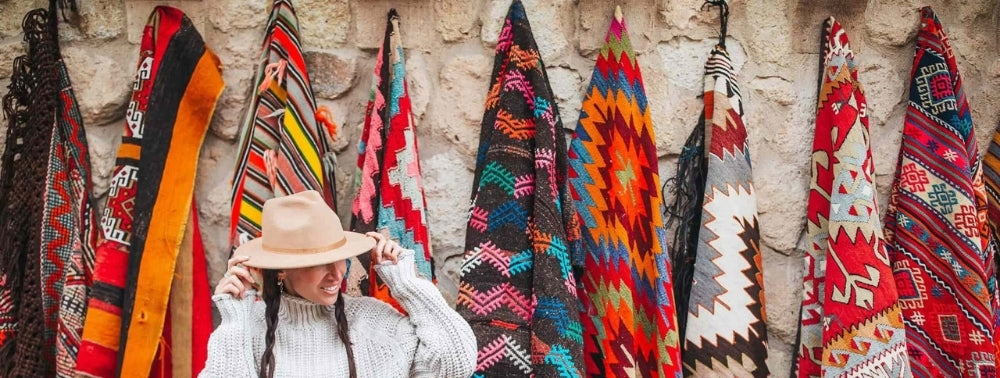
Kilim Rugs
Kilim rugs, handcrafted masterpieces blending history, artistry, and durability, can transform your living space with timeless elegance. Crafted by skilled artisans using traditional techniques passed down through generations, each Kilim rug in our collection is a unique work of art. Renowned for their vibrant colors, intricate geometric patterns, and flat-weave texture, Kilim rugs serve not merely as floor coverings, but as conversation pieces that infuse warmth and character into any room.
Mada 2’ x 4’4”
Charlot 1’8” x 3’7”
Nyssa 2’ x 3’4”
Treena 3'1'' x 10'9''
Ramsay 4'10'' x 7'
Zarah 2'7'' x 12'
Weasley 2'9'' x 10'8''
Izzy 3' x 5'9''
Cian 3'2''x 4'
Cru 2'5''x 4'1''
Danyal 2'2''x 8'
Brylee 2'4'' x 6'10''
Claudia 3'5'' x 4'2''
Avery 3'1'' x 5'8''
Brian 3' x 7'2''
Colter 3'10'' x 4'5''
Falcon 2'8'' x 6'
Gibson 2'6'' x 4'4''
Harvard 2'8'' x 4'8''
Igor 2'10'' x 4'1''
Jaxx 2'3'' x 6'
Kaiser 3' x 4'2''
Kirby 2'5'' x 3'5''
Lesley 2'5'' x 4'
Marcus 3' x 3'7''
Paterson 2'6'' x 3'8''
Zechariah 2'8'' x 4'4''
Venn 2' x 3'9''
Syed 2'5'' x 3'8''
Sana 3' x 4'4''
Raven 2'3'' x 3'9''
Peel 2'4'' x 3'7''
Mina 2'5'' x 3'9''
Leigh 2'6'' x 3'8''
Hayley 2'10'' x 4'
Eldon 3'3'' x 11'
Fane 3'3'' x 10'9''
Allen 3'3'' x 11'7''
Uriah 2'9'' x 9'9''
Isaias 3'9'' x 6'
EVERYTHING YOU NEED TO KNOW ABOUT KILIM RUGS
Flatweave Kilim Rug
Kilim rugs, woven from flatweave cotton, are multipurpose. In honor of long history and exceptional skill, they blend traditional elements with modern design. The flat shape of these handwoven carpets, made using traditional processes, highlights the eye-catching geometric patterns and color schemes. Unlike bulkier pile rugs, the flat weave rug is thin and smooth, making it easy to clean and perfect for heavily used areas.
Weaving is an art form that has been handed down through many generations, so each item has its own unique history and style. In addition to improving the look of your home, the finished product of this meticulous craftsmanship will last for years and meet all of your practical needs.
Why Kilim Rugs Are a Must-Have?
Kilim carpets are an essential component of any modern home for many reasons. They combine aesthetics and functionality to make homes more inviting. If you are looking for a rug to make a strong statement or a more understated addition to your decor, these options will do the trick.
Their versatility makes them a perfect match for a wide range of interior design styles. The airy design of these carpets makes them suitable for use in any space, be it a bedroom, hallway, or living room. By themselves or mixed with other carpets, they add visual interest and texture to any room.
The Beauty of Flatweave Kilim Rugs
One of the most appealing aspects of flatweave kilim carpets is their intricate design. The elaborate patterns, which feature bold geometric designs and a sophisticated color scheme, can take center stage because there isn't a heavy pile. Your room will look nicer and feel more inviting with this classy style. Their uncomplicated design makes them ideal for modern living, where little maintenance is as important as how they look.
The designers of these rugs aimed for maximum practicality and style. Their flat nature makes them easy to roll up and relocate, making them a practical choice for homeowners who wish to alter the look of their homes frequently. Because of their timeless design and painstaking craftsmanship, rugs are works of art that can elevate any room in your home.
Versatility in Design: From Striped to Neutral Kilim Rugs
One great thing about these carpets is the variety of designs you can create with them. Homeowners can choose from a variety of styles, some with delicate, neutral colors and others with bold, striped patterns. Thanks to the multitude of possibilities, there is something for every taste and interior style.
Consider a modern living room with a rug featuring a striking striped pattern as the space's center point; in contrast, a neutral rug complements minimalist furnishings. The rug's extensive color and pattern palette makes it easy to fit into any space without competing with existing decor.
Eco-Friendly and Sustainable Choices
In today's world, eco-friendly products are more important than ever. These carpets are eco-friendly and built to last because they are often made of natural materials. The traditional weaving method is less harmful to the environment because it often uses natural colors. So, if you value sustainability and are looking to incorporate eco-friendly elements into your home, they are a good choice.
The rug adds a unique, organic texture to your living space while simultaneously helping the environment thanks to its all-natural construction. The utilization of renewable resources and time-tested techniques ensures that each piece is crafted to endure a lifetime while simultaneously promoting a greener way of living.
Easy to Clean and Maintain
One of the best things about flatweave kilim carpets is how easy they are to clean. Due to their flatter shape, these carpets do not collect dirt and dust as easily as their high-pile relatives. A quick shake outdoors or regular vacuuming usually does the trick to keep them looking like new. Those with hectic schedules or who simply prefer low-maintenance options that don't sacrifice style will love this low-maintenance solution.
Their ease of cleaning makes them a great choice for high-traffic areas like the kitchen or foyer, where accidents happen often. With minimal effort, you can maintain the delicate patterns and deep colors that make each rug special.
Styling Your Home with Kilim Rugs
The addition of a kilim rug, which is both comfortable and unique, may completely change the look of any space in your home. These stylish recommendations can assist you in making the most of these unique pieces:
Layering Kilim Rugs for Depth and Texture
Adding many carpets is a common way to give your room a more three-dimensional look. A smaller rug laid over a bigger, neutral base could make for a visually interesting combination. This way, the beautiful patterns and colors of the top carpeting can really shine through, adding to the room's overall ambiance. The combination of different materials creates a cozy and welcoming atmosphere that is at once modern and timeless.
A sense of purpose and structure can be achieved in an open-concept design through the use of layering, which also helps to segregate zones. This strategy is great for both formal and informal settings, making it an adaptable solution to interior styling challenges.
Creating a Bohemian Vibe with Vintage Kilim Rugs
Some people may find antiques more appealing if they have an eclectic or bohemian style of decorating. Adding the character and history that old rugs bring to modern designs is not easy. Perfect for creating a boho ambiance, their unique patterns and somewhat worn look contribute to a relaxed, lived-in vibe.
Add colorful pillows, textured blankets, and organic materials (such as jute or wicker) to these vintage pieces to complete the look. As a result, you get a cozy, enduring, and personal space where every object has a story to tell.
Defining Spaces with Kilim Area Rugs
Rugs have the potential to greatly enhance the look and functionality of open-plan homes by creating distinct areas. Staple a coffee table or other seating arrangement on top of an area rug to provide a cozy focal point in the room. Similarly, a hallway runner serves to guide traffic while also adding a touch of elegance to transitional spaces.
Careful placement anchors different zones and breaks up large rooms, making your home feel more logical and organized. Rugs, whether they have bold patterns or are more subdued in style, have the power to transform an unorganized space into one that is at once organized and inviting.
Explore Our Collection of Kilim Rugs for Sale
The wide variety of designs in our hand-picked collection is sure to satisfy every taste or type of decor. Whether you prefer the rustic charm of vintage items or a more contemporary style, you can find the perfect answer. We take great care in selecting each rug, so you can be certain that you will get an outstanding, long-lasting addition to your home.
The collection features a wide range of sizes and styles, from classic to contemporary, to ensure that it will complement any room. For those looking to infuse their home with a touch of artistic flair, our selection is perfect because it is careful and committed to quality.
What Makes Kilim Rugs Special?
In addition to their practical usage, kilim rugs are valuable cultural artifacts that embody the past, present, and future. There are a number of reasons why these rugs stand out in the realm of home décor:
Tradition and Skillful Handiwork
The skilled hands of weavers have labored over each rug for generations. Because the techniques used to create them have been refined through the years, each rug is truly unique. No matter if it's a traditional design or a more contemporary take, the weaving process is evident in the meticulousness and care put into each part.
Distinct Design/Importance
Geometric patterns and bright color palettes are often more than just decoration; they carry deep symbolic meanings rooted in local mythology and history. With these unique design elements, each rug becomes more than just a beautiful accent for any room; it becomes a culturally meaningful conversation piece.
Sustainable Practices and Natural Resources
A commitment to eco-friendly practices is on full display in these carpets crafted from wool and cotton. Using traditional dyes and renewable resources helps to encourage sustainable production practices. Because of this focus on environmental responsibility, every rug is an investment in sustainability and style that will last for generations.
Efficiency and Longevity
These rugs aren't just for show; they're practical as well. Due to their flat weave composition, they are simple to maintain and clean, even in households that are busy. Because they can withstand a lot of wear and tear without seeming old, they are a great investment for any house.
Flexible Application to the Field of Interior Design
The adaptability of their style makes these rugs a good fit for many different types of home decor. Whether you're constructing a traditional house or a sleek apartment, the subtle yet striking patterns have the potential to elevate any space. This rug's versatility means that its aesthetic attributes can be enjoyed by anyone, regardless of their chosen style.
Endorsing Time-Held Customs
Purchasing a kilim rug is like putting money into the future of a centuries-old craft tradition. More than just floor coverings, these things are treasures that hold the memories of past generations. Their solid build and meticulous attention to detail ensure that they will be a cherished part of your home for decades to come.


